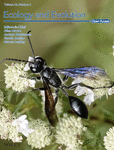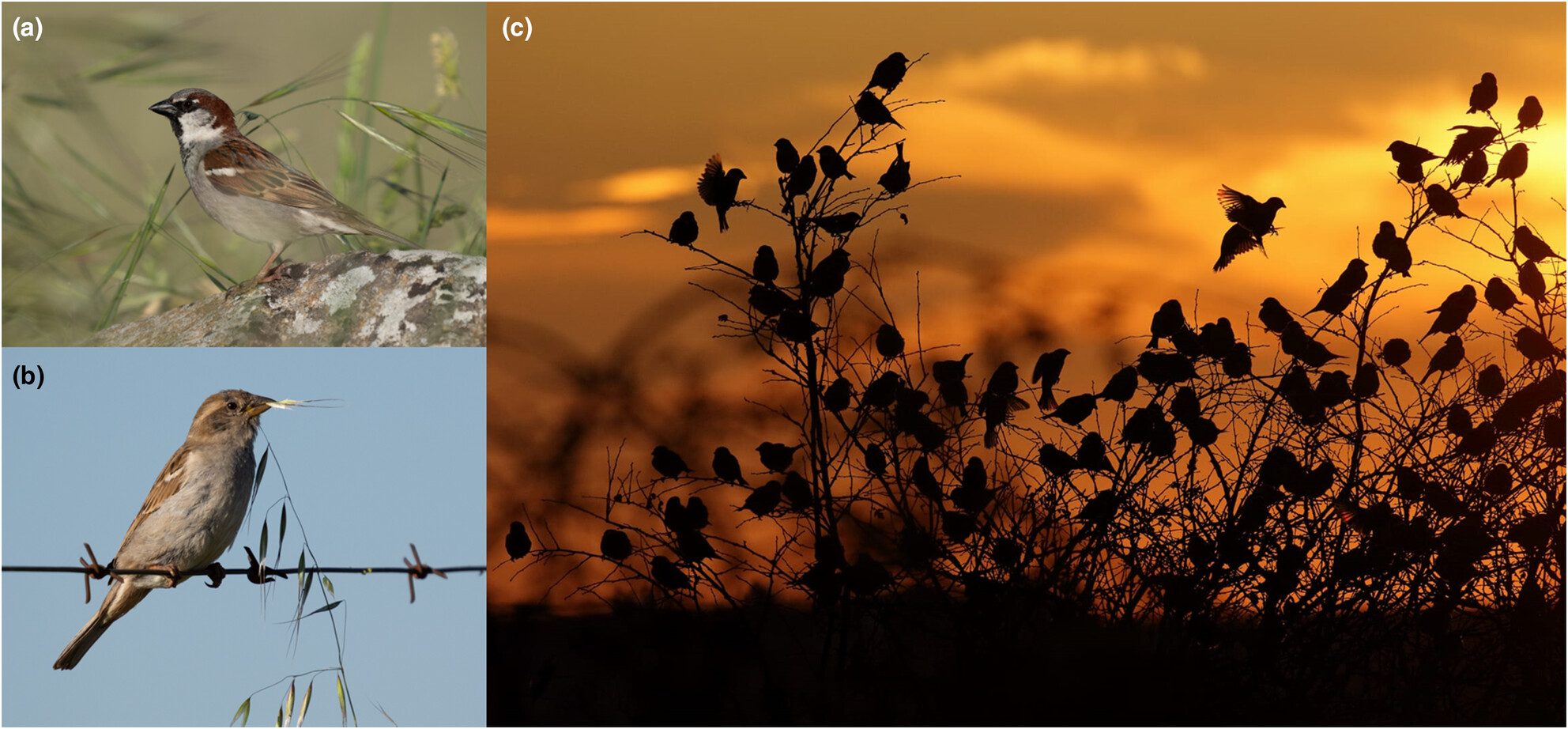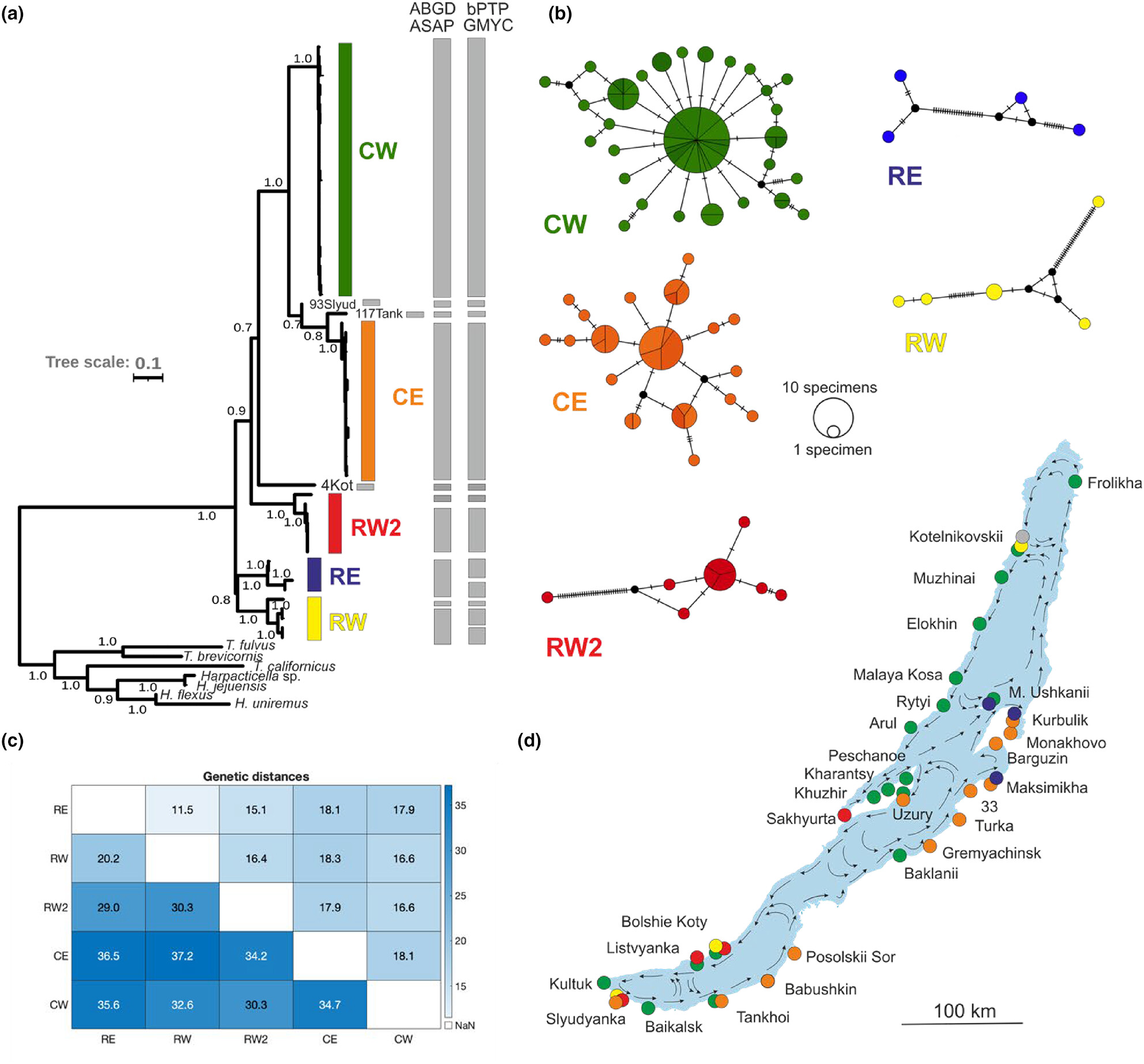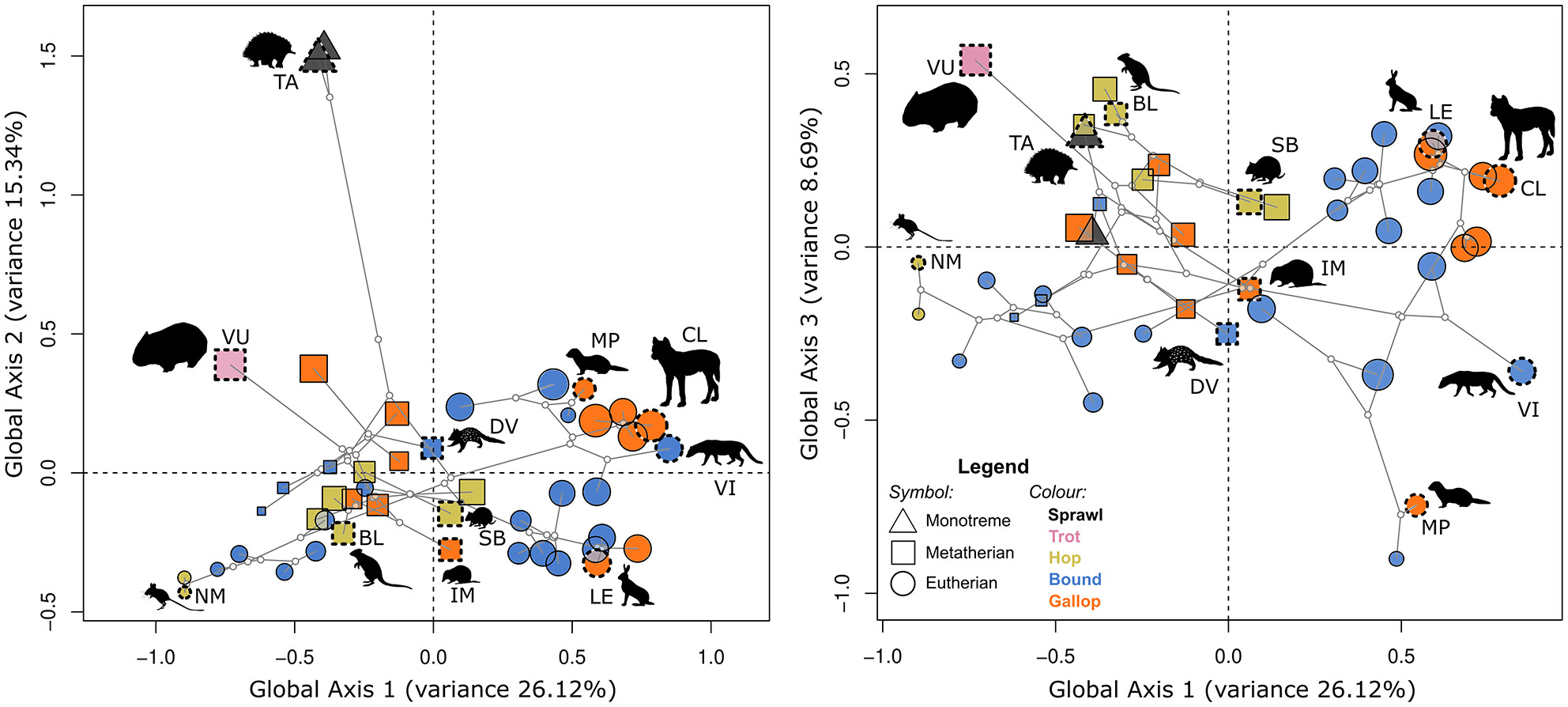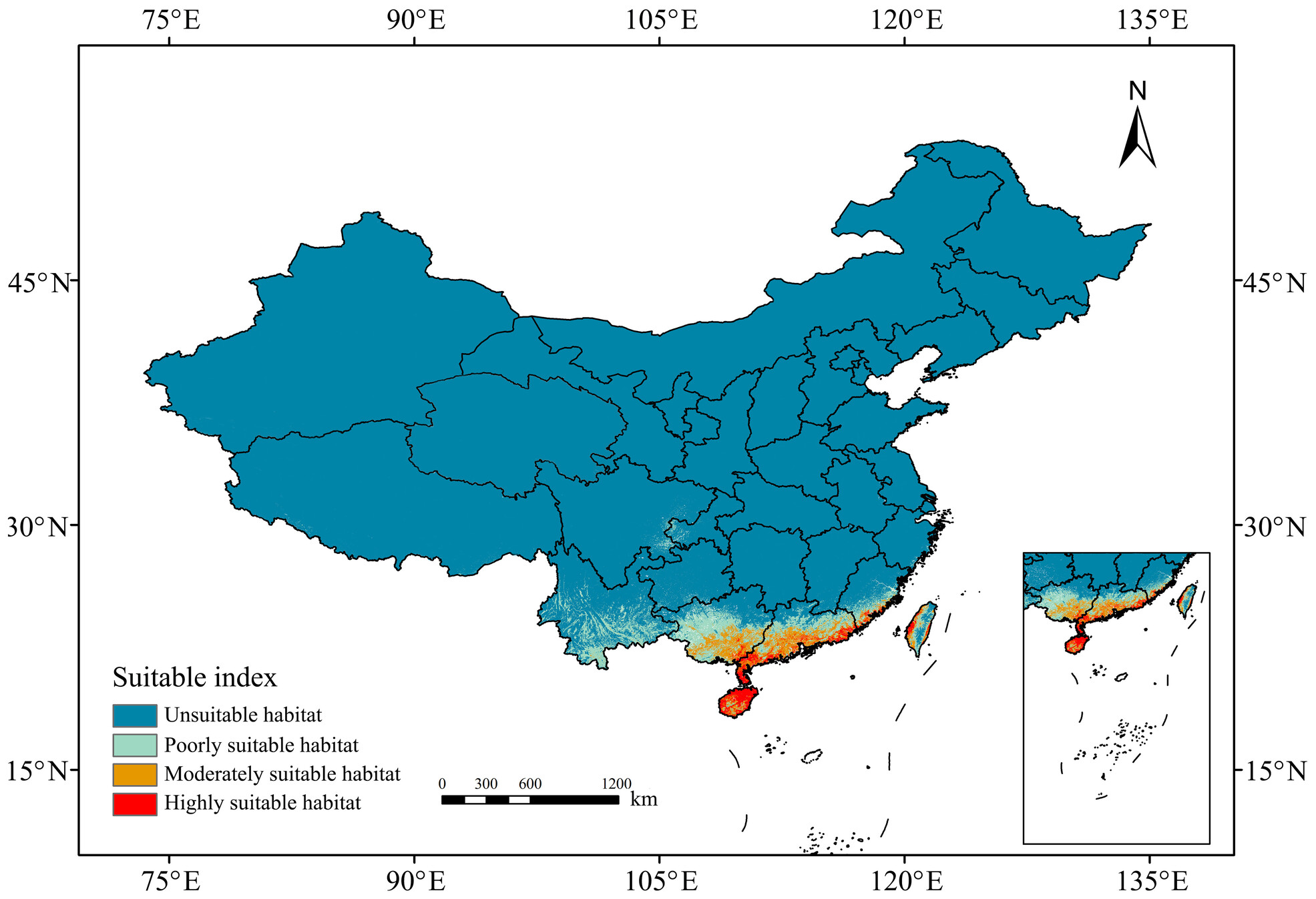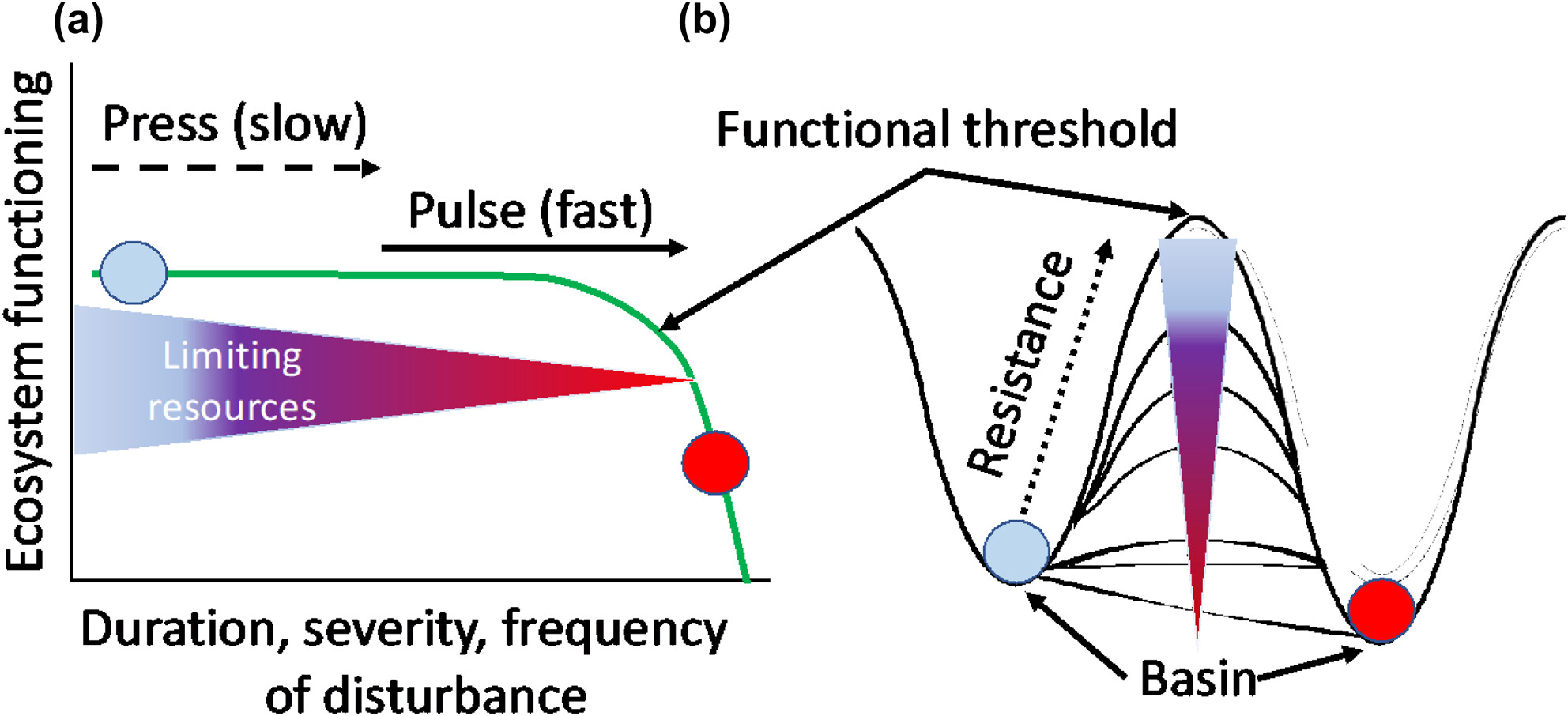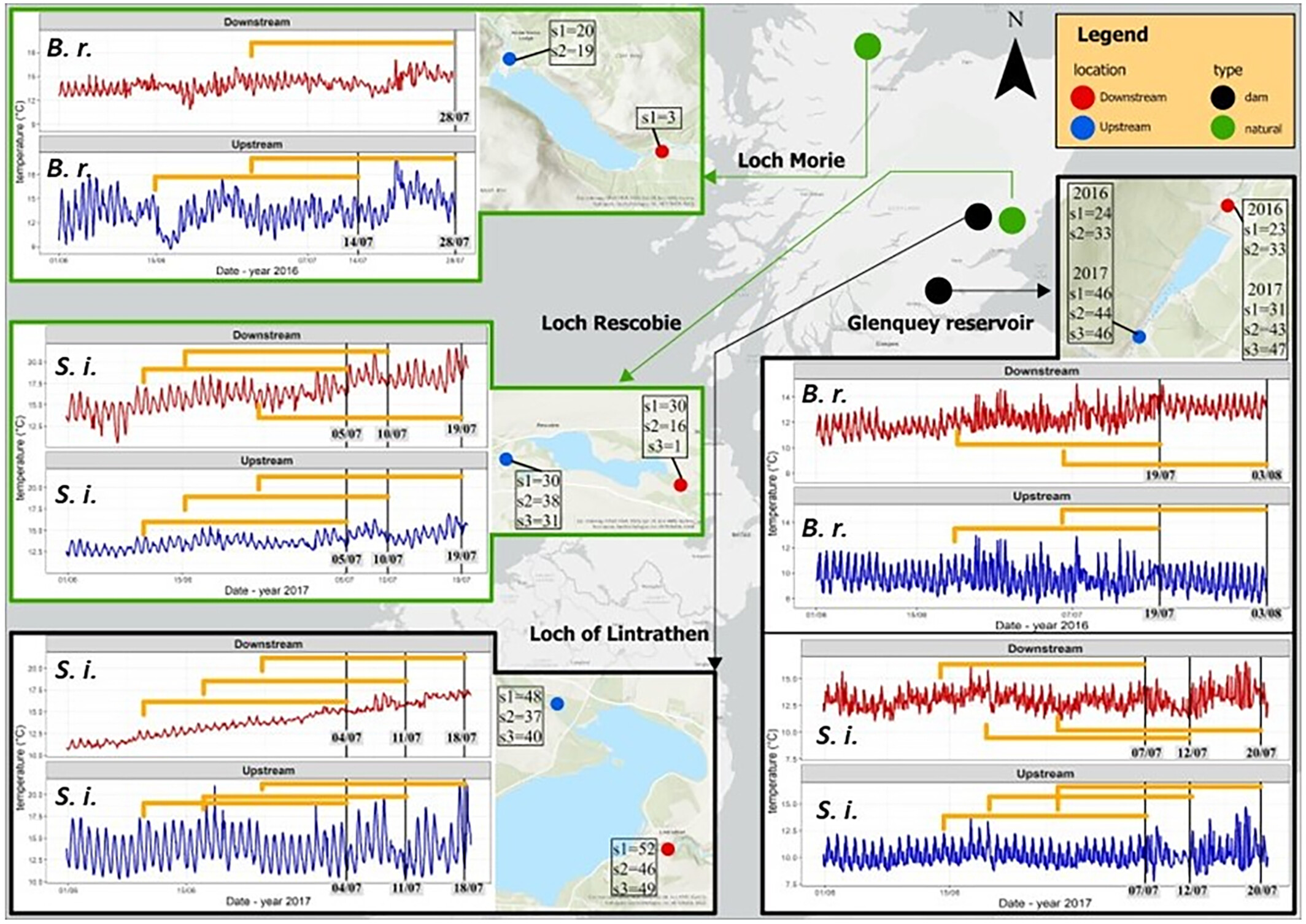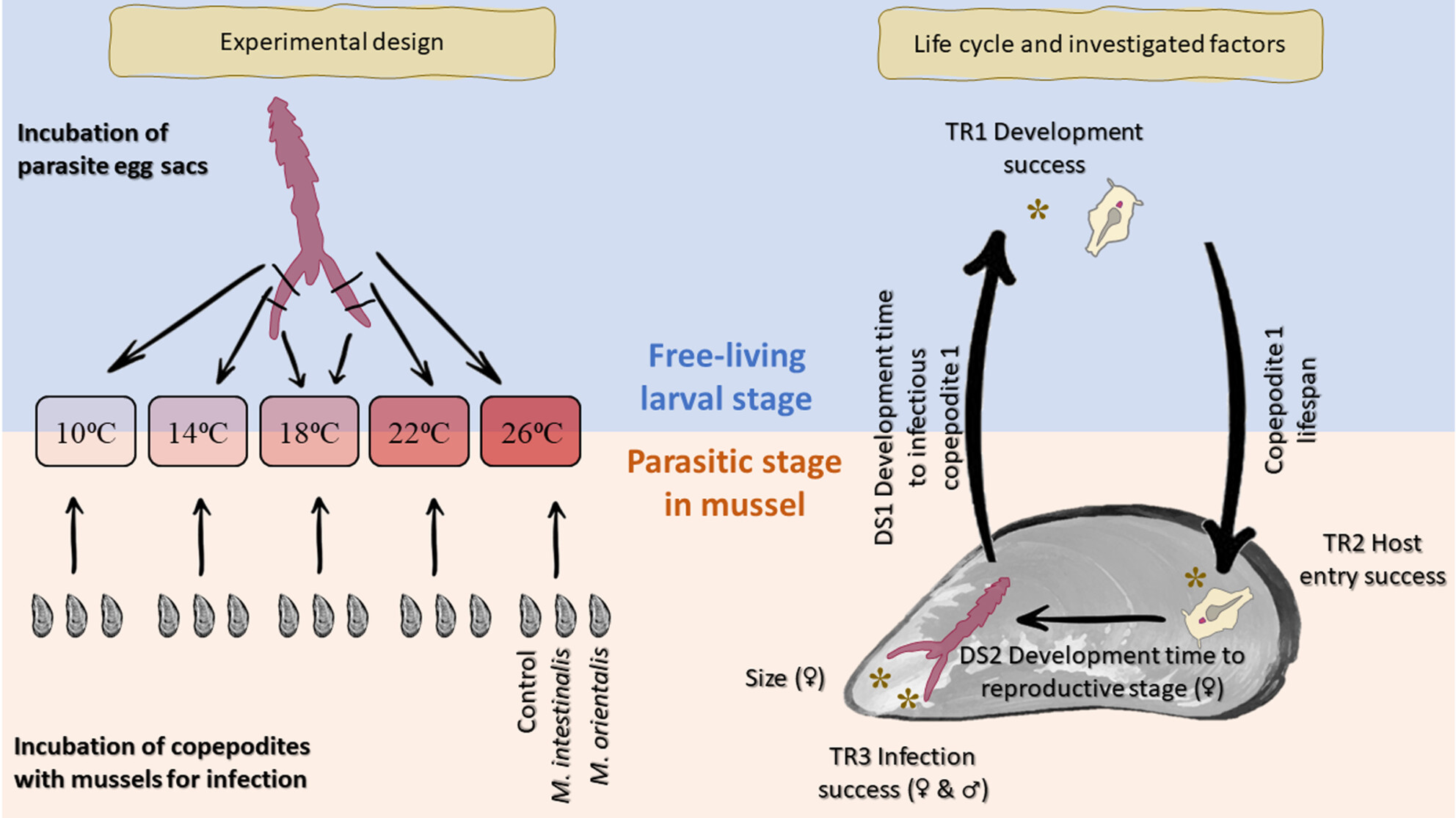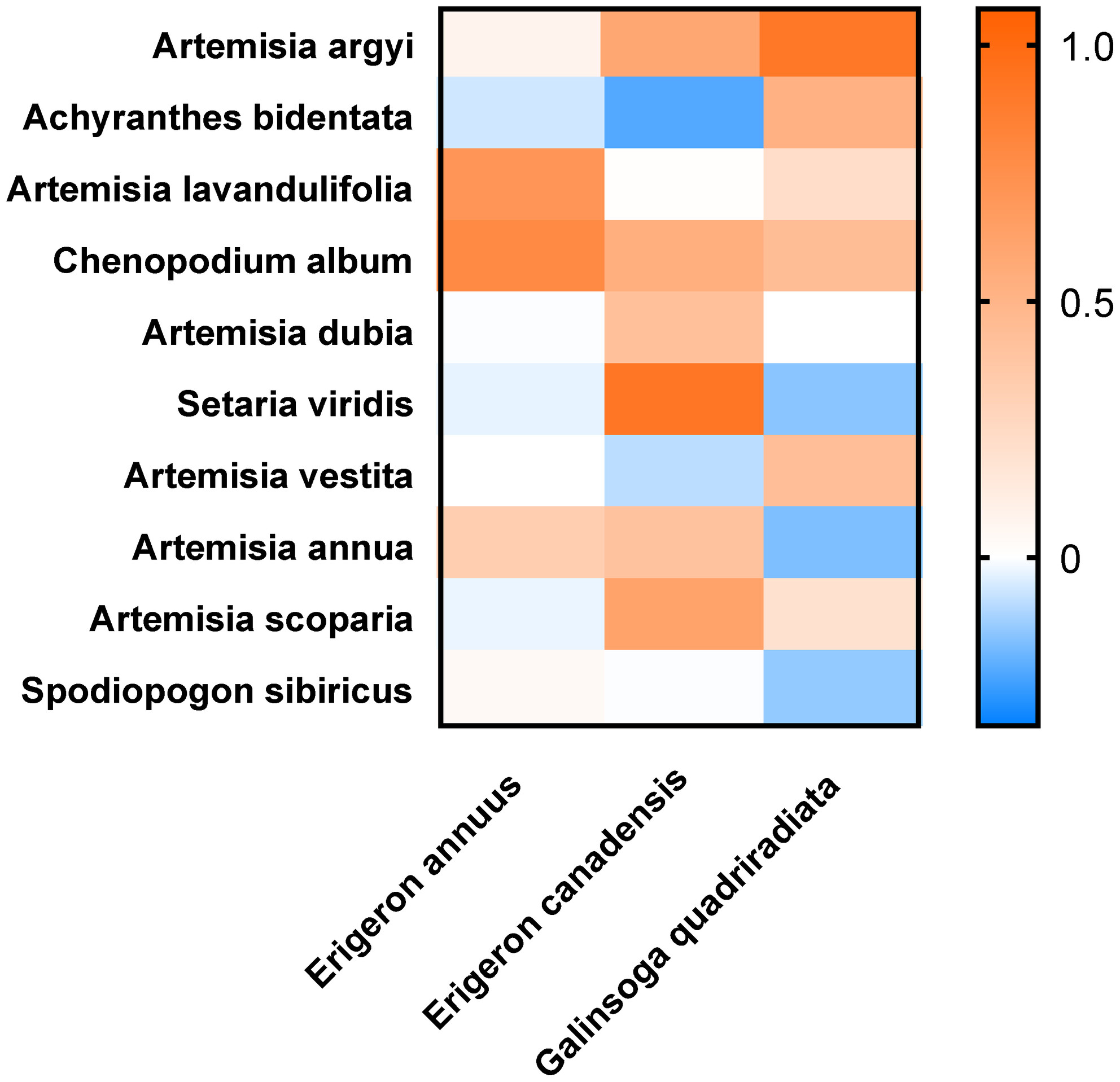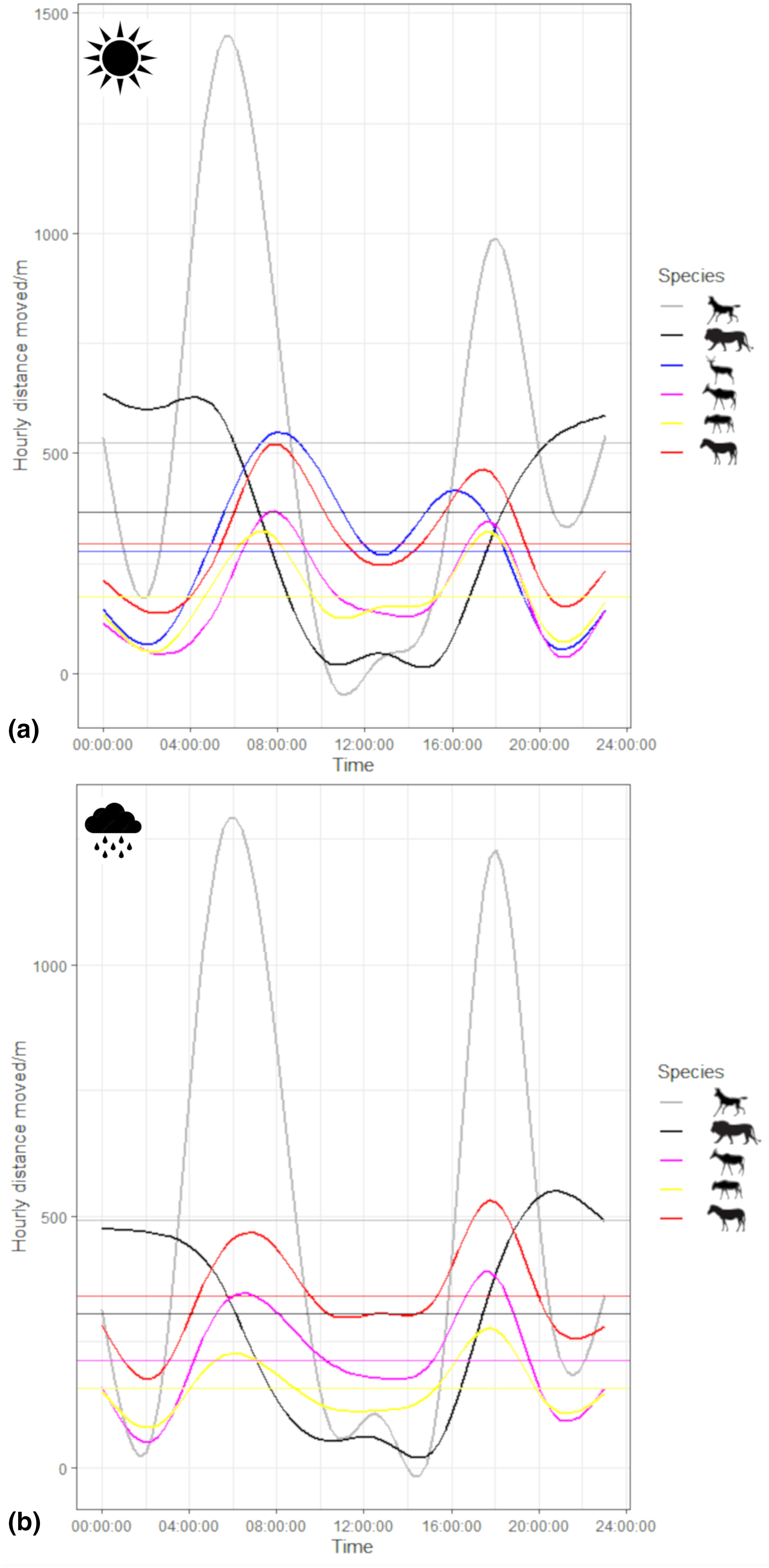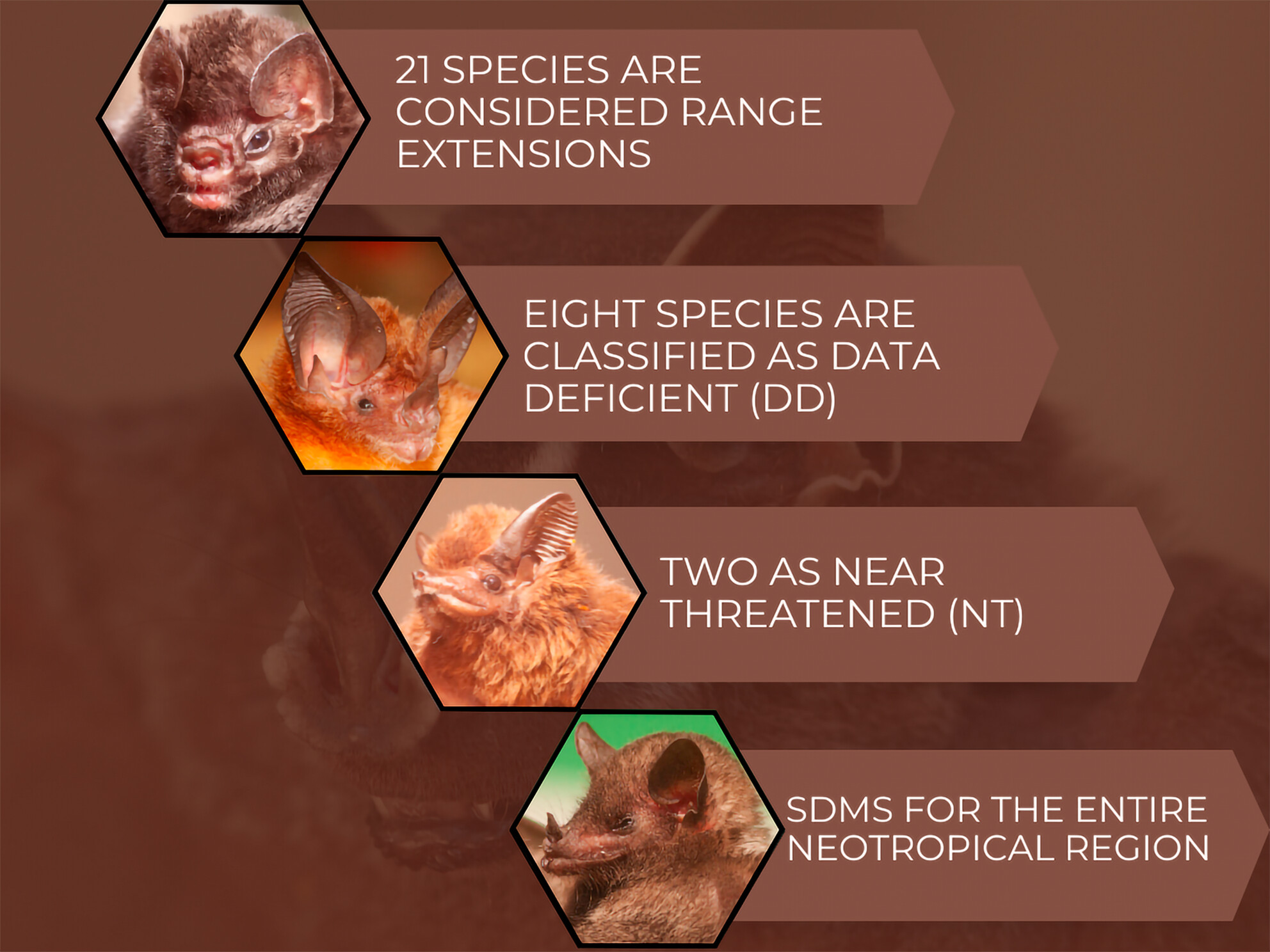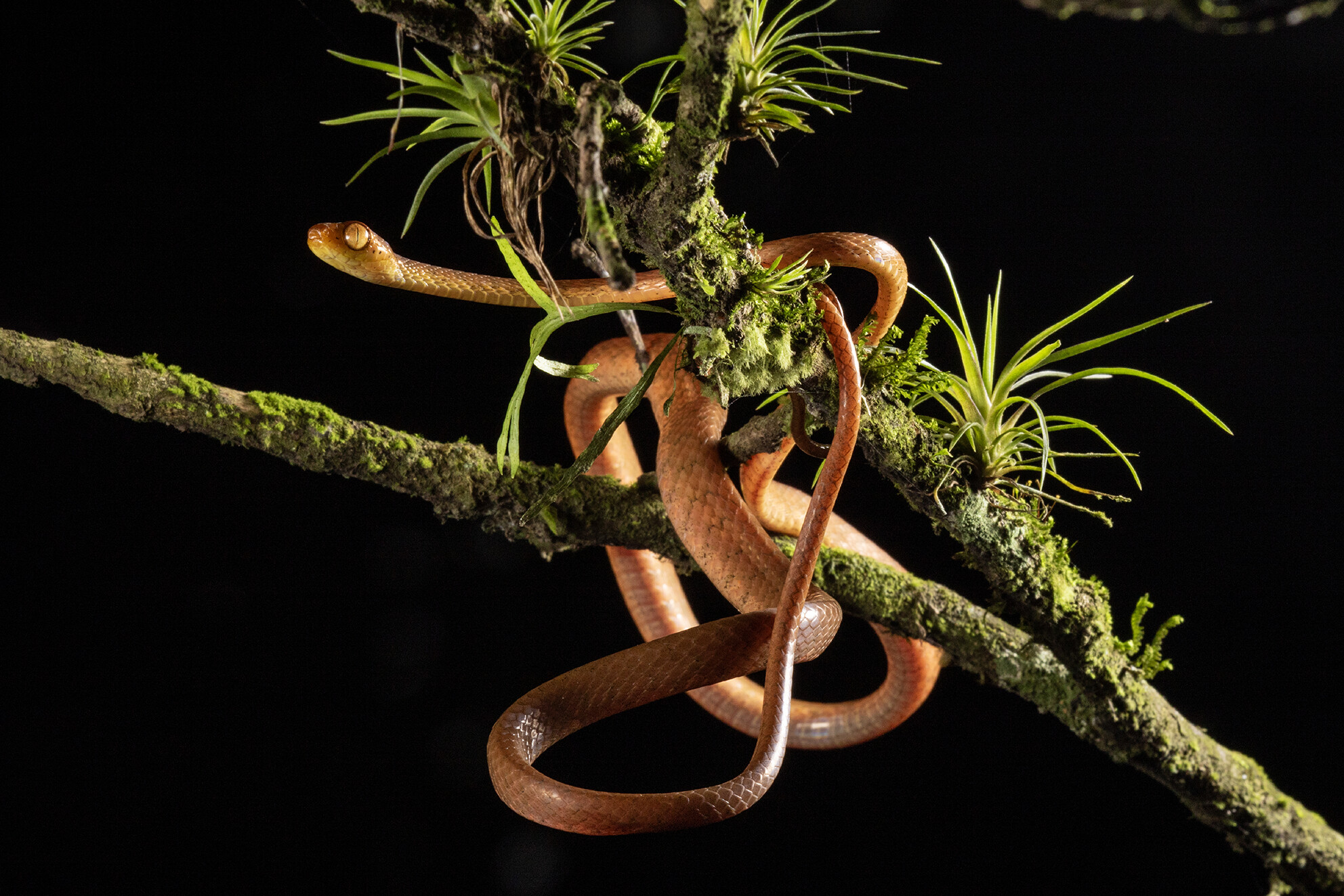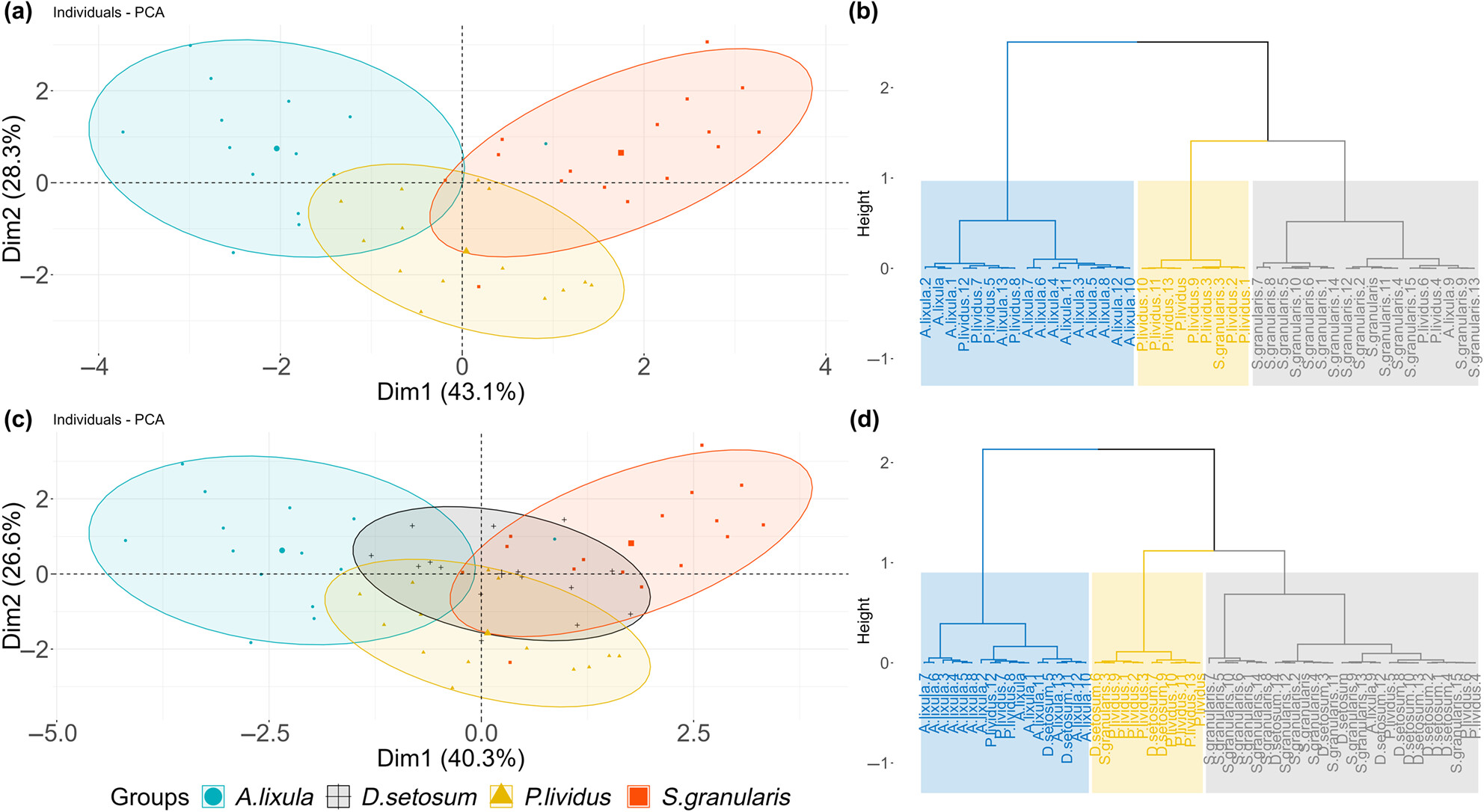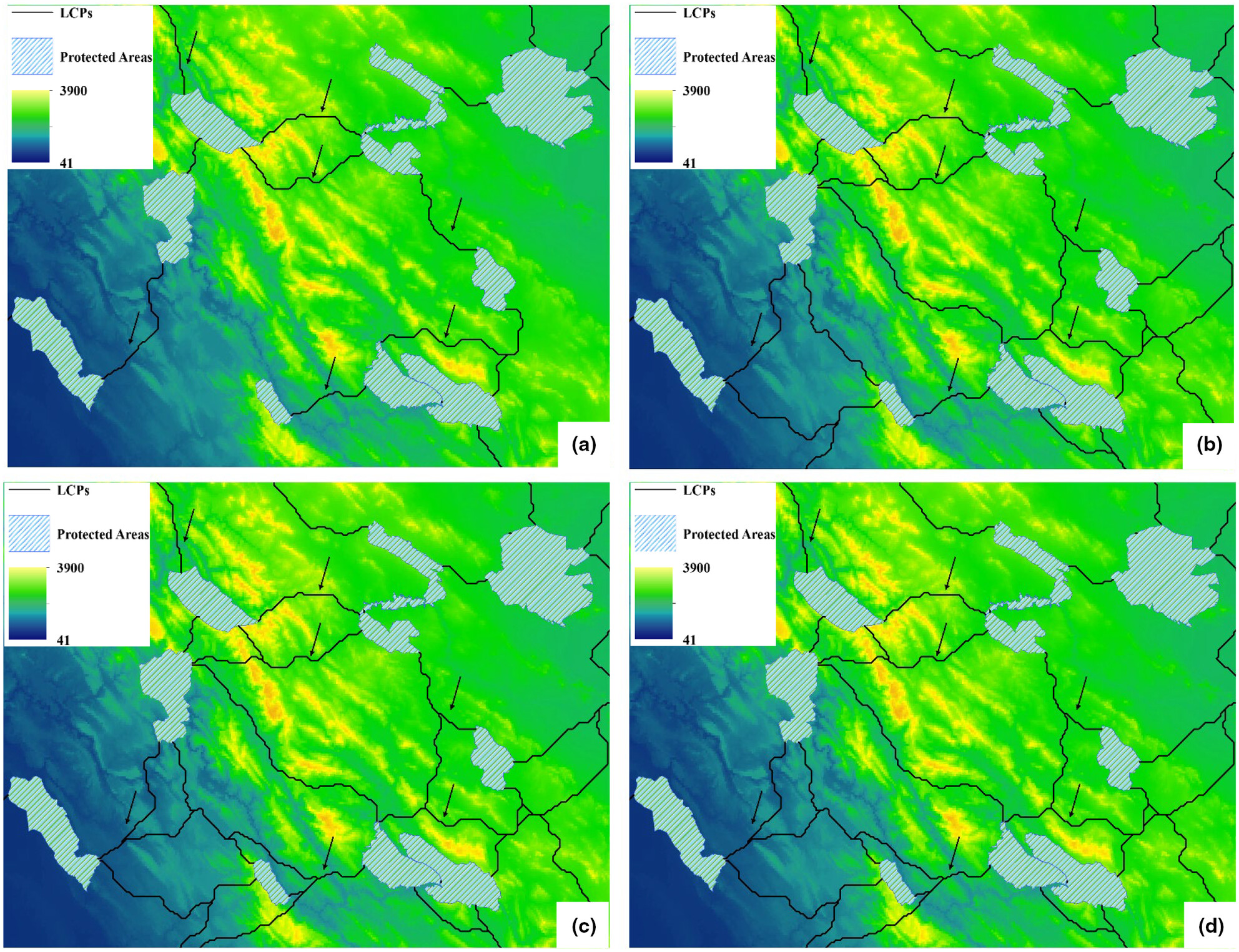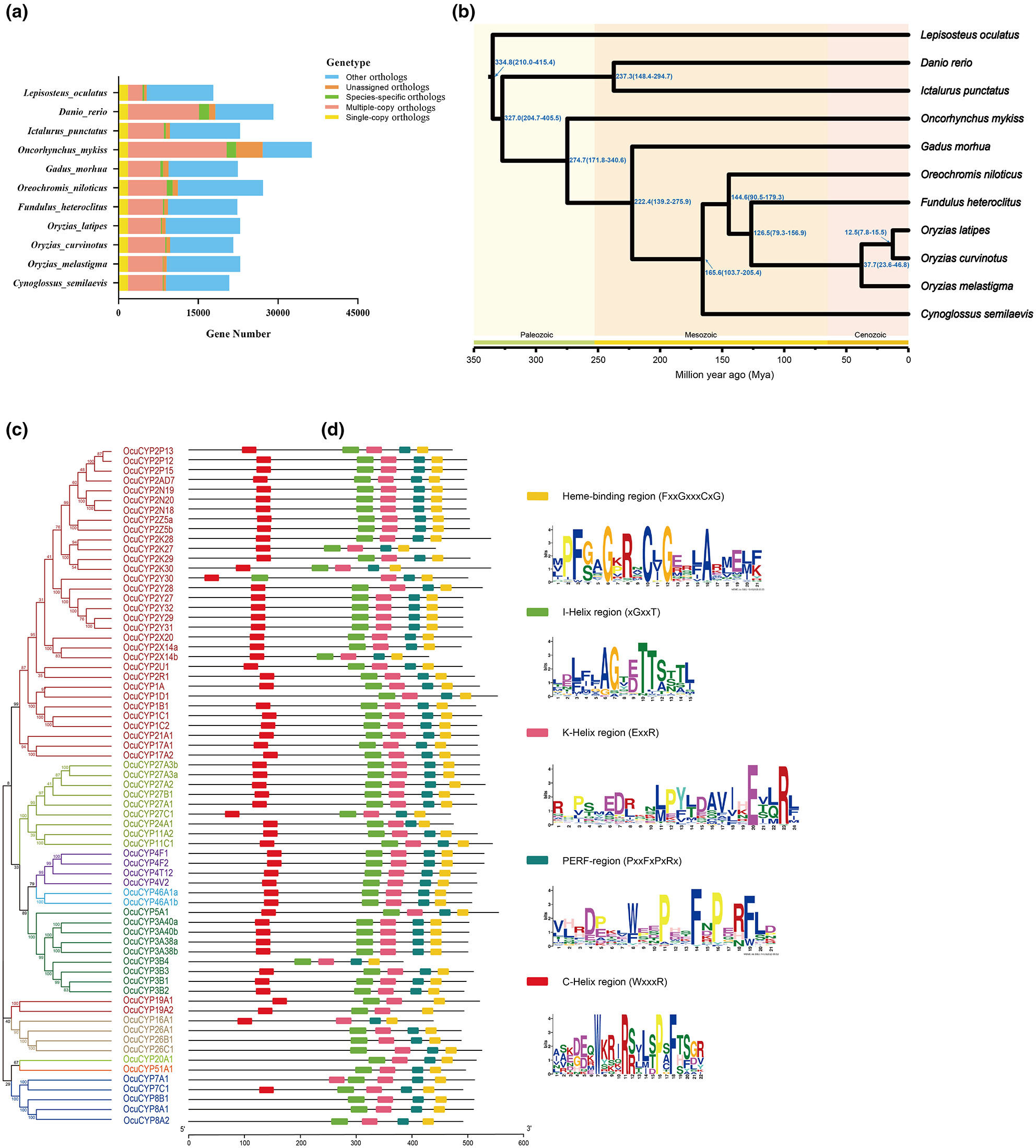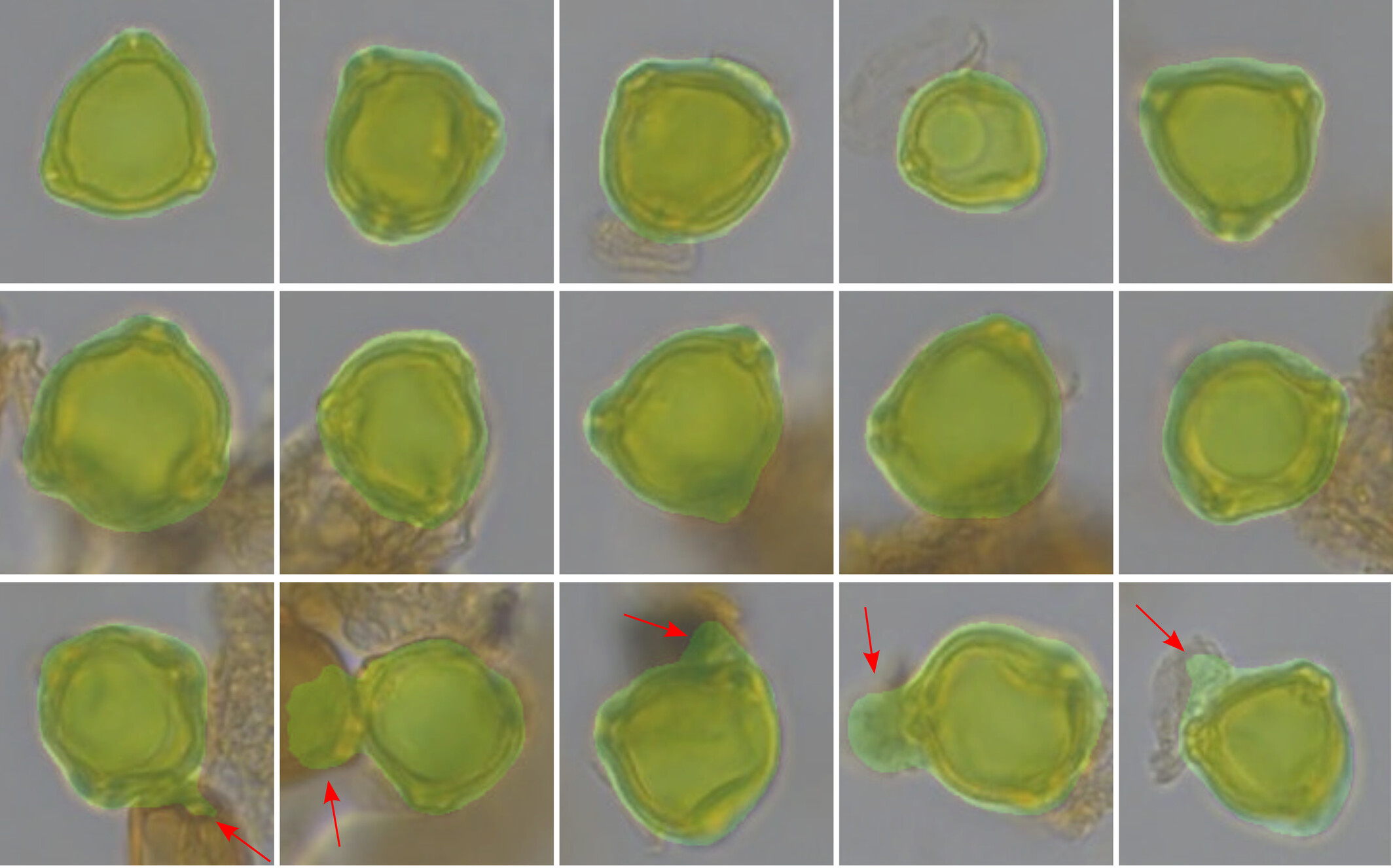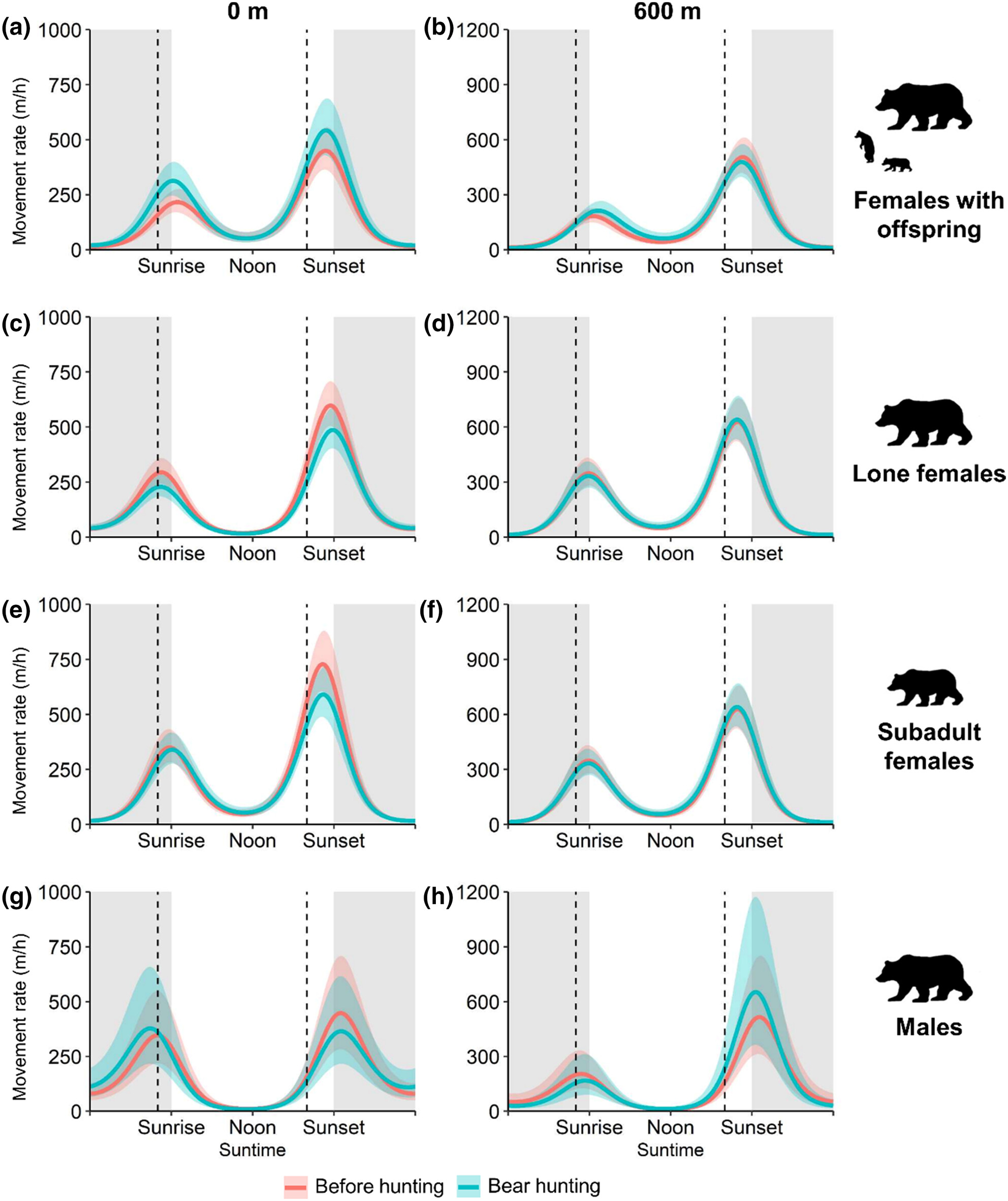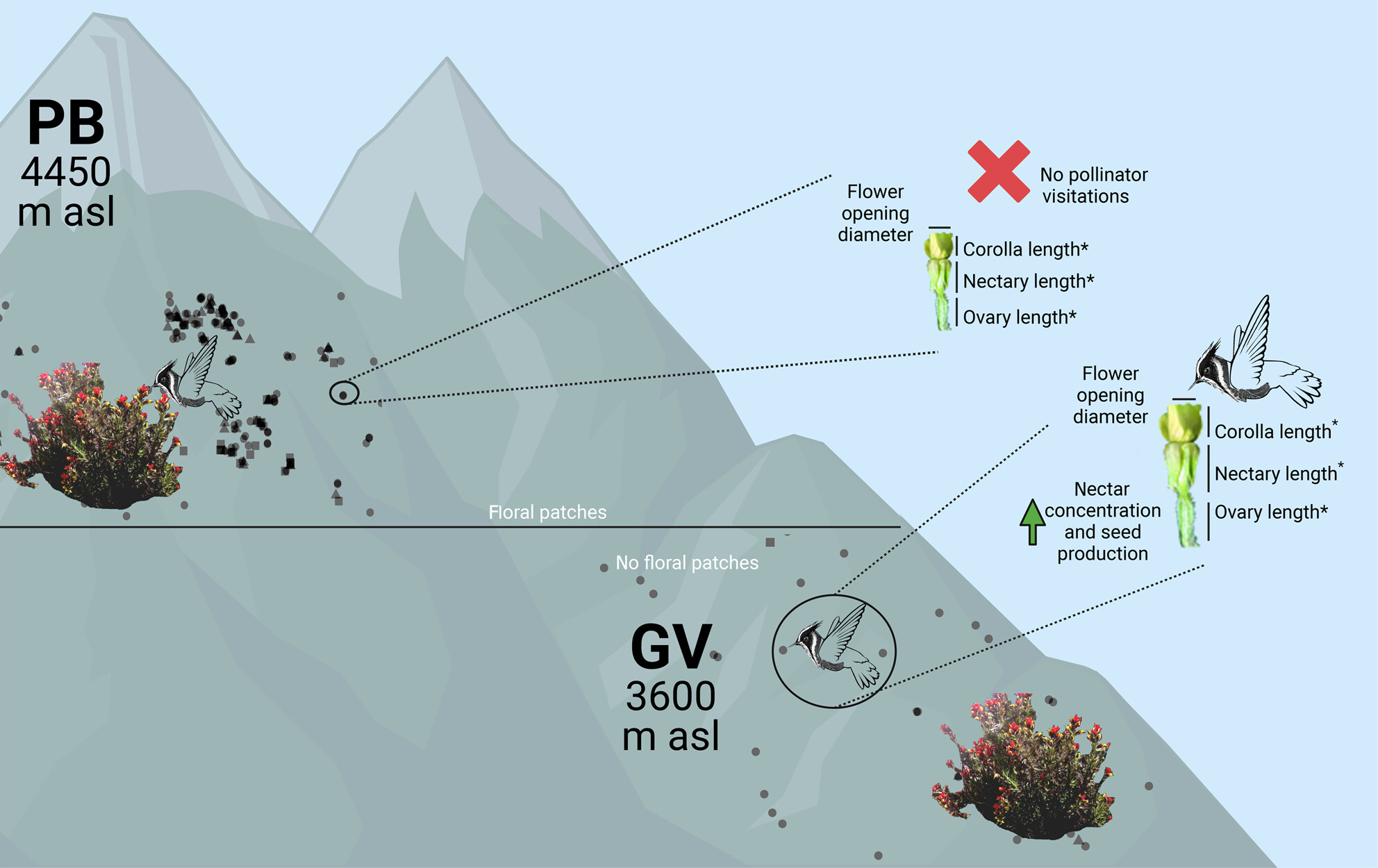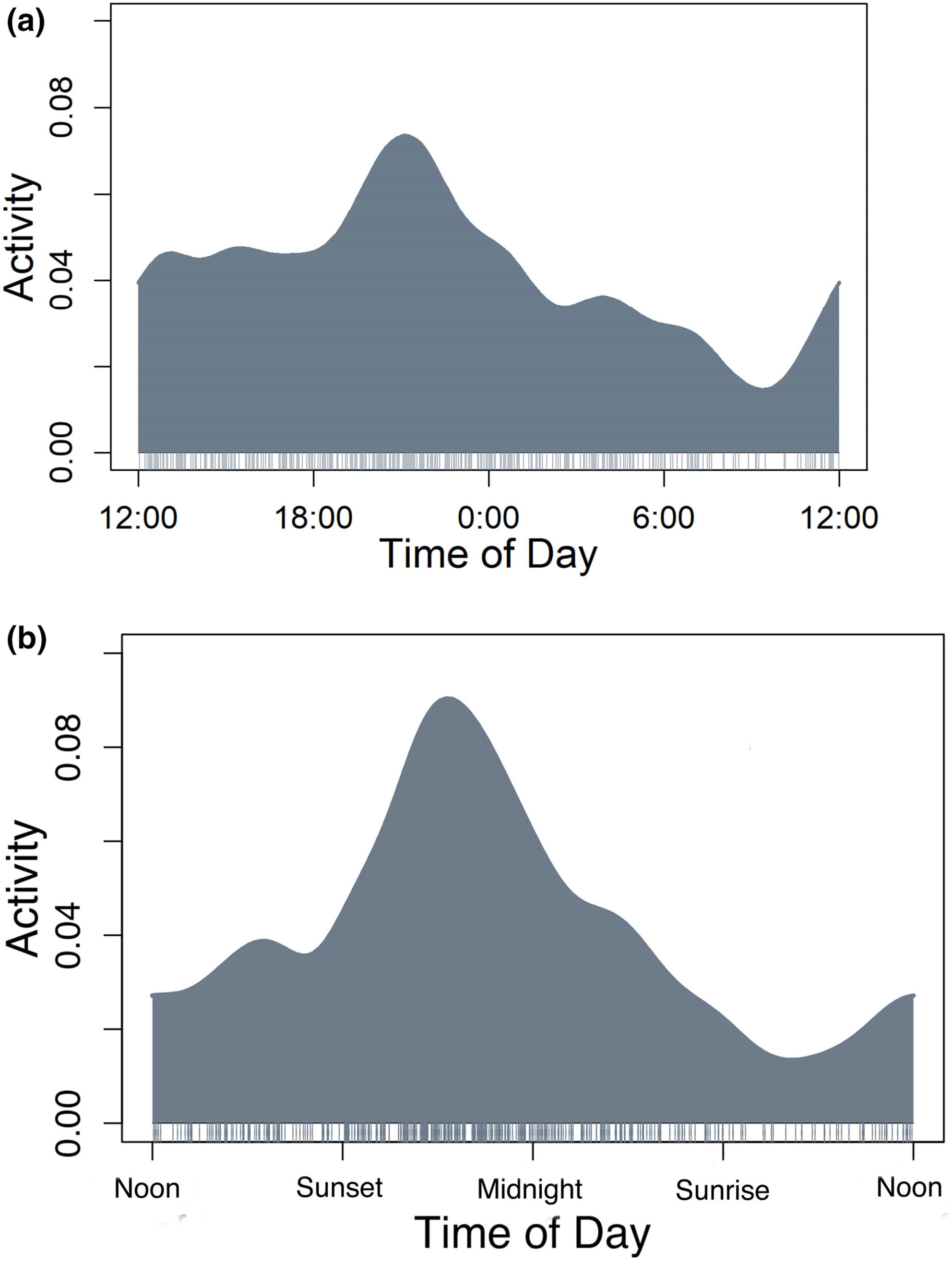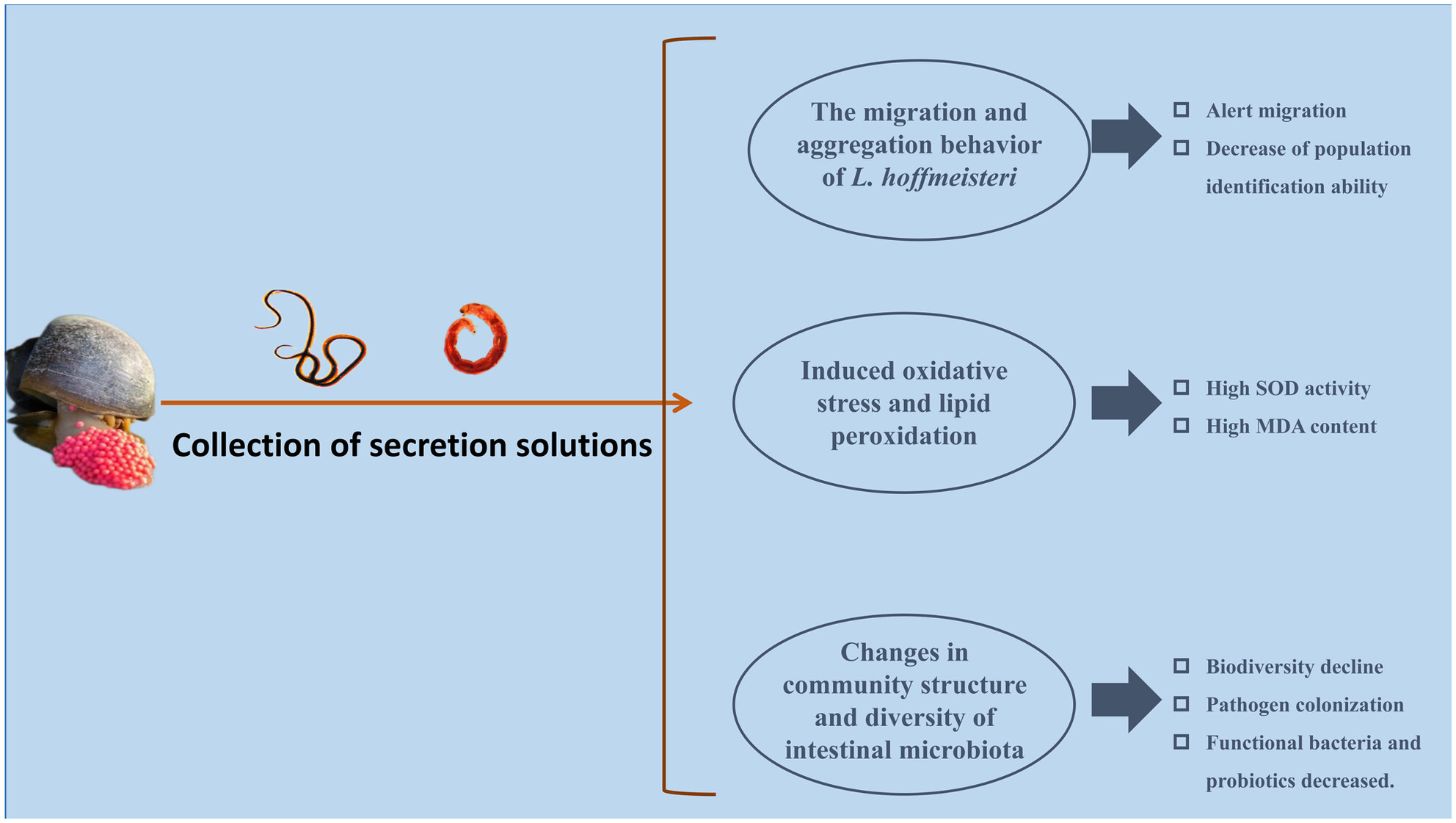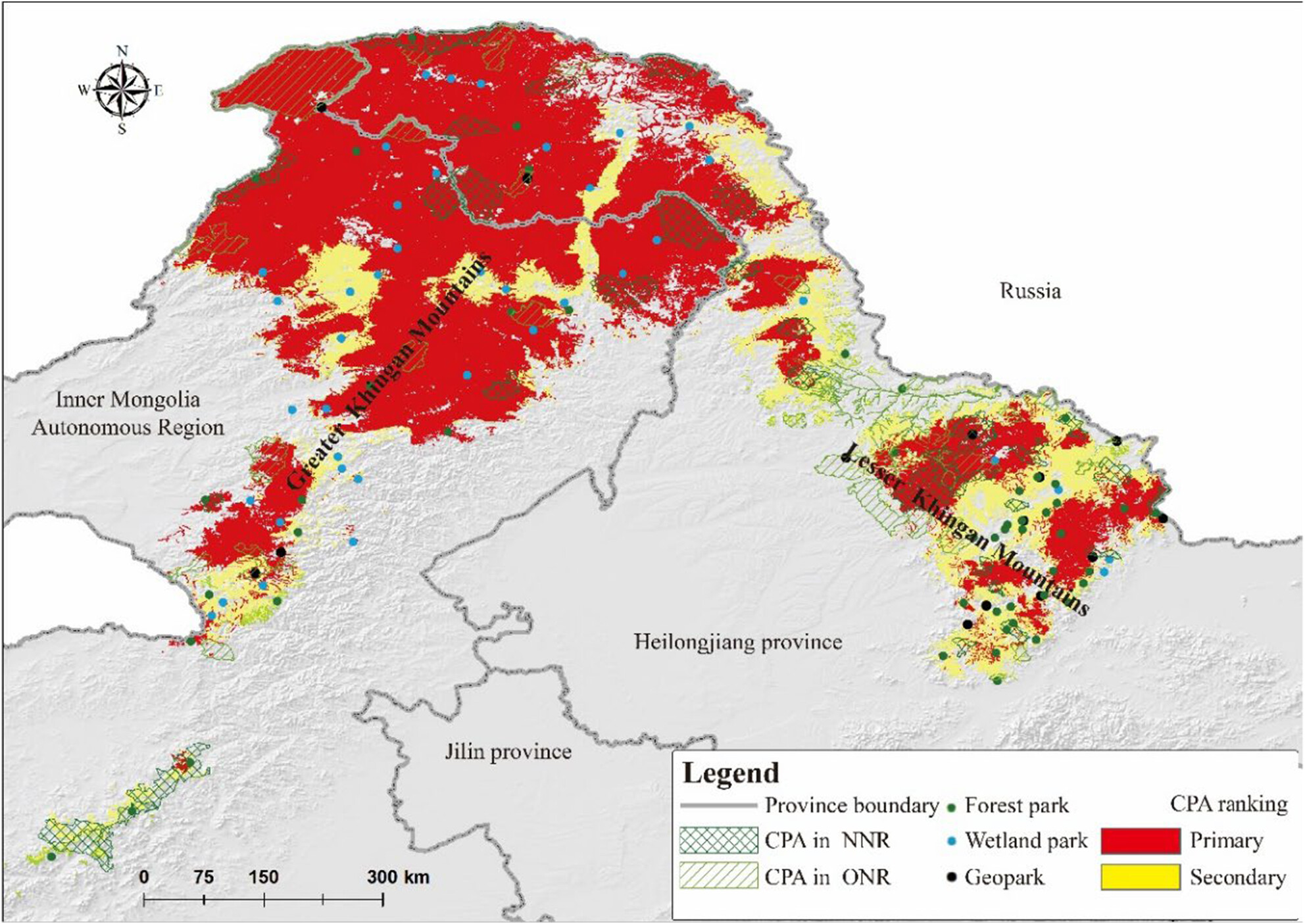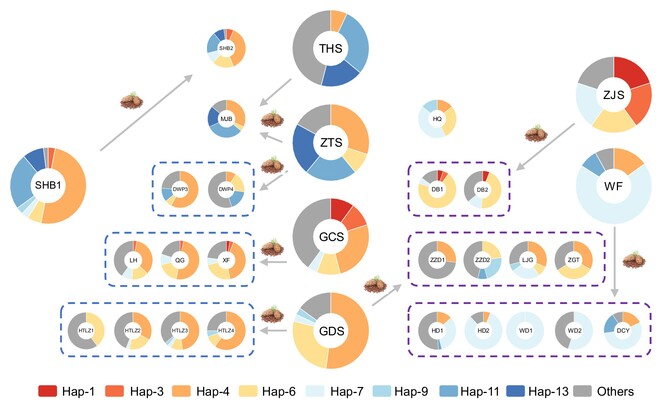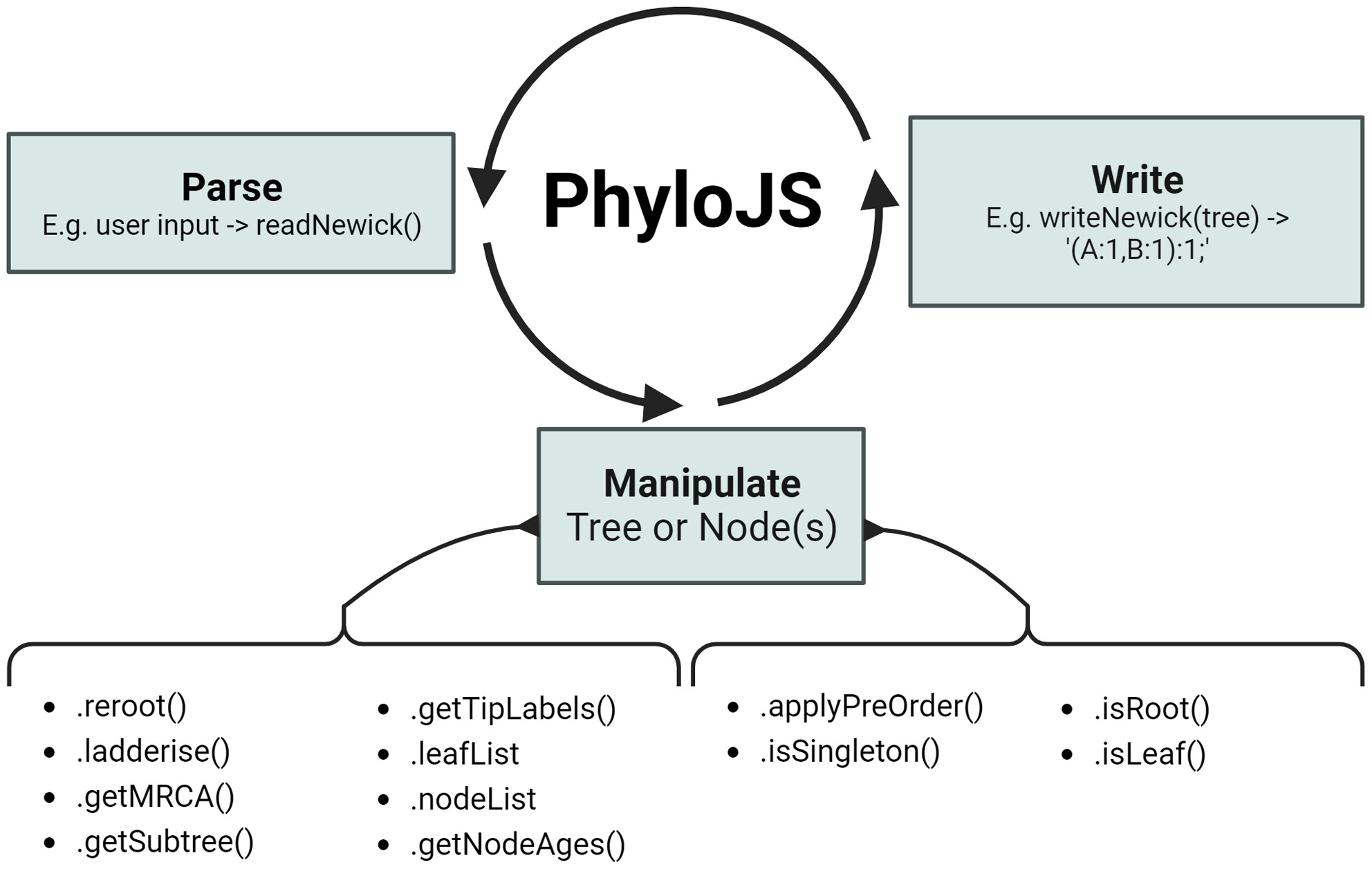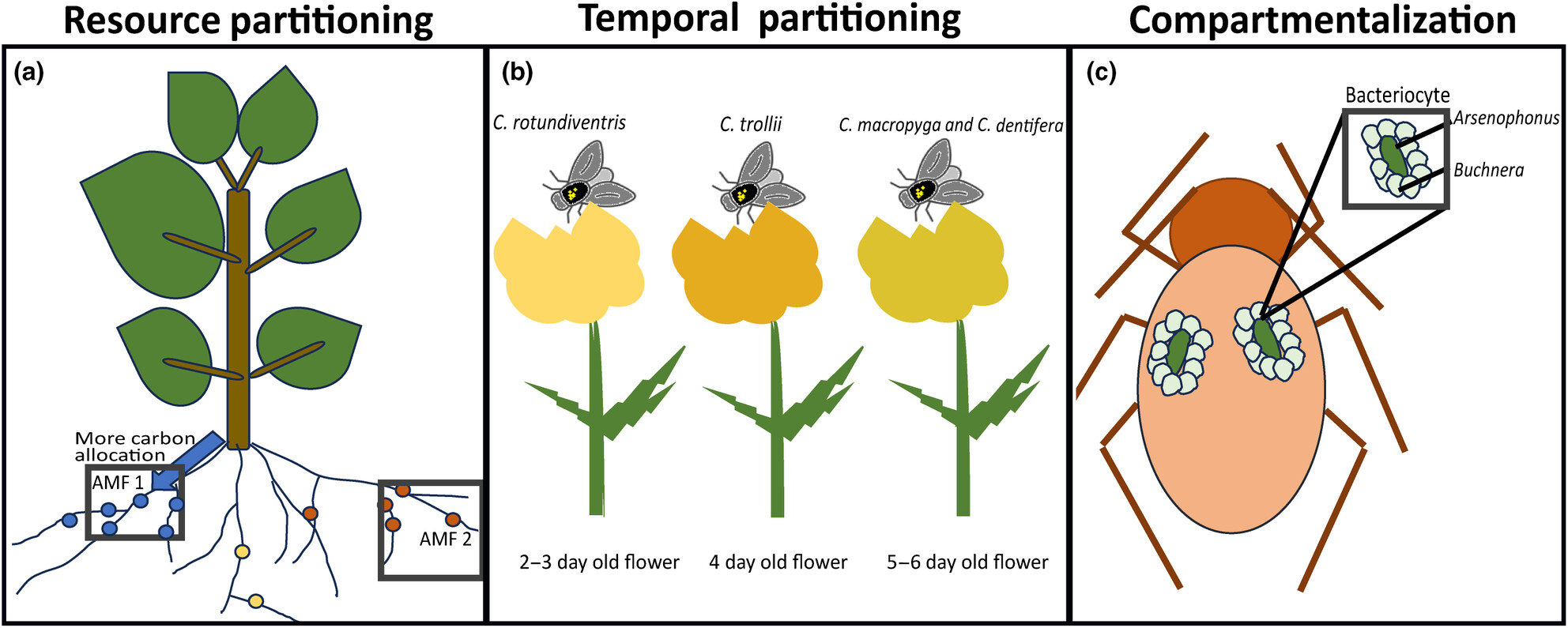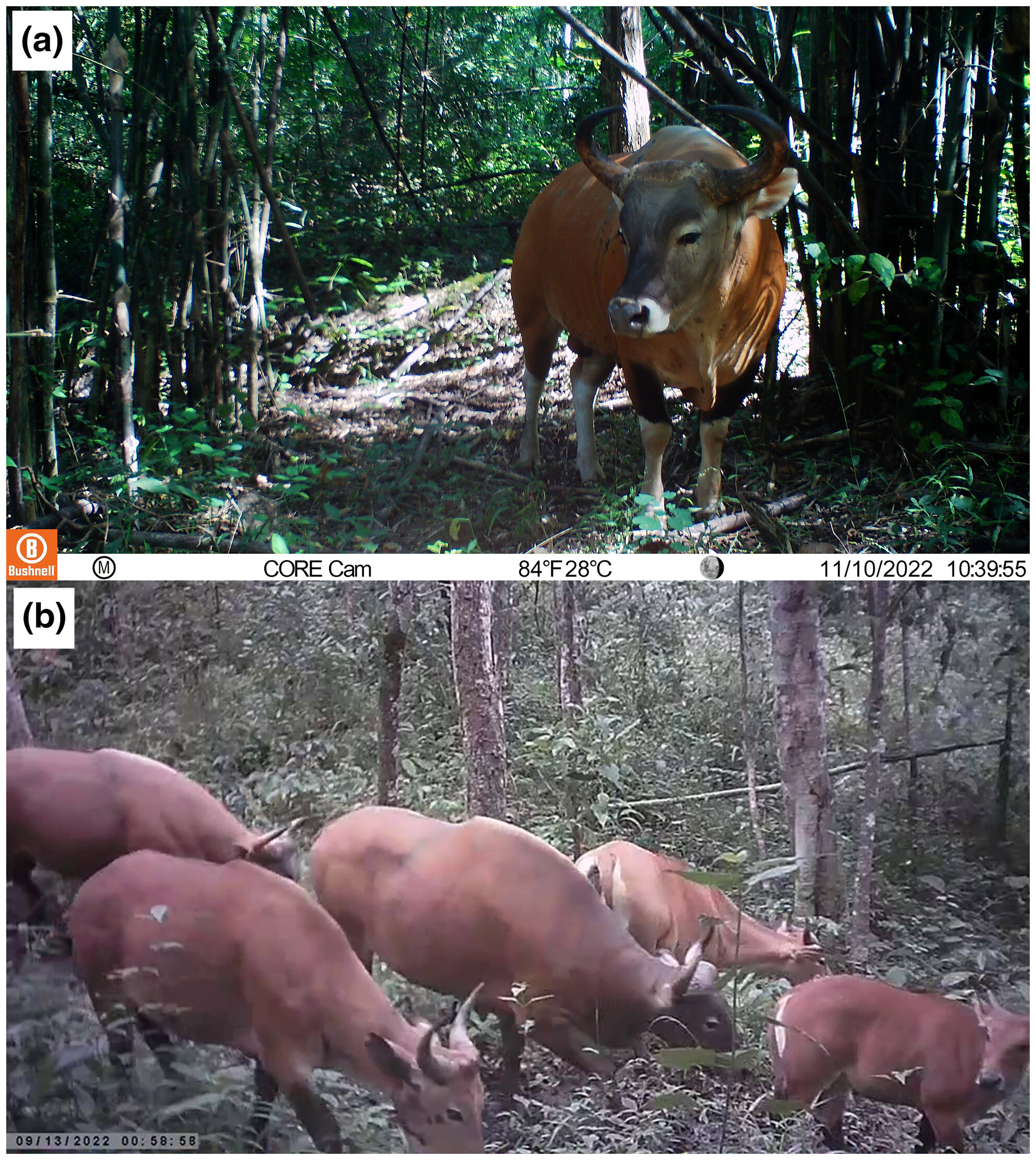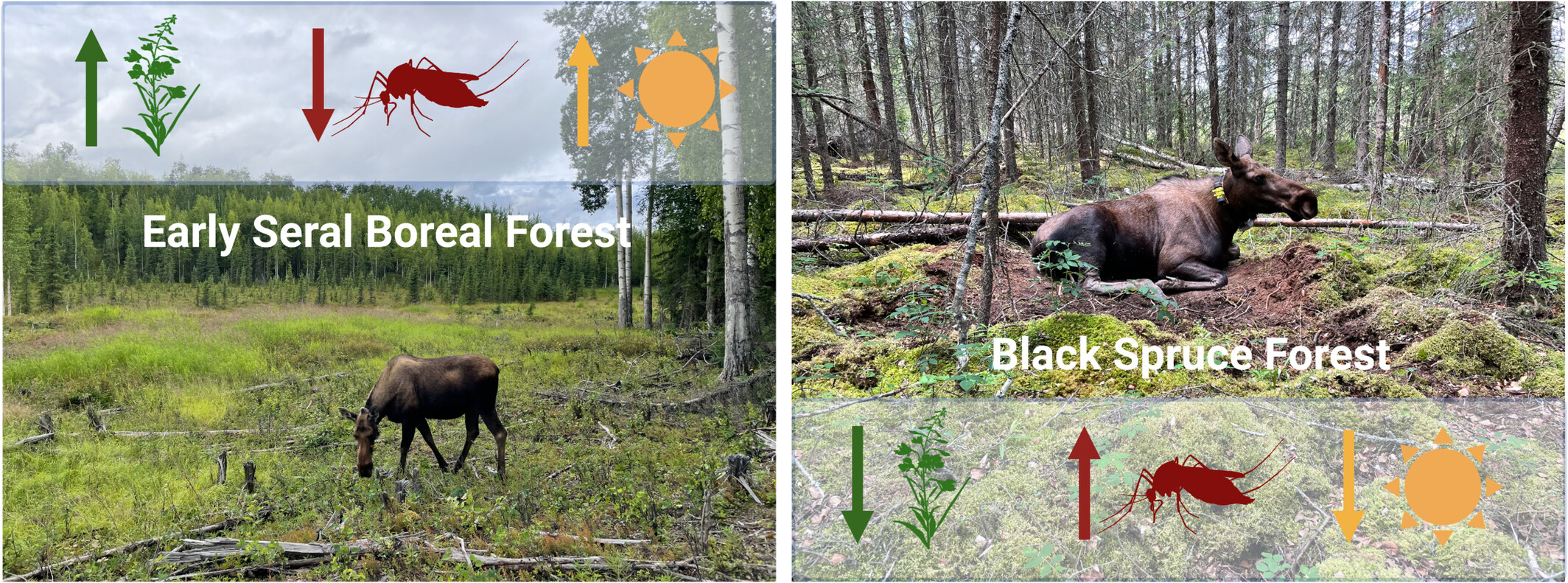Journal list menu
Export Citations
Download PDFs
ISSUE INFORMATION
NATURE NOTES
A new fossil species of the extant genus Vicelva from mid-Cretaceous Kachin amber (Coleoptera: Staphylinidae)
- First Published: 25 June 2024
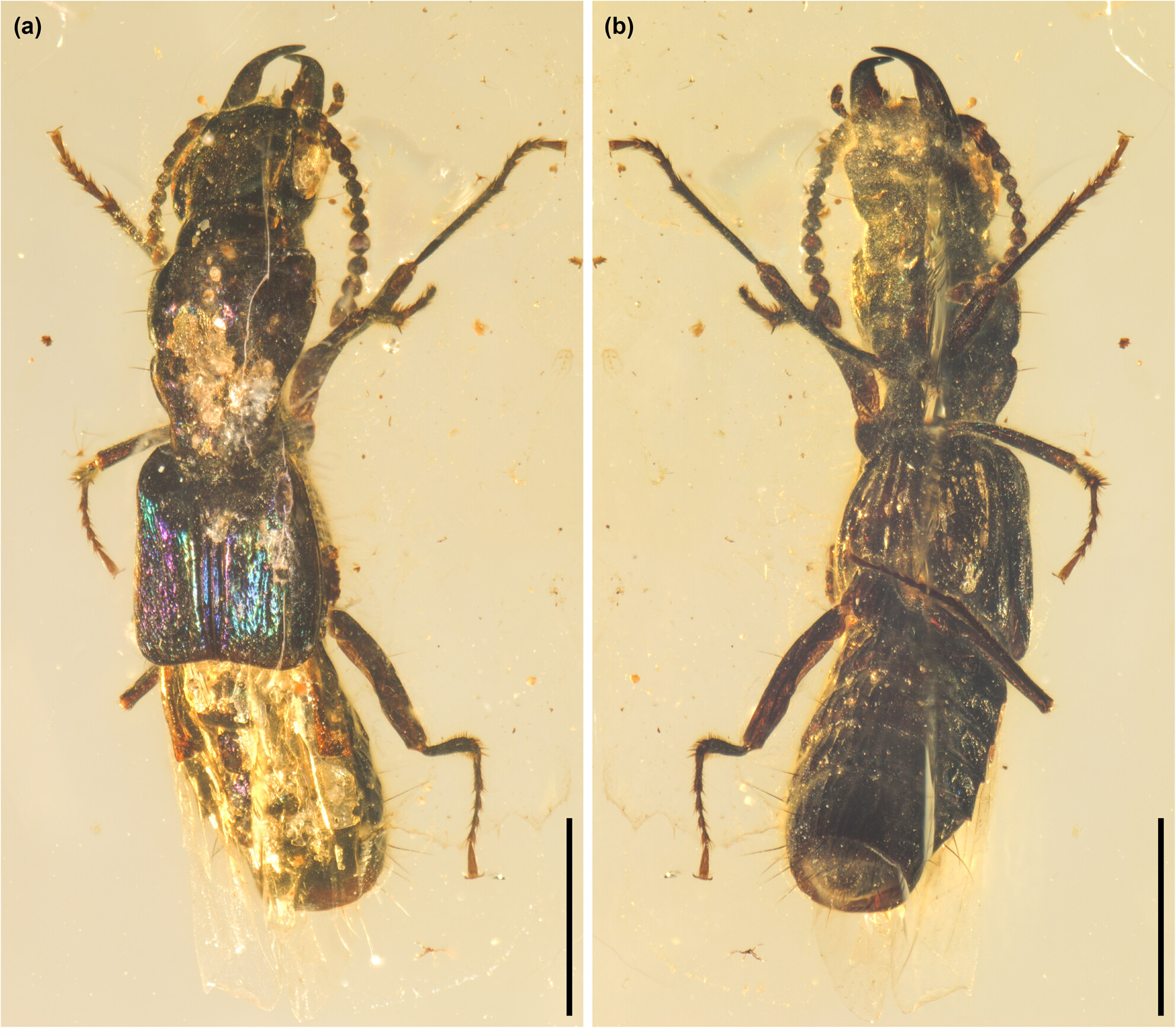
A new species of the extant staphylinid genus Vicelva Moore & Legner, V. rasilis sp. nov., is reported from mid-Cretaceous Kachin amber of northern Myanmar. The pollen-containing coprolite attached to the beetle and the crystals within the beetle body provide valuable information about the biology and taphonomy of the fossil.
Seed dispersal by the cosmopolitan house sparrow widens the spectrum of unexpected endozoochory by granivore birds
- First Published: 25 June 2024
RESEARCH ARTICLES
Mitochondrial DNA evidence reflects high genetic divergence of Amynthas aspergillum (Oligochaeta: Megascolecidae) in southern China
- First Published: 31 May 2024
Variations in the phenological patterns of a caddisfly inhabiting the same mountain massifs: Life-history differences in different altitudinal zones
- First Published: 06 June 2024
Sex-specific associations of the maturation locus vgll3 with exploratory behavior and boldness in Atlantic salmon juveniles
- First Published: 04 June 2024
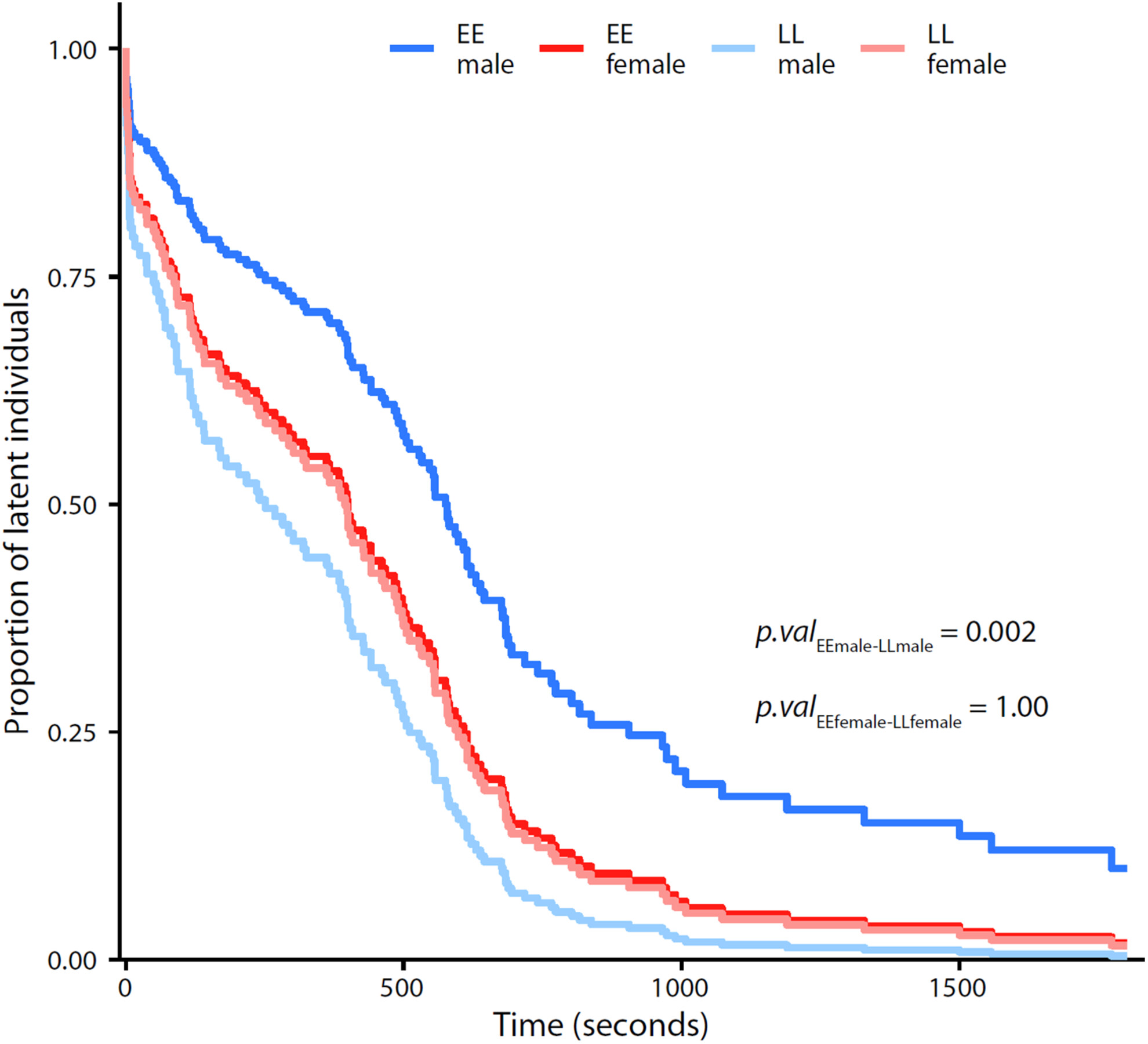
This study investigates the relationship between the vgll3 genotype and behaviors like boldness and exploration in Atlantic salmon (Salmo salar). It challenges the pace-of-life syndrome (POLS) predictions by revealing that salmon with the late maturation genotype (vgll3*LL), contrary to expectations, displayed greater boldness and exploratory behavior. The study also highlights sex-specific differences in these behaviors, extending the understanding of behavioral syndromes to include genetic factors linked to life-history traits.
WiPFIM: A digital platform for interlinking biocollections of wild plants, fruits, associated insects, and their molecular barcodes
- First Published: 01 June 2024
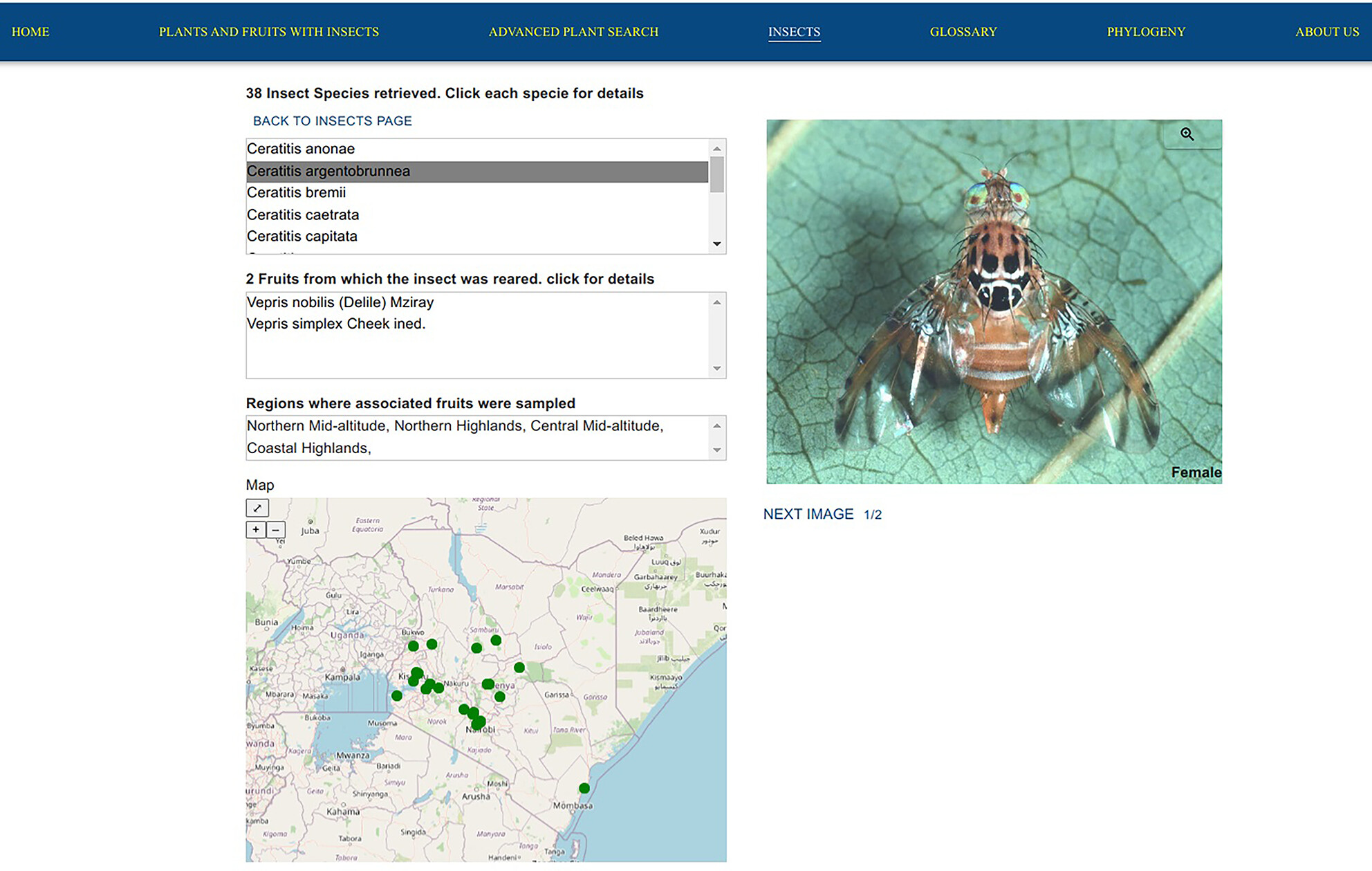
This article presents a description of the development of a web-based platform for data sharing and integrating biodiversity historical data of wild plants, fruits, associated insects, and their molecular barcodes (WiPFIM) while leveraging data science technologies. The platform holds invaluable potential in understanding fruit–insect interactions and can function as a decision-making tool.
NATURE NOTES
Activity budget and foraging patterns of Nubian giraffe (Giraffa camelopardalis camelopardalis) in Lake Nakuru National Park, Kenya
- First Published: 30 May 2024
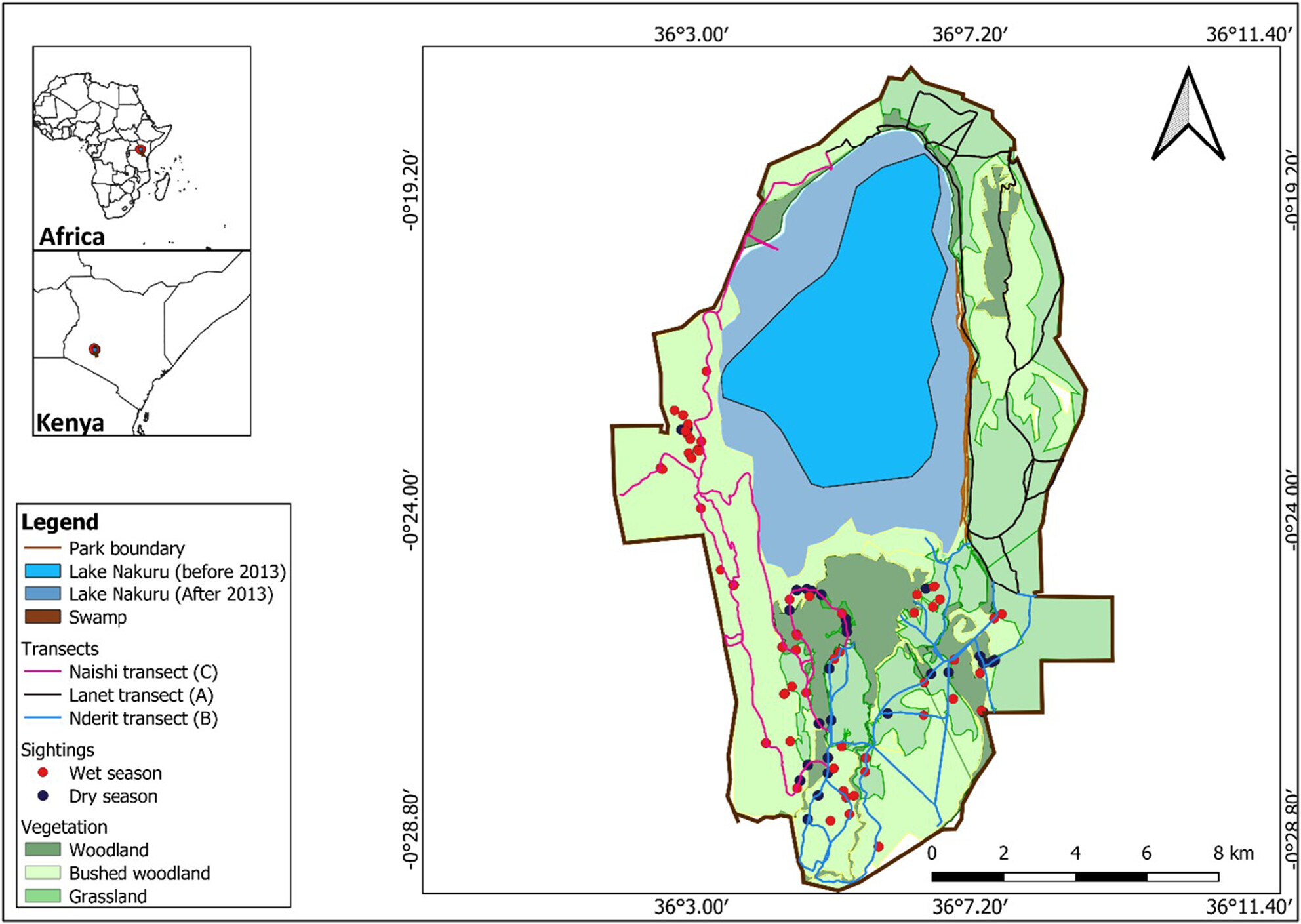
The activity budget of the giraffe in various African populations has been studied extensively, revealing that it is affected by body size, foraging patterns, and sex. Our study focused on evaluating the seasonal activity budgets and foraging patterns of the Nubian giraffe in Lake Nakuru National Park, Kenya using scan sampling. Overall, seasons had little impact on giraffe activity time budgets and foraging patterns in Lake Nakuru National Park.
RESEARCH ARTICLES
Cryptic diversity and speciation in an endemic copepod crustacean Harpacticella inopinata within Lake Baikal
- First Published: 31 May 2024
Identification of suitable habitats and priority conservation areas under climate change scenarios for the Chinese alligator (Alligator sinensis)
- First Published: 30 May 2024
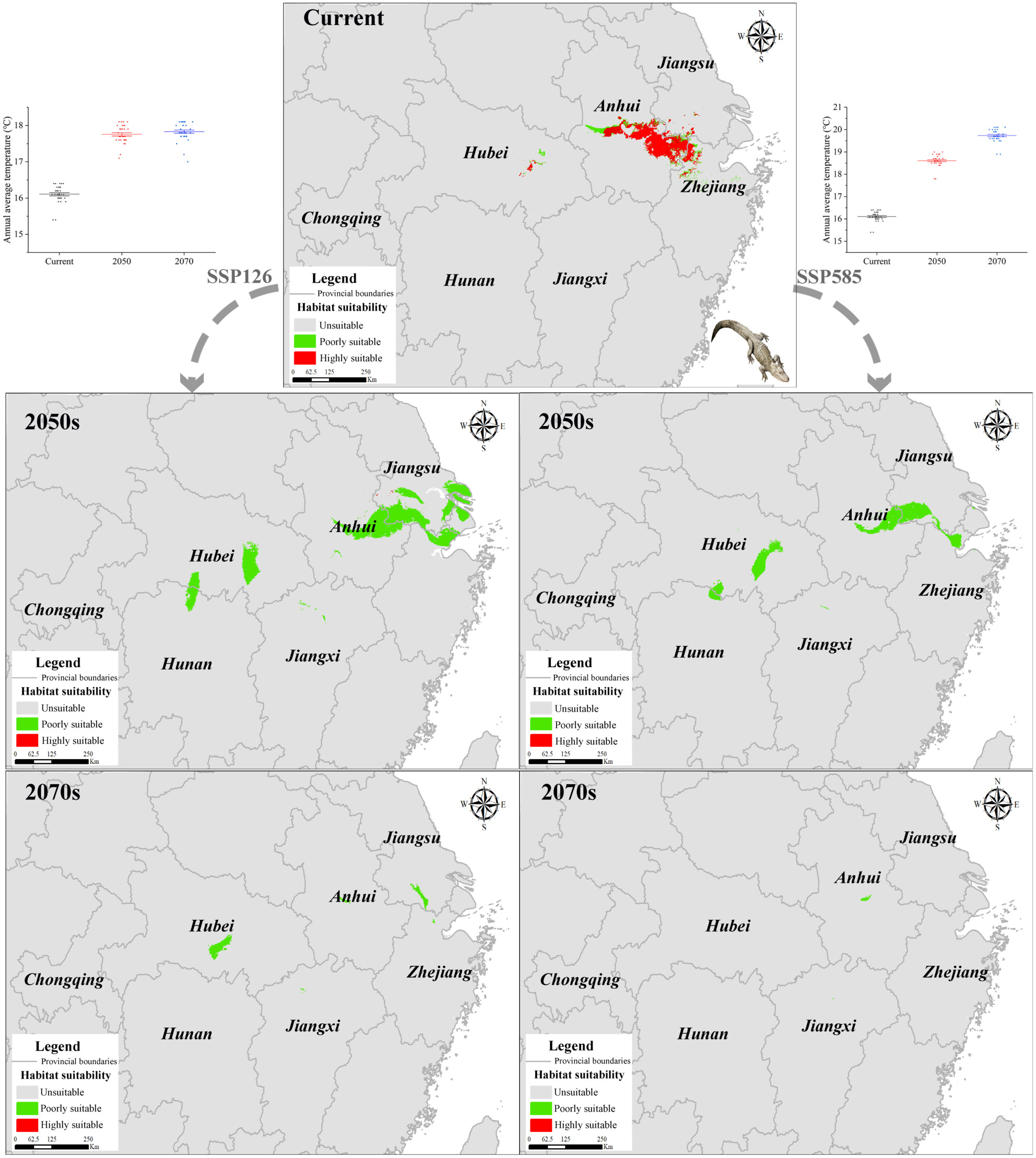
This study aims to assess the threat to the habitats of Chinese alligators under climate change by utilizing species distribution models and barycenter migration analyses. In addition, this study combined species distribution models and systematic conservation planning tools to identify priority protection areas for Chinese alligators under climate change and provide data support for the protection of Chinese alligators under climate change.
Small- to medium-sized mammals show greater morphological disparity in cervical than lumbar vertebrae across different terrestrial modes of locomotion
- First Published: 04 June 2024
NATURE NOTES
Caught in the web: Exploring spider predation on bats in Europe
- First Published: 30 May 2024
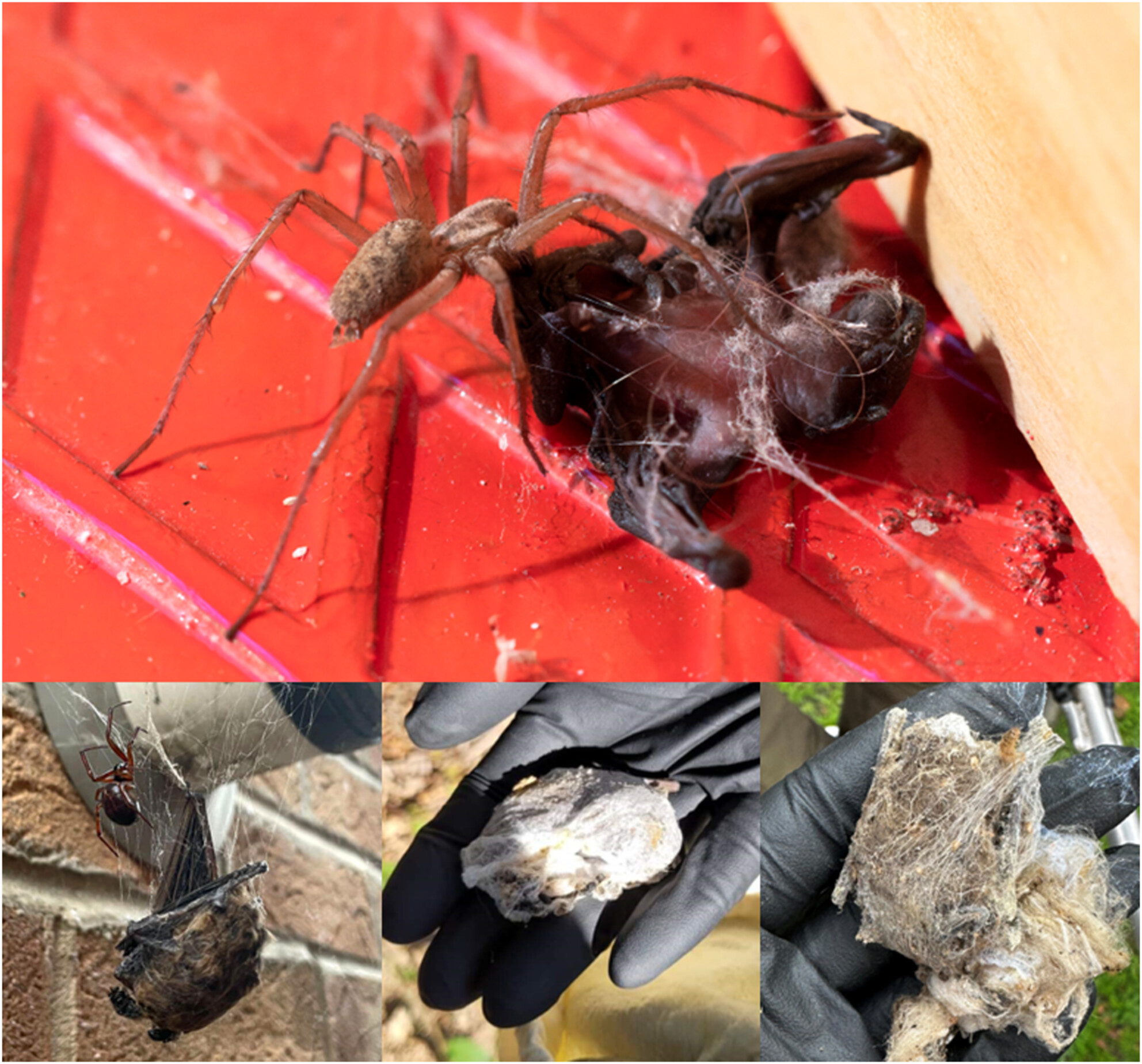
Despite their diverse predatory tactics, spider predation on bats remains understudied, particularly in temperate regions. This article provides detailed observations of bat predation and mortality by spiders in Europe, including the first record of a spider capturing and consuming a bat pup in Spain, as well as accounts of bats entangled in spider webs on a building and inside bat boxes in the United Kingdom. These findings offer new insights into unknown predator–prey interactions and emphasise the need for further research on the ecological relationship between these elusive nocturnal taxa.
RESEARCH ARTICLES
Properties of vertebrate predator–prey networks in the high Arctic
- First Published: 30 May 2024

Predation is an important ecological process, particularly in arctic environments, which undergo rapid environmental change. Vertebrate trophic networks from a fragmented terrestrial ecosystem on northern Ellesmere Island and north Greenland were less complex, had more specialized interactions, and were more nested and more modular than random expectations. Networks also varied among several isolated peninsulas, which highlights the often-complex ecological responses to environmental characteristics.
ACADEMIC PRACTICE IN ECOLOGY AND EVOLUTION
Early research on anther-smut disease: A fuller view of science?
- First Published: 30 May 2024
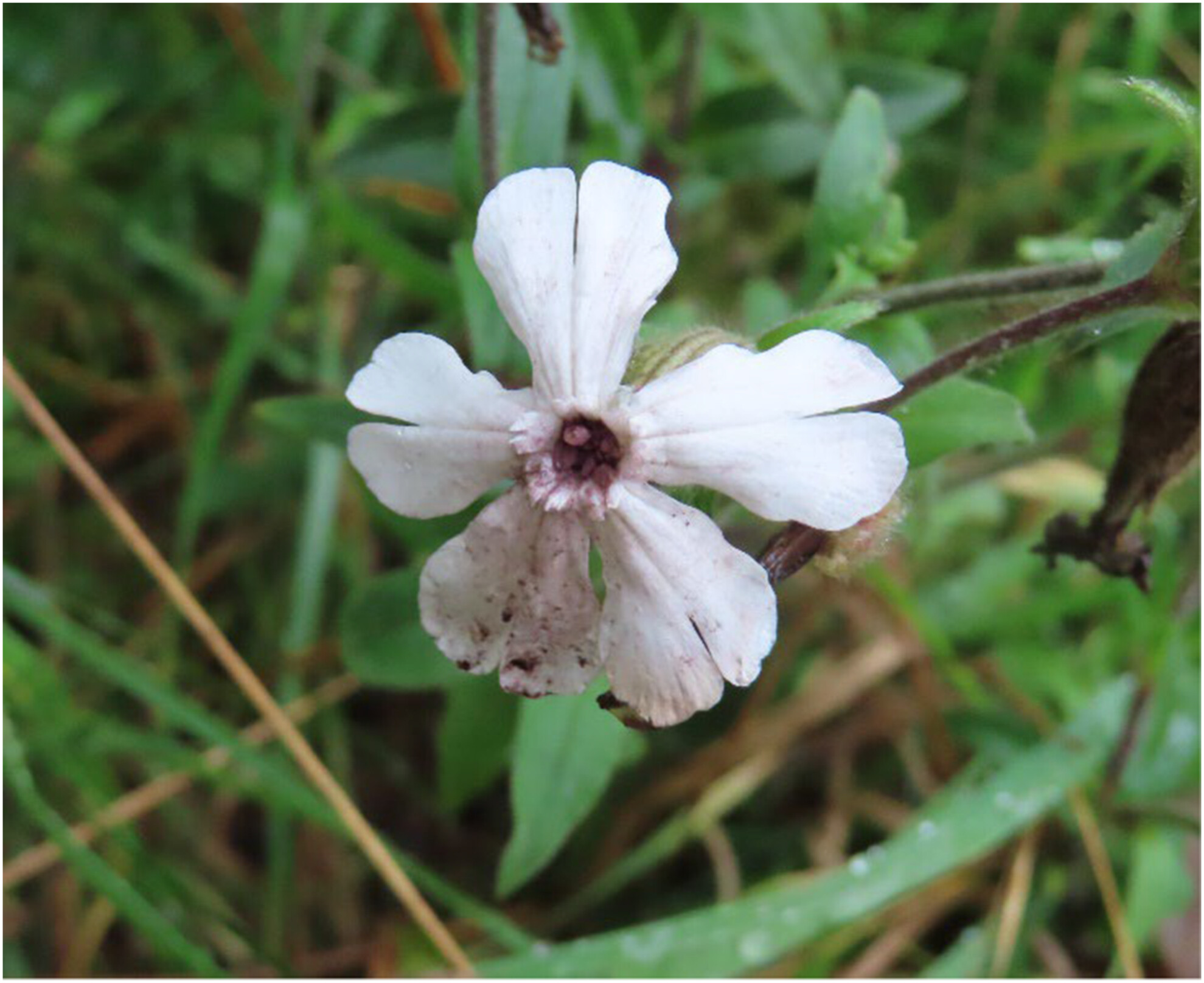
This paper shows by example that developing new research directions in ecology and evolution is not an impersonal process of sequential hypothesis testing but necessarily includes a strong human dimension where timelines and diversity of people and places play major roles. These aspects cannot be deduced from the published literature. This account will be useful for teachers and aspiring scientists and challenge standard perceptions about how science operates in reality.
RESEARCH ARTICLES
Woodland caribou calving fidelity: Spatial location, habitat, or both?
- First Published: 30 May 2024
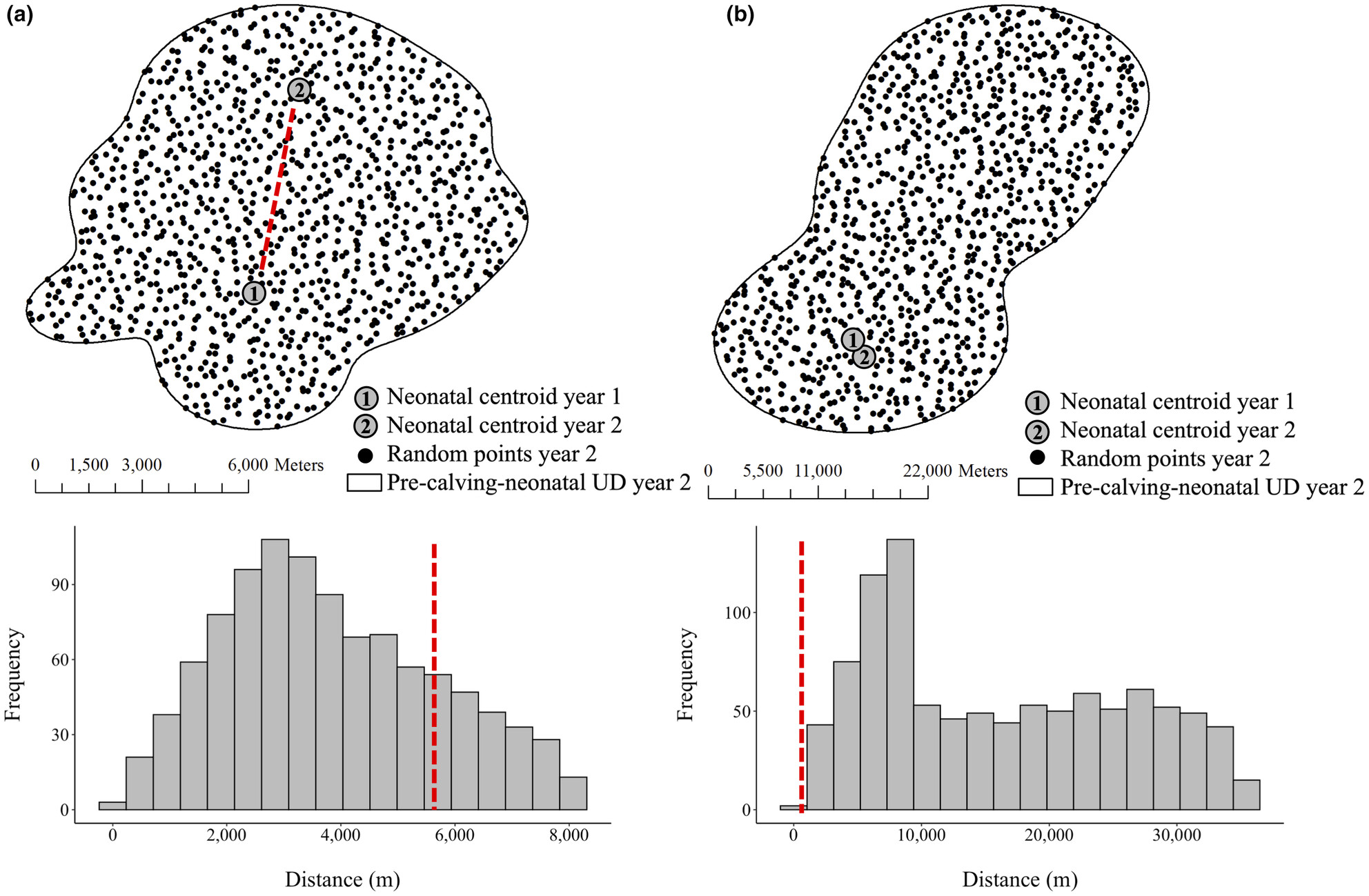
Majority of woodland caribou expressed some type of fidelity during the calving period with habitat fidelity (50%) being more frequently expressed in calving sequences than spatial fidelity (29%). Older individuals were more likely to express spatial fidelity, whereas lower availability of high-quality habitat increased the probability an individual expressed habitat fidelity. Our results indicate that protecting not only specific sites, but preferred calving habitat may be essential for enhancing opportunities for caribou calving.
Biogeography and diversity patterns of abundant and rare bacterial communities in paddy soils along middle and lower Yangtze River
- First Published: 04 June 2024
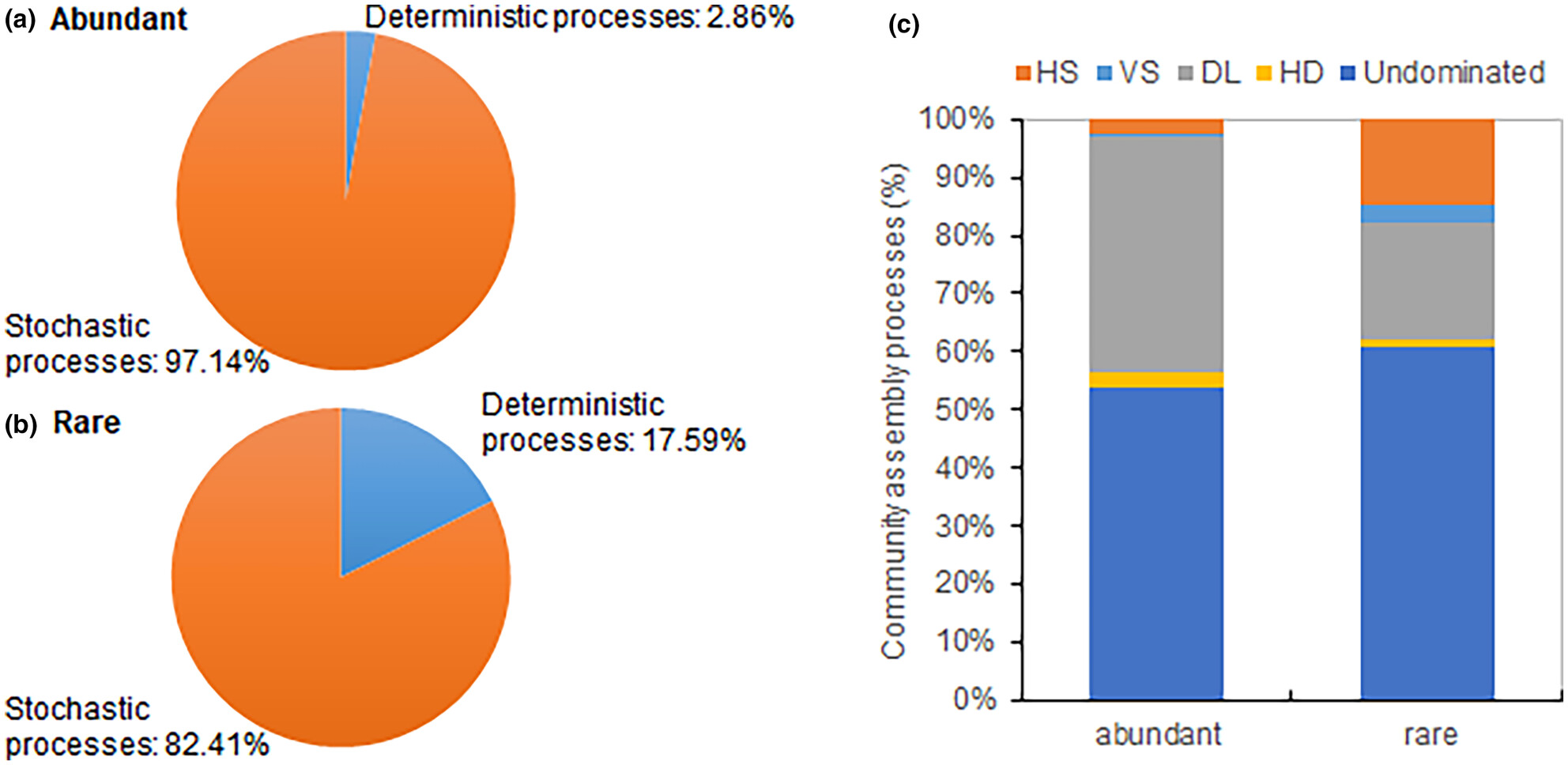
Abundant and rare bacterial communities exhibited differing biogeographic patterns, and Proteobacteria was the dominant phylum for both abundant and rare taxa in the paddy soils along the middle and lower of the Yangtze River. The assembly of the abundant community was more influenced by stochastic processes, although both the abundant and rare communities were governed by stochastic processes.
Phenotypic plasticity in the sailfin molly III: Geographic variation in reaction norms of growth and maturation to temperature and salinity
- First Published: 31 May 2024
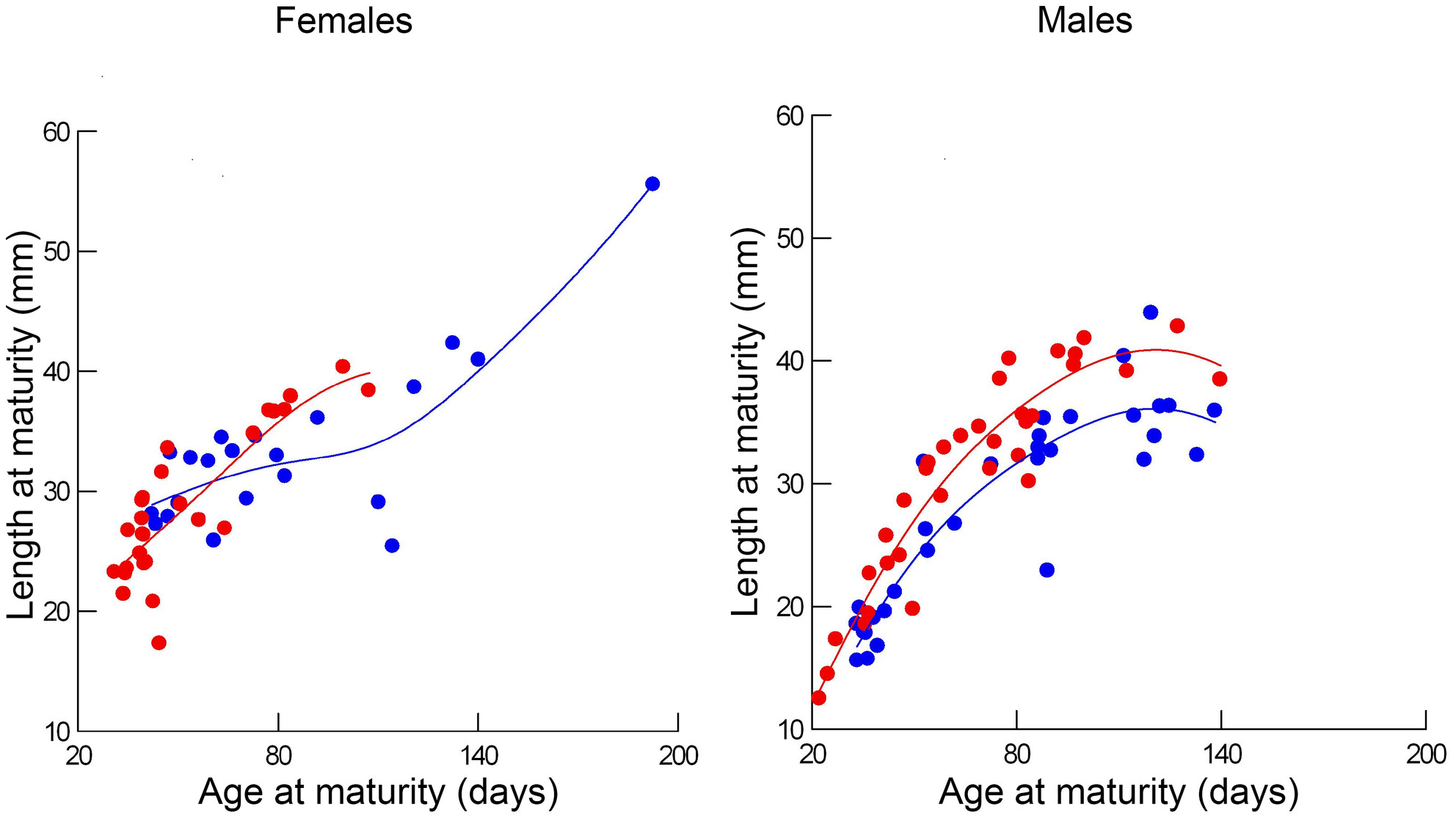
Sailfin mollies from South Carolina display a countergradient pattern of variation in growth and development compared to mollies from north Florida. Some patterns of plasticity to temperature and salinity variation are similar between fish from the two regions but others are different, with the South Carolina fish displaying, overall, less plasticity because of their more rapid growth and maturation at lower temperatures. Males are much less plastic than females.
Effects of floral resources on honey bee populations in Mexico: Using dietary metabarcoding to examine landscape quality in agroecosystems
- First Published: 17 June 2024
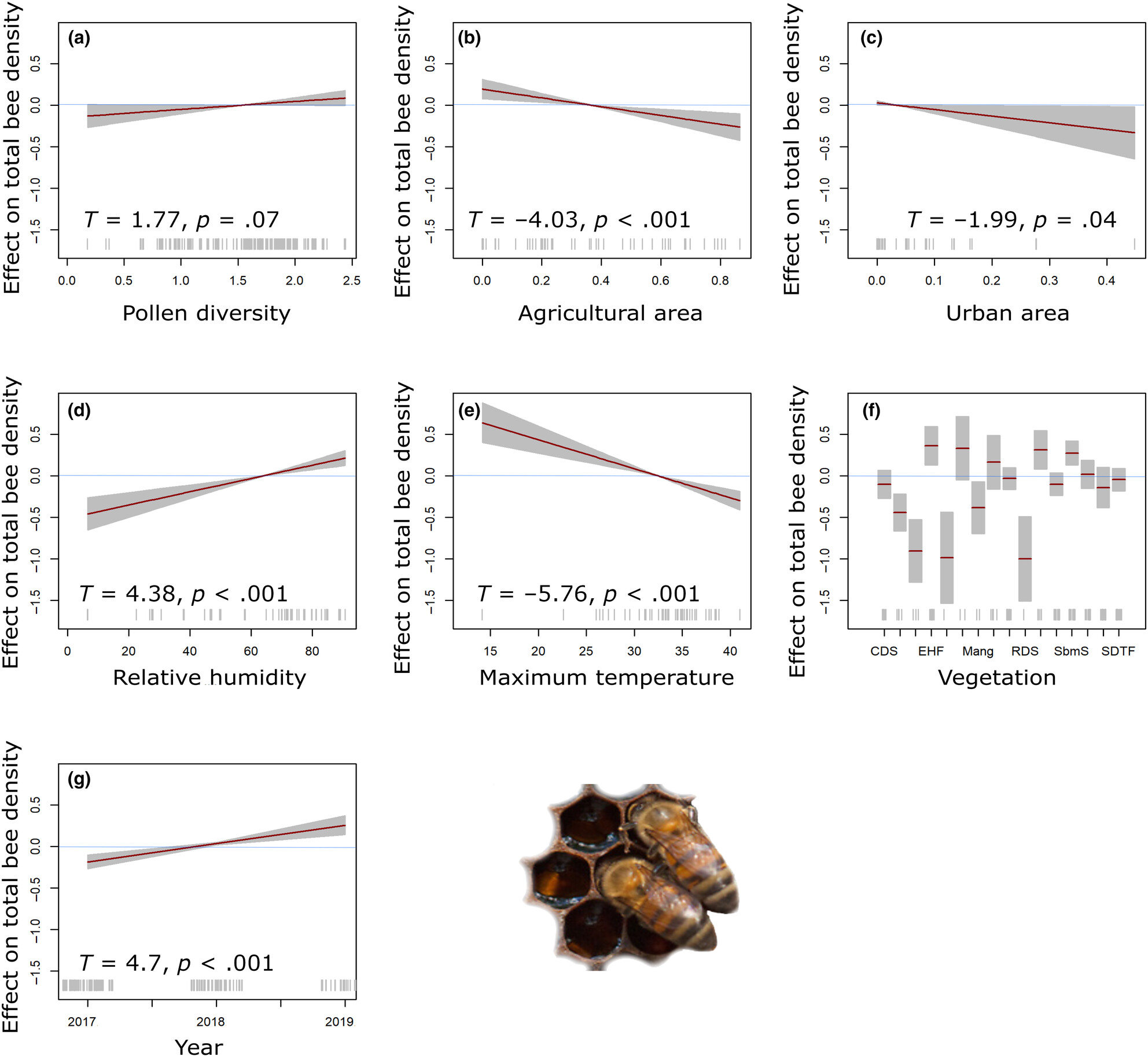
This study investigates how landscape diversity and climatic factors affect the populations and nutritional health of honey bee colonies in Mexico. It was found that greater landscape diversity correlates with higher pollen diversity, while areas with more agriculture and urbanization show lower bee densities. The results underscore the importance of preserving diverse habitats to support bee health and, by extension, human food security.
Remote sensing monitoring and potential distribution analysis of Spartina alterniflora in coastal zone of Guangxi
- First Published: 31 May 2024

In this paper, we employed harmonic regression analysis to fit time series data of vegetation indices based on Landsat 7/8 images and achieved the mapping of Spartina alterniflora in coastal zone of Guangxi from 2009 to 2020 by combining the extracted phenological features with random forest model. We used the Maxent model to evaluate the influence of natural environmental factors on the distribution ofS. alterniflora and analyzed the potential distribution.
Temperature and soil moisture manipulation yields evidence of drought-induced pollen limitation in bee-pollinated squash
- First Published: 02 June 2024
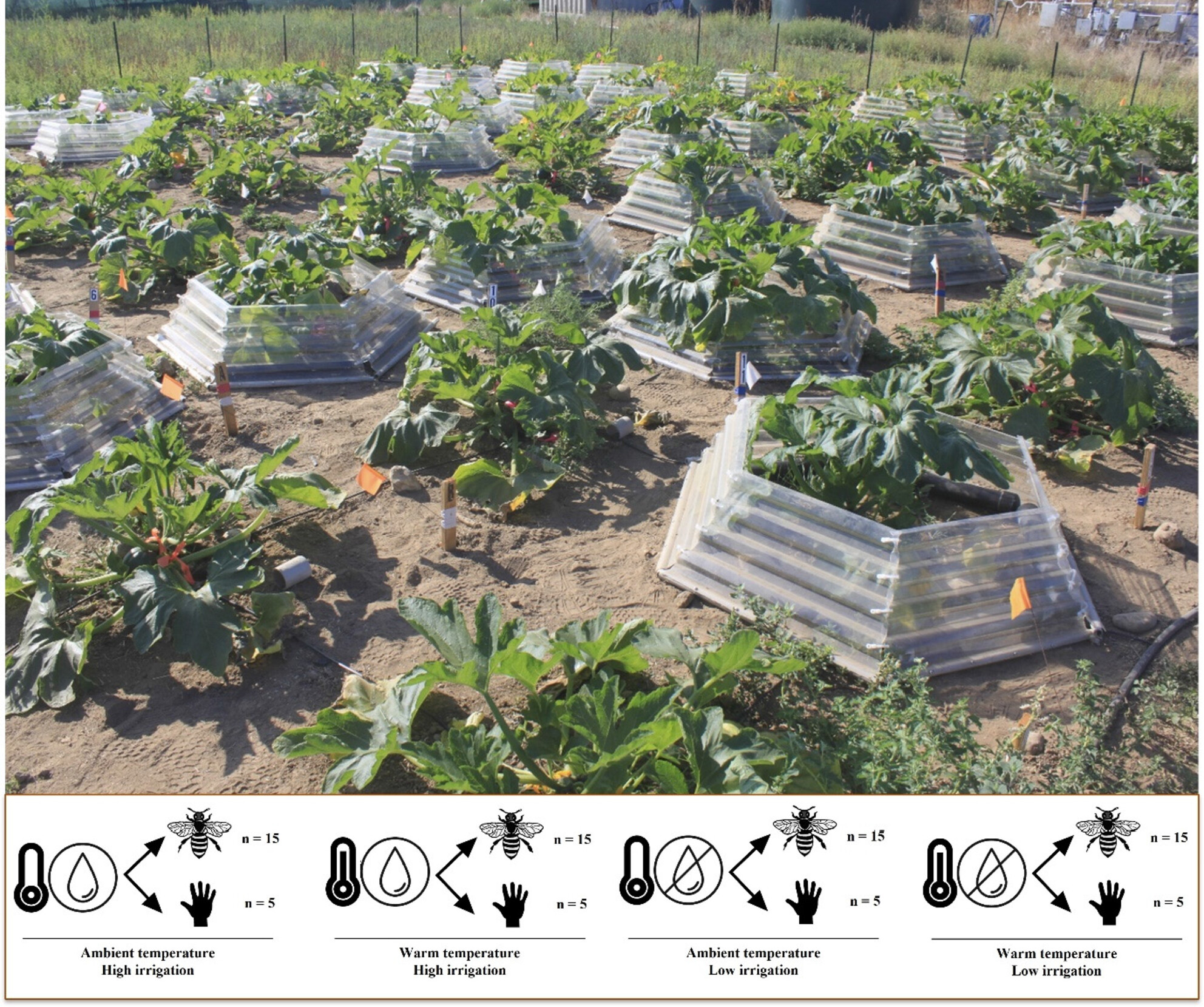
Climate change alters environmental conditions in ways that directly and indirectly affect plants. We investigated how warming and drought impacted reproduction in bee-pollinated squash using a fully crossed factorial temperature by irrigation manipulation experiment. By teasing apart the direct (in hand-pollinated plants) and indirect (in bee-pollinated plants) effects on plant reproductive success, we found that pollinators likely mediated drought-induced pollen limitation by transporting and depositing pollen from plants experiencing soil-moisture limitation.
CORRECTION
Correction to: Outcrossing in Caenorhabditis elegans increases in response to food limitation
- First Published: 03 June 2024
THIS ARTICLE HAS BEEN RETRACTED
RETRACTED: Aerial imagery reveals abnormal stingrays, Taeniura lymma (Myliobatiformes: Dasyatidae), in the central Red Sea
- First Published: 30 May 2024
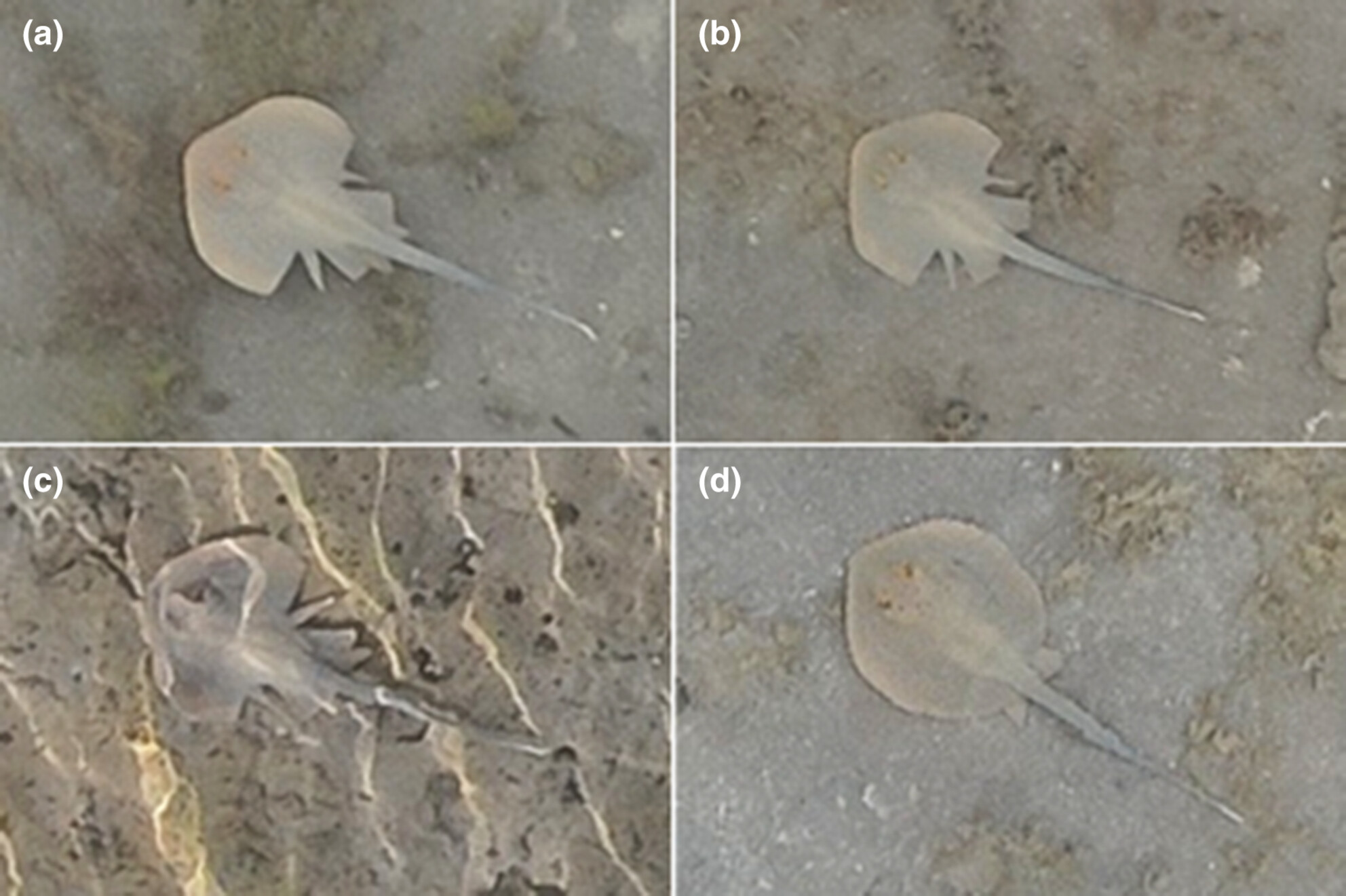
In this paper, we present two individuals of the bluespotted ribbontail ray, Taeniura lymma (Forsskål, 1775), with symmetrically deformed posterior pectoral fins. Both individuals were observed through aerial imagery on a coastal sandflat in the central Red Sea (22.30° N, 39.09° E). Our observations constitute the first report of a morphological abnormality in T. lymma.
RESEARCH ARTICLES
Potential planting regions of Pterocarpus santalinus (Fabaceae) under current and future climate in China based on MaxEnt modeling
- First Published: 30 May 2024
ACADEMIC PRACTICE IN ECOLOGY AND EVOLUTION
Harnessing open science practices to teach ecology and evolutionary biology using interactive tutorials
- First Published: 30 May 2024

Open science skills are becoming increasingly important in academic and industry working environments in the fields of ecology and evolutionary biology (EEB). Yet, learning EEB concepts alongside open science skills such as programming is challenging for undergraduate students. To address this issue, we developed six open-access interactive tutorials integrating open science tools, programming, and data literacy into undergraduate teaching on topics of ecology and evolution.
VIEWPOINT
Shifting institutional culture to develop climate solutions with Open Science
- First Published: 31 May 2024
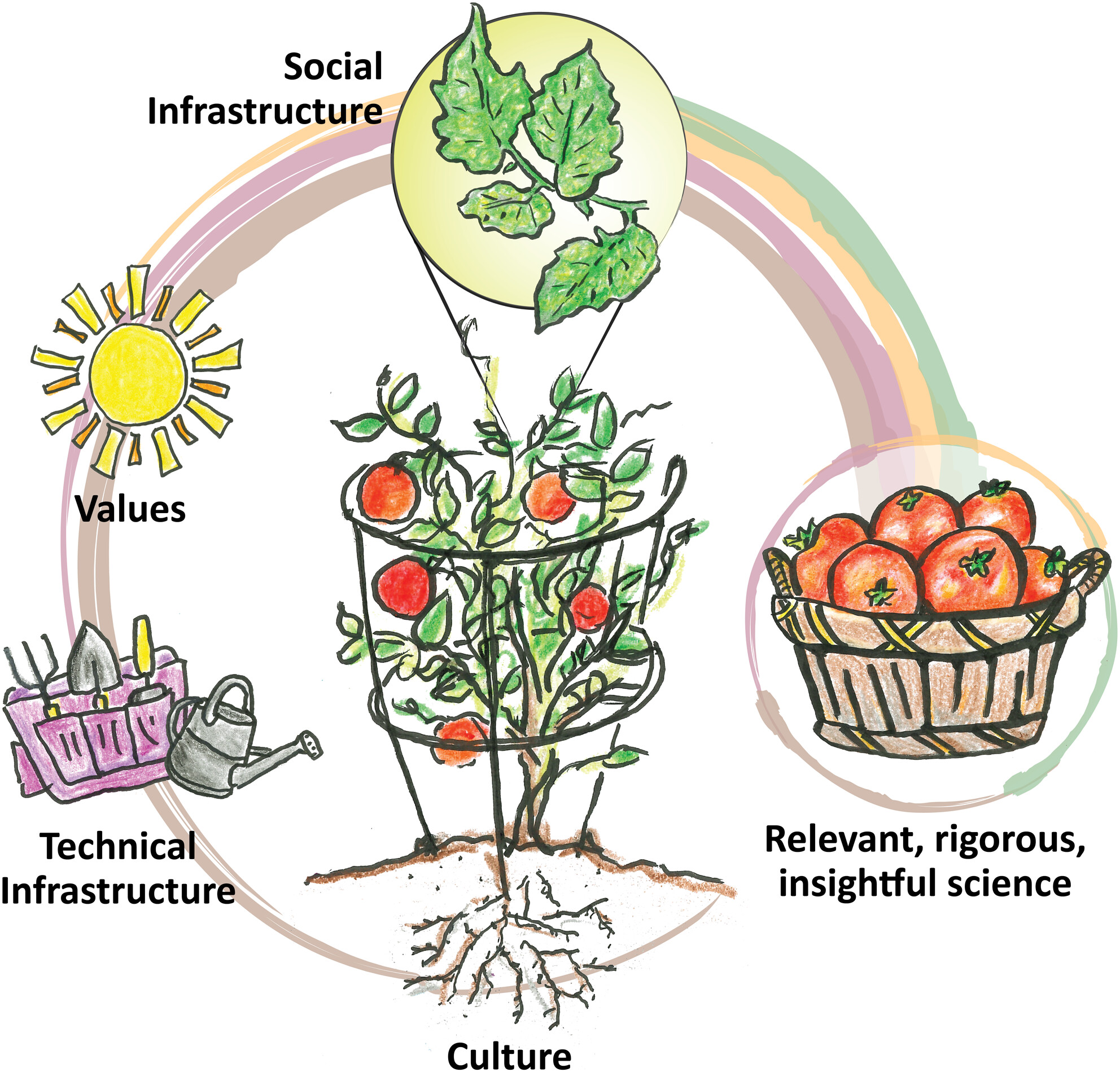
To address our climate emergency, “we must rapidly, radically reshape society”—Johnson & Wilkinson, All We Can Save. In science, reshaping requires formidable technical (cloud, coding, and reproducibility) and cultural shifts (mindsets, hybrid collaboration, and inclusion). We are a group of cross-government and academic scientists who are exploring better ways of working and not being too entrenched in our bureaucracies to do better science, support colleagues, and change the culture at our organizations, and we share much-needed success stories and action for what we can all do to reshape science as part of the Open Science movement and 2023 Year of Open Science.
RESEARCH ARTICLES
New World dung beetle (Coleoptera: Scarabaeidae: Scarabaeinae) colonization of a recent Miocene insular territory: The case of Costa Rica
- First Published: 30 May 2024
Long-term changes in autumn–winter harvest distributions vary among duck species, months, and subpopulations
- First Published: 03 June 2024
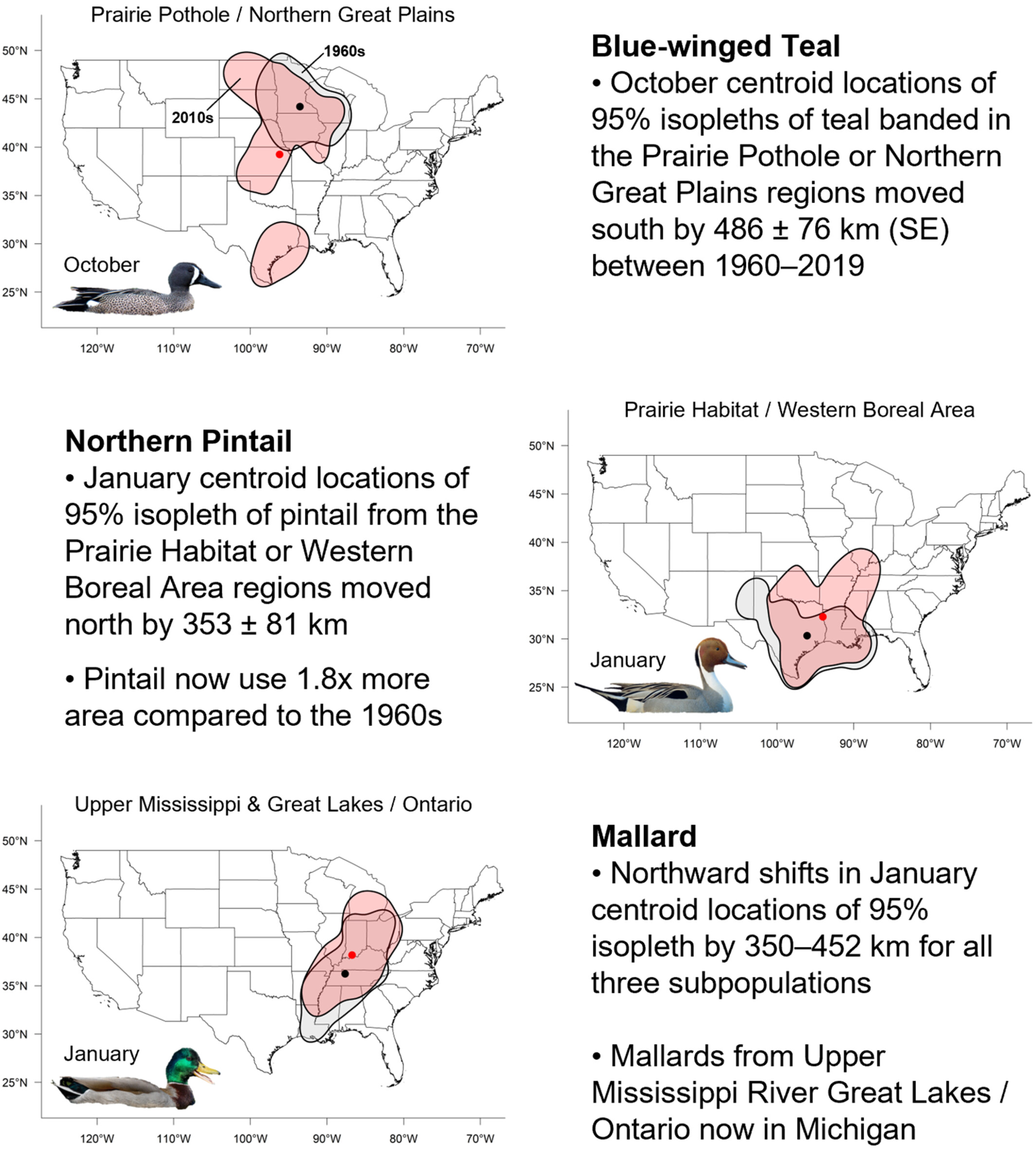
Maps of 95% isopleths of utilization distributions of blue-winged teal, mallard, and northern pintail bands recovered in the Central and Mississippi flyways of North America between 1960 and 2019 for the banding region and month in which species-specific shifts were greatest. Shown are isopleths (polygons) and centroid locations (points) of bands recovered during 1960–1969 (gray/black) or 2010–2019 (red).
Embryonic heart rate is higher in species that experience greater nest predation risk during incubation
- First Published: 30 May 2024
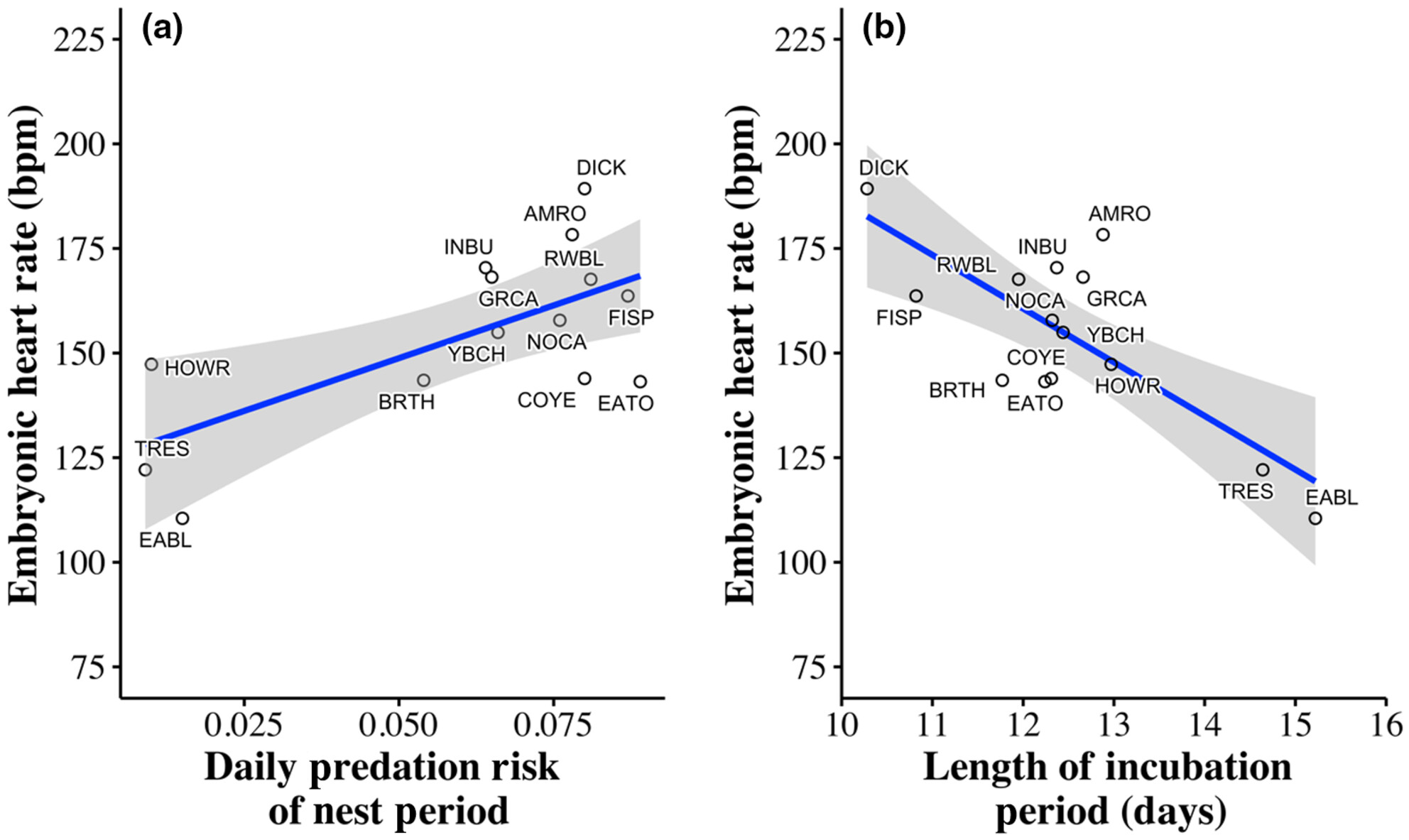
We investigated potential factors affecting embryonic heart rate (EHR), a proxy of development, in 14 wild songbird species in east-central Illinois, USA. Within species we found that EHR was positively associated with embryonic age and egg temperature, while EHR among species were positively associated with nest predation risk. Consistent with past research on avian life histories, our findings suggest that predation risk plays an important role in governing variation in EHR (and developmental rates) among songbird species.
Dublin Hareport: The movement ecology and airfield interactions of resident, airside hares, at an international airport
- First Published: 30 May 2024
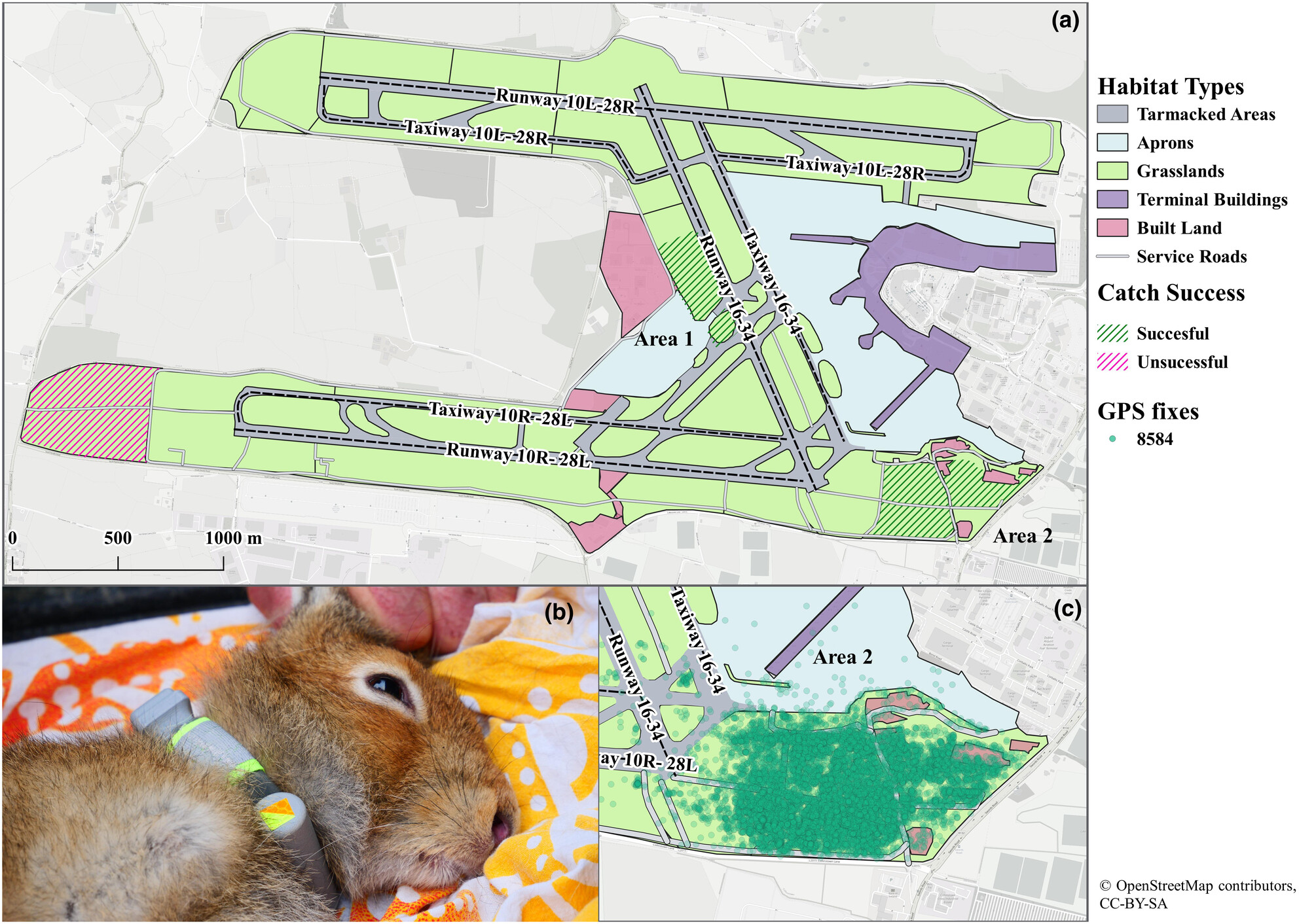
Here, we present the first GPS data describing the movement ecology and spatial use of mammals on an airfield, using the Irish hare (Lepus timidus hibernicus), at Dublin International Airport, through the deployment of five GPS collars. A total of 4571 active area interactions were recorded between December 2021 and August 2022, with all five hares engaging with manoeuvring areas. This research has important implications for wildlife hazard management.
Modelling reindeer rut activity using on-animal acoustic recorders and machine learning
- First Published: 25 June 2024

We tested the utility of on-animal acoustic recorders for recording animal behaviours and documenting the rutting activity of reindeer through their acoustic repertoires. We used machine learning to process the acoustic recordings of mobile animals wearing recorders. We were able to effectively use convolutional networks to describe the rutting activity of reindeer who were wearing on-animal acoustic recorder.
Host resources and parasite traits interact to determine the optimal combination of host parasite-mitigation strategies
- First Published: 19 June 2024
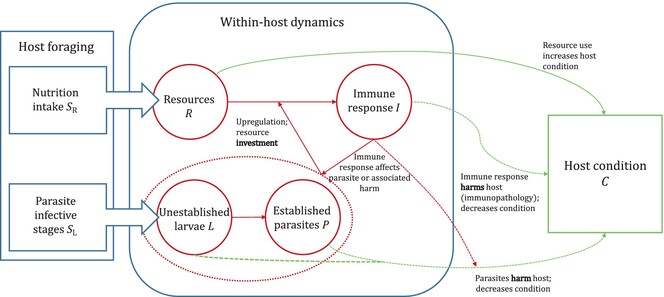
We present a mathematical model of within-host, immune-parasite dynamics. We investigate how host nutrition, parasite life-history and immune strategies interact to determine host outcomes. We find that hosts do best when prioritising tolerance of infection by repairing damage, combined with a low level of parasite resistance.
NATURE NOTES
Recovering predators link aquatic and terrestrial ecosystems: River otters subsidize coyotes with carrion
- First Published: 17 June 2024
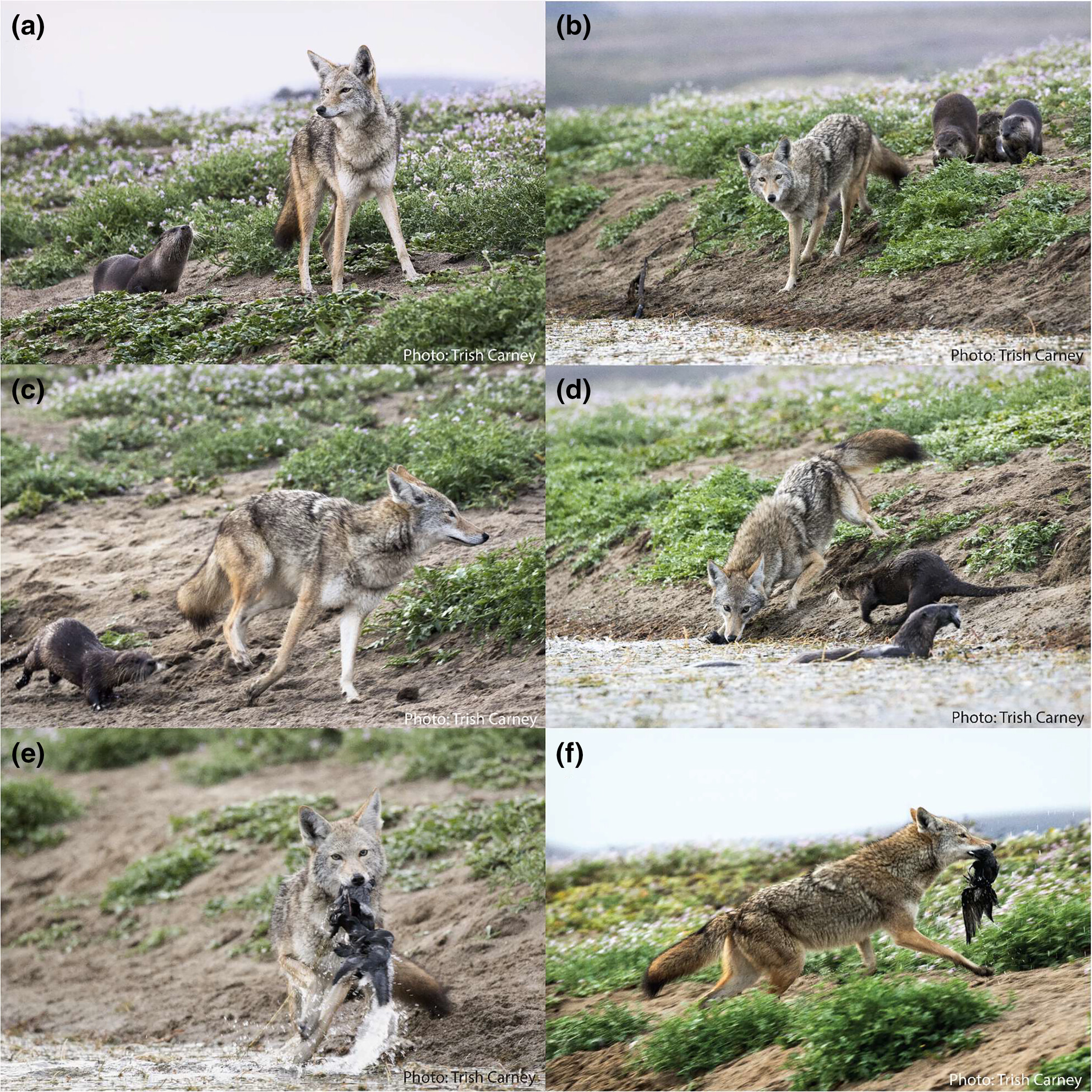
We describe a novel species interaction in which coyotes (Canis latrans) kleptoparasitize North American river otters (Lontra canadensis) in a region of river otter recovery along the north-central California coast, USA. We describe eight observations of coyotes scavenging otter-killed waterbird carrion, including one observation in which river otters aggressively defended their prey from a coyote kleptoparasite. These observations highlight the importance of carrion provisioning as an overlooked pathway through which river otters facilitate nutrient subsidies to terrestrial scavengers, and we outline hypotheses and questions regarding the ecological consequences of this cross-ecosystem linkage.
RESEARCH ARTICLES
Determining critical periods for thermal acclimatisation using a distributed lag non-linear modelling approach
- First Published: 31 May 2024
A framework for identifying factors controlling cyanobacterium Microcystis flos-aquae blooms by coupled CCM–ECCM Bayesian networks
- First Published: 25 June 2024
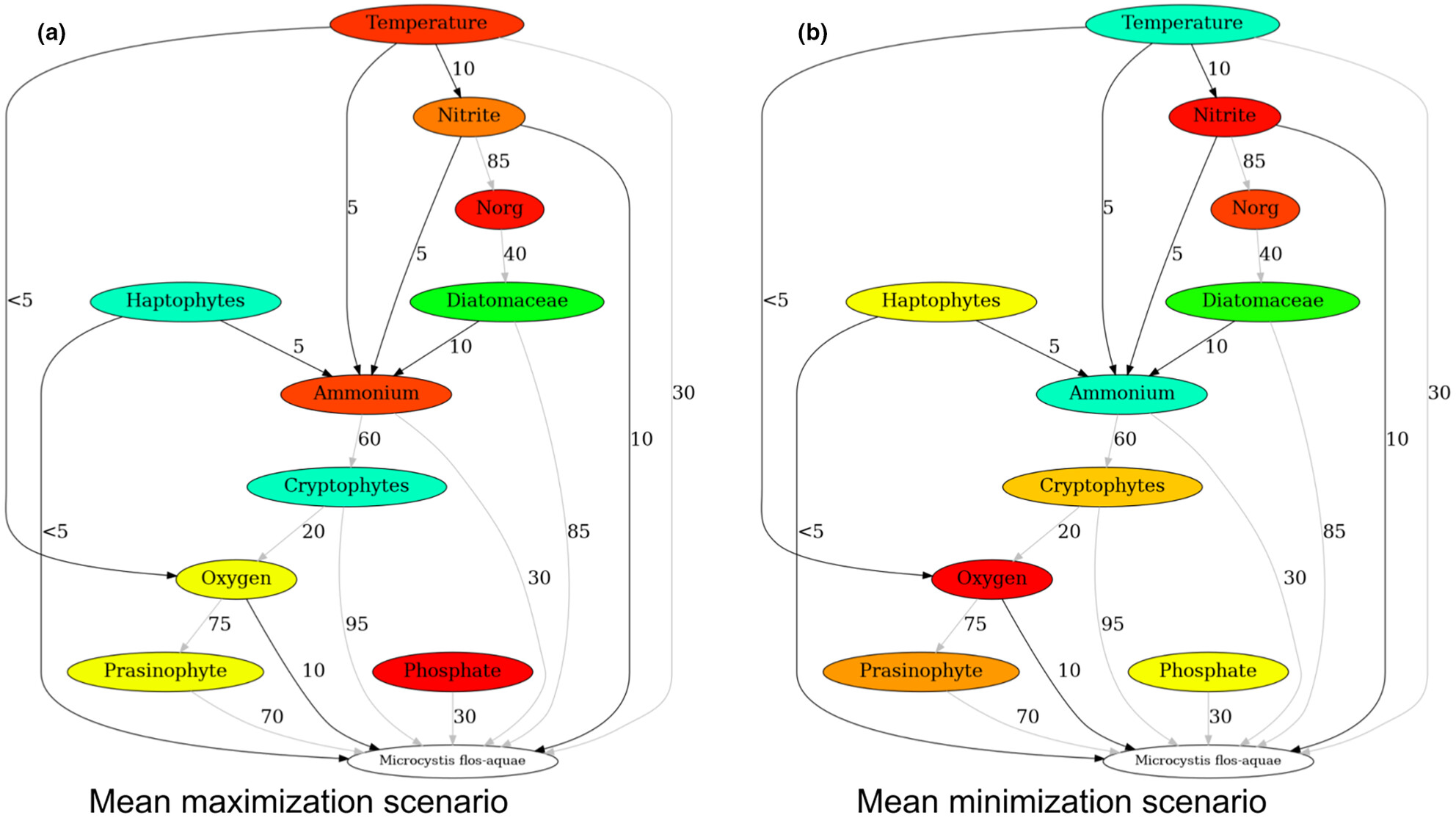
This study introduces a computational framework to analyze the causes of cyanobacterial harmful algal blooms (cyanoHABs) in Lake Kinneret. By integrating CCM and Extended CCM (ECCM) causal networks with Bayesian Network (BN) model, we uncovered significant interactions among various factors influencing cyanoHAB formation. The framework provides a more comprehensive understanding of the mechanisms driving cyanoHABs, capturing complex interactions and offering explainable prediction models by considering causal relationships, temporal dynamics, and joint probabilities of environmental factors.
Breeding ecology of the Asian openbill in eastern Nepal: Larger trees support higher fledgling success
- First Published: 18 June 2024
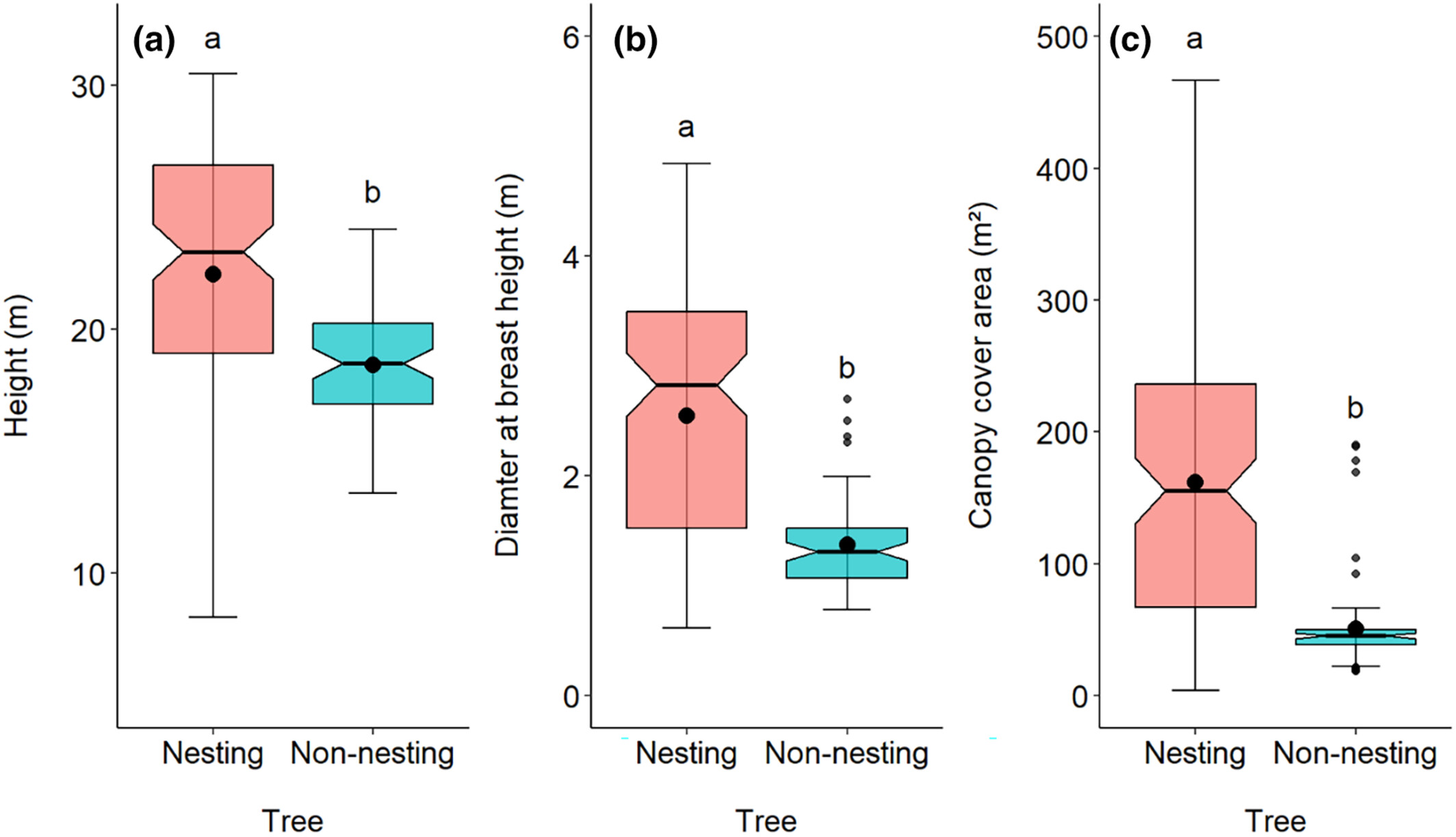
We found a large number of breeding colonies of Asian openbill across human-dominated landscapes in eastern lowland Nepal. The Asian openbill showed a preference for large trees, with Bombax ceiba being the most favored species. Our research provides valuable baseline data for the development of comprehensive conservation plans and policies for these storks in eastern Nepal.
African dryland antelope trade-off behaviours in response to heat extremes
- First Published: 06 June 2024
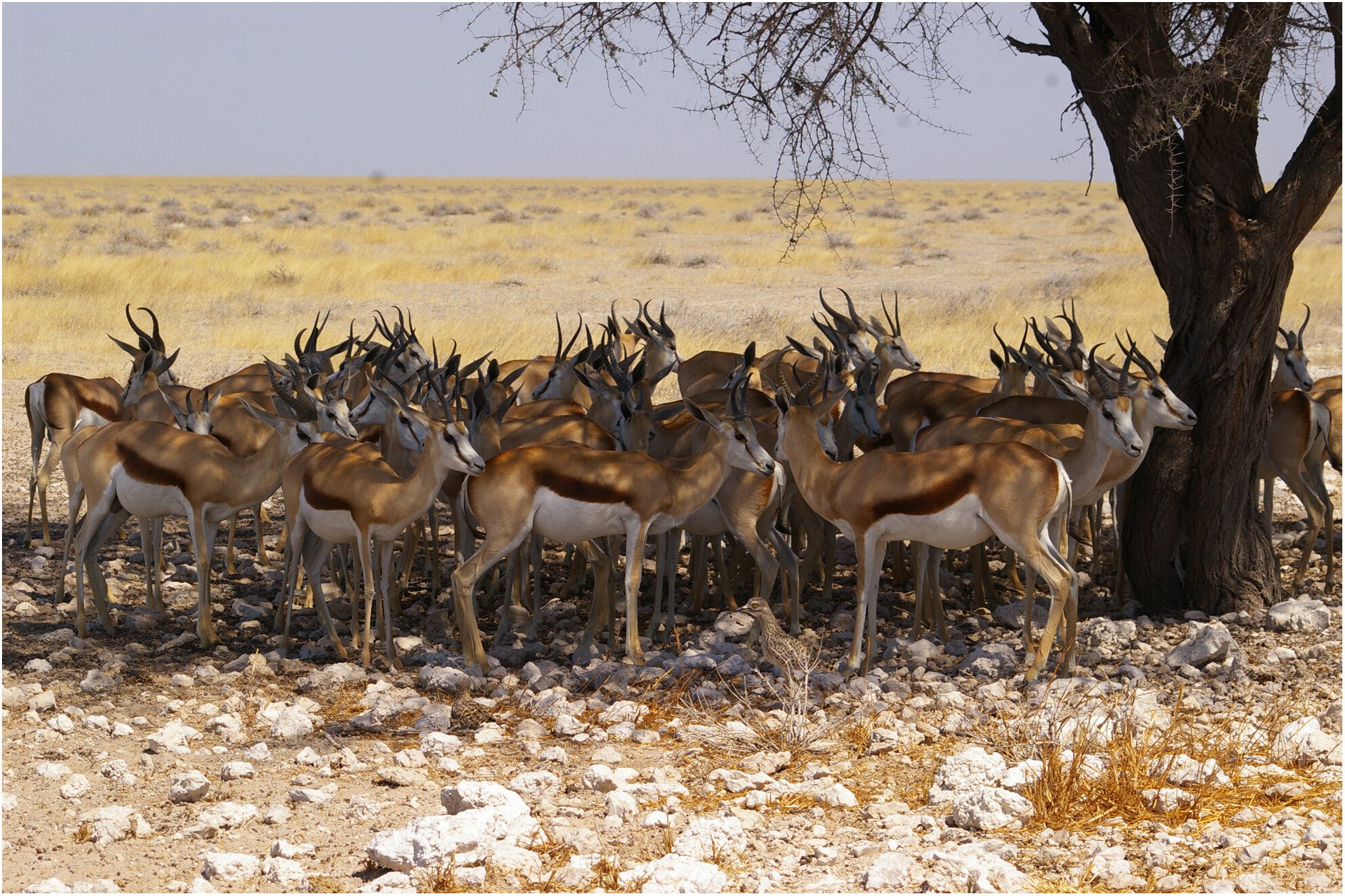
This study examines the impact of extreme heat on the behaviour of three African antelope species in a dryland savanna. It finds that extreme afternoon heat reduces feeding time, increases ruminating and resting time, but minimally affects walking time across all species, while affecting energy expenditure on active behaviours. While some compensations for heat-driven behavioural changes occur over the 24-hour cycle, significant differences persist, suggesting potential fitness consequences.
The role of bromeliad structural complexity on the presence, spatial distribution and predator avoidance in Tityus neglectus (Scorpiones: Buthidae)
- First Published: 04 June 2024
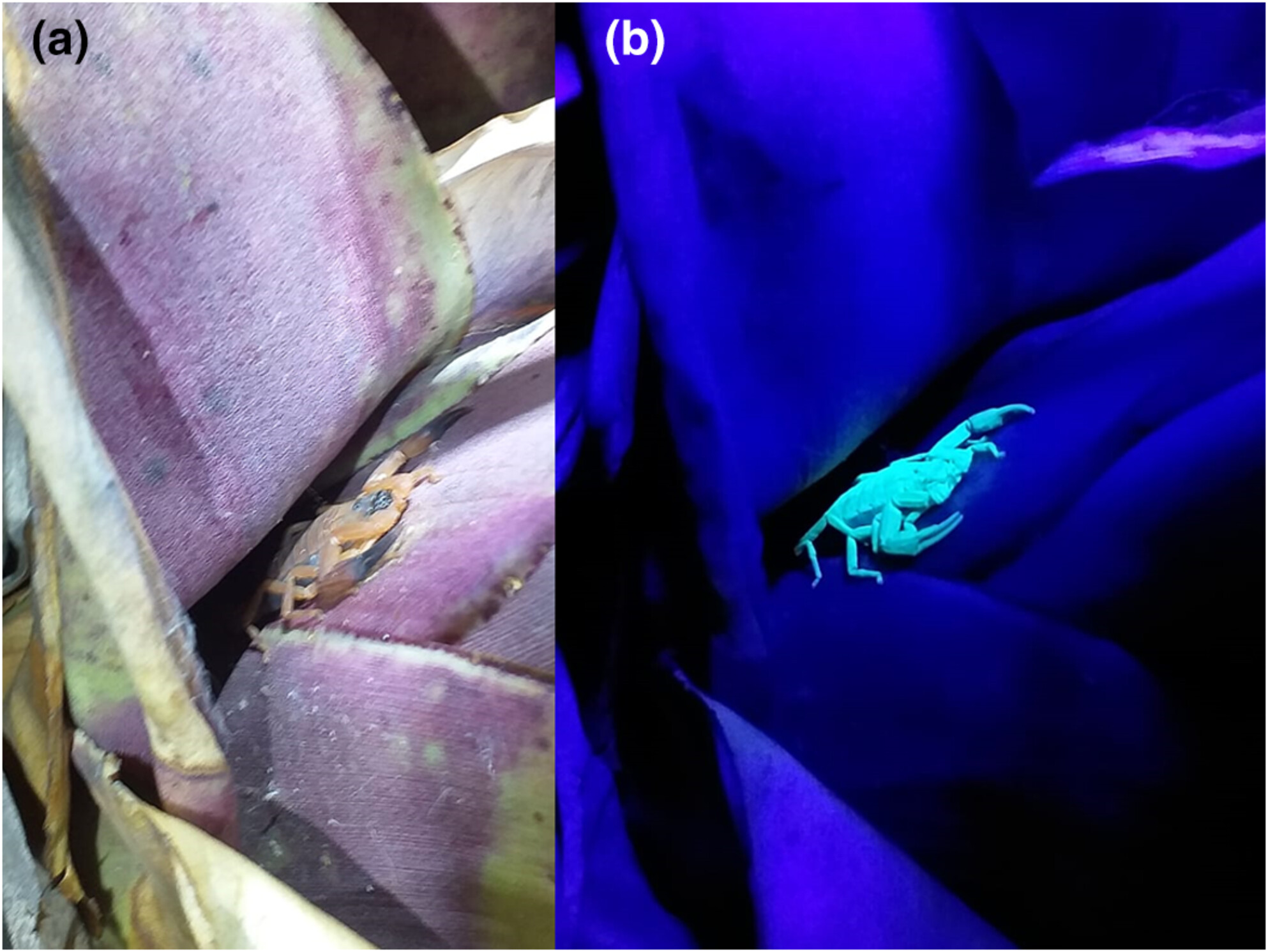
Due to remarkable architectural design featuring rosette-like leaf arrangements, bromeliads serve as habitats for various species. Bromeliad architecture is a key factor in the spatial distribution and occurrence of the Tityus neglectus scorpion. Furthermore, T. neglectus is able to use the water accumulated in the phytotelm to escape potential predators.
Treed Gaussian processes for animal movement modeling
- First Published: 02 June 2024
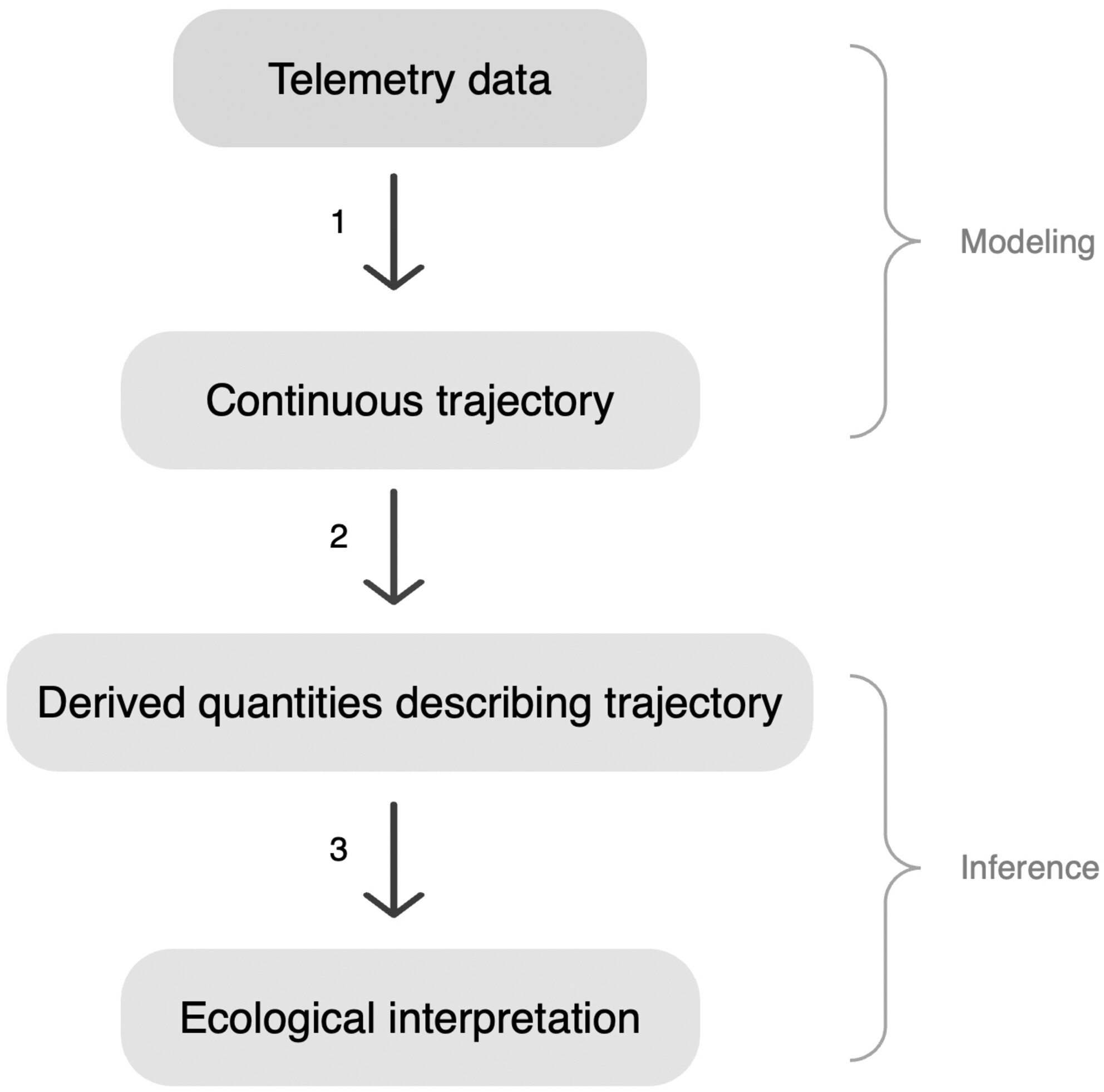
We apply a recently developed Bayesian machine learning model to both increase the accessibility of complex animal movement models and simultaneously achieve advanced modeling of highly varied telemetry data. By nesting this model within a widely applicable inferential framework and utilizing an accessible R package for modeling, we facilitate application by practitioners to model trajectories, estimate movement descriptors, and answer applied management questions.
Warming effects on the life cycles of two parasitic copepods with different invasion histories
- First Published: 25 June 2024
The effects of environmental variability and forest management on natural forest carbon stock in northwestern Ethiopia
- First Published: 06 June 2024
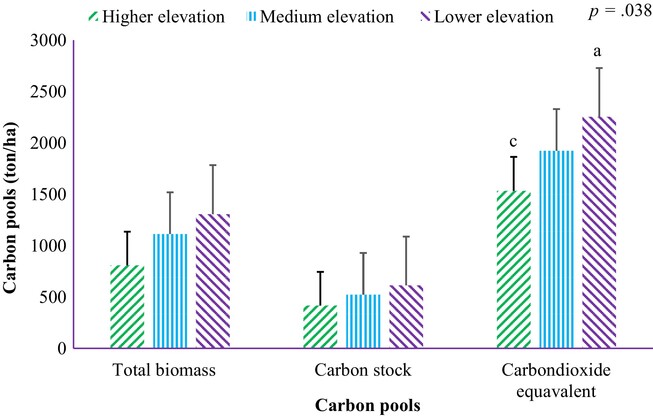
According to the study, the natural forest in the study area has significant carbon storage, which is essential for reducing climate change's effects and preparing for them. However, forest management practices like area enclosures boost the forest's ability to store carbon, while anthropogenic pressure declines the value of forest resources.
Patterns and processes underlying understory songbird communities in southern China
- First Published: 06 June 2024
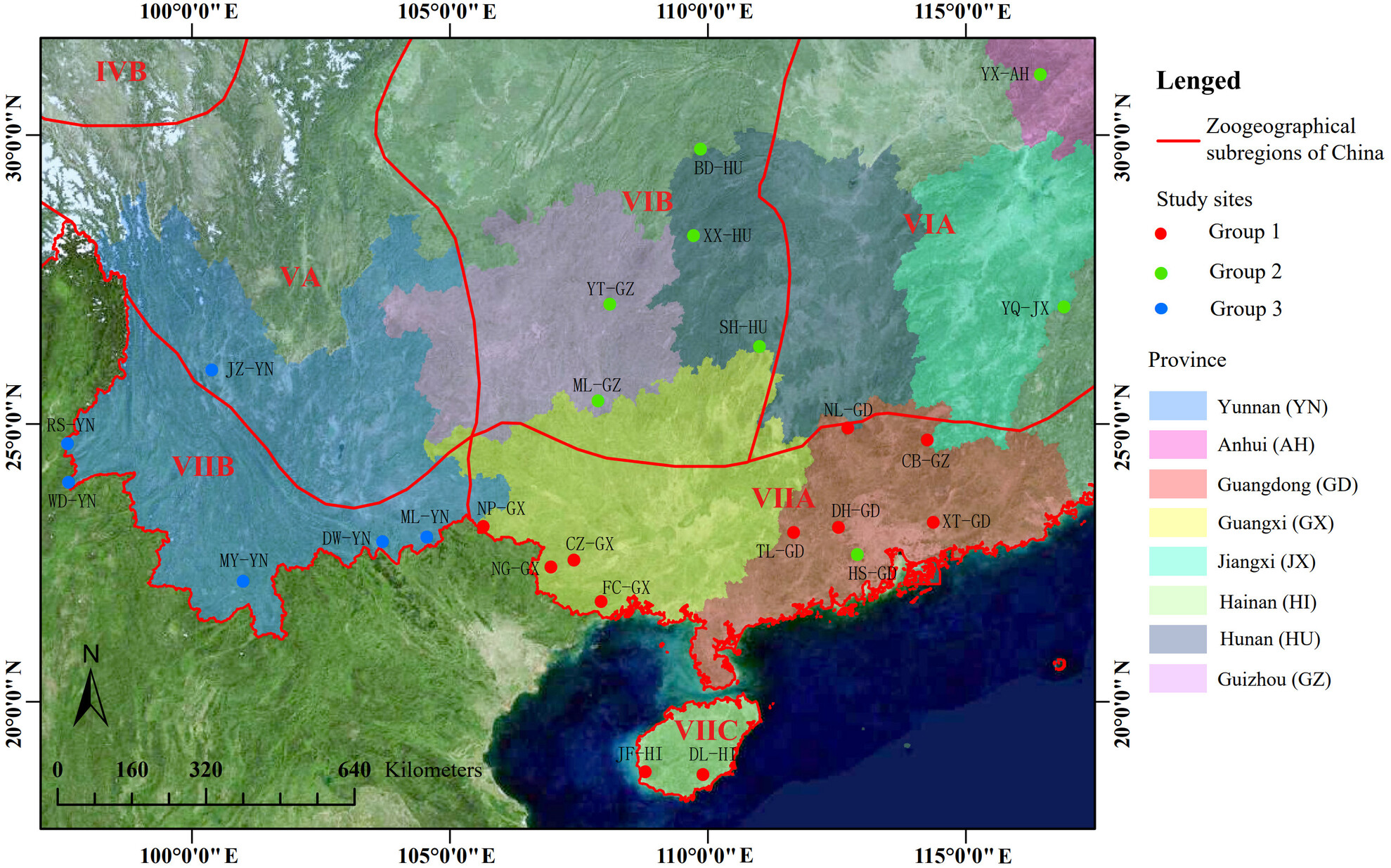
In this study, we investigated the distribution patterns of understory bird communities in southern China, elucidating the factors influencing their diversity. Our research fills a knowledge gap in understanding large-scale diversity patterns in songbird communities, thereby making a substantial contribution to the literature on avian ecology and evolution.
Factors associated with seedling establishment on logs of different fungal decay types—A seed-sowing experiment
- First Published: 04 June 2024
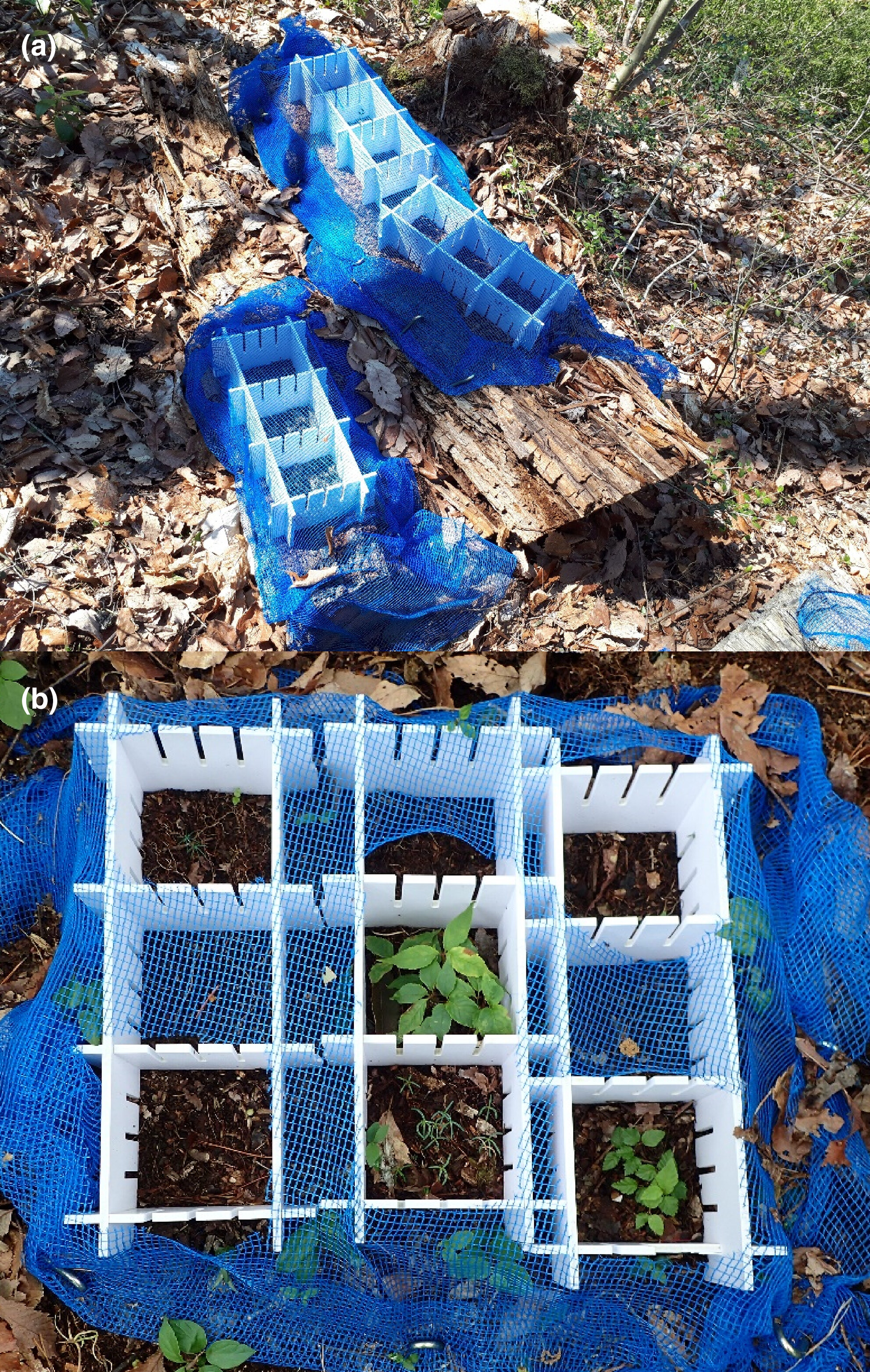
We examined germination, growth, and survival of six arbuscular mycorrhizal and six ectomycorrhizal tree species on three substrates (brown rot logs, white rot logs, and soil) by seed sowing experiments. The decay type (brown rot and white rot) affected seedling performance, depending on the seedling species, and the difference between the two mycorrhizal types was not clear. The effects of fungal wood decay type on nurse log regeneration of tree seedlings might be partly attributable to the difference in microbial communities within logs.
Habitat conditions filter stronger for functional traits than for phenology in herbaceous species
- First Published: 04 June 2024
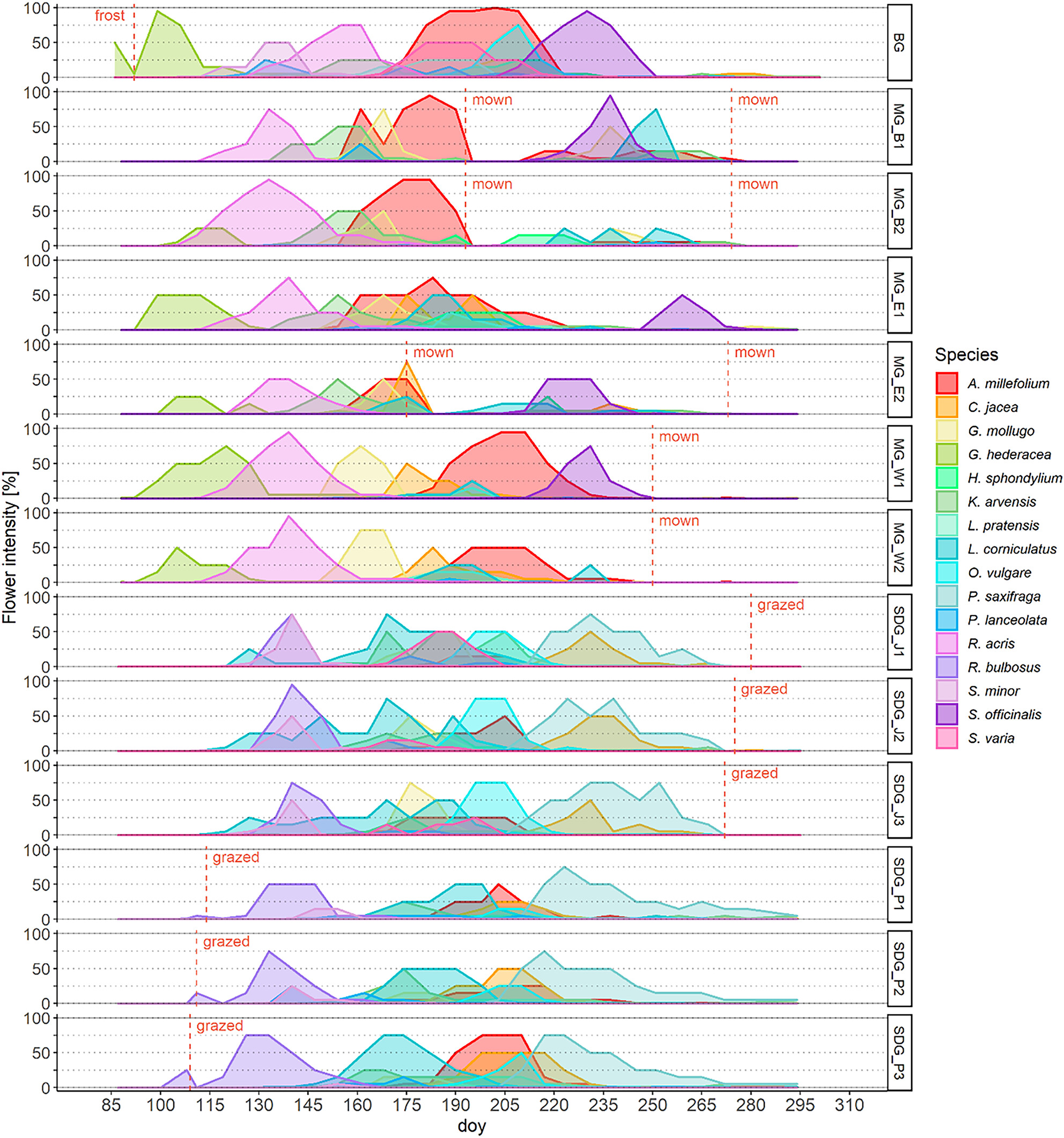
For 16 species, we monitored leaf and flowering phenology weekly for 133 populations in the botanical garden of Jena and semi-dry and mesophilic grasslands and compared them across habitats for whole plant, leaf and flower traits, across and phenological stages. Multivariate analyses showed that habitat conditions filtered stronger for functional traits than for phenology and populations on MG showed temporal niche segregation, whereas populations on SDG showed flowering synchrony. Our results show that species phenology was broadly similar between botanical gardens and local habitats but that for functional trait and for trait-phenology associations, habitat should not be neglected.
Life-history evolution in the orange-tailed skink populations living in different climates
- First Published: 18 June 2024
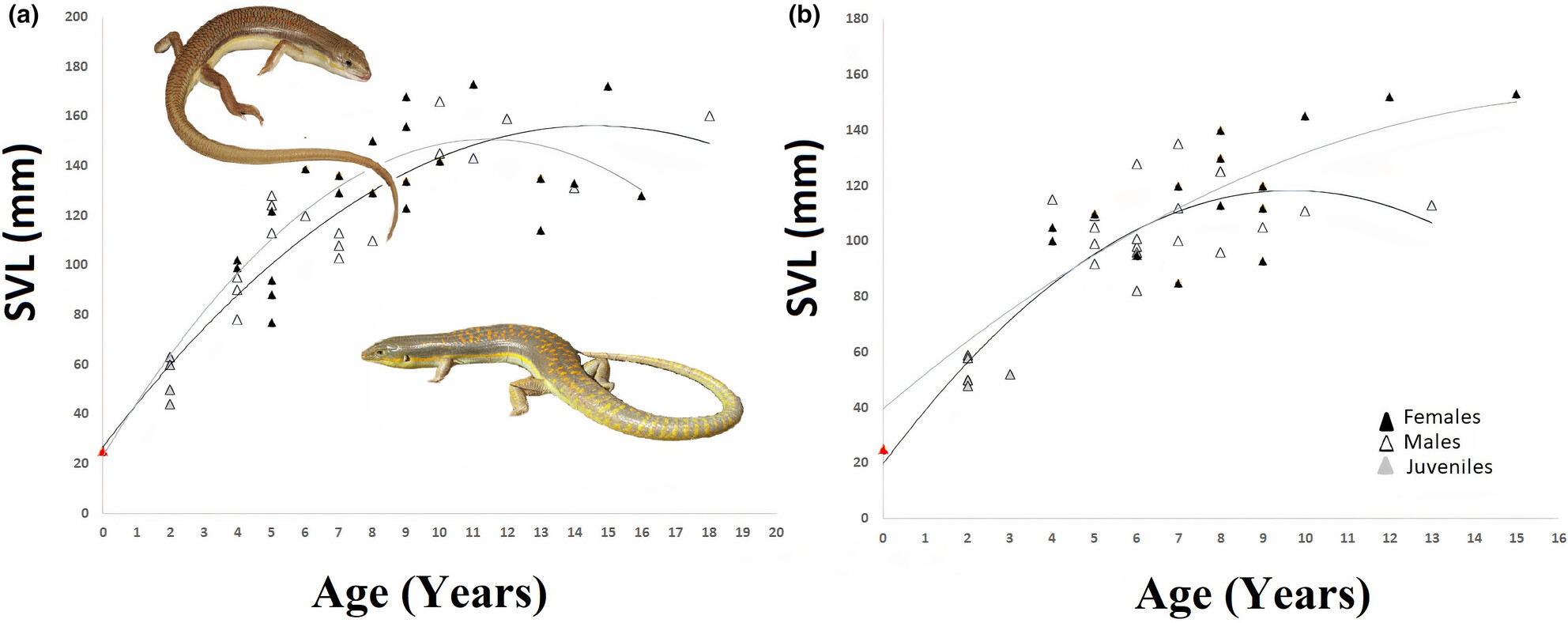
The life-history traits of ectothermic animals can be influenced by many abiotic factors, including climate. As an ectothermic species, we questioned whether the life-history characteristics of the orange-tailed skink (Eumeces schneiderii) populations differ between two different environments/climates. Our findings showed that lizards living in habitats characterized by milder Mediterranean climates had larger body sizes than continental populations, but both populations were similar in terms of mean age.
Heterospecific interaction in two beetle species: Males with weapons decrease the reproductive success of species with weaponless males
- First Published: 18 June 2024
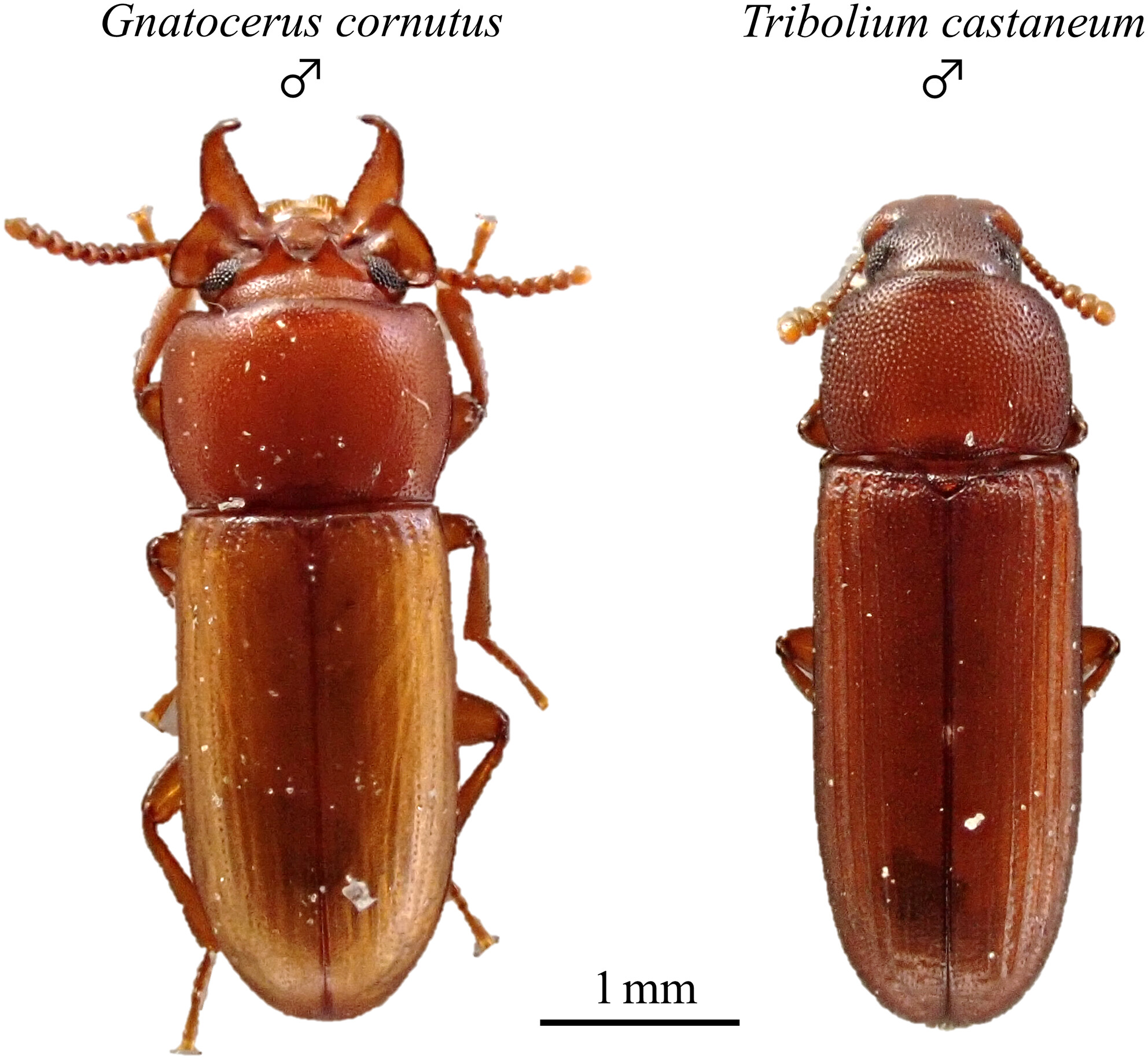
Weapon traits possessed by males of many species play an important role in male–male combat for reproduction, but it was unclear whether they affect reproduction in other species. We compared the reproductive success of each other using Gnatocerus cornutus, whose males have the weapon, and its close relative, Tribolium castaneum, whose males do not have weapon. We found that the presence of G. cornutus males reduced the reproductive success of T. castaneum, but not vice versa.
Invasive-plant traits, native-plant traits, and their divergences as invasion factors
- First Published: 25 June 2024
Field survey data for conservation: Evaluating suitable habitat of Chinese pangolin at the county-level in eastern China (2000–2040)
- First Published: 03 June 2024
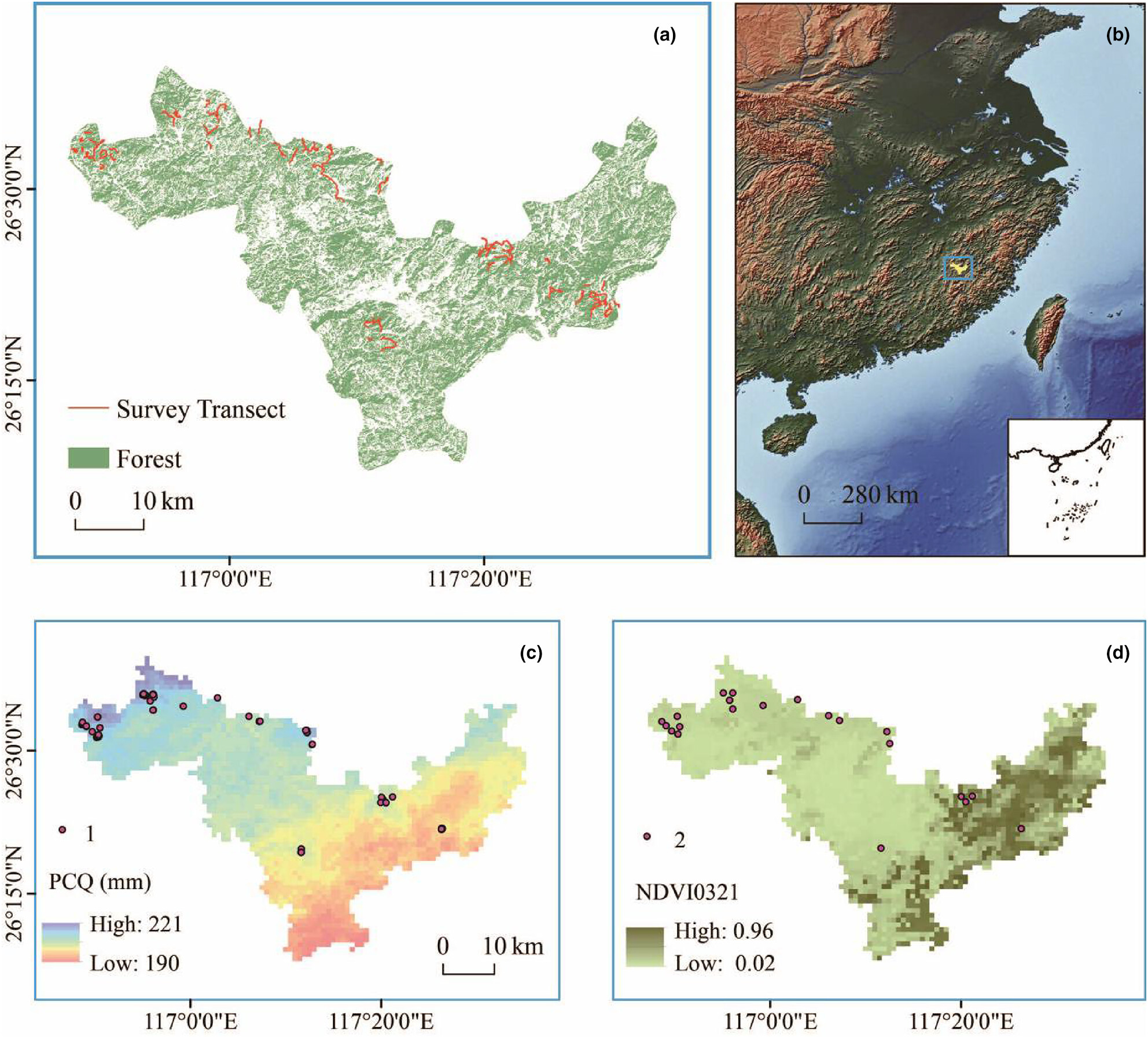
This research offered a clear and applicable research paradigm for the specific administrative level at which China operates, particularly pertinent to county-level jurisdictions with established protected areas. Given the constraints of the existing data and in order to more precisely evaluate the pangolin's situation at the county scale, the study underscored the paramount importance of conducting field surveys, deemed as the most urgent task at the time.
Evolutionary adaptations generally reverse phenotypic plasticity to restore ancestral phenotypes during new environment adaptation in cattle
- First Published: 04 June 2024
Our findings reveal that while numerous genetic transcriptomic changes were observed during the forward adaptation to highland environments, plastic changes predominantly facilitate the transformation of transcriptomes into a preferred state when Tibetan cattle are reintroduced to lowland habitats. Genes exhibiting ancestral plasticity generally undergo reversal through evolutionary adaptations, resulting in closer expression levels resembling their ancestral stage in evolved Tibetan cattle. A similar trend was also observed at the phenotype level, where a majority of biochemical and hemorheology traits displayed a tendency to revert to their ancestral patterns, suggesting that restoration of ancestral expression levels is a widespread evolutionary trend during adaptation.
The effect of terrain on the fine-scale genetic diversity of sub-Antarctic Collembola: A landscape genetics approach
- First Published: 18 June 2024
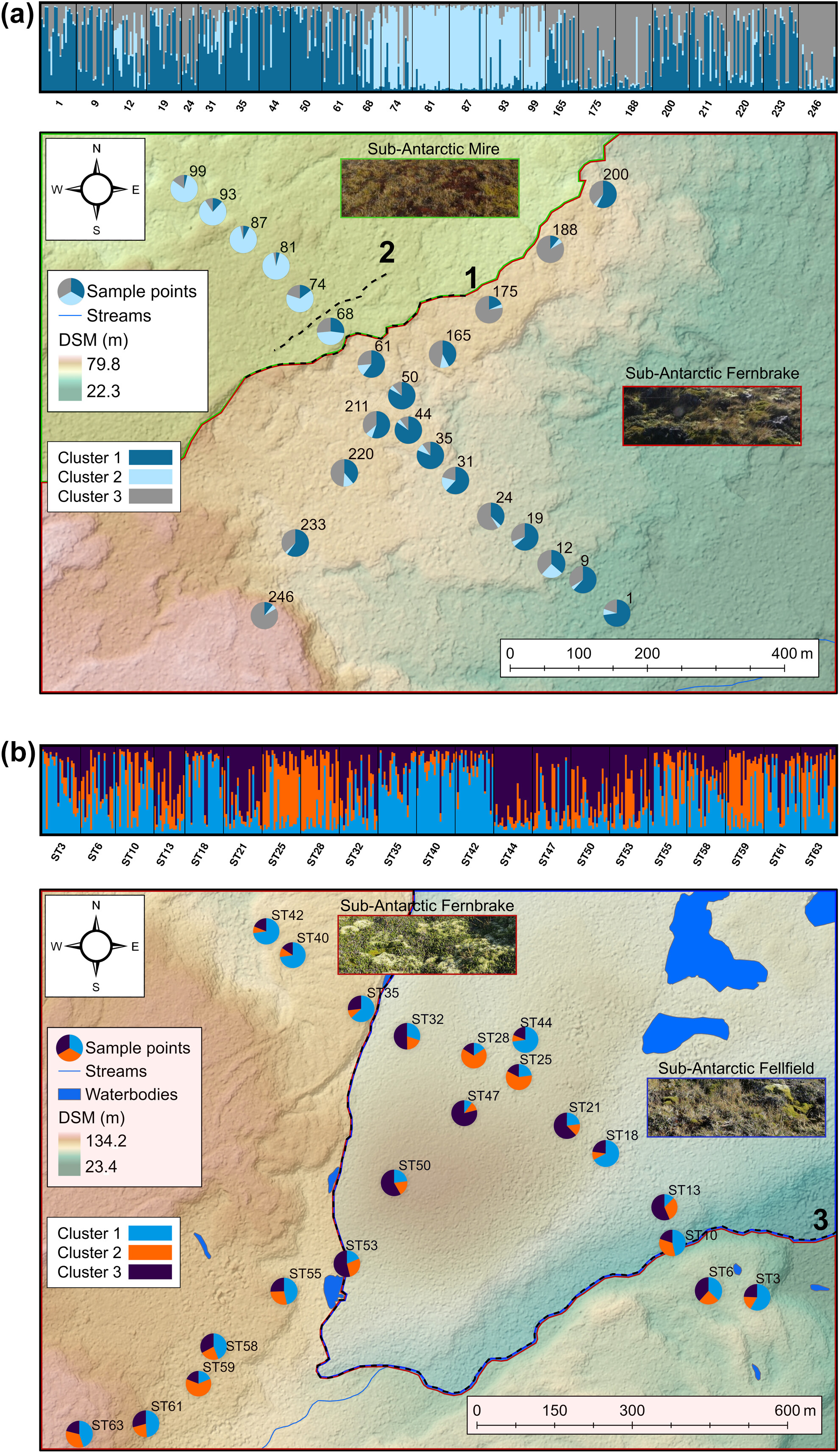
The interplay between geodiversity and organismal characteristics shapes biodiversity patterns and by superimposing genetic structure on landscape heterogeneity, one can disentangle these interactions to better understand population structure and dynamics. The sub-Antarctic Islands offer unique opportunities to study fundamental concepts in biology given their heterogeneous landscapes shaped by repeated large-scale volcanic and glacial events. The present study focuses on the springtail Cryptopygus antarcticus travei, a soil arthropod endemic to Marion Island and uses a species-specific suite of microsatellite markers and a fine-scale sampling design incorporating landscape complexity. This study illustrates that the fine-scale genetic patterns in soil arthropods are markedly more structured than anticipated, given the homogeneity of the vegetation complexes at the scale of tens to hundreds of metres. This work adds valuable new information to better understand the effects of local-scale landscape heterogeneity on the population genetic structure of the island's unique biota.
Climate change may shift metapopulations towards unstable source-sink dynamics in a fire-killed, serotinous shrub
- First Published: 03 June 2024
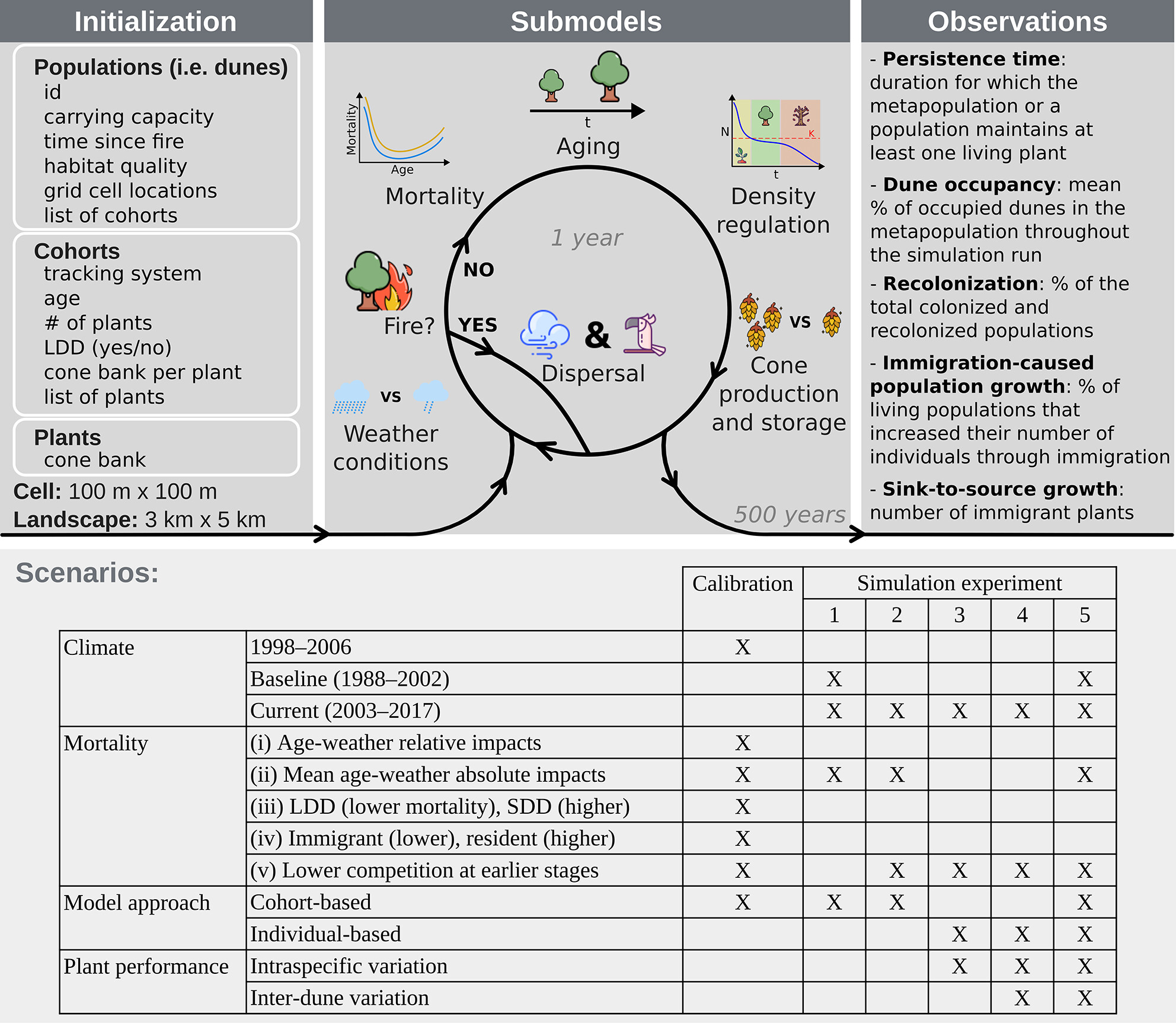
We extend a recent mechanistic, process-based, spatially implicit population model for the well-studied fire-killed and serotinous shrub species to a spatially explicit metapopulation model. Our model results demonstrate that the impacts of ongoing climate change on plant demographics are so severe that even under optimistic assumptions, the existing metapopulation dynamics shift to an unstable source-sink dynamic state.
Capture rates of Eptesicus fuscus increase following white-nose syndrome across the eastern US
- First Published: 25 June 2024
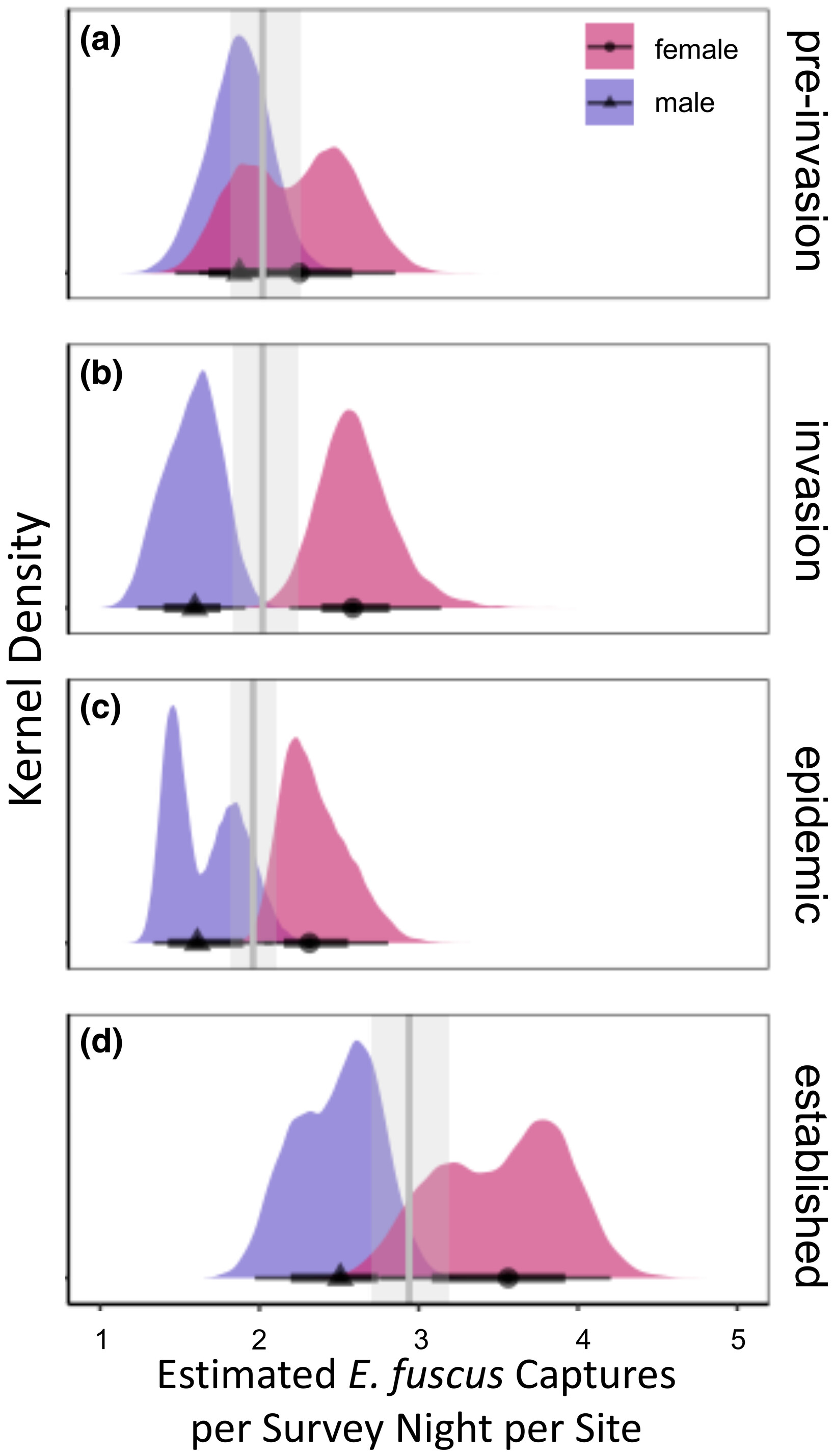
To understand how persisting host populations change in the face of disease, we quantified changes to the capture rates of Eptesicus fuscus (big brown bats), a species that is annualy exposed and infected by the invasive fungal pathogen Pseudogymnoascus destructans (Pd); causative agent for white-nose syndrome), using a 30-year dataset across the eastern US. Here, the overall capture rates of adult E. fuscus increased from preinvasion to Pd establishment years across the eastern US. In conclusion, our work highlights the need to better understand how host populations change across broad spatial scales with continued pathogen exposure.
Bigger isn't always better: Challenging assumptions about the associations between diapause, body weight, and overwintering survival
- First Published: 03 June 2024
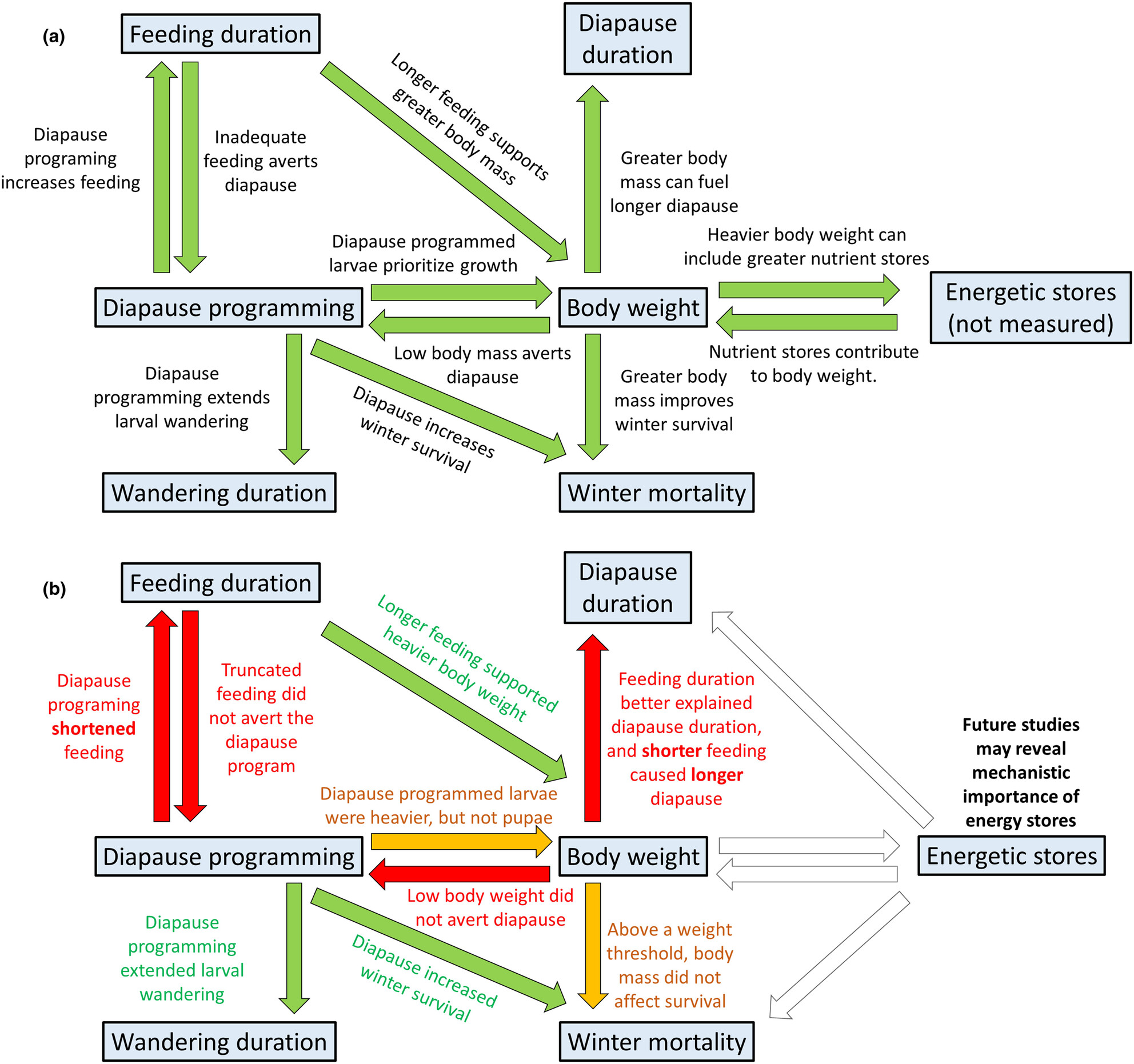
Our findings challenge the positive association between body weight and diapause (dormancy) phenotypes in the model flesh fly, Sarcophaga crassipalpis. Nutrient limitation alters the relationship between body weight and diapause phenotypes, suggesting that the relationships between body-weight and phenotypes need to be considered within ecological contexts.
Estimating pathogen-spillover risk using host–ectoparasite interactions
- First Published: 18 June 2024
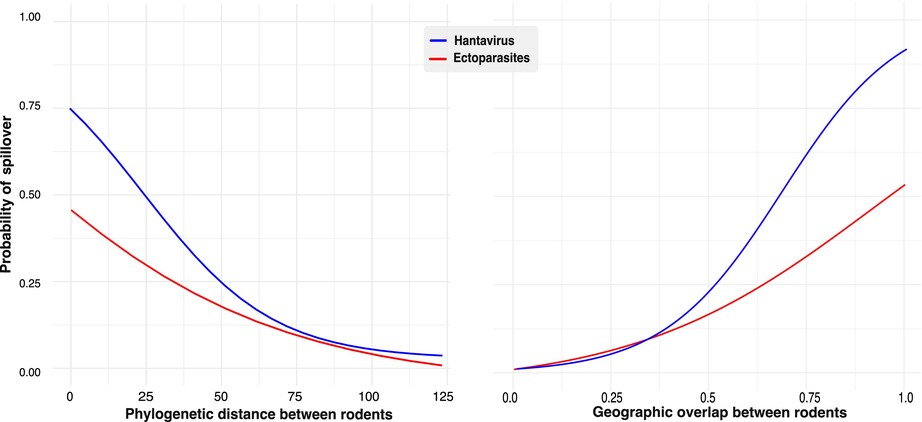
Understanding the interacting factors that lead to pathogen transmission in a zoonotic cycle could help identify novel hosts of pathogens and the patterns that lead to disease emergence. We use parasite ecology, phylogenetics, and geography to predict known and unknown hosts of hantavirus. This improves our knowledge of how host interaction influences disease transmission and can be used to inform targeted surveillance programs.
Environmental correlates of the forest carbon distribution in the Central Himalayas
- First Published: 18 June 2024
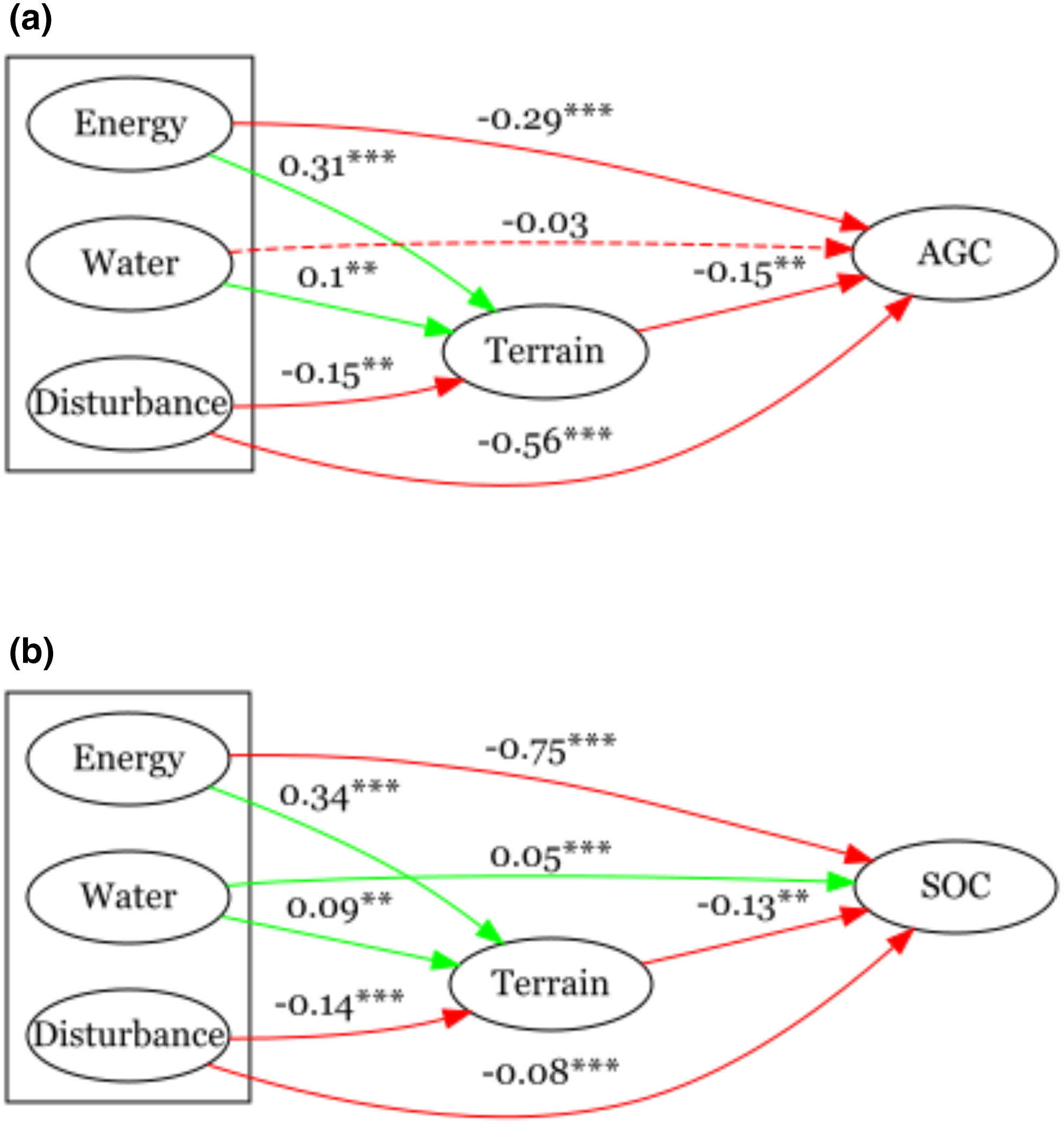
Using field-observed plot-level carbon pool estimates from Nepal's national forest inventory, the study investigates the role of climate and disturbance in the spatial variation of aboveground carbon (AGC) and soil organic carbon (SOC) in the Central Himalayas. The climatic availability of water and energy in broad-scale gradients combined with the fine-scale gradients of terrain and disturbance intensity were found to influence forest carbon stocks. The results provide some important insights for forest carbon management and conservation in the Central Himalayas.
Age is not just a number: How incorrect ageing impacts close-kin mark-recapture estimates of population size
- First Published: 04 June 2024
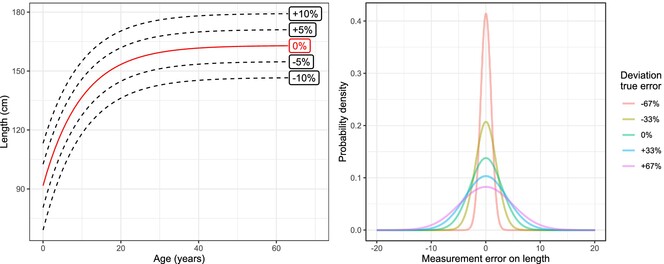
Close-kin mark-recapture is a novel method to estimate animal abundance based on the type and frequency of observed kinship. Through simulation, we tested the effects of misspecified age and length measurement on close-kin mark-recapture population size estimates. We found that length measurement had negligible effect, but that the method was sensitive to biased ageing.
Proactive cursorial and ambush predation risk avoidance in four African herbivore species
- First Published: 05 June 2024
Differences in inhibitory control in two species of Tanganyikan bower-building cichlids contrasting in building flexibility
- First Published: 06 June 2024
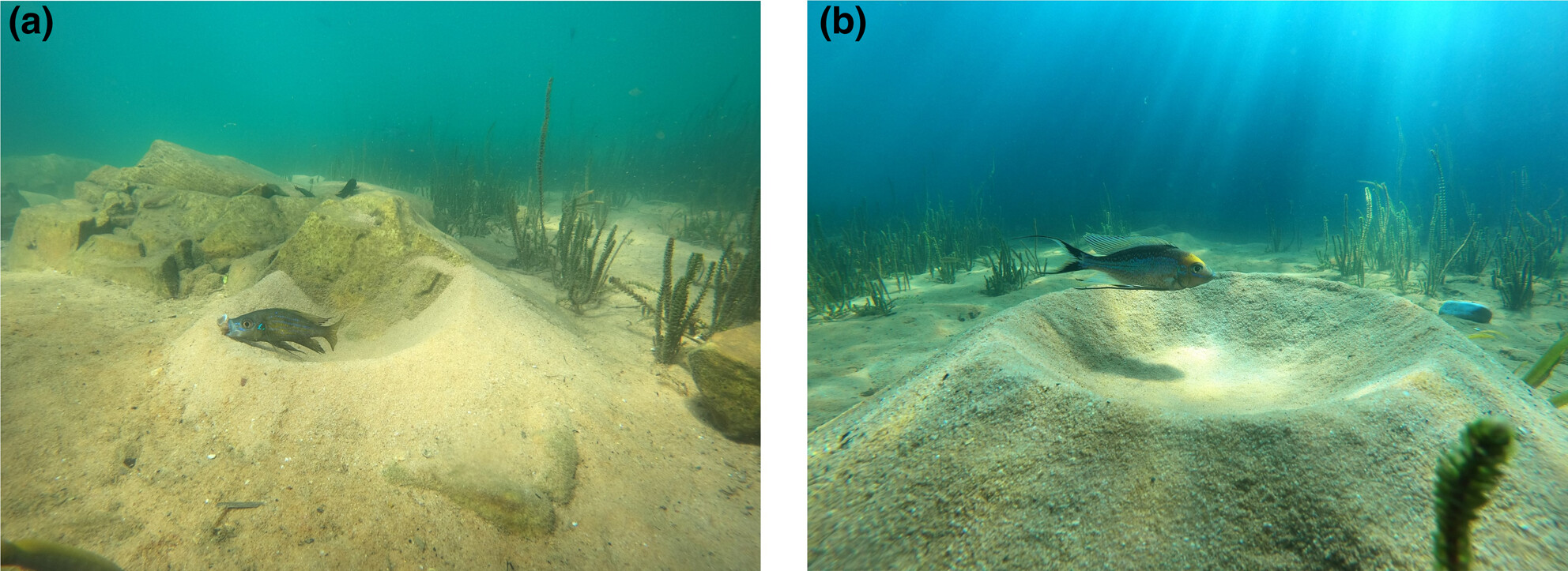
Behavioural flexibility in animal constructions has been hypothesized to be linked with advanced cognitive abilities. In this paper, we compare two species of Tanganyikan bower-building cichlids and show that the species building more flexible sand bowers also demonstrated better performances in a choice-against-preference task assessing inhibitory control.
Some bats are here: Reducing the Wallacean shortfall of bats in the amazon
- First Published: 04 June 2024
Morphological and life-history trait plasticity of two Daphnia species induced by fish kairomones
- First Published: 06 June 2024
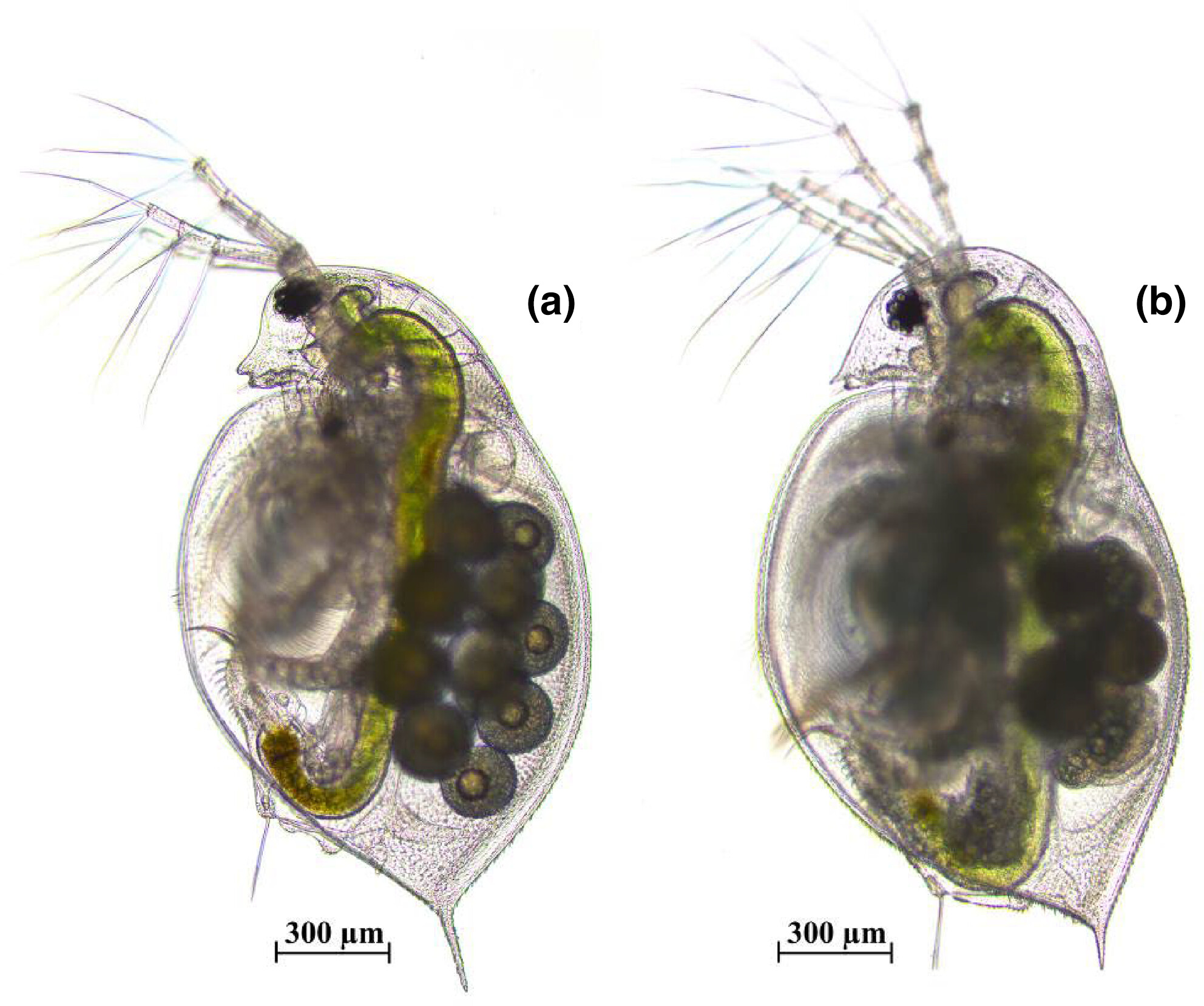
This study investigated the morphological and life-history trait plasticity of two Daphnia species (Daphnia pulex and Daphnia sinensis) induced by fish kairomones. The inducible mechanisms of the two Daphnia species exposed to fish kairomones differ significantly, and their offspring also develop morphological defenses to reduce the risk of fish predation.
Contrasting population genetic structure of three semi-terrestrial brachyuran crabs on the coast of the Japanese archipelago
- First Published: 05 June 2024
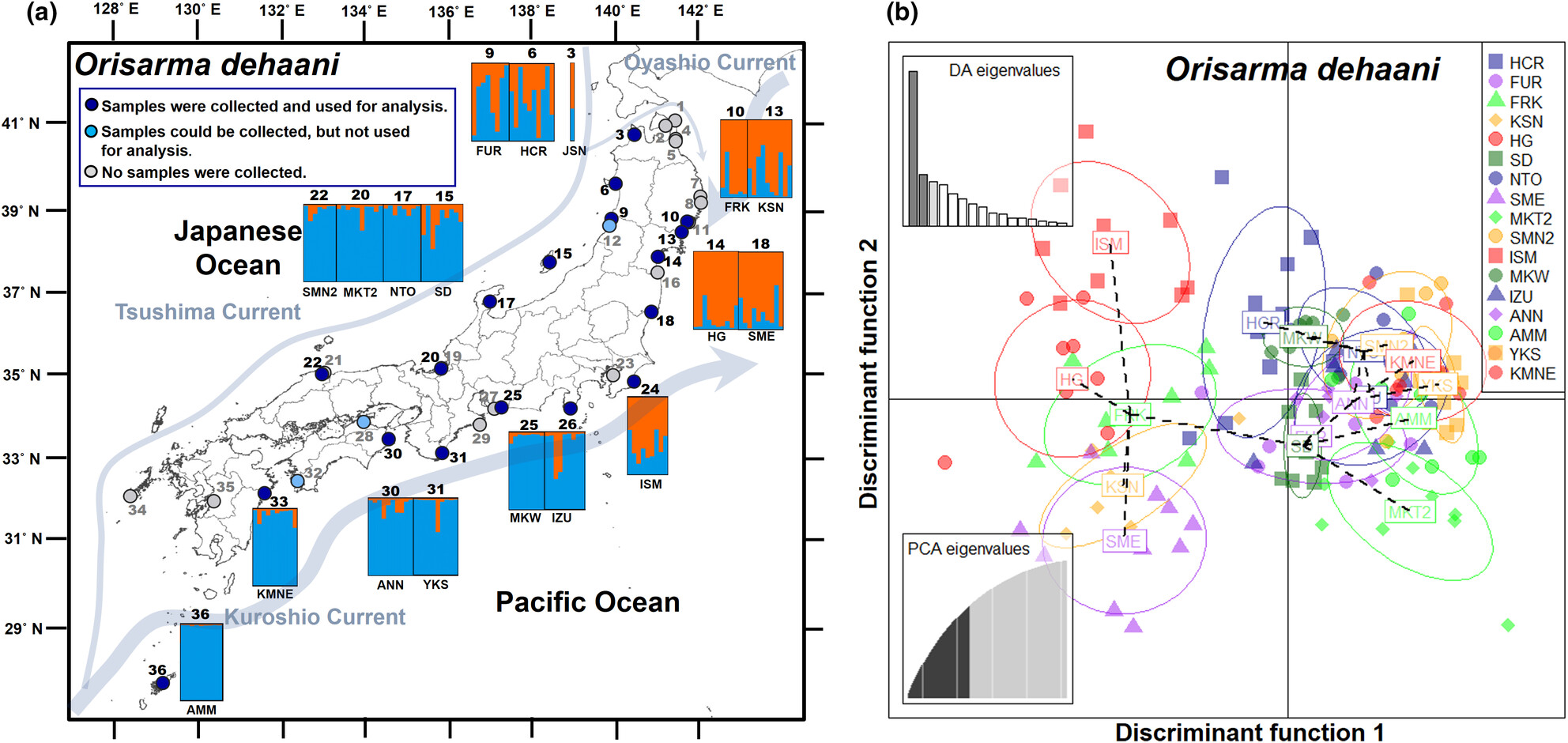
This study highlights the potential extinction threat faced by semi-terrestrial crabs. We analyzed the population genetics of these species distributed along the coast of the Japanese archipelago using modern high-resolution genome-wide SNP analysis. We found that one crab species had clear spatial genetic differentiation among populations, despite its ability to disperse long distances during larval stages. In addition, a population of another species was isolated at the edge of its range. Based on these results, we emphasized the need to conserve local populations of these species, as their local populations have evolved independently.
The spatial distribution of tree–tree interaction effects on soil microbial biomass and respiration
- First Published: 18 June 2024
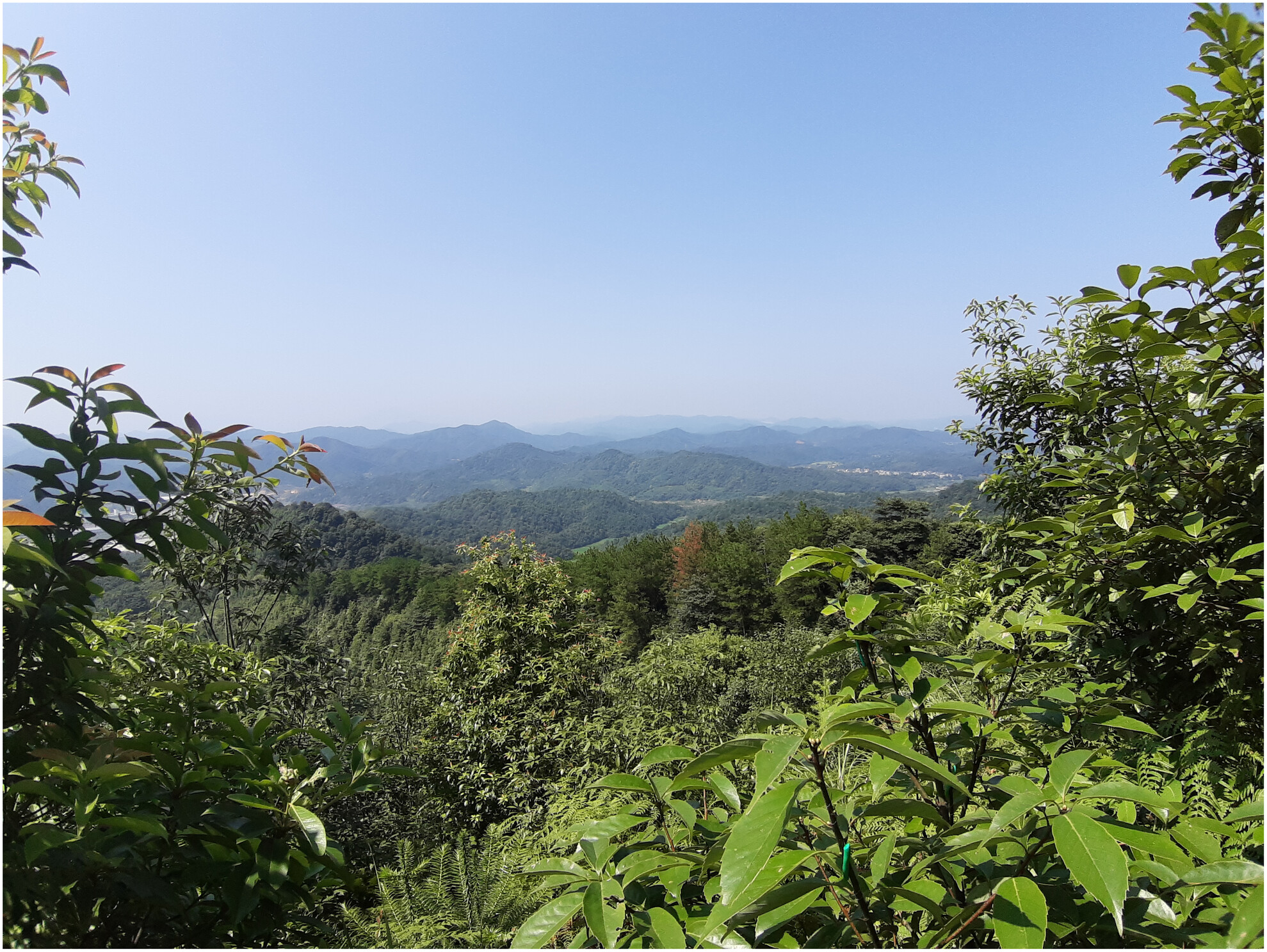
In our study, we were able to show in a subtropical tree diversity experiment (BEF-China) that soil microbial biomass and respiration show a fine spatial distribution pattern between trees. This suggests that tree–tree interactions are driving soil functioning when zooming to the appropriate scale. Our study highlights the need to focus on fine-scale variability in future research.
Pollinator competition and the contingency of nectar depletion during an early spring resource pulse
- First Published: 18 June 2024
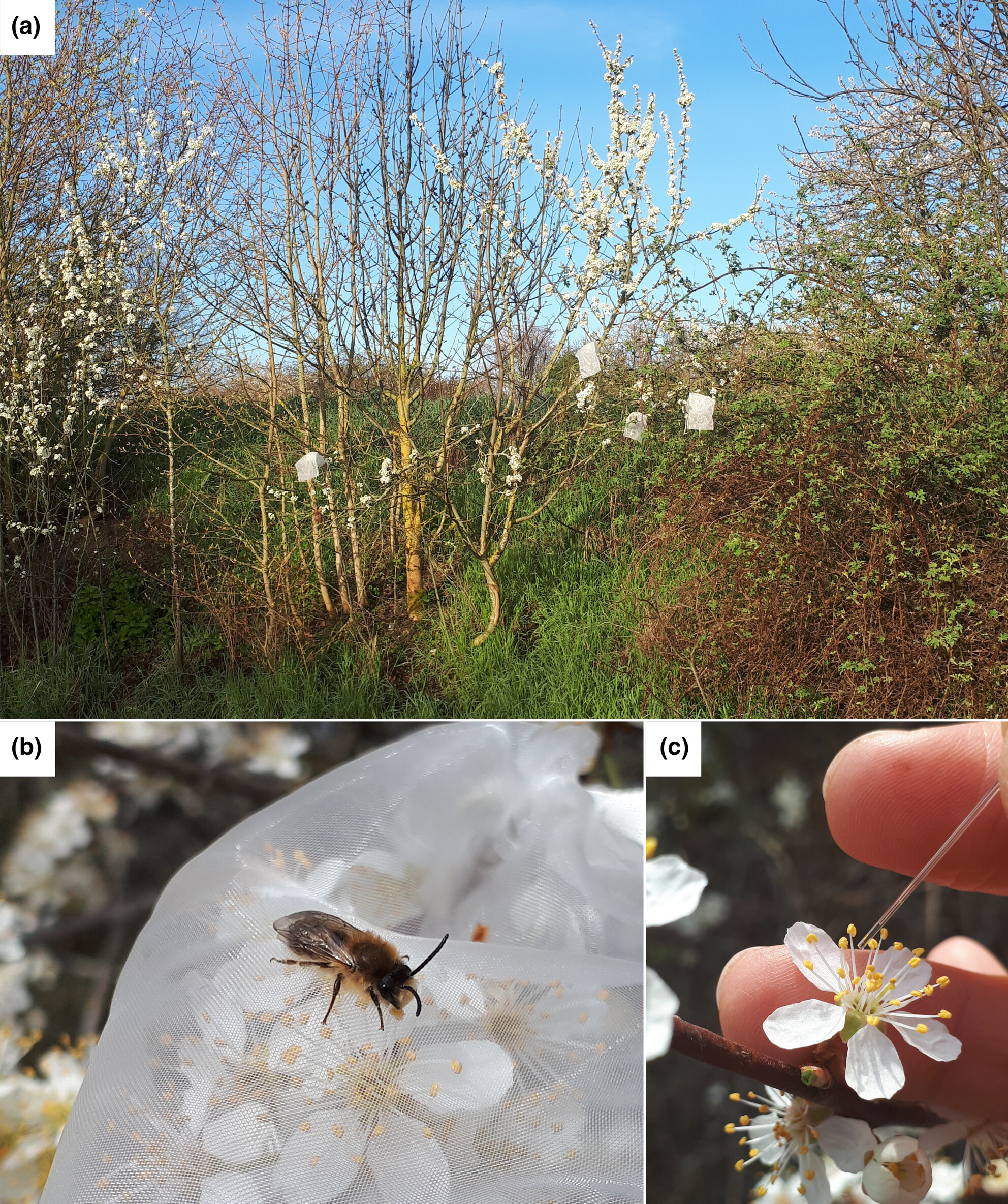
Resource competition is predicated on resource limitation, which can be represented by the proxy of resource depletion rate. We used a pollinator exclusion experiment to estimate nectar depletion rates in an orchard meadow landscape during the early spring flowering of rosaceous trees. In contrast to our recent work in summer grasslands, we found relatively low depletion rates, suggesting that in spring, abiotic conditions (temperature, precipitation) are more important than competition as constraints on pollinator fitness.
CORRECTION
RESEARCH ARTICLES
Differential impacts of land-use change on multiple components of common milkweed (Asclepias syriaca) pollination success
- First Published: 06 June 2024
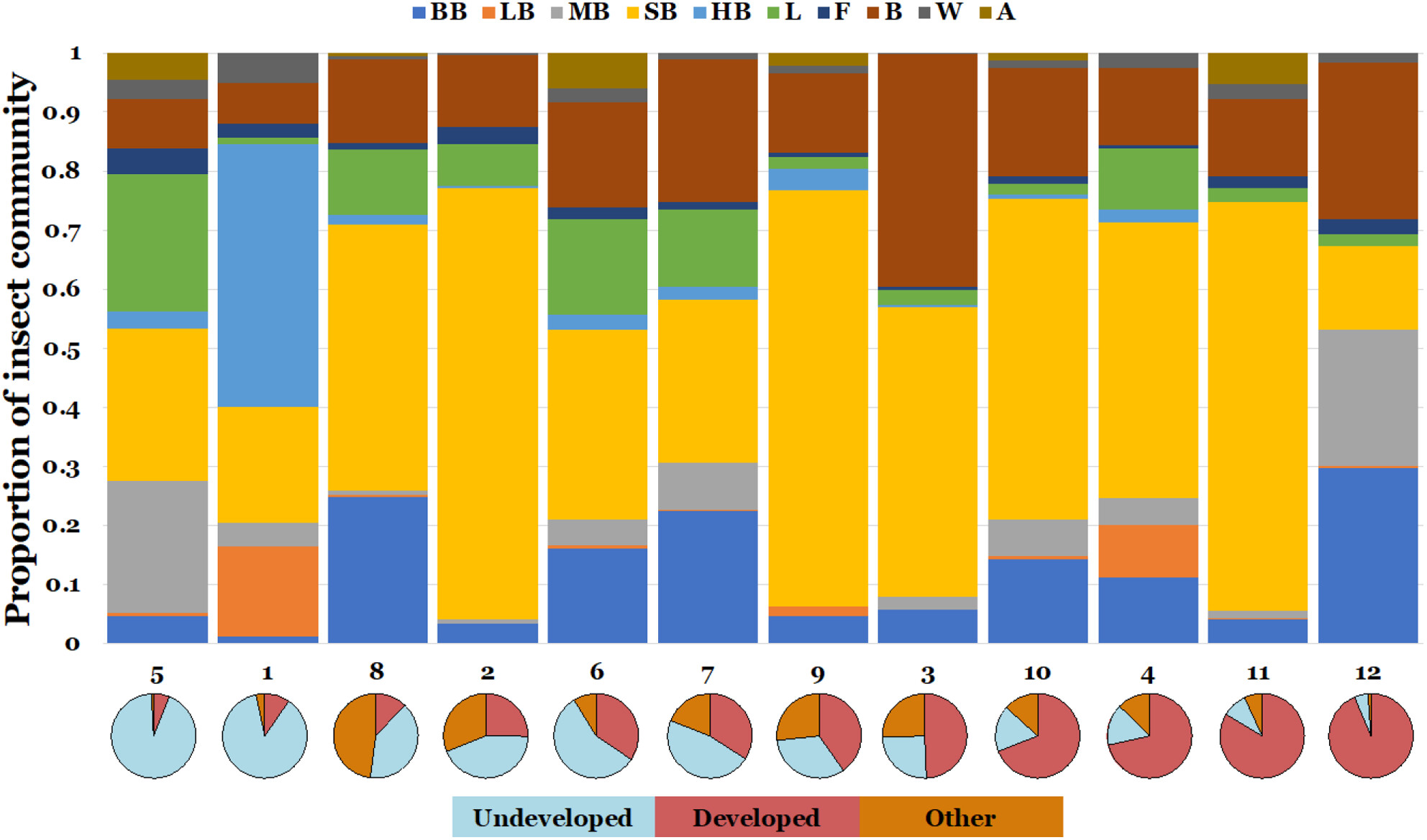
This study evaluates how urbanization affects multiple aspects of the pollination process in common milkweed populations, including community composition, pollinator visitation rate, pollen removal, and deposition on stigmas. We found differential effects of urbanization on the varied components of pollination, hence highlighting the complexity of evaluating overall urbanization effects on pollination.
Navigating uncertainty in maximum body size in marine metazoans
- First Published: 05 June 2024
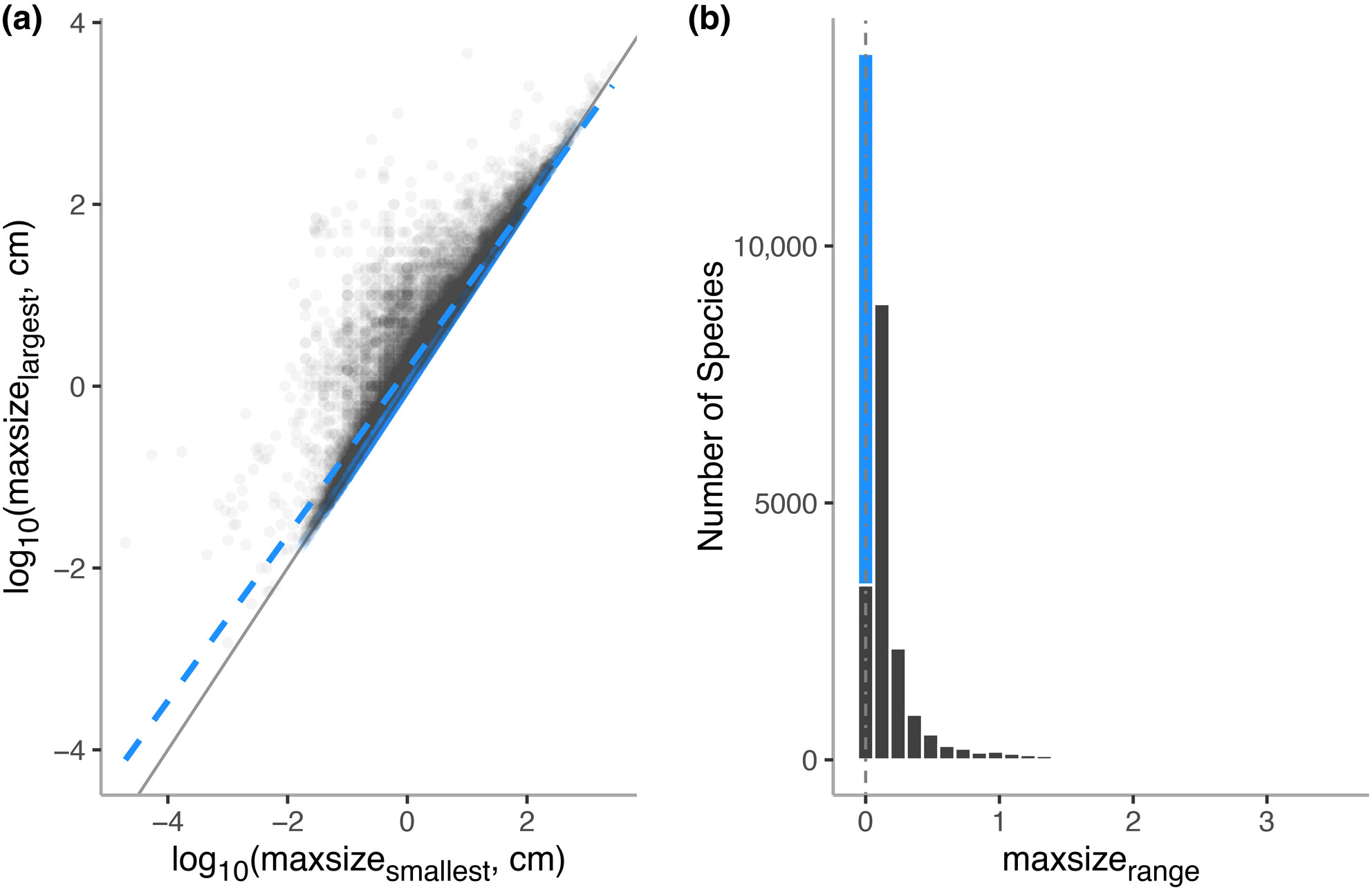
This research investigates maximum body sizes in 27,581 marine species from 24 phyla globally in the modern oceans. Analyzing size data and factors like taxonomy, habitat, and measurement methods revealed significant variation in reported maximum sizes. Despite variations, only about 5% of species experienced significant errors, emphasizing the need for standardized measurement protocols to minimize discrepancies in maximum size reporting without significantly altering species rankings in macroecological and macroevolutionary studies.
Constitutive immune function is not associated with fuel stores in spring migrating passerine birds
- First Published: 25 June 2024
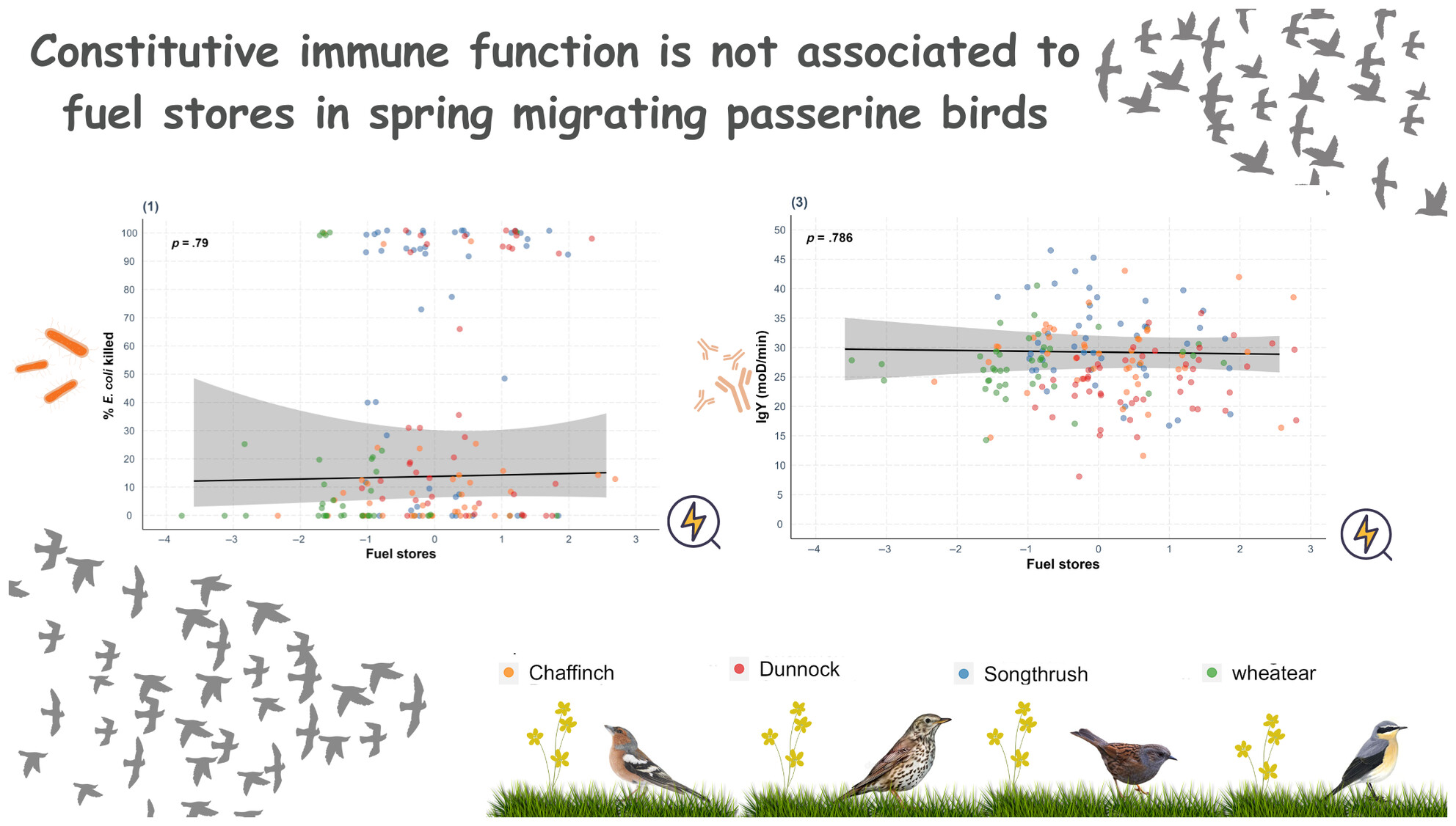
Constitutive immune function is not linked to fuel stores in spring migrating birds. However, there is a negative relationship between immune function (% Escherichia coli killed) and arrival date. This suggests that there are seasonal variations in pathogen pressures and migratory speed which could impact the resource trade-off between investment in immune function and demands of migration.
Comparative mitogenome research revealed the phylogenetics and evolution of the superfamily Tenebrionoidea (Coleoptera: Polyphage)
- First Published: 25 June 2024
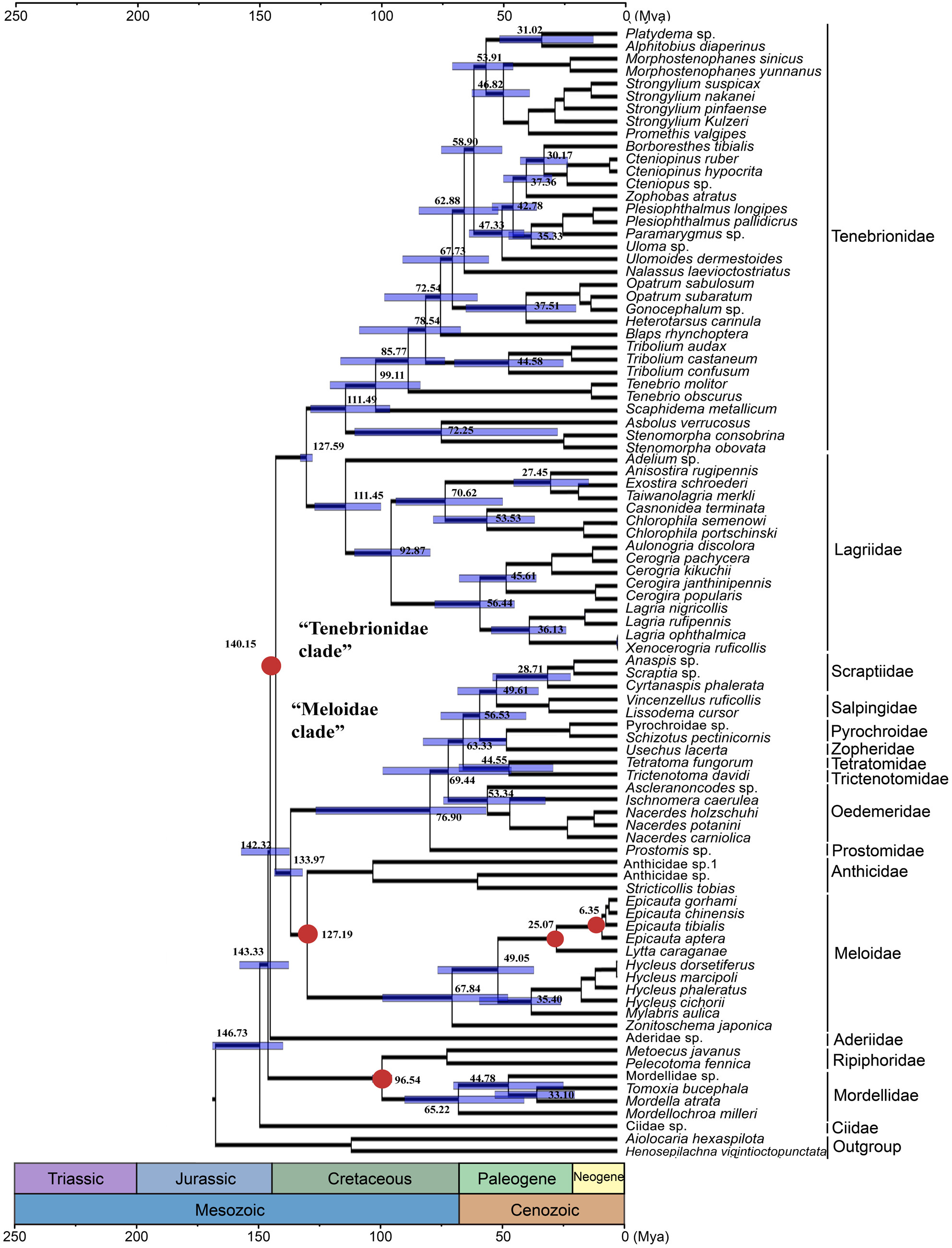
In the present study, we newly sequenced mtgenomes from 19 species belonging to Tenebrionoidea, and a total of 90 mitochondrial genomes from 16 families of Tenebrionoidea were used for phylogenetic analysis. The divergence time analysis suggests that Tenebrionoidea originated in the late Jurassic, Meloidae Mordellidae, Lagriidae, and Tenebrionidae in the Cretaceous, Oedemeridae in Paleogene.
Complex patterns of genetic population structure in the mouthbrooding marine catfish, Bagre marinus, in the Gulf of Mexico and U.S. Atlantic
- First Published: 09 June 2024
Gafftopsail catfish show high levels of genetic structuring across their distribution in the U.S., Atlantic and Gulf of Mexico. Non-neutral data present two contrasting signals of structure and historical demography is likely an important driver of patterns of neutral and non-neutral genetic variation. Results of this study are similar to what is seen in other fishes that use the same estuarine habitats as nurseries, but gafftopsail catfish lack a larval phase, supporting the idea that adult/juvenile behavior and habitat use are important predictors of contemporary patterns of genetic structure.
Trait-specific sensitive developmental windows: Wing growth best integrates weather conditions encountered throughout the development of nestling Alpine swifts
- First Published: 06 June 2024
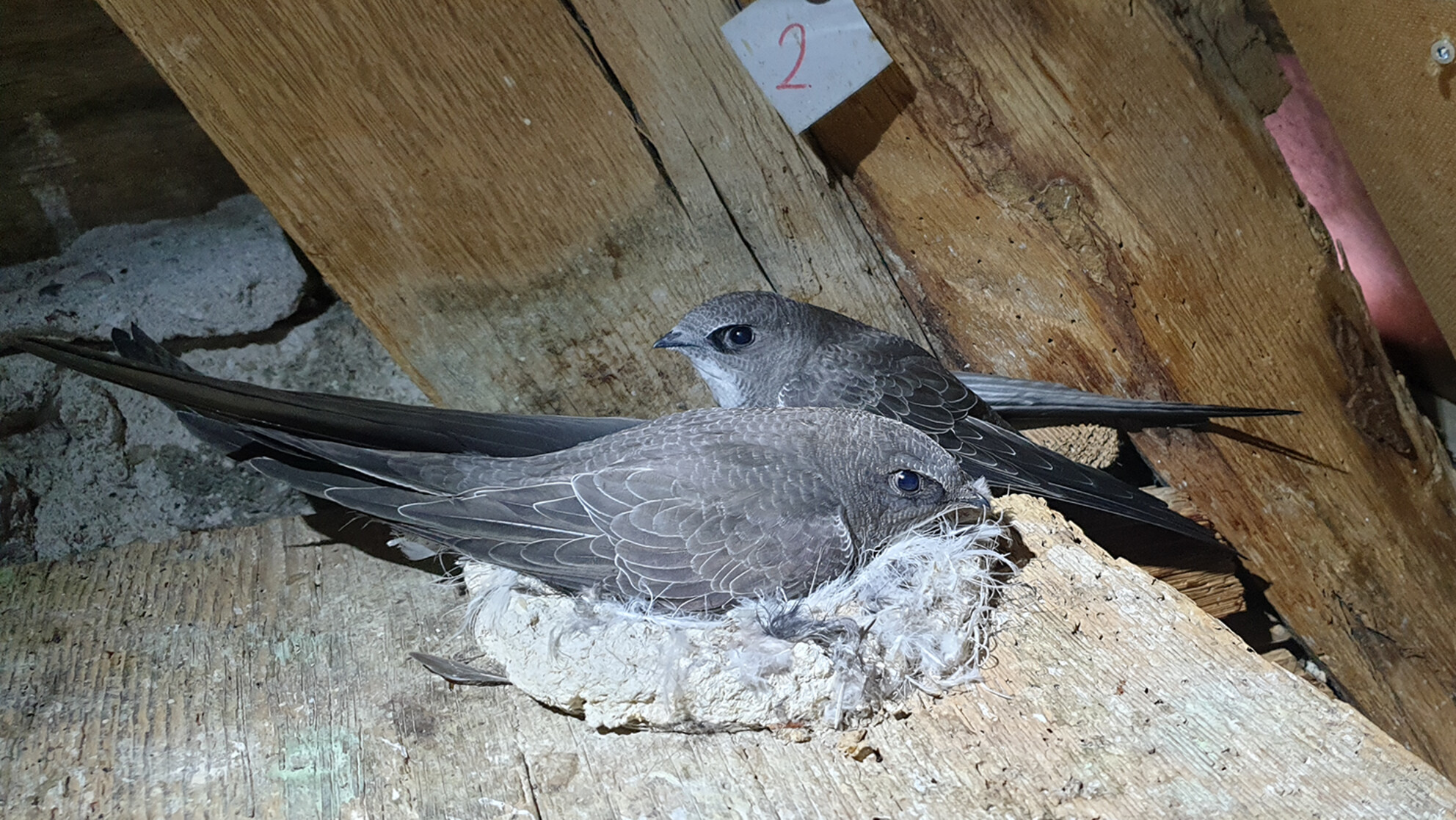
Using data from more than 2000 Alpine swift nestlings with measurements spanning more than 20 years, we show that adverse weather conditions during the sensitive developmental windows for wing and sternum length result in slower growth, reduced size at 50 days (i.e. close to fledging), delayed fledging and lowered fledging success. Variation in nestling body mass at 50 days was explained by the weather in the two days before measurement rather than during peak growth. Overall, our results suggest that measures of feather growth and, to some extent, skeletal growth best capture the consequences of adverse weather conditions throughout the whole development of offspring, while body mass better reflects the short, instantaneous effects of weather conditions on their body reserves.
NATURE NOTES
Revealing hidden biodiversity: Novel insights on reptile and amphibian distribution in western Ecuador
- First Published: 06 June 2024
RESEARCH ARTICLES
An evolutionary case for plant rarity: Eucalyptus as a model system
- First Published: 06 June 2024
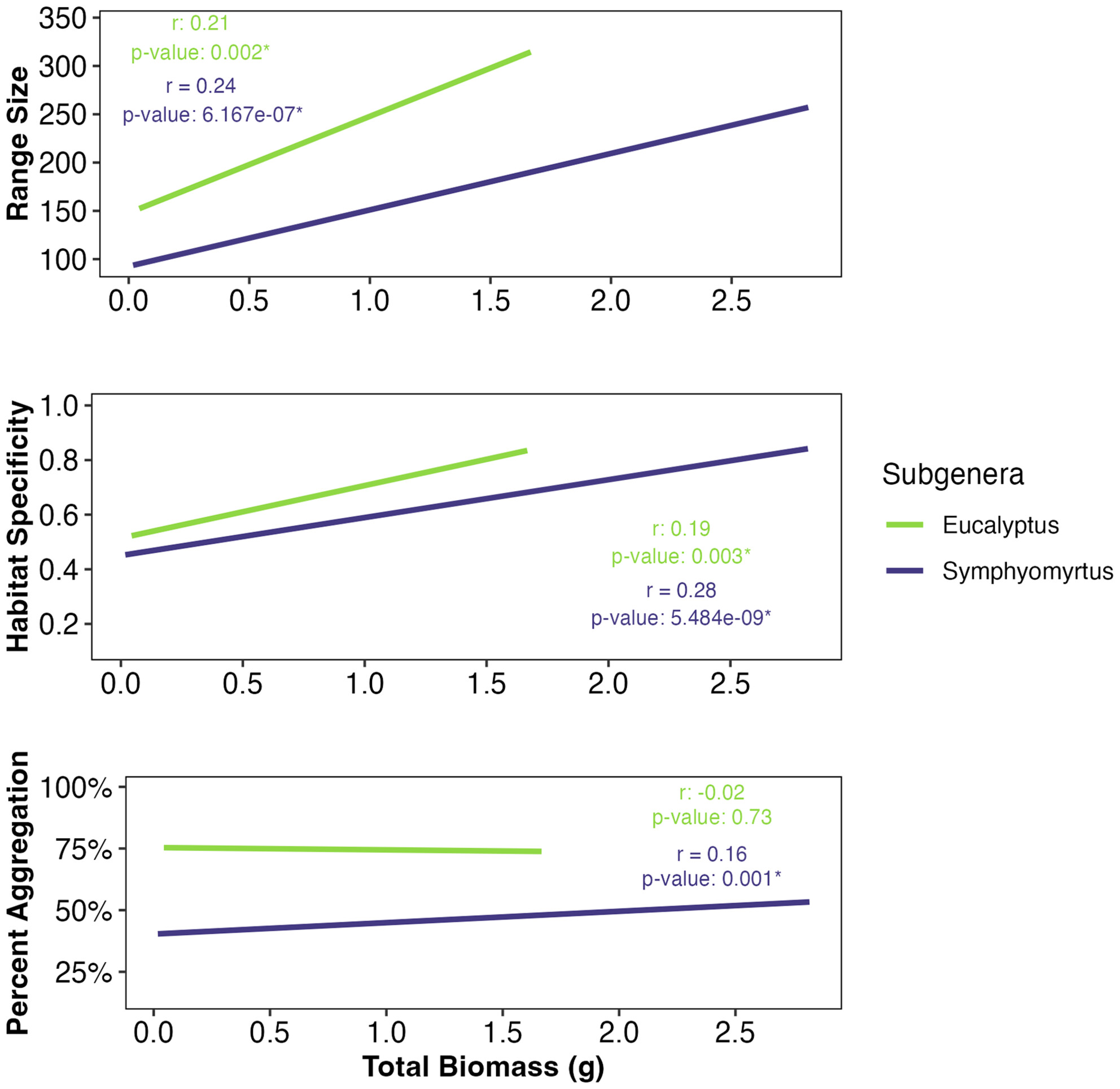
Although species rarity is often considered to be a stochastic response to environmental and ecological constraints, we examined the hypothesis that plant rarity is a consequence of natural selection acting on performance traits that affect a species range size, habitat specificity, and population aggregation; three primary descriptors of rarity. Using a common garden of 25 species of Tasmanian Eucalyptus, we find a negative phylogenetic autocorrelation underlying the significantly lower biomass of rare versus common species, indicating that traits associated with rarity have diverged within subgenera as a result of environmental factors to reach different associated optima. These results demonstrate repeated convergent evolution of the trait-based determinants of rarity across the phylogeny in Tasmanian eucalypts and suggest that we may need to revise conservation efforts to reconsider the abiotic and biotic factors that underlie the distributions of rare plant species.
Effects of dietary nutrients of the gut microbiota in the long-tailed dwarf hamster (Cricetulus longicaudatus)
- First Published: 25 June 2024
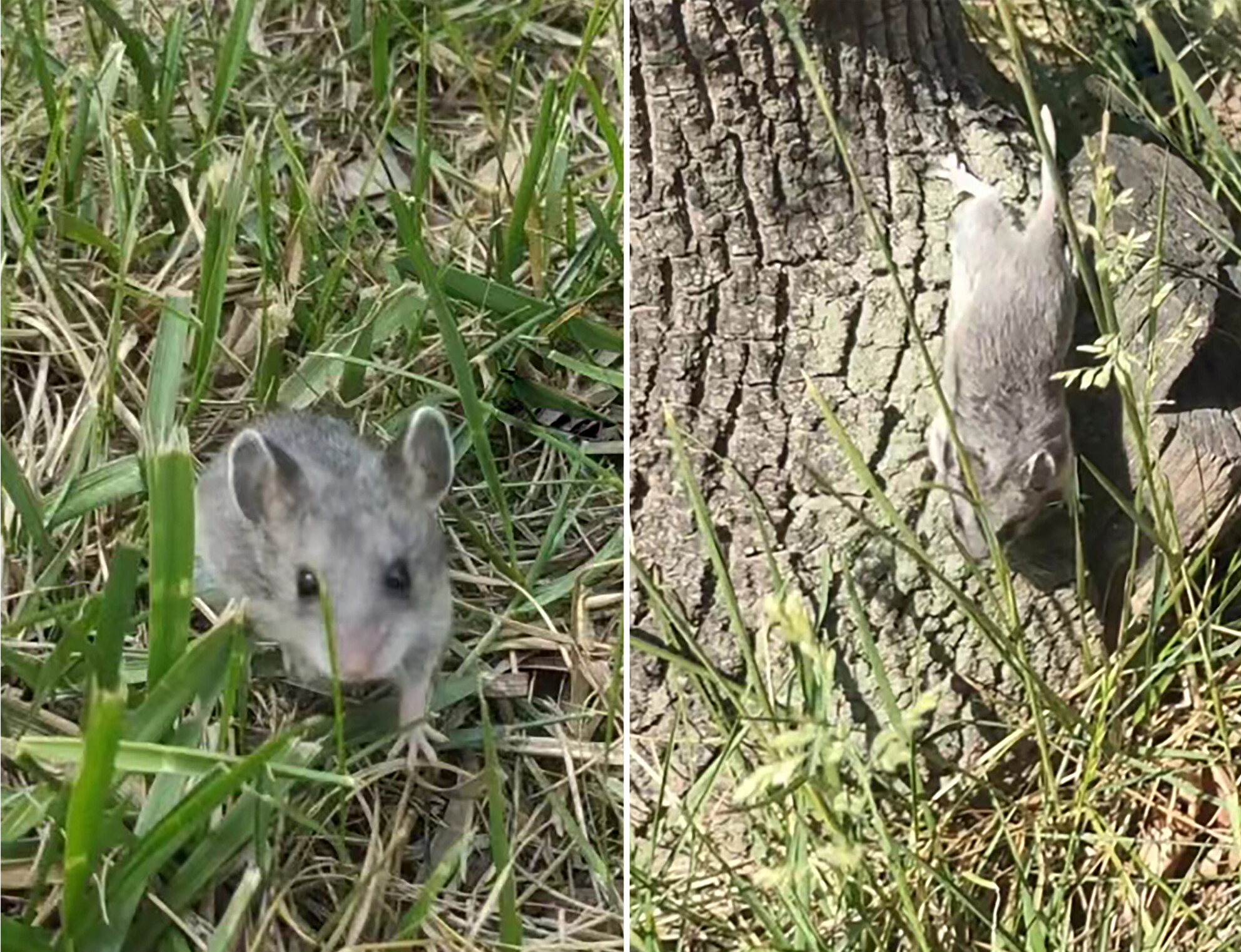
The dietary structure can significantly impact the diversity and community composition of gut microbiota in Cricetulus longicaudatus, which primarily inhabits dryland farming areas. The abundance of specific microbiota is closely correlated with the nutrient content of the diet. Gut microbiota plays a pivotal role in regulating nutrient assimilation and metabolic homeostasis in animals.
Limited life-history plasticity in marginal population of an invasive foundation species: Unraveling the genetic underpinnings and ecological implications
- First Published: 08 June 2024
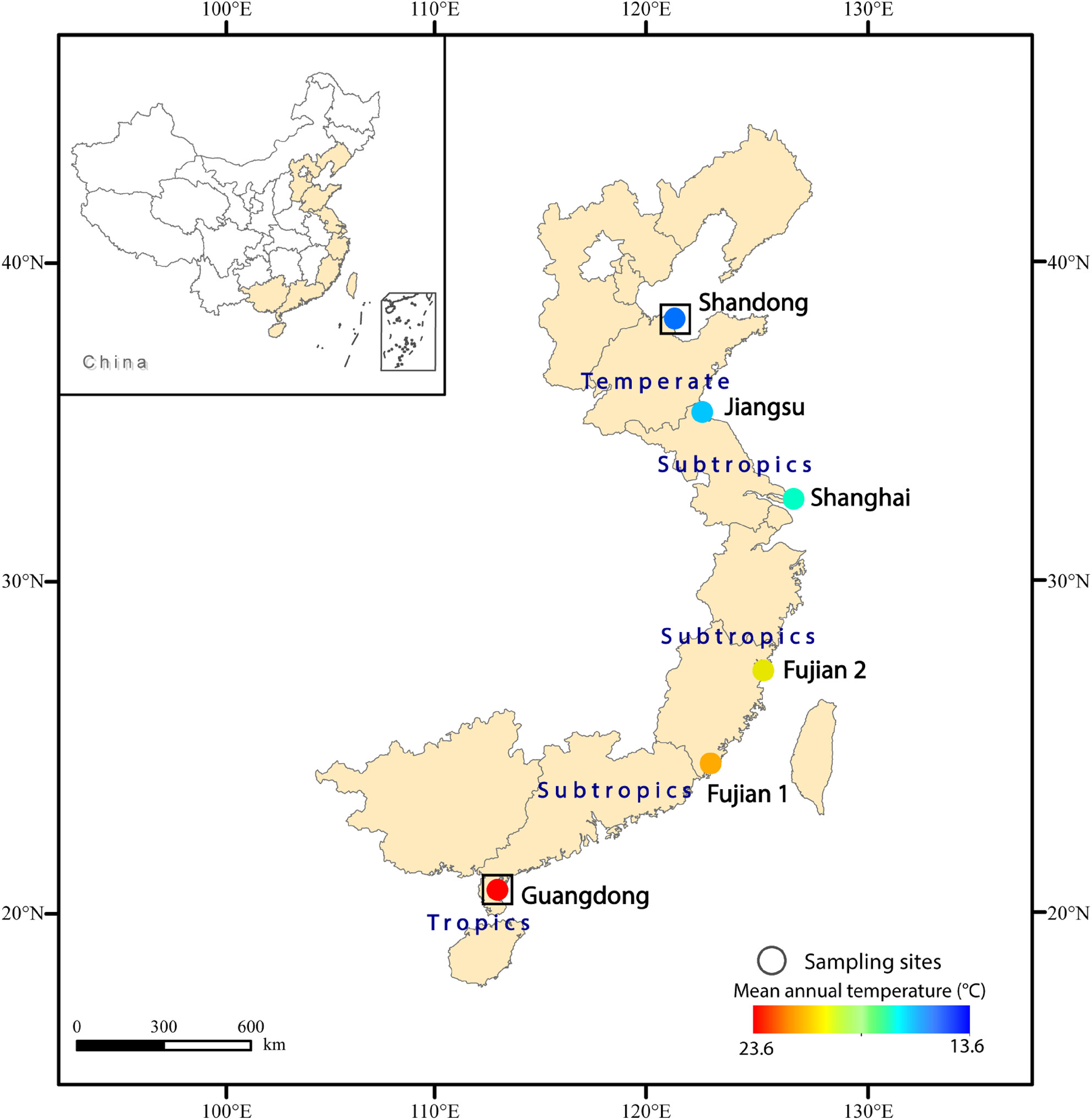
The ecological effects of the variation in the plant life history of specific species (e.g., foundation species) and genetic underpinnings therein were rarely studied. We found that geographic populations of invasive Spartina alterniflora had different plasticity in the reproductive phase in response to warming, and the lowest plasticity and fitness of southernmost population may suggest the slowdown of rapid dispersion of S. alterniflora in China. Our study provided a novel view to test the center–periphery hypothesis by integration across a plant's life history.
Can allelopathic potentialities of Mediterranean plant species reduce the spread of invasive plant species, Acacia dealbata and Ailanthus altissima?
- First Published: 25 June 2024
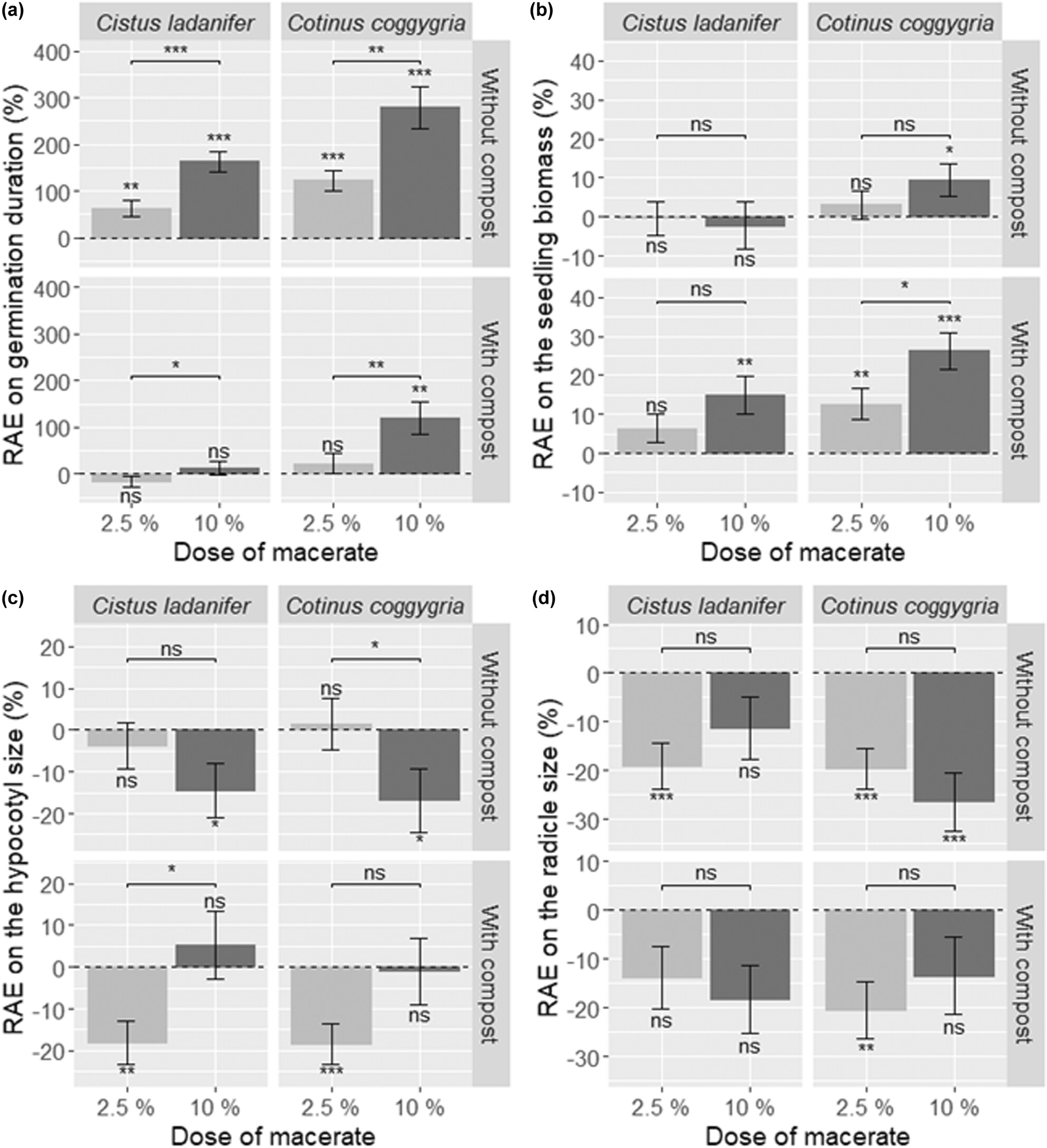
In this study, we provide clear evidence that the leaf aqueous extracts of three Mediterranean native species (Cistus albidus, Cistus ladanifer and Cotinus coggygria) exhibit negative allelopathic effects on seed germination and seedling growth of the two invasive plant species (Acacia dealbata and Ailanthus altissima). These allelopathic effects increased with dose extract but are greatly reduced and even canceled in the presence of soil amendment.
3D documentation and classification of incense tree Aquilaria sinensis (Lour.) Spreng. wounds by photogrammetry and its potential conservation applications
- First Published: 25 June 2024
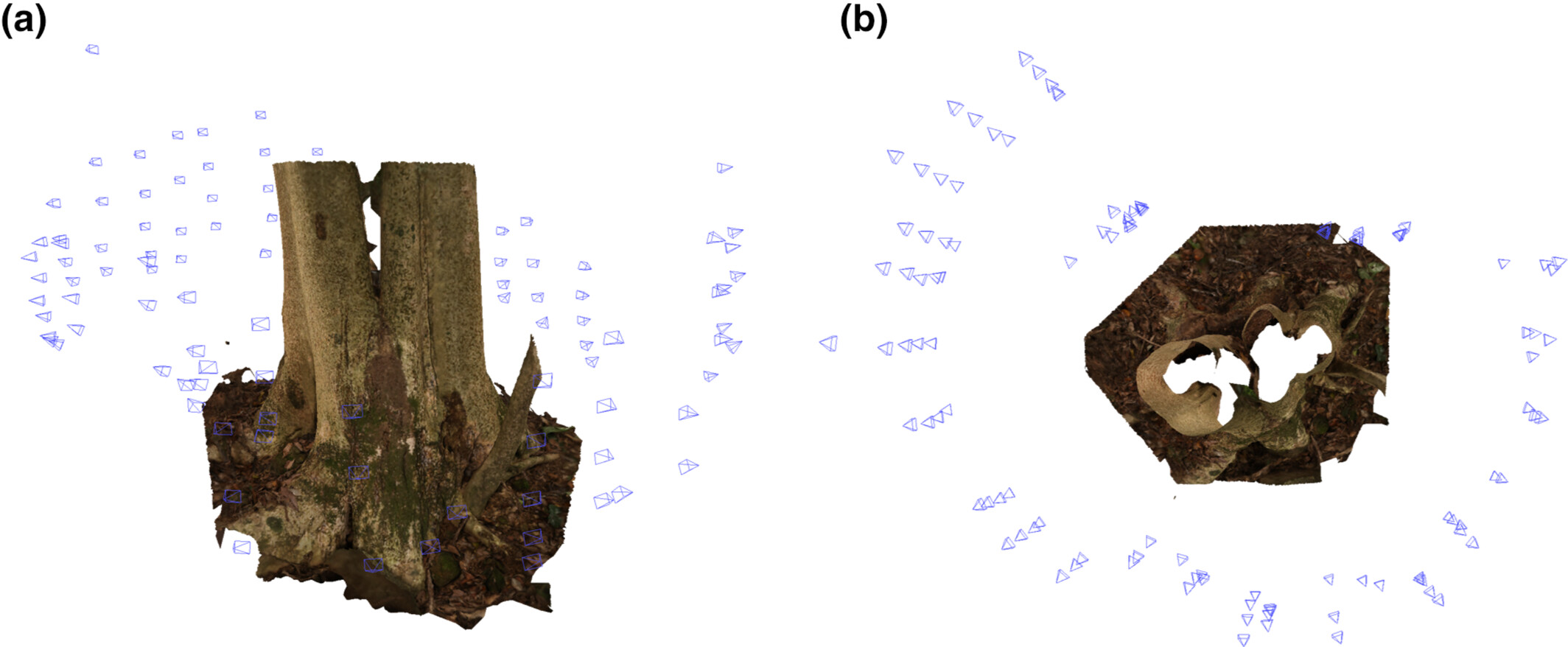
The photogrammetric method was adopted to document the wounds of A. sinensis in the form of 3D models, and a new wound classification system was established based on 752 wound records from 484 A. sinensis individuals in Hong Kong. The study deliverables could facilitate the law enforcement, education, and conservation of A. sinensis.
Local variation in stress response of juvenile anadromous brown trout, Salmo trutta
- First Published: 25 June 2024
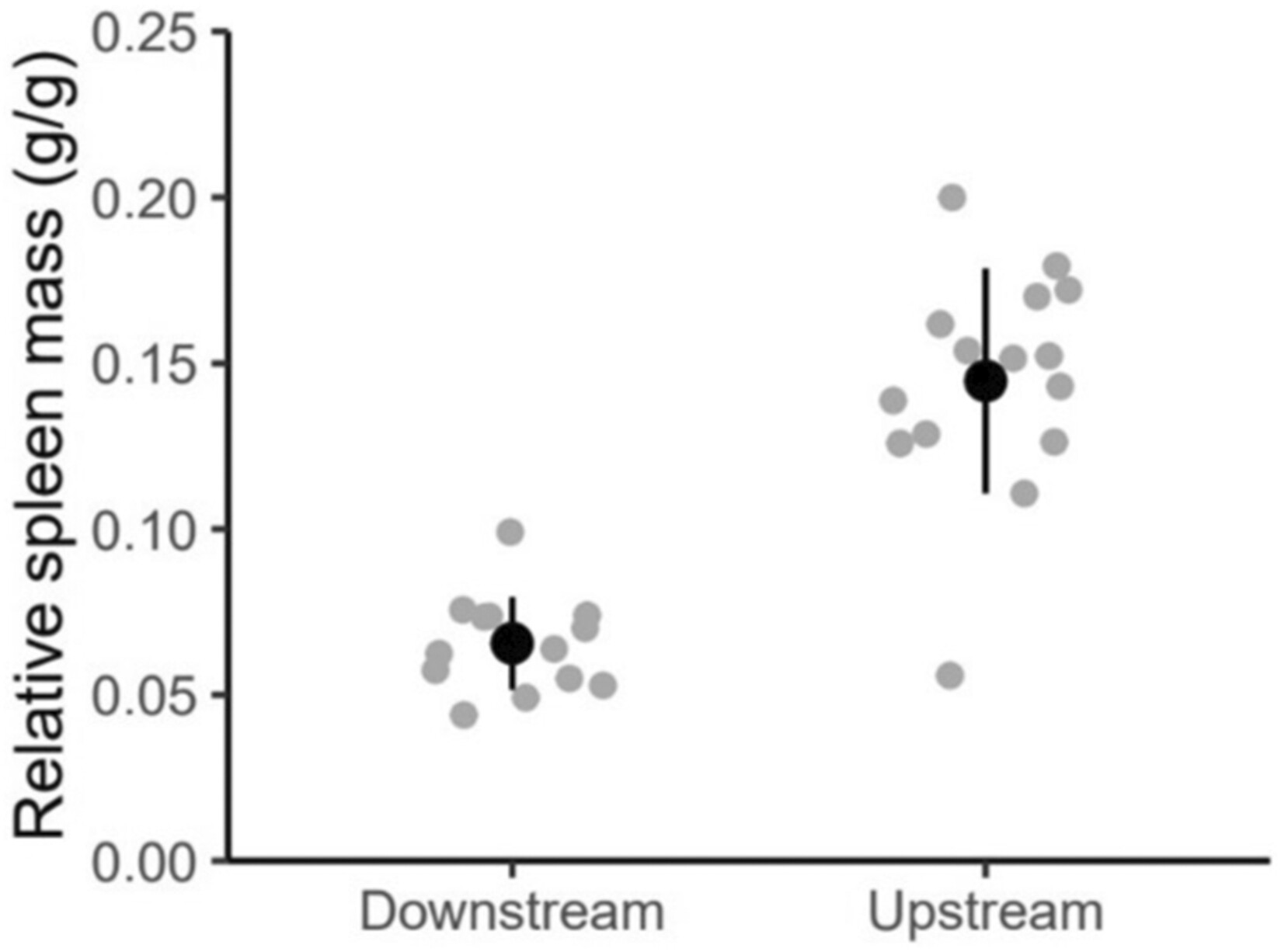
Stress response in juvenile anadromous brown trout was investigated to determine differences between individuals born upstream and downstream. Several organ morphology parameters relating to aerobic capacity were also assessed. Juveniles born upstream had larger spleens and a lower acute stress response compared with those born downstream.
Functional characteristics and habitat suitability of threatened birds in northeastern China
- First Published: 25 June 2024
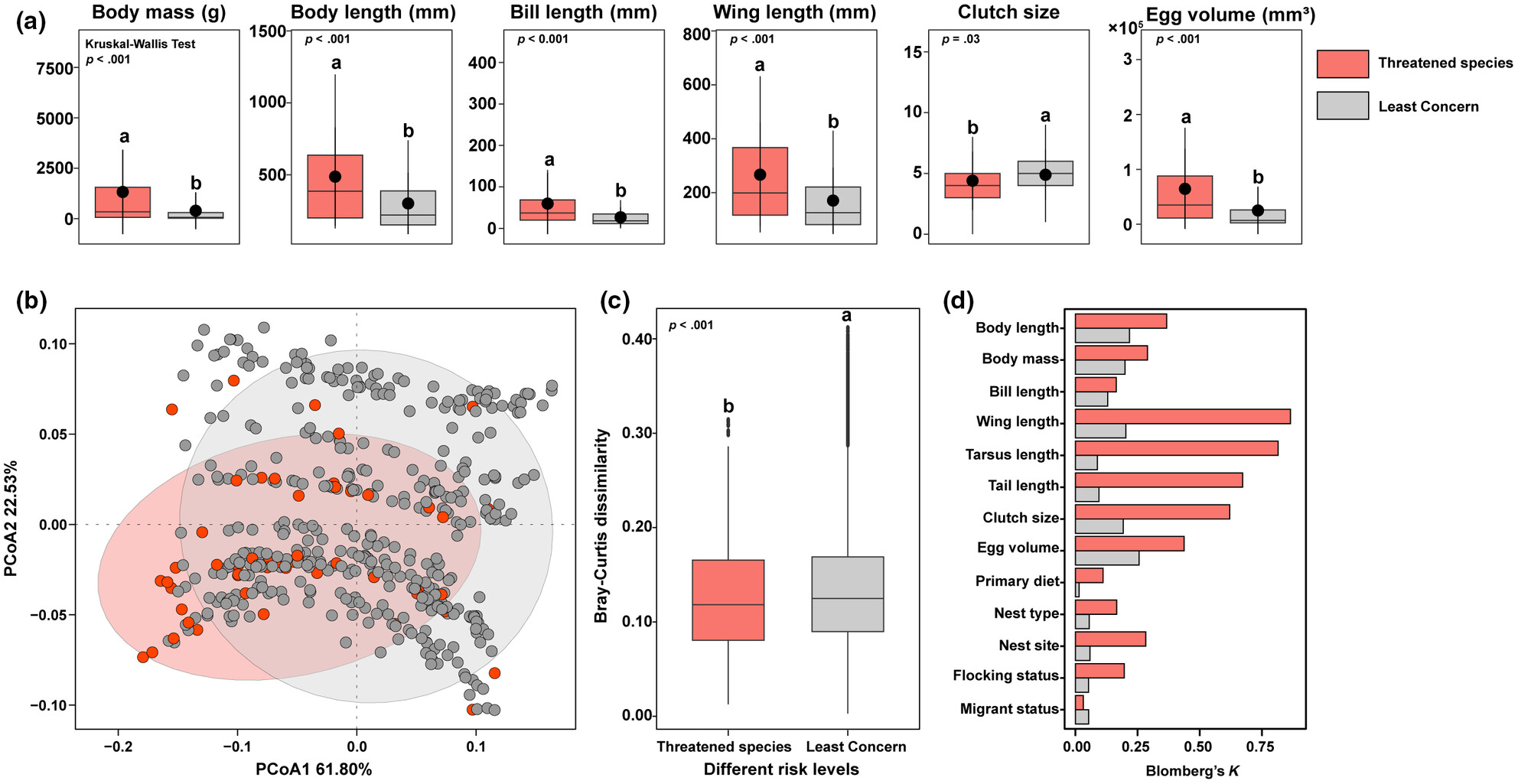
This study assesses the adaptability of threatened bird species in Northeast China by analyzing their geographic distribution and functional traits. Utilizing the Biomod2 model, it predicts changes in suitable habitats under various climate scenarios, identifying key environmental drivers like temperature, altitude, and water systems. The research offers critical insights for conservation efforts, highlighting a stronger phylogenetic signal among these species and projecting habitat shifts due to climate change.
Tooth Mg/Ca ratios and Aristotle's lantern morphometrics reflect trophic types in echinoids
- First Published: 09 June 2024
Bacterioplankton taxa compete for iron along the early spring–summer transition in the Arctic Ocean
- First Published: 18 June 2024
A niche-based theory of island biogeography
- First Published: 25 June 2024
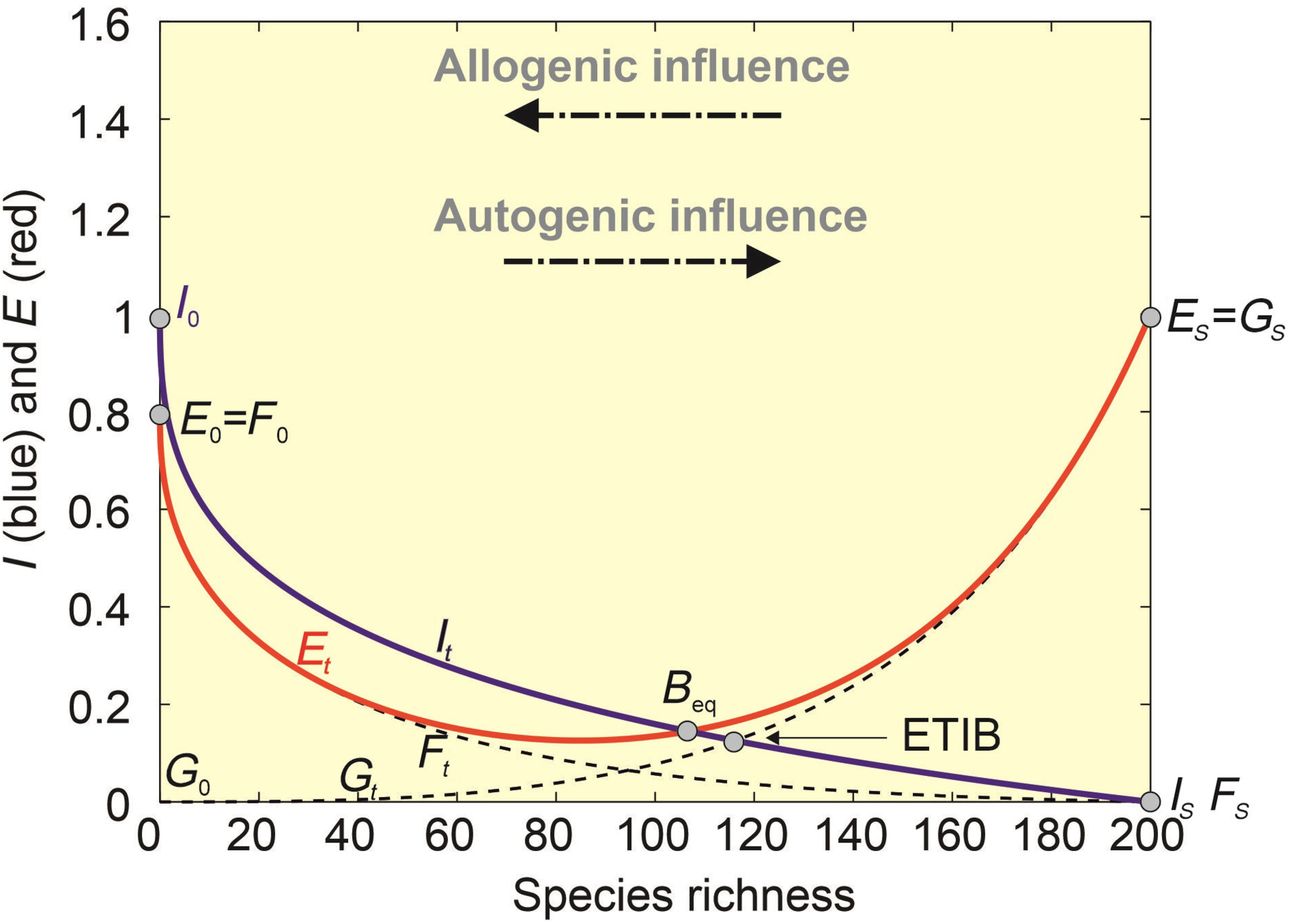
The equilibrium theory of island biogeography is a widely applied dynamic theory proposed in the 1960s to explain why islands have coherent differences in species richness. Here, we show that the number of climatic niches on islands is also an important predictor of the species richness of plants, herpetofauna and land birds, and we therefore propose a model called the niche-based theory of island biogeography.
Body length changes for Atlantic salmon (Salmo salar) over five decades exhibit weak spatial synchrony over a broad latitudinal gradient
- First Published: 09 June 2024
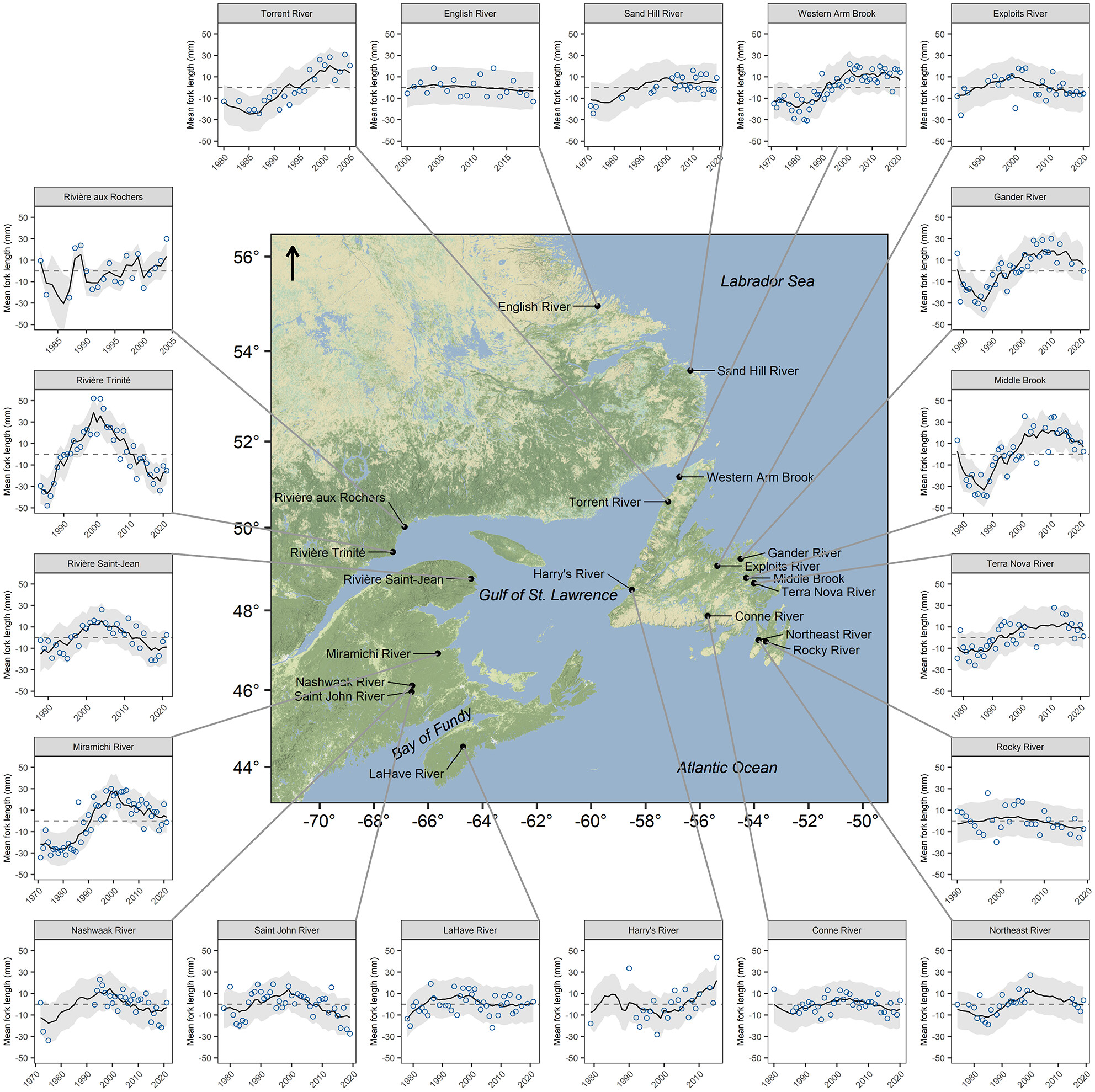
The fork length of Atlantic salmon (Salmo salar) increased during the 1980s and 1990s for six of 19 rivers in Eastern Canada. Fork length changes were related to exploitation rates from size-selective fisheries and temperature for salmon that spent 1 or 2 years in the marine environment, respectively.
Inferences about the population history of Rangifer tarandus from Y chromosome and mtDNA phylogenies
- First Published: 10 June 2024
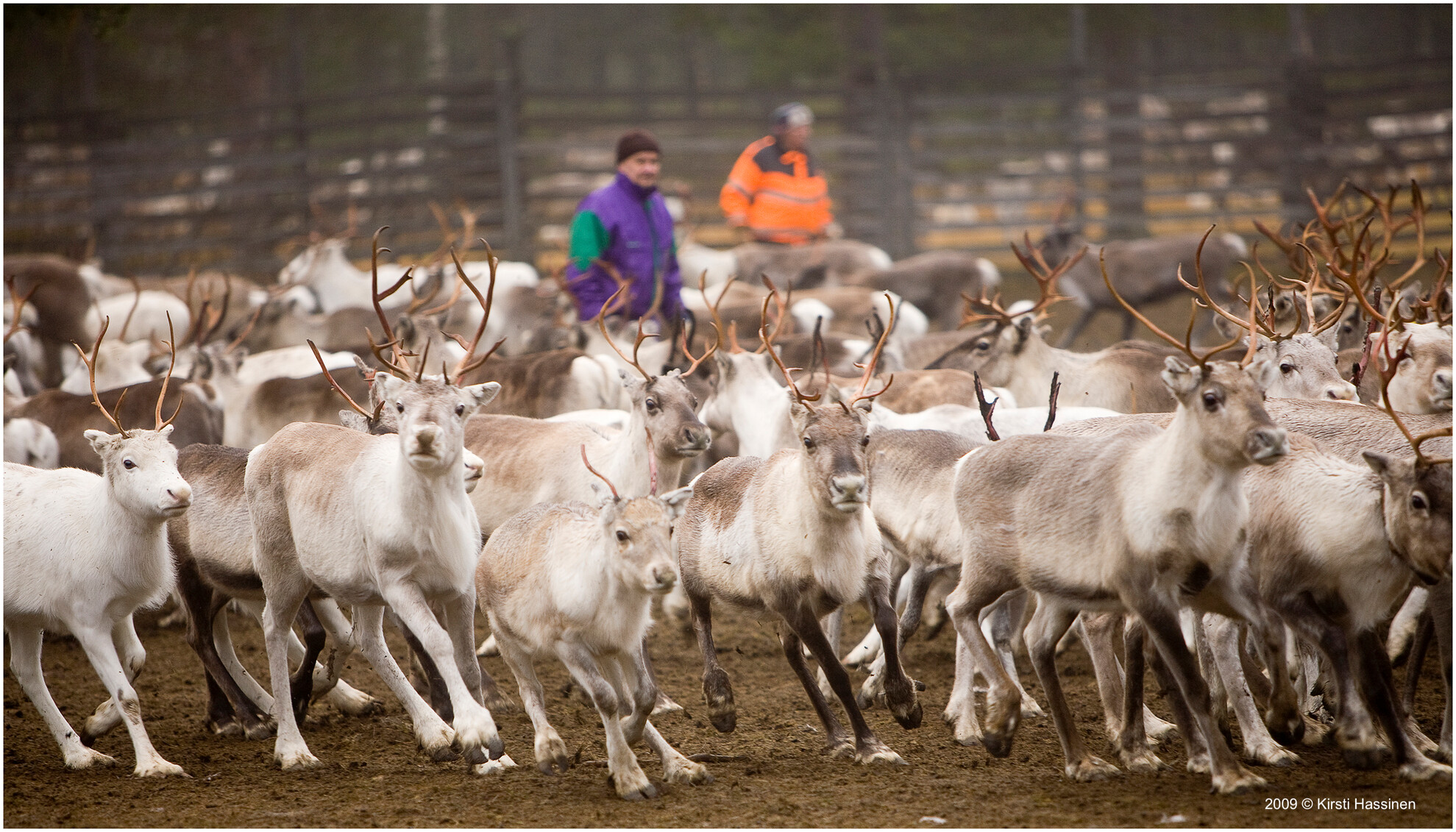
We established for the first time comprehensive analysis of Y and mtDNA lineages in Rangifer tarandus, representing reindeer and caribou across North America, Eurasia, and the Arctic Islands. Our results highlight migrations over long distances after the Last Glacial Maximum, subsequent recolonizations, and human-mediated trajectories, especially the domestication process.
Regional and local factors interact to shape colonization and extinction dynamics of invasive Hydrilla verticillata in a patchy landscape
- First Published: 18 June 2024
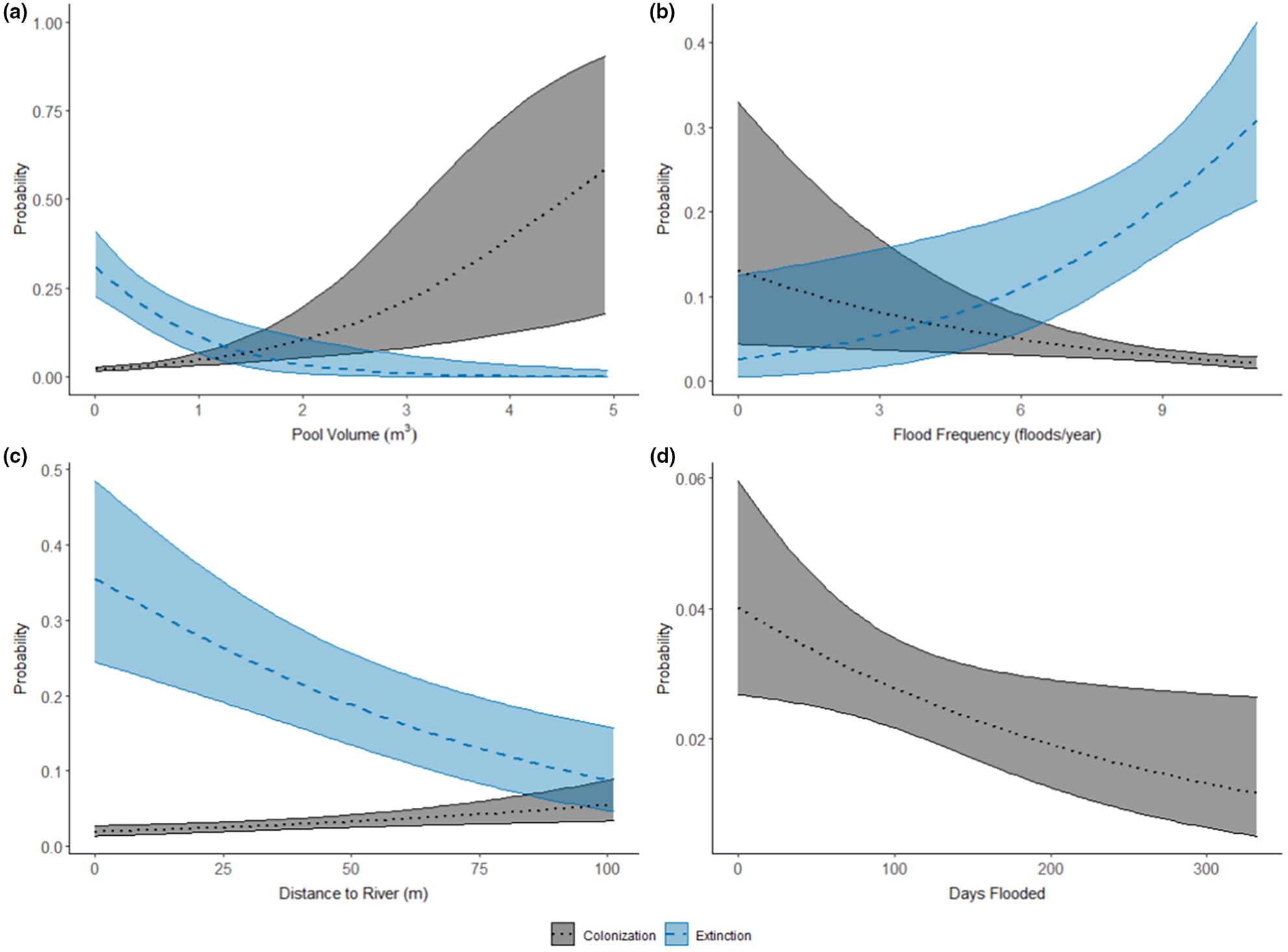
Using dynamic occupancy modeling, we explored drivers of colonization and extinction dynamics of an invasive species, Hydrilla verticillata, within a novel complex landscape of 500+ riverine rock pools. We found that landscape and patch level characteristic, along with disturbance via flooding, influenced the probabilities of both colonization and extinction. Larger, less frequently flooded pools had high colonization probabilities, while smaller, more frequently flooded pools had higher extinction probabilities.
Climatically robust multiscale species distribution models to support pronghorn recovery in California
- First Published: 20 June 2024
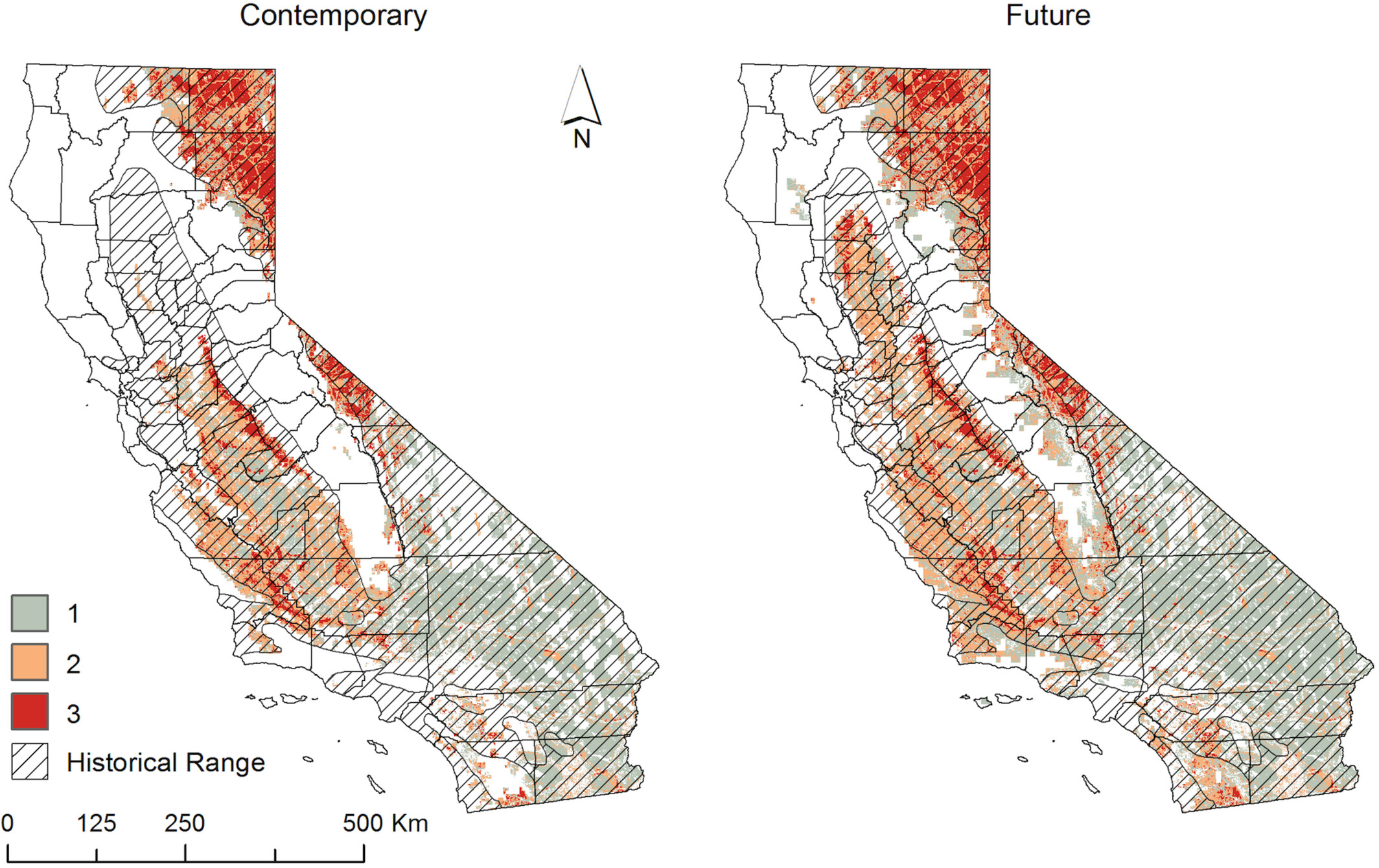
Identifying habitat for a population no longer occupying large swaths of historical areas poses a number of problems for ecologists. We used a suite of modeling approaches to compare estimates of contemporary and future habitat for pronghorn in California. Large areas will remain suitable for the species, but manipulation of local habitat for increased movement and water availability, and a better understanding of historical migration patterns are needed.
Response of stomatal density and size in Betula ermanii to contrasting climate conditions: The contributions of genetic and environmental factors
- First Published: 18 June 2024
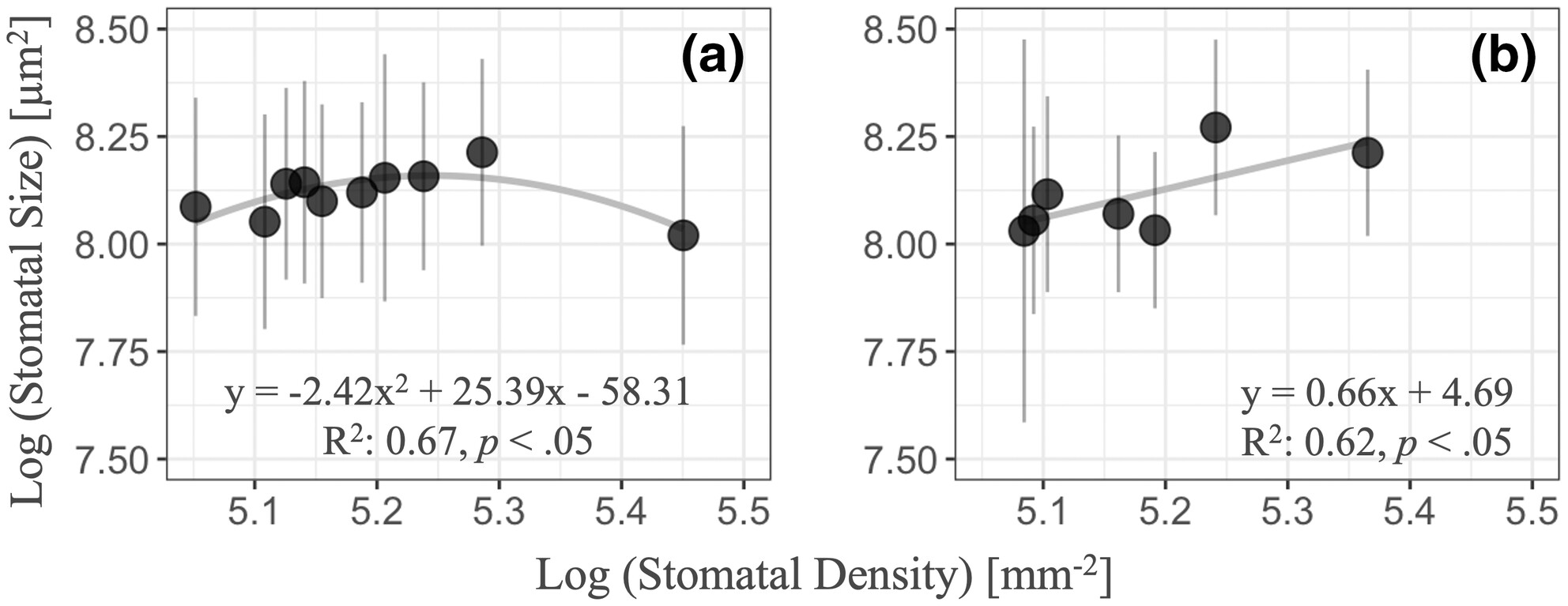
A multi-location common garden experiment revealed that stomata density was equally determined by both genetic and environmental factors, while genetic factors played a more significant role in stomatal size than environmental factors. Additionally, it became clear that the plasticity of stomatal size was lower in populations from relatively harsh environments, and the responses of stomatal density and size to mean annual temperature, annual precipitation, and aridity index were different among populations. These results indicate the possibility of population-specific fitness implications for B. ermanii under future climate change scenarios.
Energy-based corridor identification for mammals between protected areas in Iran
- First Published: 10 June 2024
CORRECTION
Correction to “Microbial community composition in the dung of five sympatric European herbivore species”
- First Published: 19 June 2024
RESEARCH ARTICLES
Age structure and body size of two Tibetan toad (Bufo tibetanus) populations from different elevations in China
- First Published: 11 June 2024
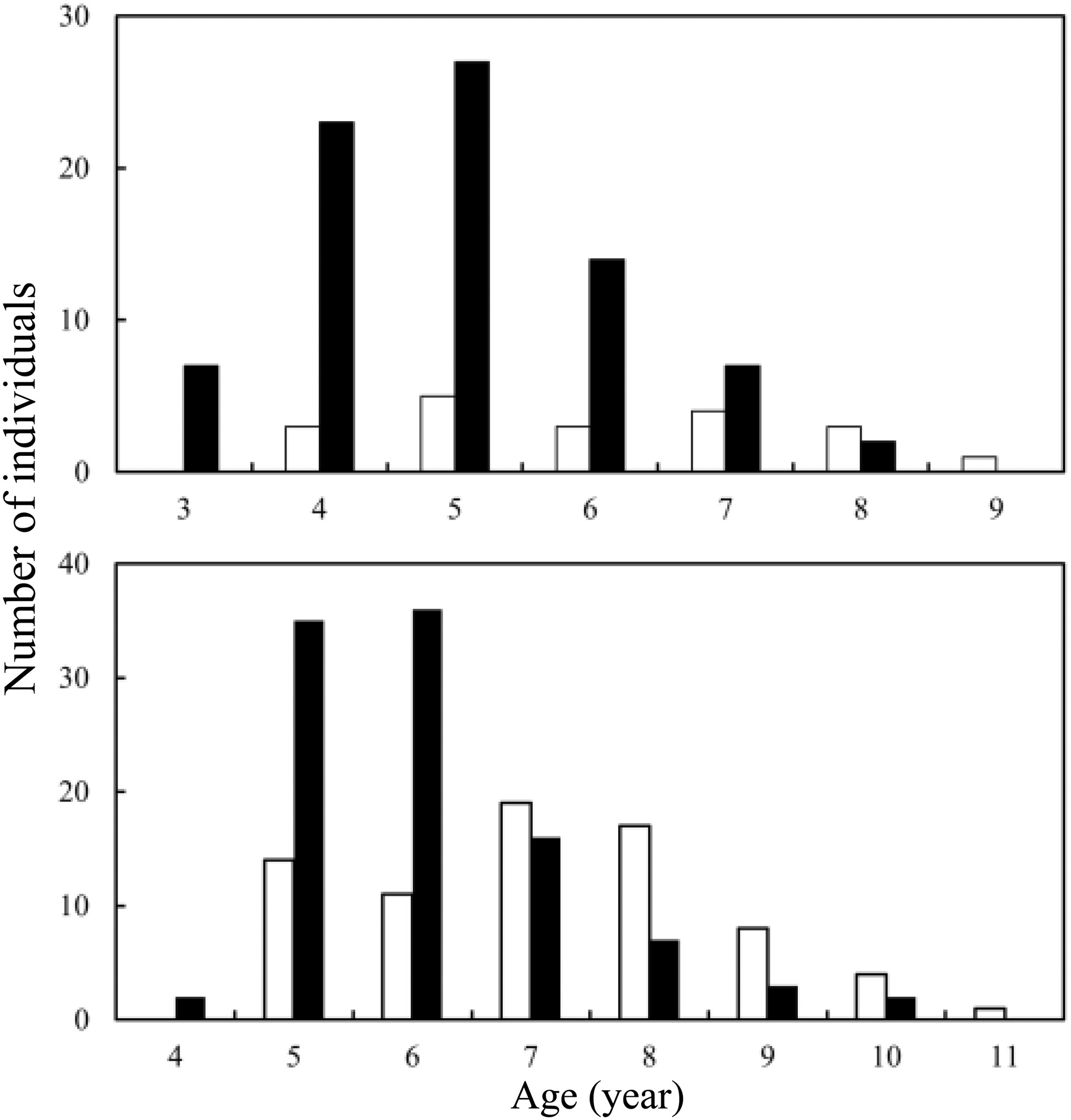
Life-history traits, such as age and body size, can evolve in response to climate variations along elevational gradients. We found the Tibetan toad (Bufo tibetanus) exhibits a slow life history at high elevations, with females being older and larger than males, and individuals from higher elevations being older and larger than those from lower elevations. This suggests that factors other than age, such as elevation-associated temperature, can influence latitudinal patterns in body size.
Combining potential and realized distribution modeling of telemetry data for a bycatch risk assessment
- First Published: 25 June 2024
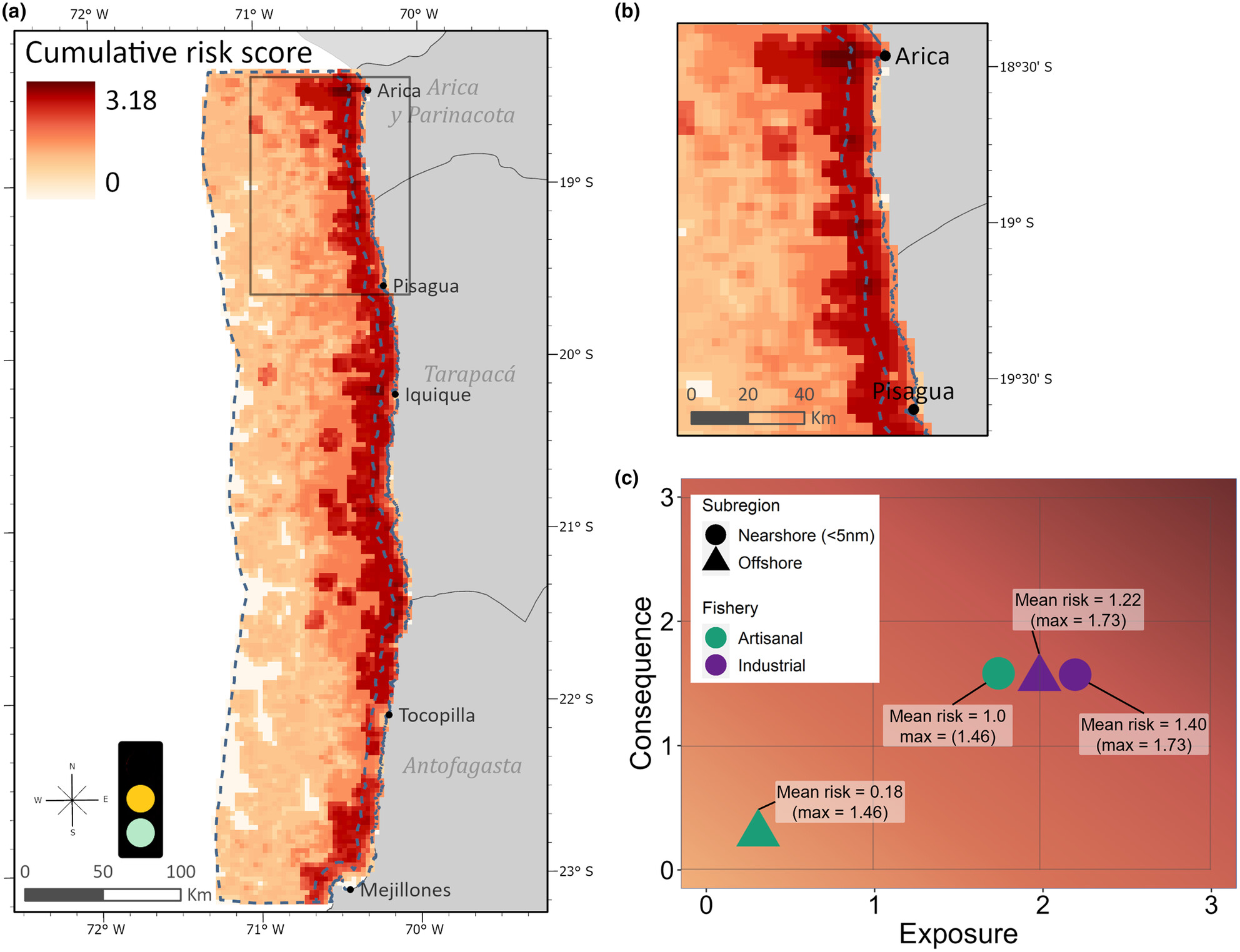
We applied telemetry data of a mobile and widespread species in a combined distribution modeling framework (distribution was modeled at the population-level and individual-level). In our northern Chile study system, the combined predictions of South American sea lions revealed unique patterns of habitat use across scales. The refined suitability map was integrated with fisheries data in a spatial bycatch risk assessment, identifying areas of greater interaction risk at the interface of industrial and artisanal fleet operational areas.
Genetic diversity and population structure of a rare flowering tree endemic to Appalachia, Stewartia ovata
- First Published: 25 June 2024
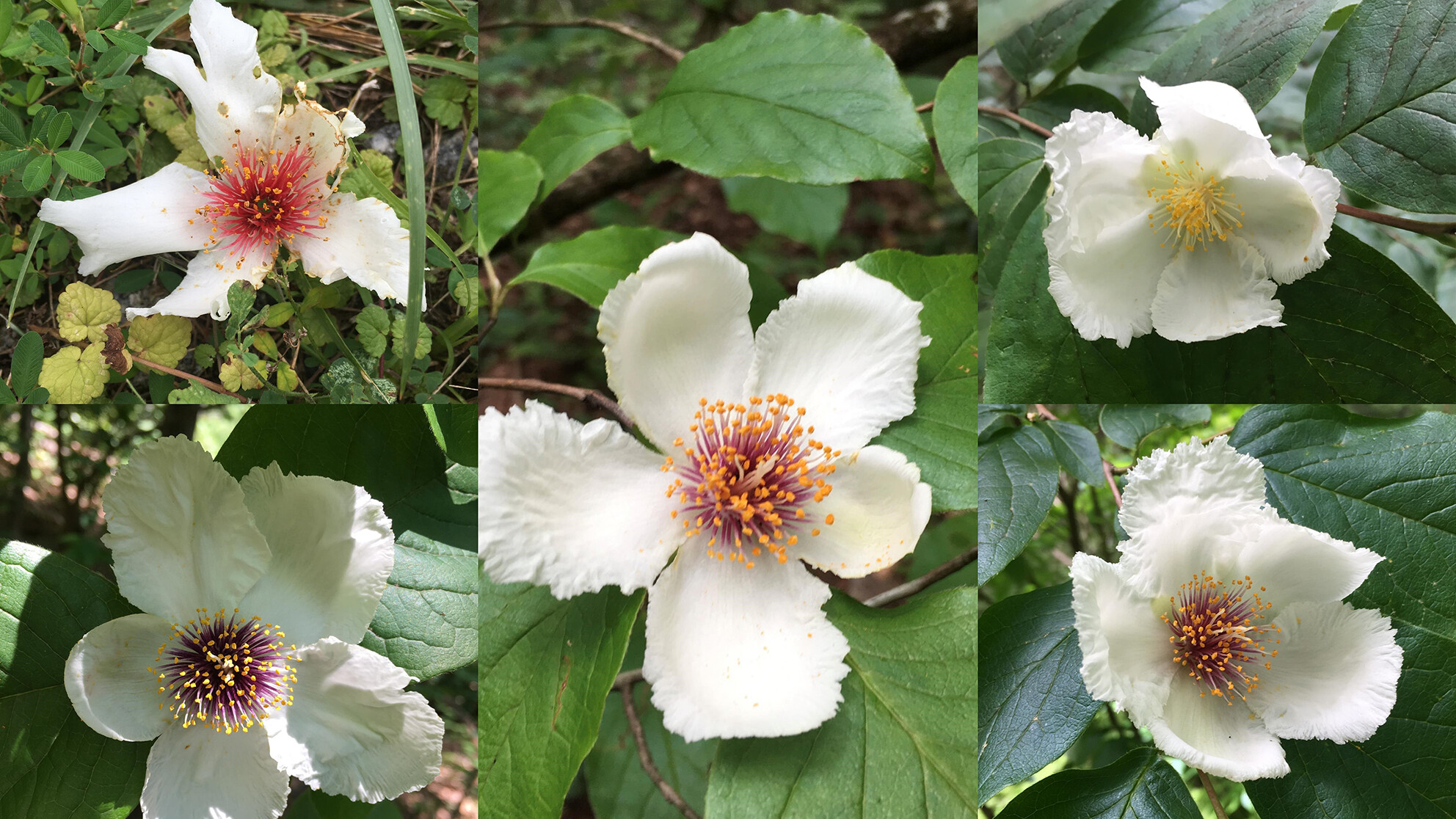
Stewartia ovata, commonly known as mountain stewartia, is a native shrub of the southeastern United States. Their growth is relatively slow and, due to long seed dormancy, they are difficult to propagate and their natural populations appears to be shrinking. Here, we employ a genotyping-by-sequencing (GBS) approach to characterize the genetic structure and diversity of mountain stewartia in the Smokey Mountain region of the eastern United States.
Grazing decreases net ecosystem carbon exchange by decreasing shrub and semi-shrub biomass in a desert steppe
- First Published: 25 June 2024
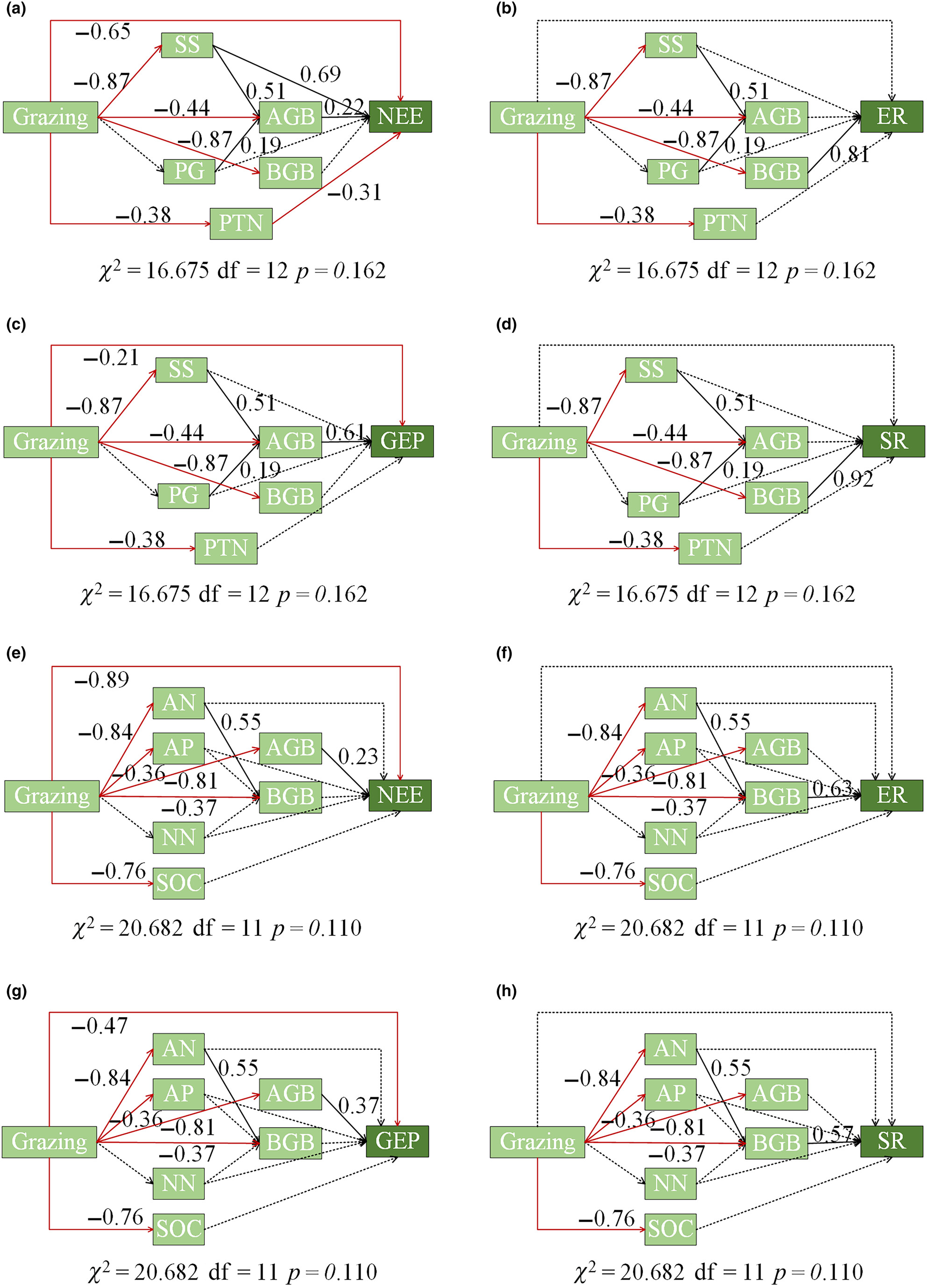
We measured ecosystem carbon fluxes and their associations in response to a long-term (16-year) grazer manipulation experiment in a desert steppe grassland in Inner Mongolia, China. Our results show that grazers alter patterns of net ecosystem exchange primarily via their negative influence on the biomass of shrubs and subshrubs, which play a prominent role in ecosystem functions.
Potential distribution patterns and species richness of avifauna in rapidly urbanizing East China
- First Published: 18 June 2024
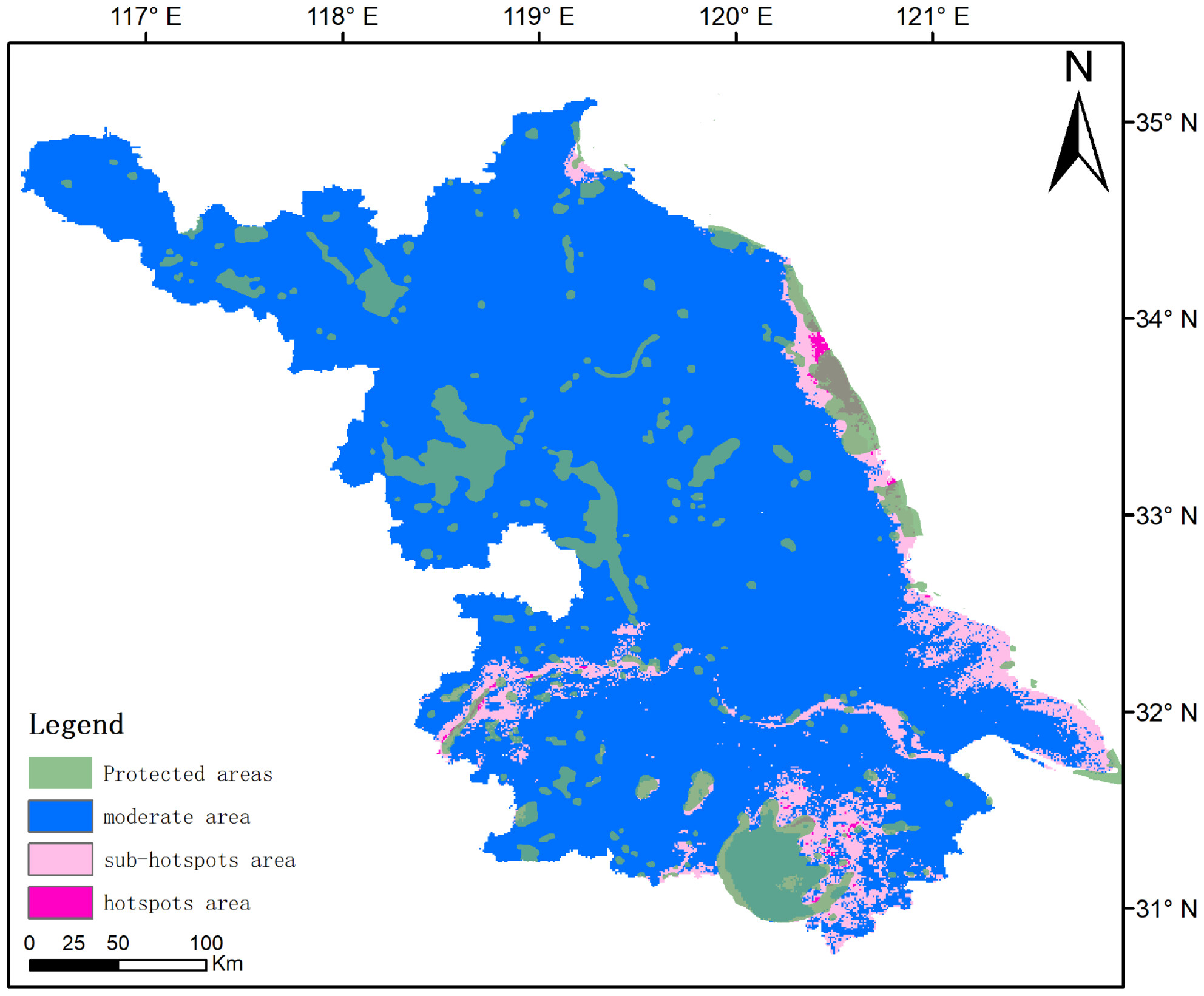
This study used species distribution models for 312 bird species to find patterns of bird species richness and identify hotspots in Jiangsu Province. The results showed that most hotspots are well protected, but some areas, like parts of Sheyang County and regions along the Yangtze River, have weak protection measures.
Dispersal limitation and environmental filtering effects: The taxonomic and functional beta diversity of ground beetles along the altitudinal gradient in Chinese warm-temperature forests
- First Published: 25 June 2024
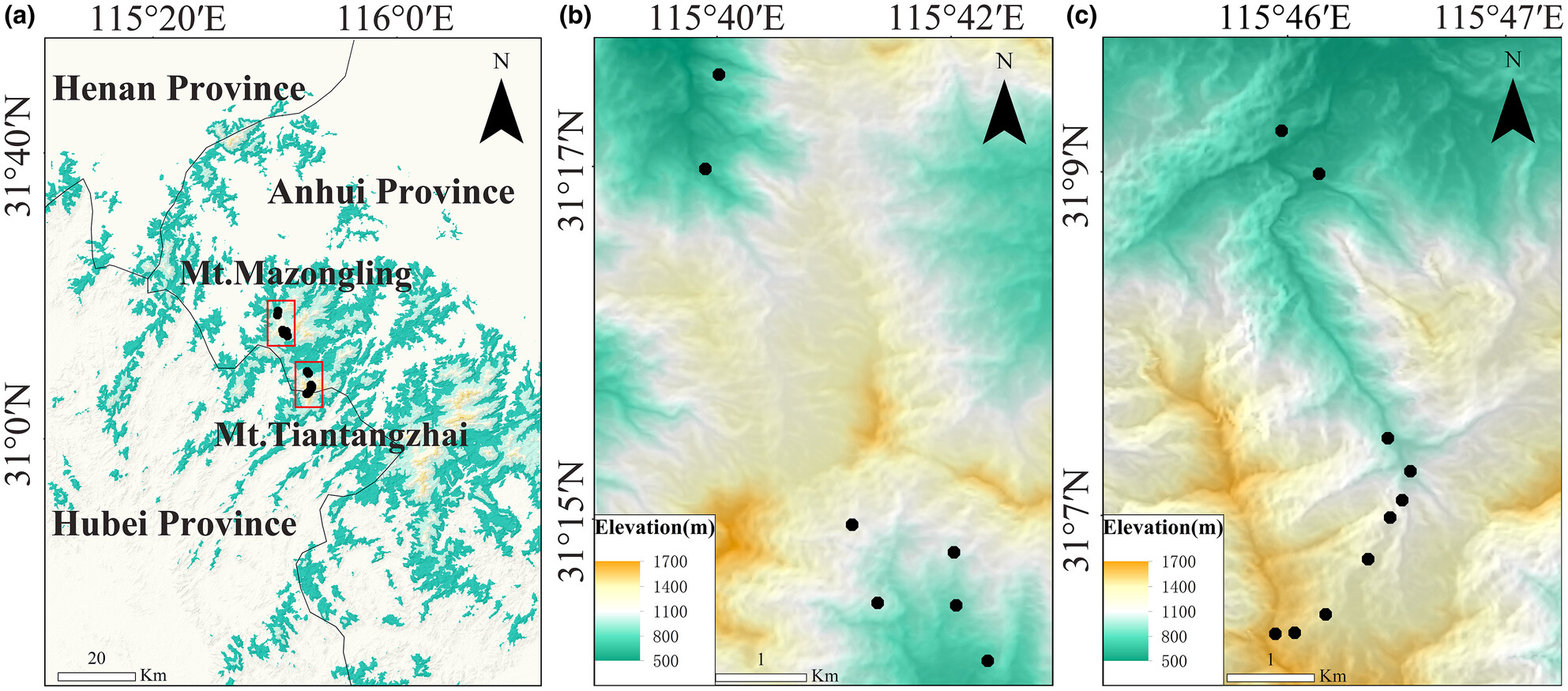
In this study, we investigate the taxonomic and functional beta diversity patterns of ground beetle communities along the altitudinal gradient of warm-temperature forests in eastern China. We get the conclusion that dispersal limitation and environmental filtering jointly drive the taxonomic and functional β-diversity of ground beetles. This study provides insight into carabid community assembly in Chinese warm-temperature forests.
REVIEW ARTICLES
Trends in research approaches and gender in plant ecology dissertations over four decades
- First Published: 11 June 2024
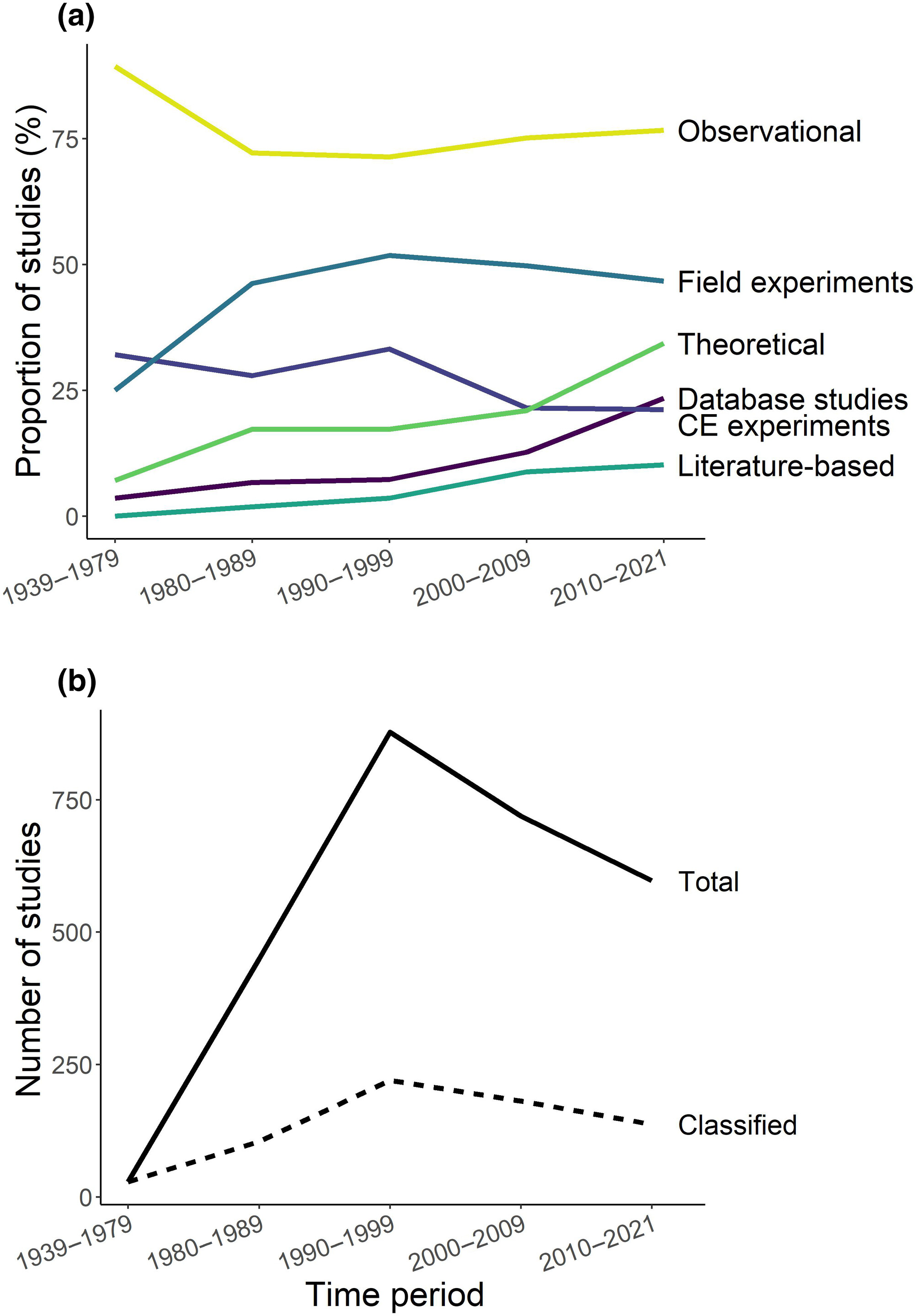
Recently, some researchers have raised concerns over the apparent rise of big data studies and the decline of field observations in ecology. But to what extent is this change occurring? Using plant ecology dissertations as a test case, we quantified trends in research methodologies and found that observational studies continue to dominate, even though newer methods have nudged their way in.
GENETICS NOTES
Genome sequencing, comparative analysis, and gene expression responses of cytochrome P450 genes in Oryzias curvinotus provide insights into environmental adaptation
- First Published: 18 June 2024
NATURE NOTES
Meal or mate: Exploring the evidence of sexual cannibalism among amphibians
- First Published: 12 June 2024

Sexual cannibalism is a form of conspecific predation among adults, typically committed by females that consume potential or actual mating partners. We provide an observation of cannibalism involving an adult female green and golden bell frog, Litoria aurea, preying on a conspecific adult male during the species' breeding season. By comparing our observation to the available literature, we show that adult–adult cannibalism among amphibians is rare but tends to be committed by females against their male counterparts and propose that amphibians possess traits that may promote the evolution of sexual cannibalism.
RESEARCH ARTICLES
Invertebrate diversity in groundwater-filled lava caves is influenced by both neutral- and niche-based processes
- First Published: 25 June 2024
Different facets of alpha and beta diversity of benthic diatoms along stream watercourse in a large near-natural catchment
- First Published: 13 June 2024
Stable isotopes (15N) facilitate non-invasive labelling of large quantities of macroinvertebrates across different species and feeding types
- First Published: 18 June 2024
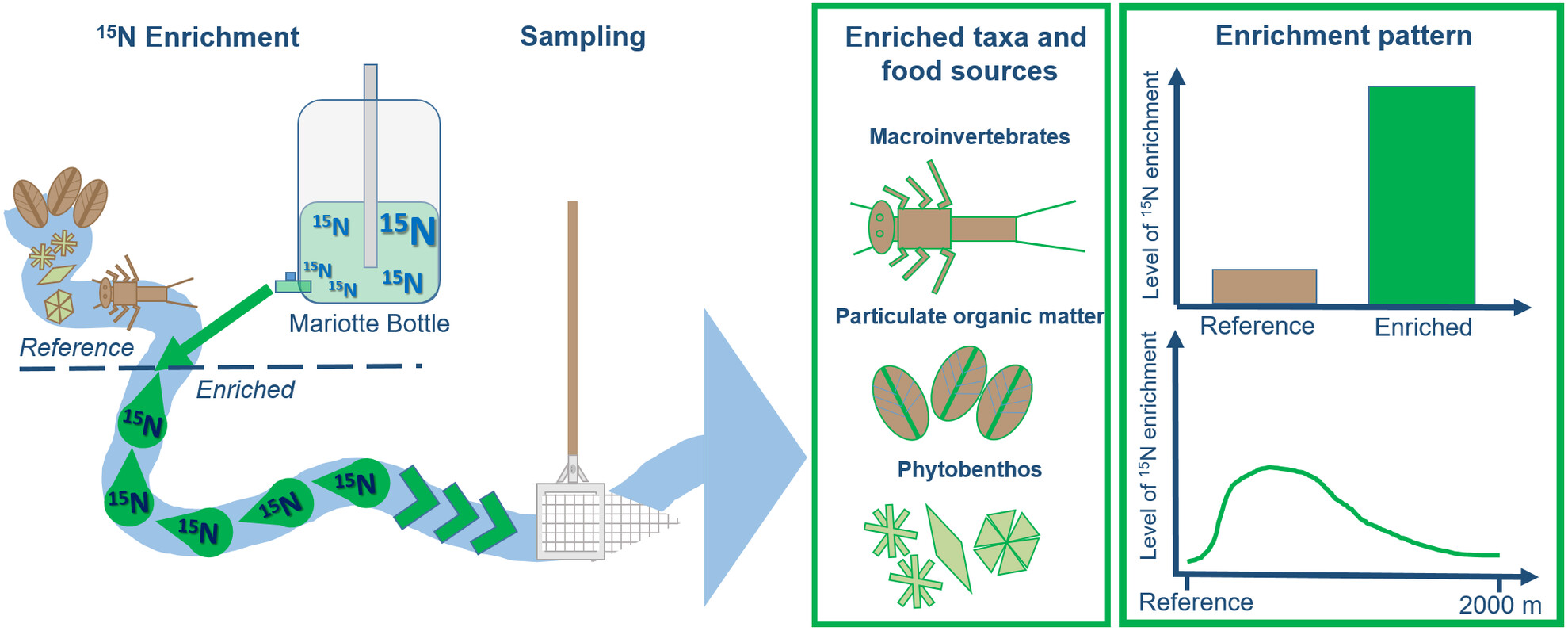
Isotopic enrichment offers a non-invasive approach to label macroinvertebrates and contributes to our understanding of dispersal dynamics in aquatic ecosystems. By releasing 15NH4Cl into stream reaches, we successfully labelled 3 million individuals of 12 macroinvertebrate taxa and observed significant enrichment up to 2000 m downstream, demonstrating the method's general applicability for labelling large amounts of macroinvertebrates.
Rapid taxonomic categorization of short, abundant virus sequences for ecological analyses
- First Published: 17 June 2024
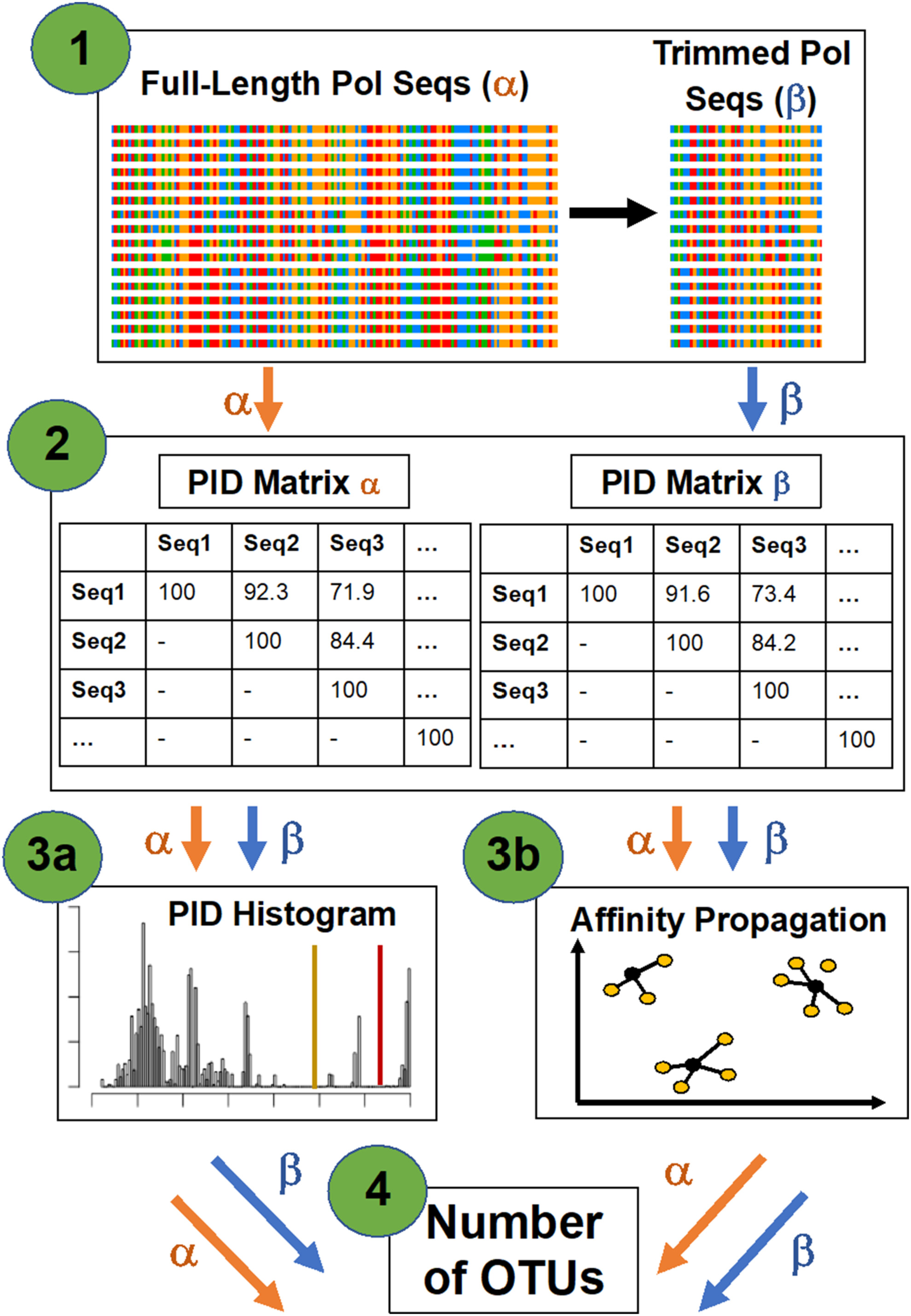
We sampled 1086 bats from two, adjacent Puerto Rican caves and tested them for infection by herpesviruses, resulting in 3131 short, viral sequences. Using percent identity of nucleotides and a machine learning algorithm (affinity propagation), we categorized herpesviruses into 43 operational taxonomic units (OTUs). We describes the natural history of herpesvirus metacommunities in Puerto Rican bats, suggest that viruses follow general laws of community ecology, and guide future efforts in the field of viral ecology by presenting hypotheses regarding mechanisms that contribute to demonstrated patterns.
Effects of temperature and resource level on interspecific interactions in two species of Odonata larvae
- First Published: 13 June 2024
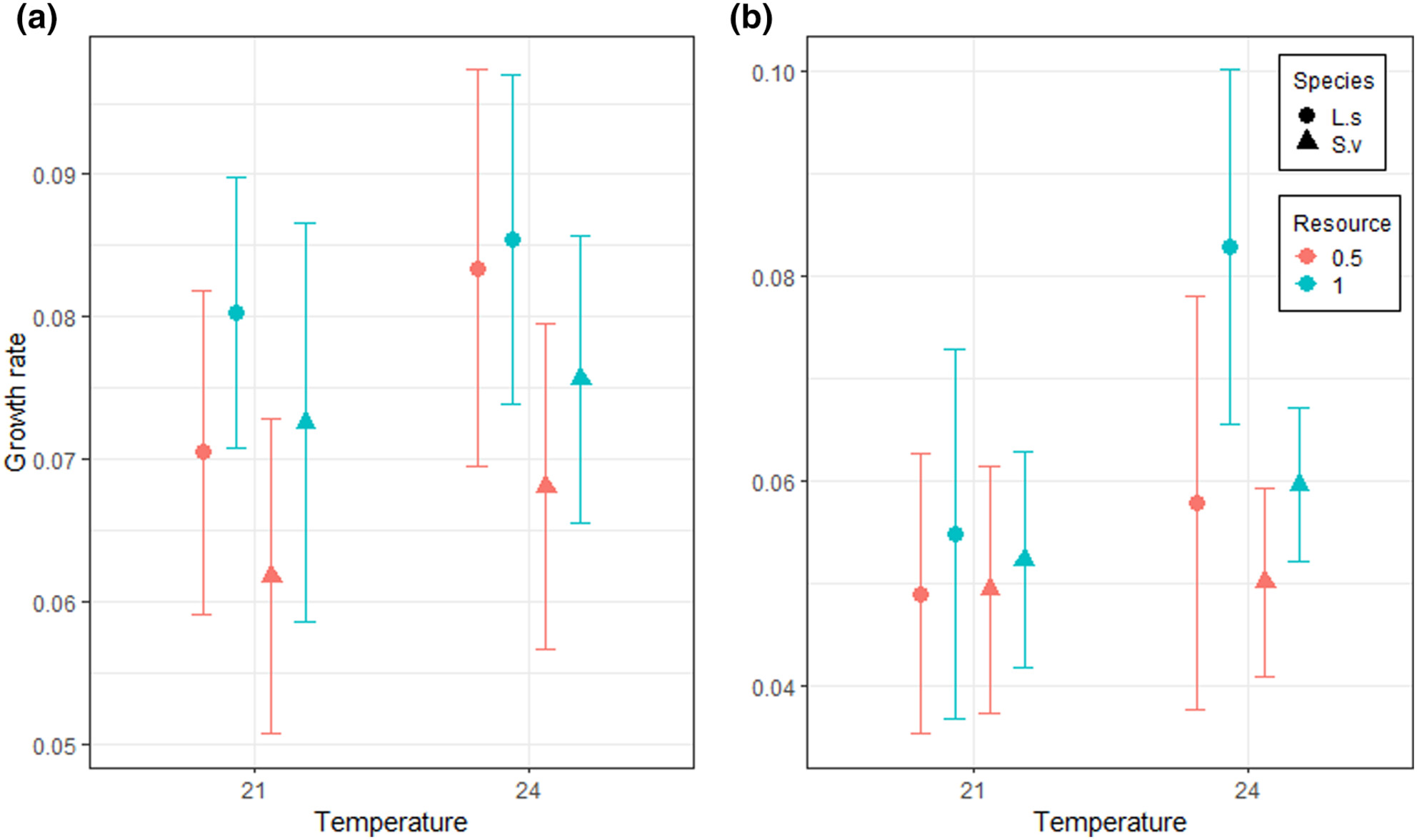
We tested how temperature and resource density affect survival and growth in the larval stage of two coexisting odonates, the damselfly Lestes sponsa and the dragonfly Sympetrum vulgatum. Our results imply that resource levels interact with temperature to affect interactions between the species. Theoretical studies should consider these effects when making predictions on changes in species distribution in light of climate change.
First automatic size measurements for the separation of dwarf birch and tree birch pollen in MIS 6 to MIS 1 records from Northern Germany
- First Published: 14 June 2024
Designing eco-evolutionary experiments for restoration projects: Opportunities and constraints revealed during stickleback introductions
- First Published: 25 June 2024
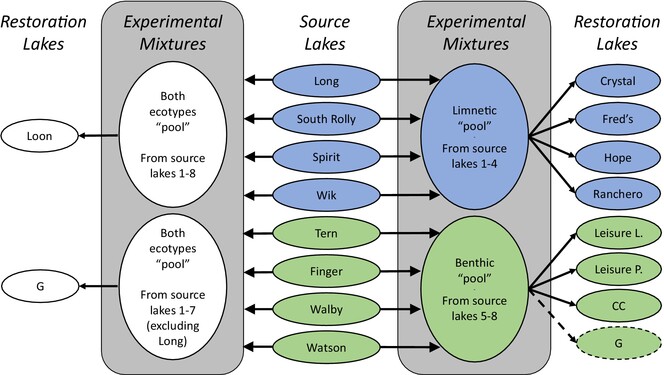
Opportunities for eco-evolutionary experiments are rare but they do arise in the context of restoration ecology. Designing such experiments requires wrestling with several consequential questions. We recently grappled with these questions when designing an eco-evolutionary experiment with threespine stickleback (Gasterosteus aculeatus) introduced into nine small lakes and ponds on the Kenai Peninsula in Alaska that required restoration. We ended up using benthic versus limnetic ecotypes from a mixture of four source populations per ecotype (selected based on trophic morphology) that were then introduced in various combinations into the nine restoration lakes.
Behavioural responses of brown bears to roads and hunting disturbance
- First Published: 14 June 2024
Extracting secondary data from citizen science images reveals host flower preferences of the Mexican grass-carrying wasp Isodontia mexicana in its native and introduced ranges
- First Published: 14 June 2024
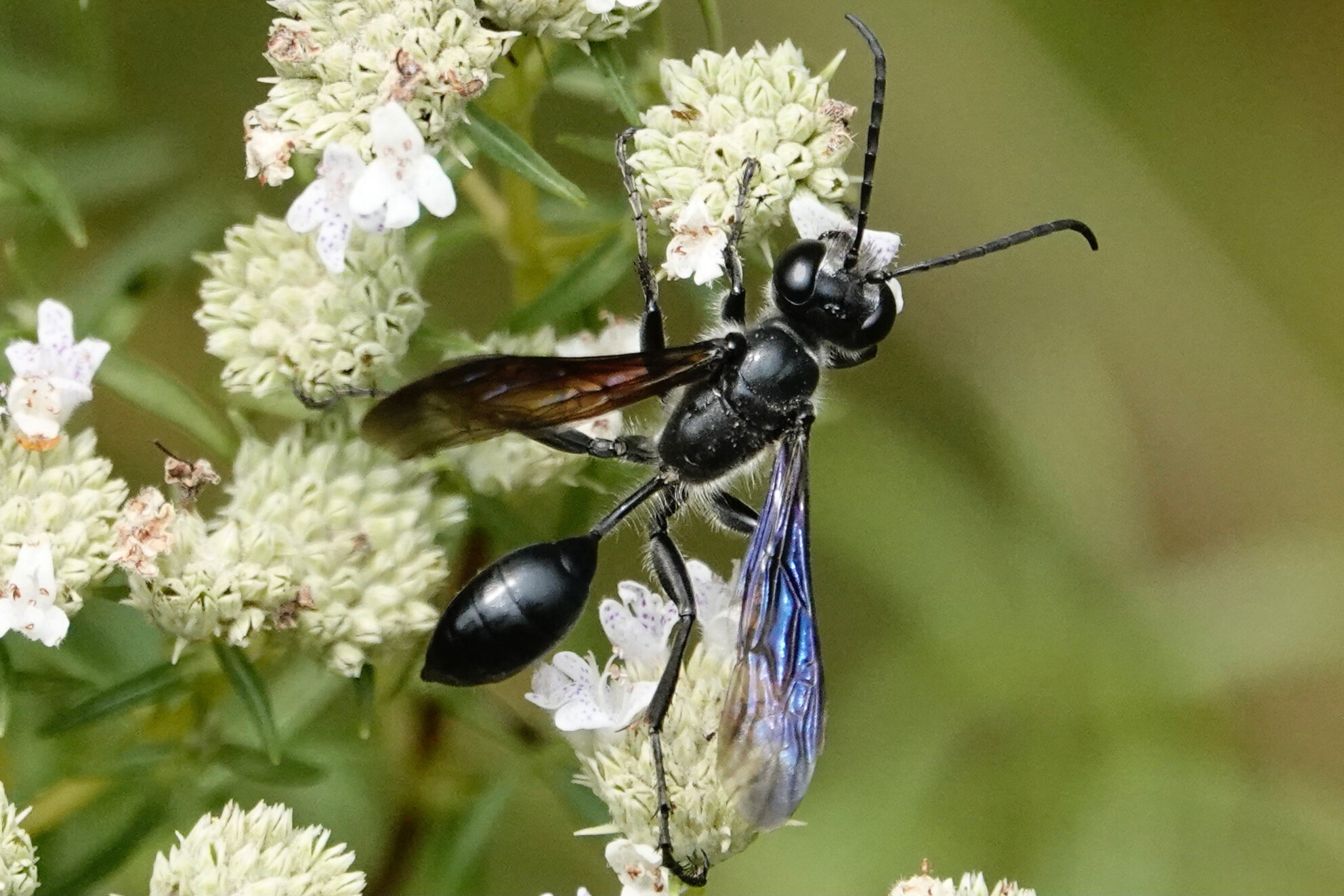
This study uses citizen-scientist photographic records to examine pollinator-plant interactions of the wasp Isodontia mexicana in its native and introduced range. We use a data sharing method by identifying the plants on iNaturalist images of the wasp using the Pl@ntNet API, a plant species identification application. We validated this method by simultaneously identifying the plants by experts and summarizing other interactions seen in the photographs to support the added value of the image data contributed by the public for ecological research.
Potential impact of climate change on the distribution of Capricornis milneedwardsii, a vulnerable mammal in China
- First Published: 25 June 2024
This study used the MaxEnt model to predict the current and future potential geographical distribution of Capricornis milneedwardsii, a vulnerable species endemic to China, under different climate change scenarios. Results suggest that the distribution of C. milneedwardsii is likely to expand in the future, with highly suitable areas increasing under both RCP 4.5 and RCP 8.5 scenarios. These findings could provide a theoretical reference for the protection of C. milneedwardsii in the future.
ACADEMIC PRACTICE IN ECOLOGY AND EVOLUTION
RESEARCH ARTICLES
Intraspecific variation in pollination ecology due to altitudinal environmental heterogeneity
- First Published: 18 June 2024
Distribution, abundance, population structures, and potential impacts of the invasive snail, Tarebia granifera in aquatic ecosystems of north-eastern South Africa
- First Published: 25 June 2024
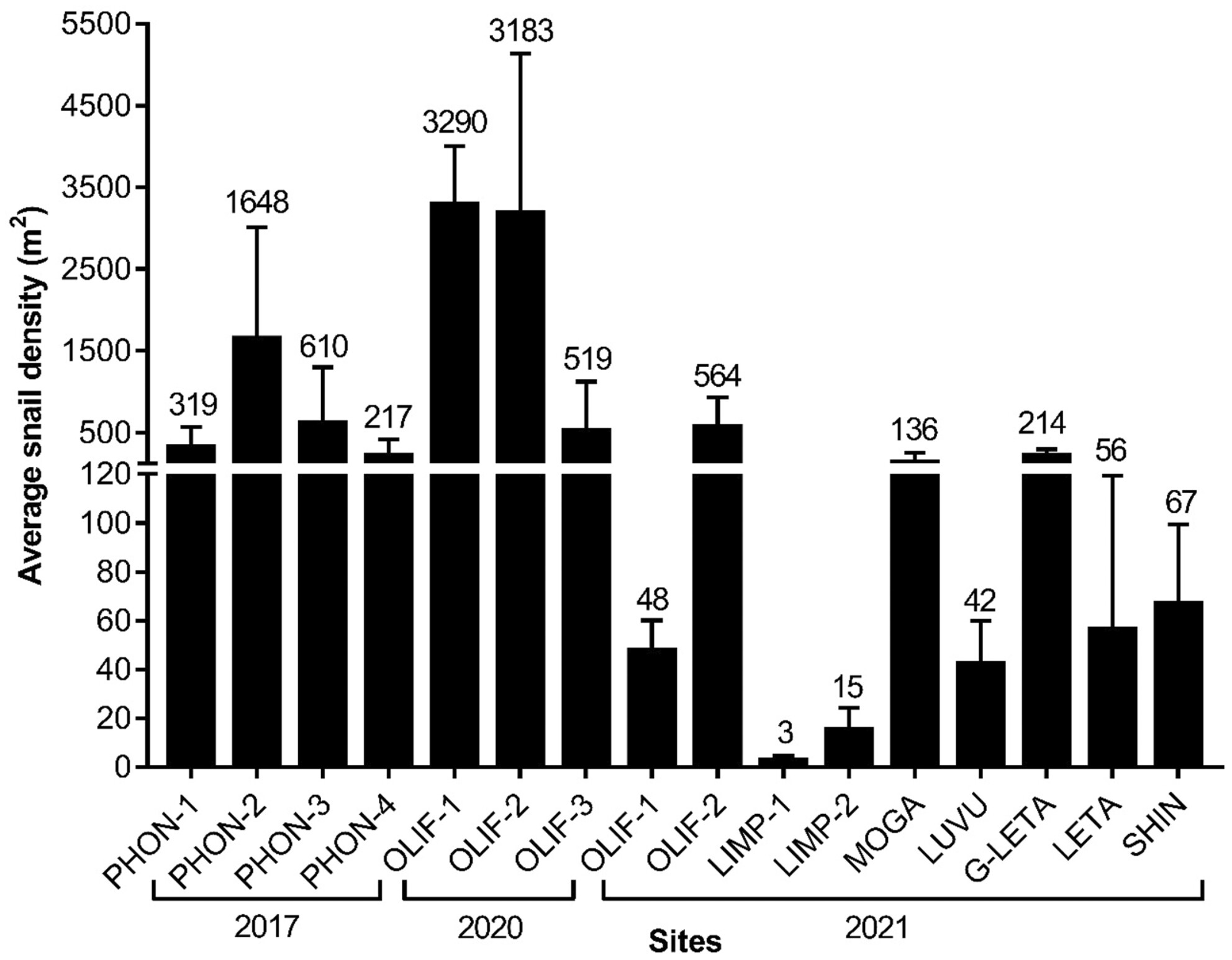
The study investigates Tarebia granifera, a highly successful aquatic invader, in South Africa's Limpopo and Phongolo River systems. The study revealed that T. granifera dominates in habitats where it is present, negatively impacting native molluscan species. Interestingly, the study did not find significant correlations between T. granifera and water quality parameters and observed higher densities during spring, providing valuable insights for managing this invasive species in newly invaded regions like southern Africa.
Riding the wetland wave: Can ducks locate macroinvertebrate resources across the breeding season?
- First Published: 25 June 2024
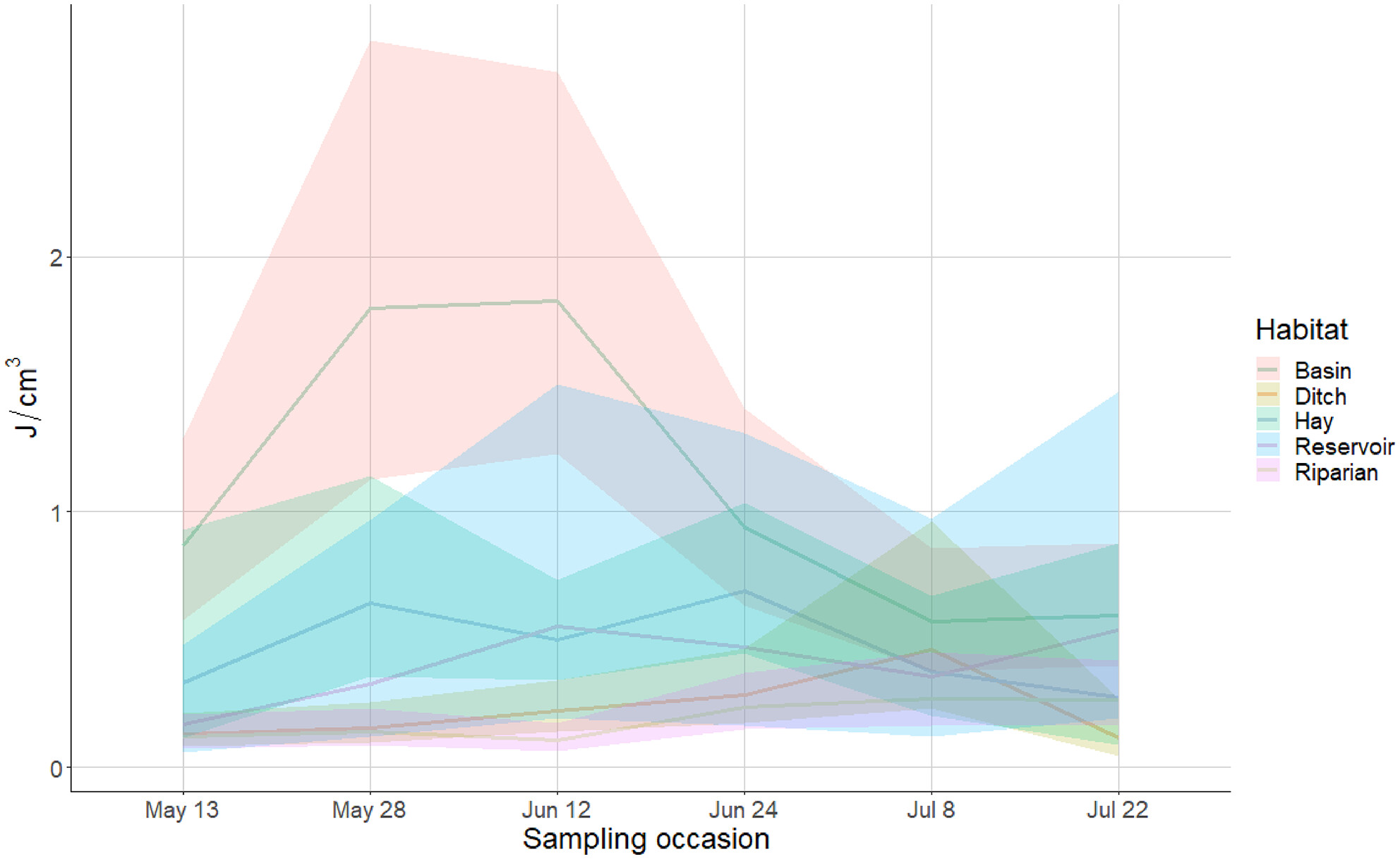
Nektonic macroinvertebrate density varies across wetland types and over time during the waterfowl breeding season, with basin wetlands harboring the highest density and the most stable resources. Waterfowl pairs are able to track these densities and are found in the greatest numbers in the wetlands with the highest food density during the breeding season.
Current and future environmental suitability for bats hosting potential zoonotic pathogens in rural Kenya
- First Published: 14 June 2024
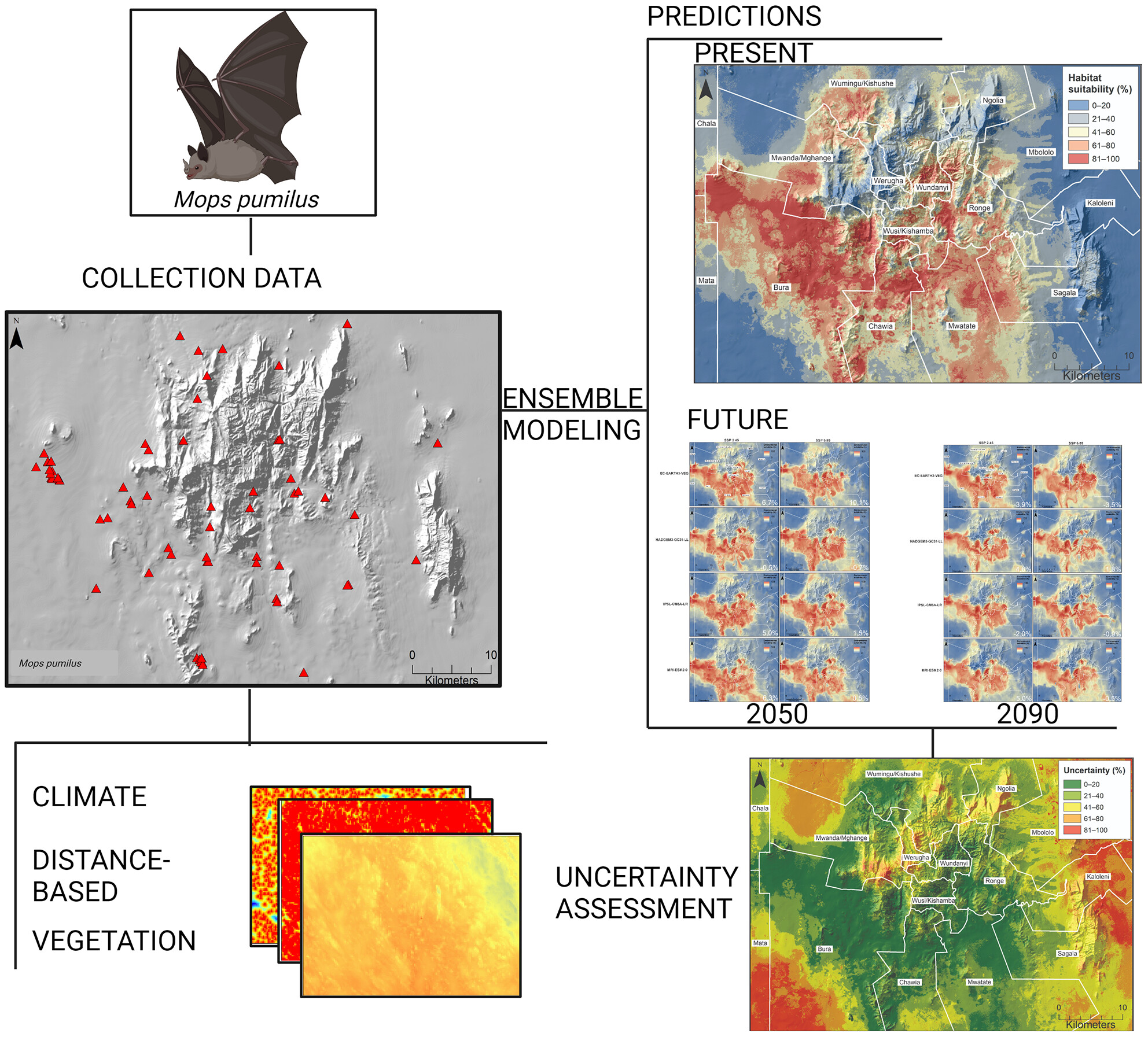
Bats are reservoirs for emerging pathogens and may pose significant risks to human health. Understanding spatial overlap between bats and humans across landscapes is a necessary requirement for developing exposure prevention strategies against bat-borne zoonotic pathogens. We explored environmental correlates of occurrence for a widely distributed synanthropic African bat, Mops pumilus—a species associated with potential zoonotic viruses—and estimated current and future environmental suitability in Taita–Taveta County in southeast Kenya. Current suitable environments were located southwards from central Taita Hills overlapping with urban centers, and future predictions demonstrate how these areas will change—first, the localized range of M. pumilus will increase in human-dominated areas by 2050, and thereafter, environmental suitability will decrease and become more fragmented indicating the potential negative impact of higher temperature increase on the species. The results show how environmental changes are likely to impact human exposure risk of bat-borne pathogens and could help public health officials develop strategies to prevent these risks in Taita–Taveta County, Kenya, and other parts of Africa. Figure was created with Biorender.com.
CORRECTION
RESEARCH ARTICLES
Rare bird forecast: A combined approach using a long-term dataset of an Arctic seabird and a numerical weather prediction model
- First Published: 25 June 2024
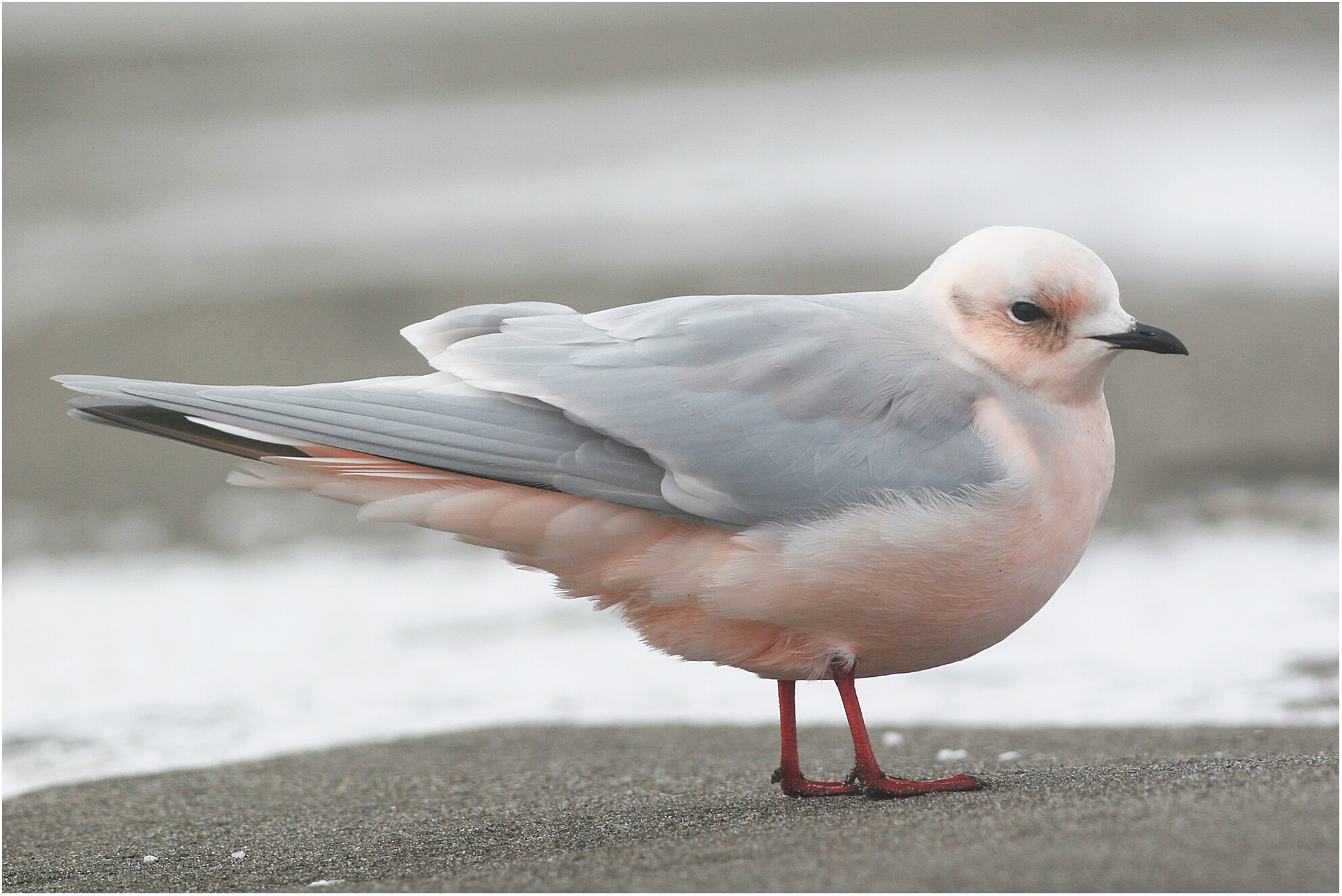
Wildlife observation is a popular recreation worldwide, and sightings of rare animals are often highly desired. We developed user-friendly forecast systems of the daily observation probabilities of a rare seabird species (Ross's Gull Rhodostethia rosea) in a coastal area in northern Japan. The developed forecast systems are useful for the cost-effective observation of this beautiful bird.
Biogeographical diet variation within and between the rabbitfishes Siganus corallinus, Siganus doliatus, Siganus trispilos and Siganus virgatus
- First Published: 17 June 2024
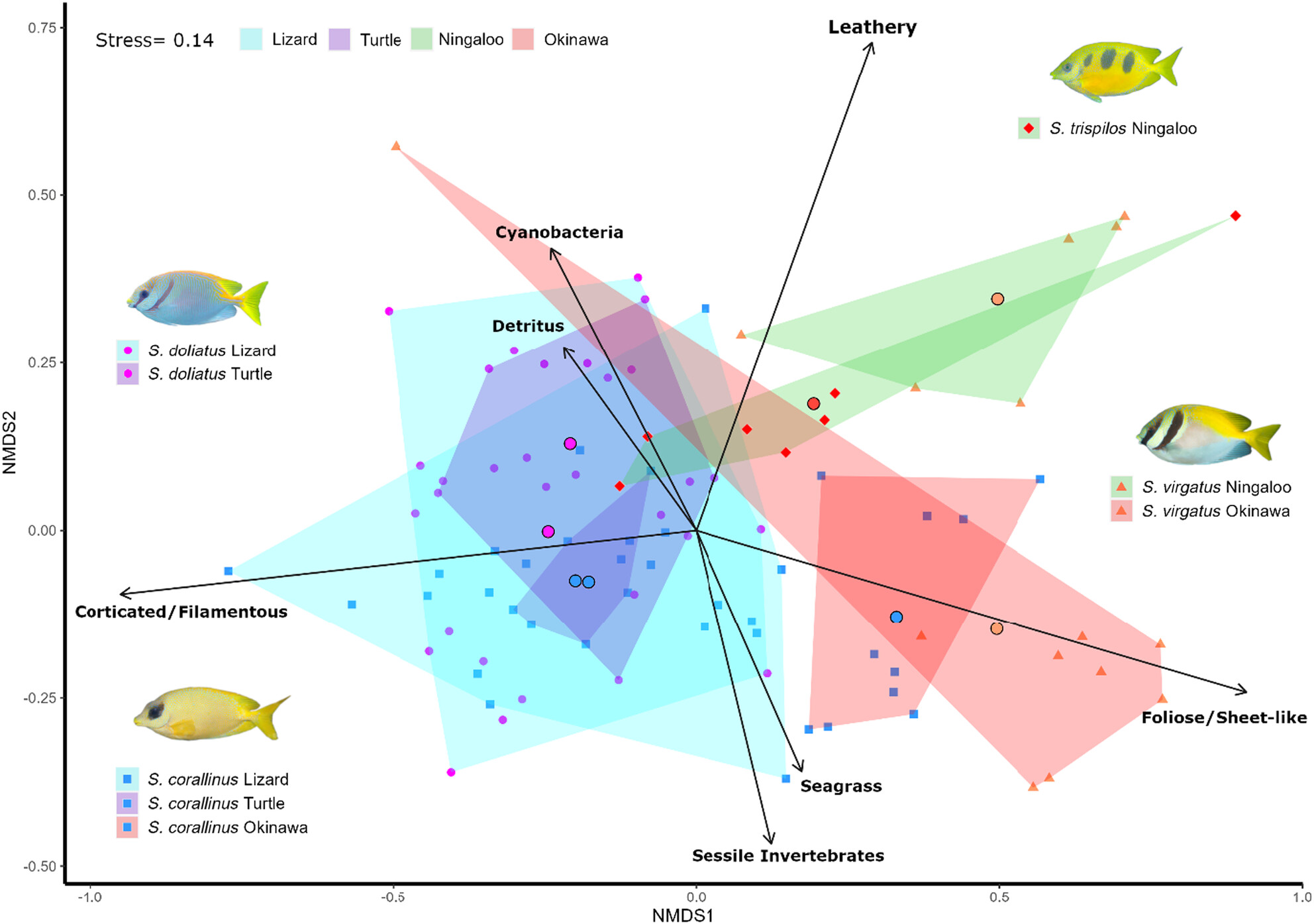
The present study assessed the inter-and intra-specific diet variation of rabbitfishes factored by morphological relatedness among populations from western Australia, the Great Barrier Reef and Okinawa. Results showed that region had a strong effect on diet, effectively reducing the expected effect of morphologic similitude, indicating that rabbitfishes possess high diet plasticity, and hence their functional role as mediators of competition between macroalgae and corals can change across biogeographic regions. Local context is therefore important for an accurate assessment of the diet and functional role of herbivorous fishes.
Adapting to change: Exploring the consequences of climate-induced host plant shifts in two specialist Lepidoptera species
- First Published: 25 June 2024
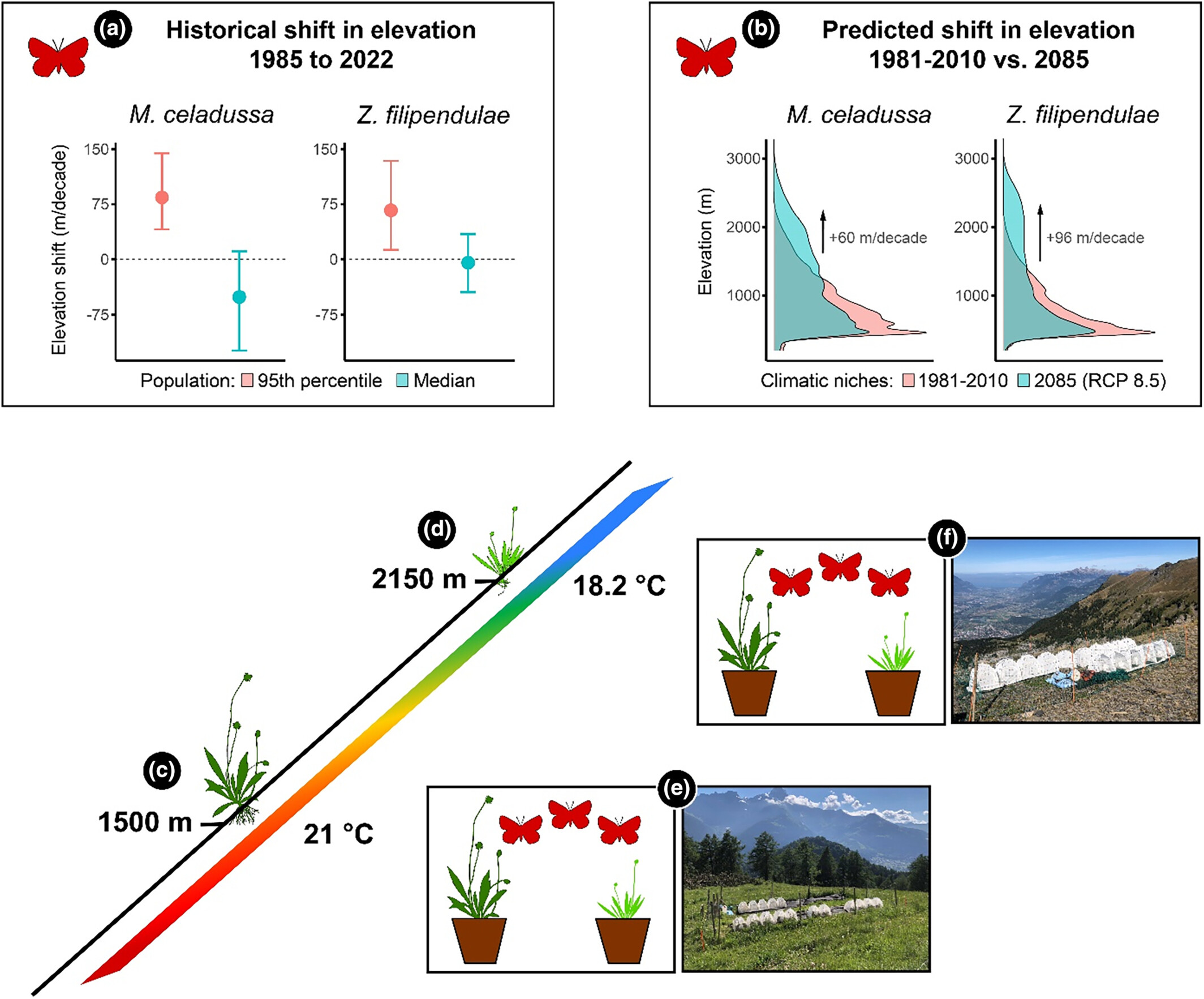
Our study is the first to our knowledge exploring consequences for specialised low-elevation insect herbivores facing novel, congeneric, high-elevation plants. Importantly, our study highlights that considering altered biotic interactions, such as those between specialised insects and their host plants, is crucial to predict how species will respond to climate change.
Covering the bases: Population genomic structure of Lemna minor and the cryptic species L. japonica in Switzerland
- First Published: 14 June 2024
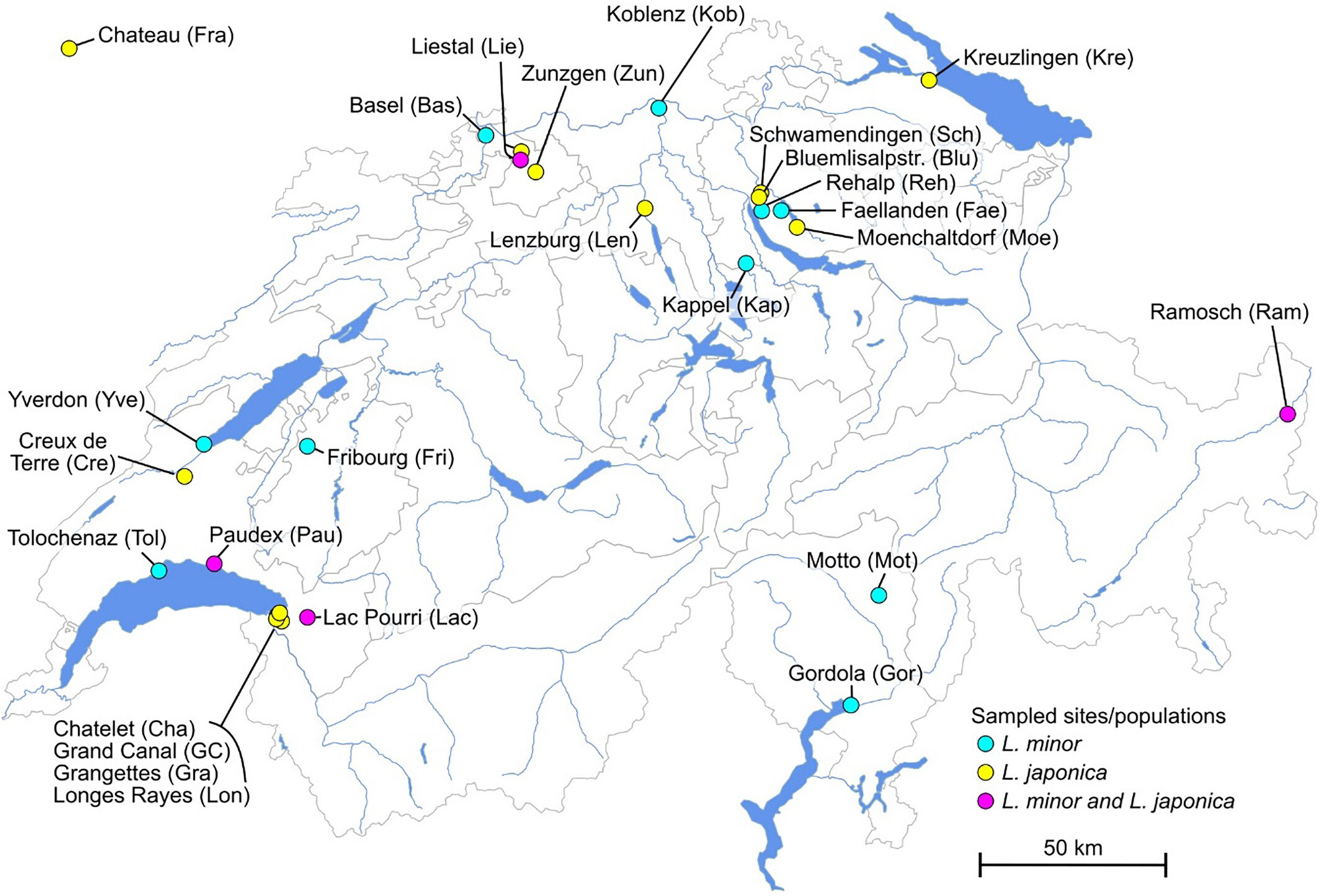
We investigated the genetic diversity and population structure of the common duckweed Lemna minor. Through whole-genome sequencing of 23 natural populations in Switzerland, we identified two genetic clusters, including a cryptic species, L. japonica. While L. minor showed a well-defined population structure, L. japonica showed weaker population structure. The findings highlight the widespread distribution of L. japonica and underscore the importance of genetic studies in improving our understanding of duckweed ecology and evolution, particularly when it comes to leveraging L. minor for eco-evolutionary research.
NATURE NOTES
Temporal activity and detection rates of chilla (Lycalopex griseus) in Tierra del Fuego, Argentina
- First Published: 14 June 2024
RESEARCH ARTICLES
Host-plant sex and phenology of Buddleja cordata Kunth interact to influence arthropod communities
- First Published: 17 June 2024
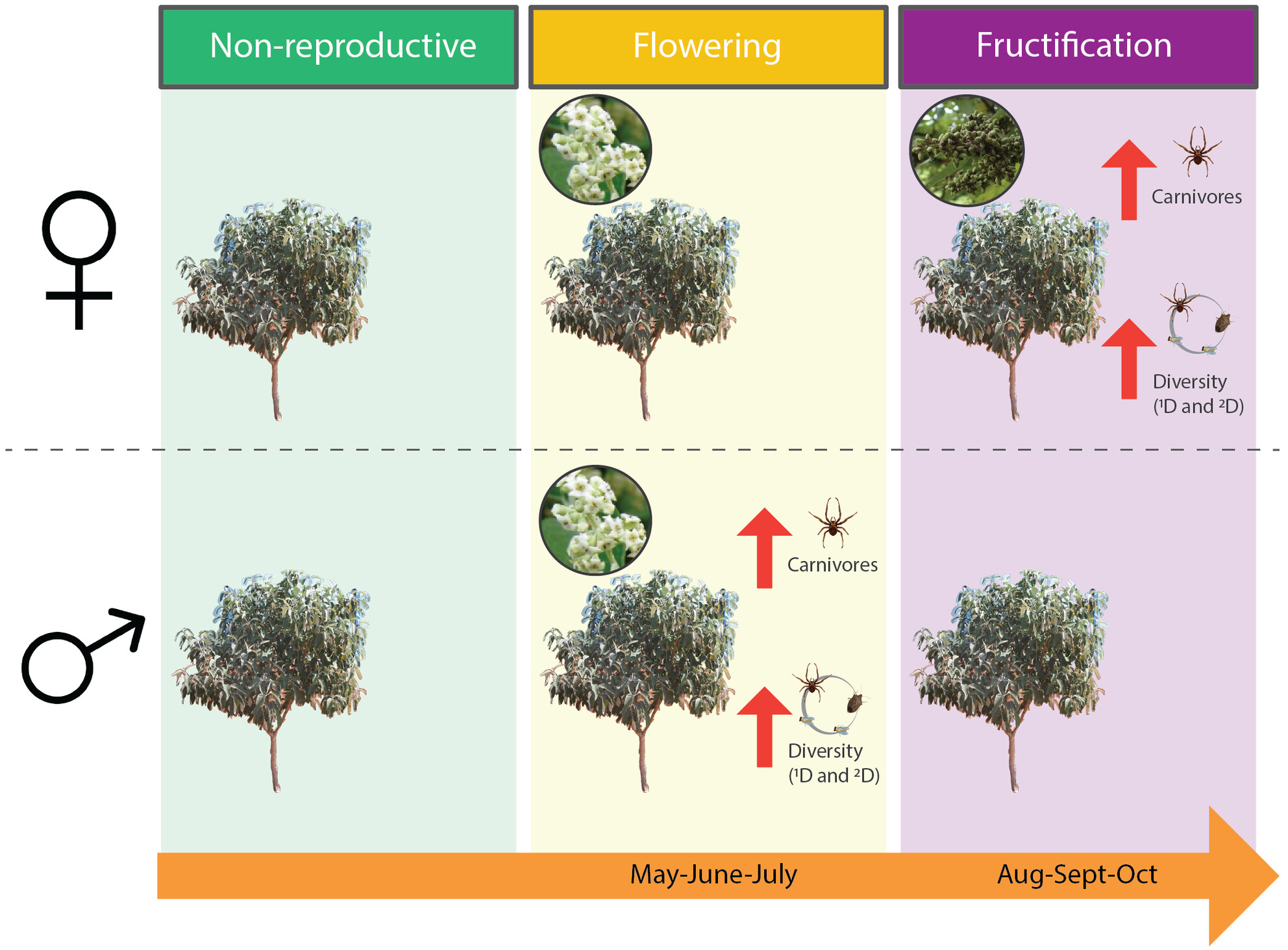
We present the results of an empirical study that evaluates the effect of plant sex on its associated arthropod communities. Our results indicate that plant sex has a seasonal and alternating effect on the arthropod community diversity—male plants hosting a more diverse community of arthropods during the flowering season, while female plants do during the fructification season—and that this effect is stronger in higher trophic levels (i.e. carnivores). We discuss these results in the context of the resources and conditions that male and female plants offer. Our results highlight the fact that plant sex-effects can vary with the phenology of the plant. This temporal axis of variation has been poorly explored when studying plant-arthropod interactions, but we argue that given our observations it has the potential to clarify inconsistent patterns observed in the literature, for example the one regarding sex-bias in arthropod herbivores preference.
Squamate scavenging services: Heath goannas (Varanus rosenbergi) support carcass removal and may suppress agriculturally damaging blowflies
- First Published: 25 June 2024
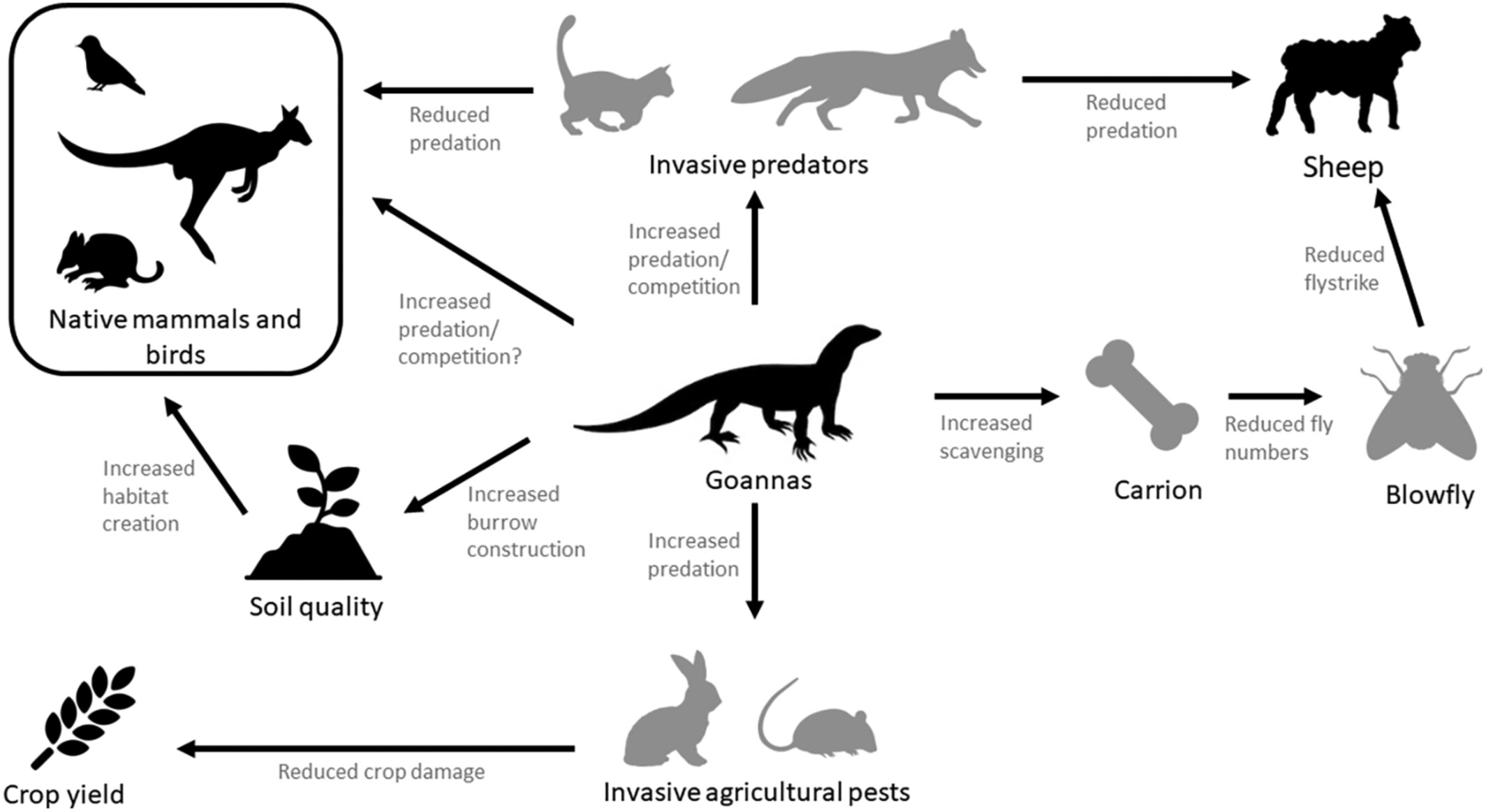
Vertebrate scavenging in Australia significantly contributes to carcass removal and suppresses the breeding of agriculturally harmful blowflies. Levels of carcass removal are higher in areas associated with higher densities of native reptiles and lower densities of invasive mammals. Therefore, augmentation of reptile populations and control of invasive mammals represents a promising management strategy to restore and maximize scavenging ecosystem services and reduce the incidence of blowfly induced diseases.
Predation can shape the cascade interplay between heterothermy, exploration and maintenance metabolism under high food availability
- First Published: 25 June 2024
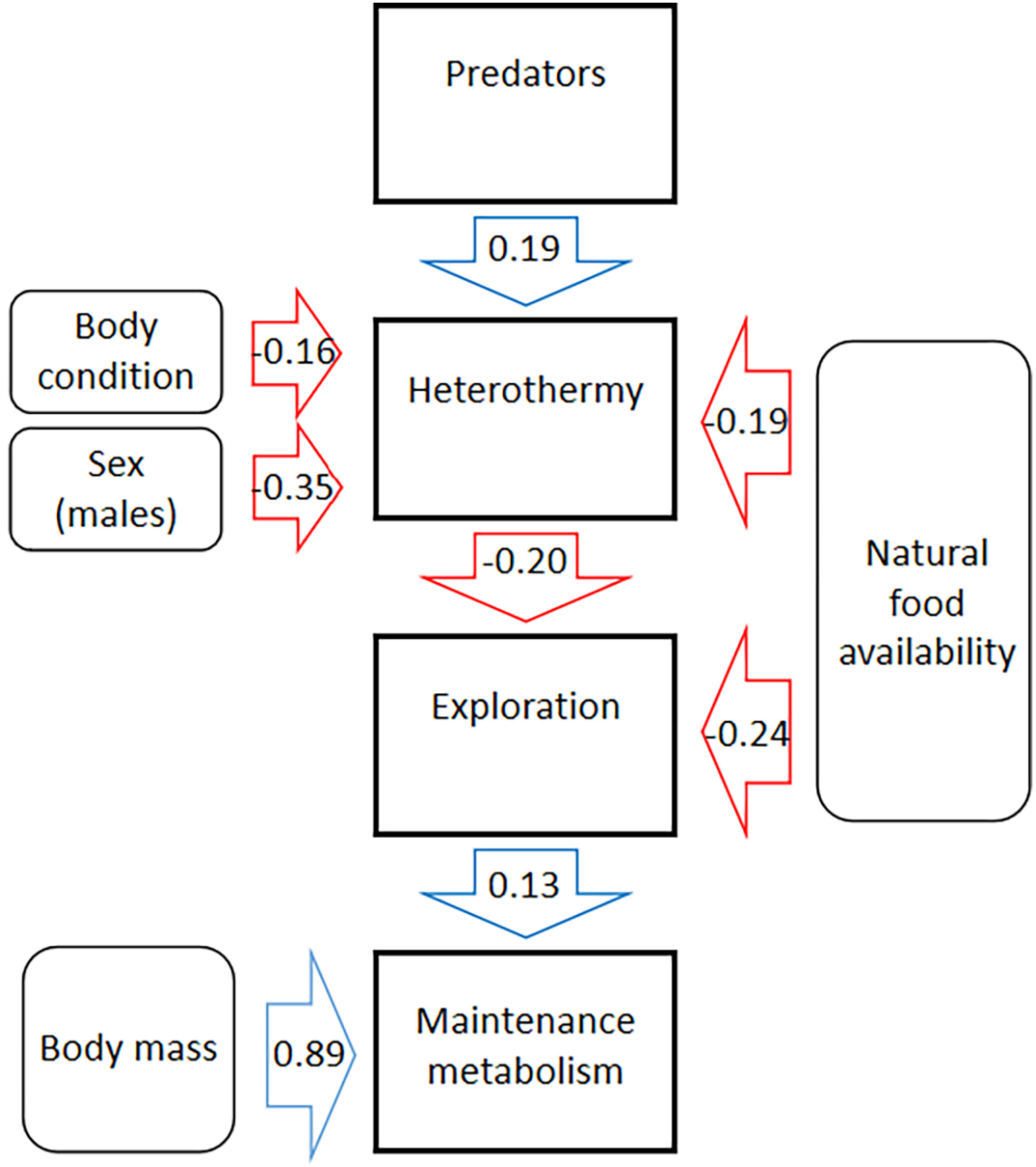
Maintenance metabolism under homeothermy, costly behavior, and energy-saving strategies (heterothermy as torpor use) are considered to be shaped by food resources, but those conclusions came from studies considering these traits in isolation. We aimed to test the effects of food availability (and predatory pressure) on the interplay between maintenance costs of homeothermy, torpor use, and exploration in a wild mammal. We found that the heterothermy as a compensation strategy is more important than the maintenance costs of homeothermy in the context of the behavioral expression under environmental challenges.
NATURE NOTES
Preference for ground cover when selecting burrow entrances in plateau pikas
- First Published: 18 June 2024
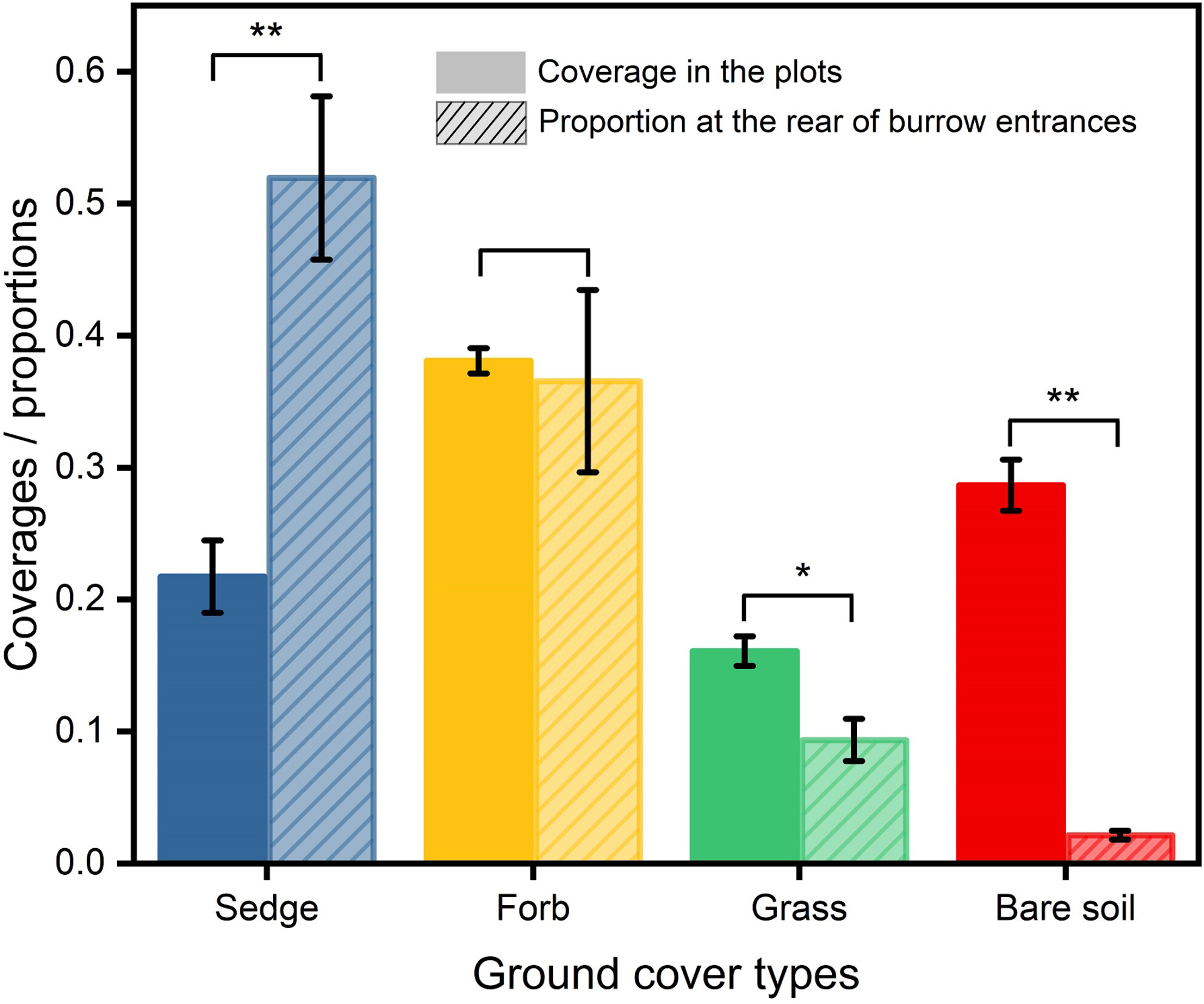
Plateau pika has a clear preference hierarchy in the ground covers for their burrow entrances: sedge > forb > grass > bare soil. However, the population density of plateau pikas often reaches its maximum on almost nonvegetated “black soil beaches.” We hypothesize the reproductive benefits brought about by vegetation degradation are higher than the maintenance costs of burrow entrances.
RESEARCH ARTICLES
Effects of short-term exposure to Pomacea canaliculata secretions on Limnodrilus hoffmeisteri and Propsilocerus akamusi: A study based on behavior, intestinal microbiota, and antioxidant system
- First Published: 25 June 2024
Identification of potential suitable areas and conservation priority areas for representative wild animals in the Greater and Lesser Khingan Mountains
- First Published: 18 June 2024
Spatial prediction of plant invasion using a hybrid of machine learning and geostatistical method
- First Published: 25 June 2024
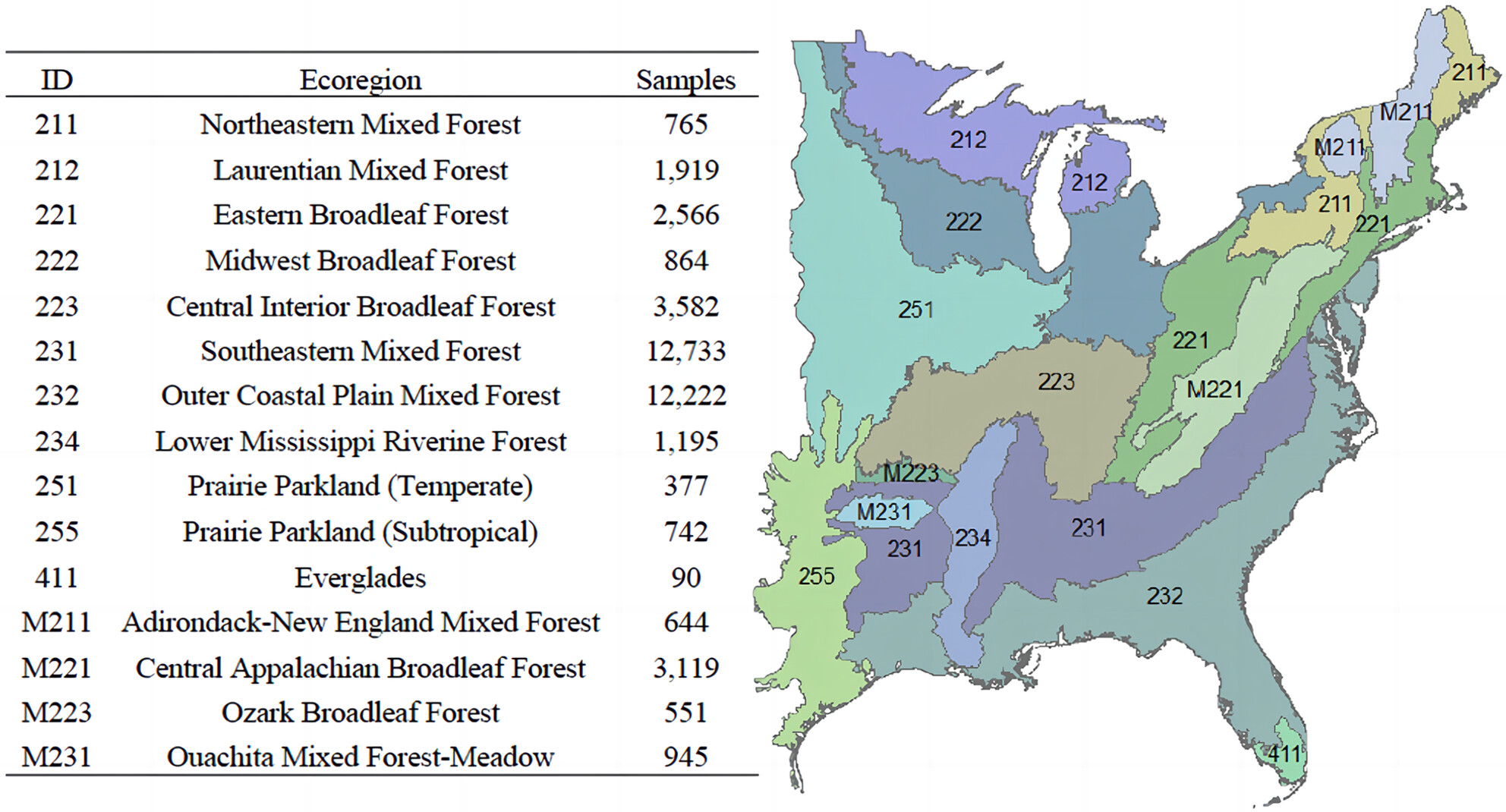
Modeling ecological patterns and processes often involve large-scale and complex high-dimensional spatial data. Due to the nonlinearity and multicollinearity of ecological data, traditional geostatistical methods have faced great challenges in model accuracy. As machine learning has increased our ability to construct models on big data, we propose the use of new statistical models that hybridize machine learning and spatial interpolation methods to cope with increasingly large-scale and complex ecological data.
“Point by point” source: The Chinese pine plantations in North China by evidence from mtDNA
- First Published: 19 June 2024
GENETICS NOTES
Development of a highly polymorphic chloroplast SSR set in Abies grandis with transferability to other conifer species—A promising toolkit for gene flow investigations
- First Published: 20 June 2024
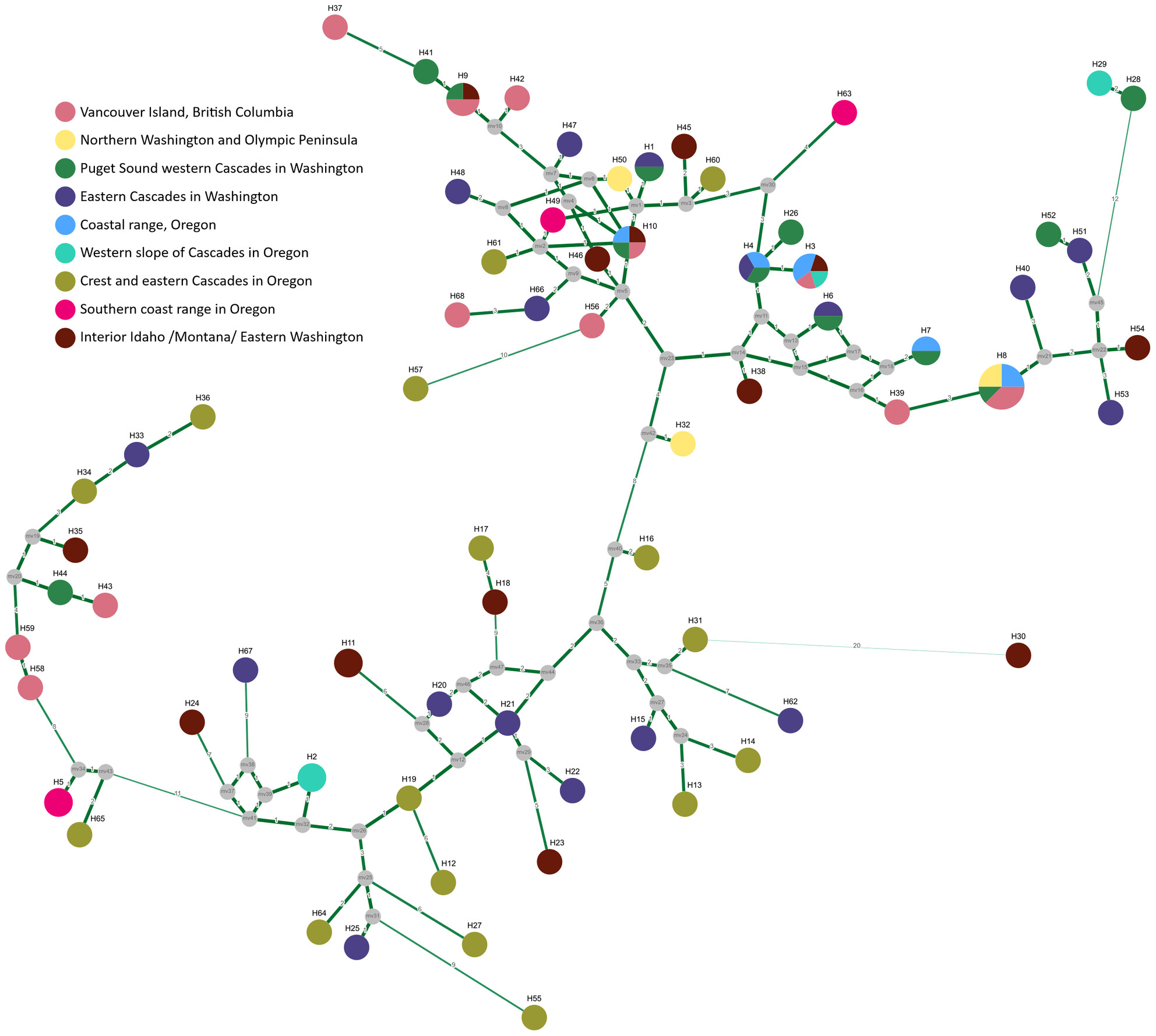
We introduce a remarkably polymorphic SSR marker set for various Abies species, which can be useful for other conifer genera, such as Cedrus, Pinus, Pseudotsuga or Picea. In total, 17 cpSSRs showed reliable amplification and polymorphisms in Abies grandis with a total of 68 haplotypes detected. All 17 cpSSRs amplified in the tested Abies spp. In the other tested species, except for Taxus baccata, at least one primer was polymorphic.
RESEARCH ARTICLES
The role of seed rain, seed bank, and clonal growth in plant colonization of ancient and restored grasslands
- First Published: 19 June 2024

In our experiment we followed the assembly of the species over 2 years on different grassland types (ancient continuously managed vs. restored grasslands) with special focus on the origin of the species. We found that that the colonizing species are spatially dispersed and established from local species pools. Species from the seed bank mostly recruited in continuously managed grasslands rather than the restored grassland.
Long-term data reveal fitness costs of anthropogenic prey depletion for a subordinate competitor, the African wild dog (Lycaon pictus)
- First Published: 25 June 2024
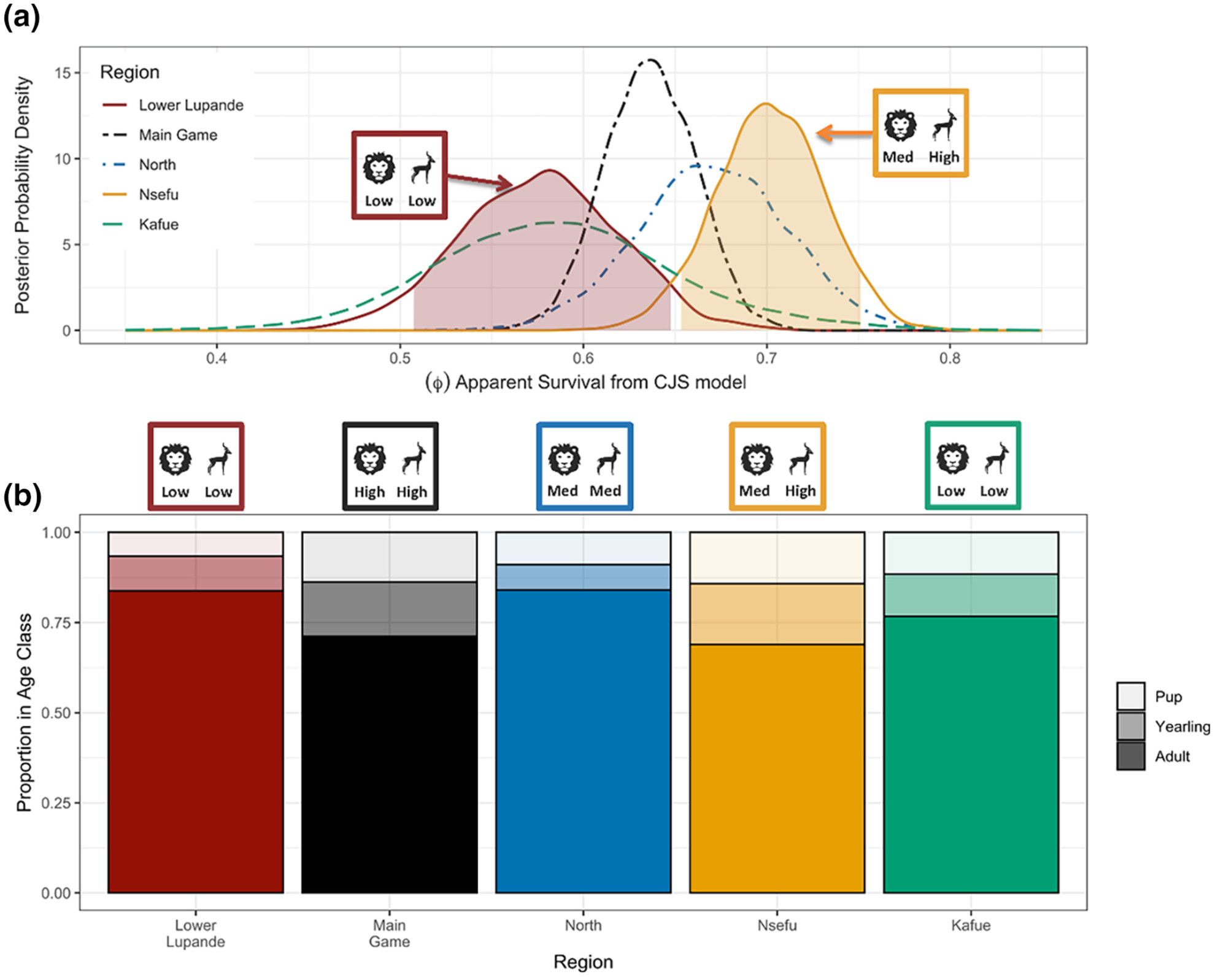
In the past, the fitness of subordinate competitors in the African large carnivore guild has been more strongly related to the density of dominant competitors than to the density of prey. Using long-term data, we compared the survival and reproduction of wild dogs across four regions of varying protection status, prey density, and lion density. Wild dog survival and reproduction were both reduced in areas affected by anthropogenic prey depletion; revealing that prey depletion can become severe enough that its fitness costs outweigh the benefits of competitive release, such changes can fundamentally alter the balance between limiting factors for competitively subordinate species.
Wall-following – Phylogenetic context of an enhanced behaviour in stygomorphic Sinocyclocheilus (Cypriniformes: Cyprinidae) cavefishes
- First Published: 25 June 2024
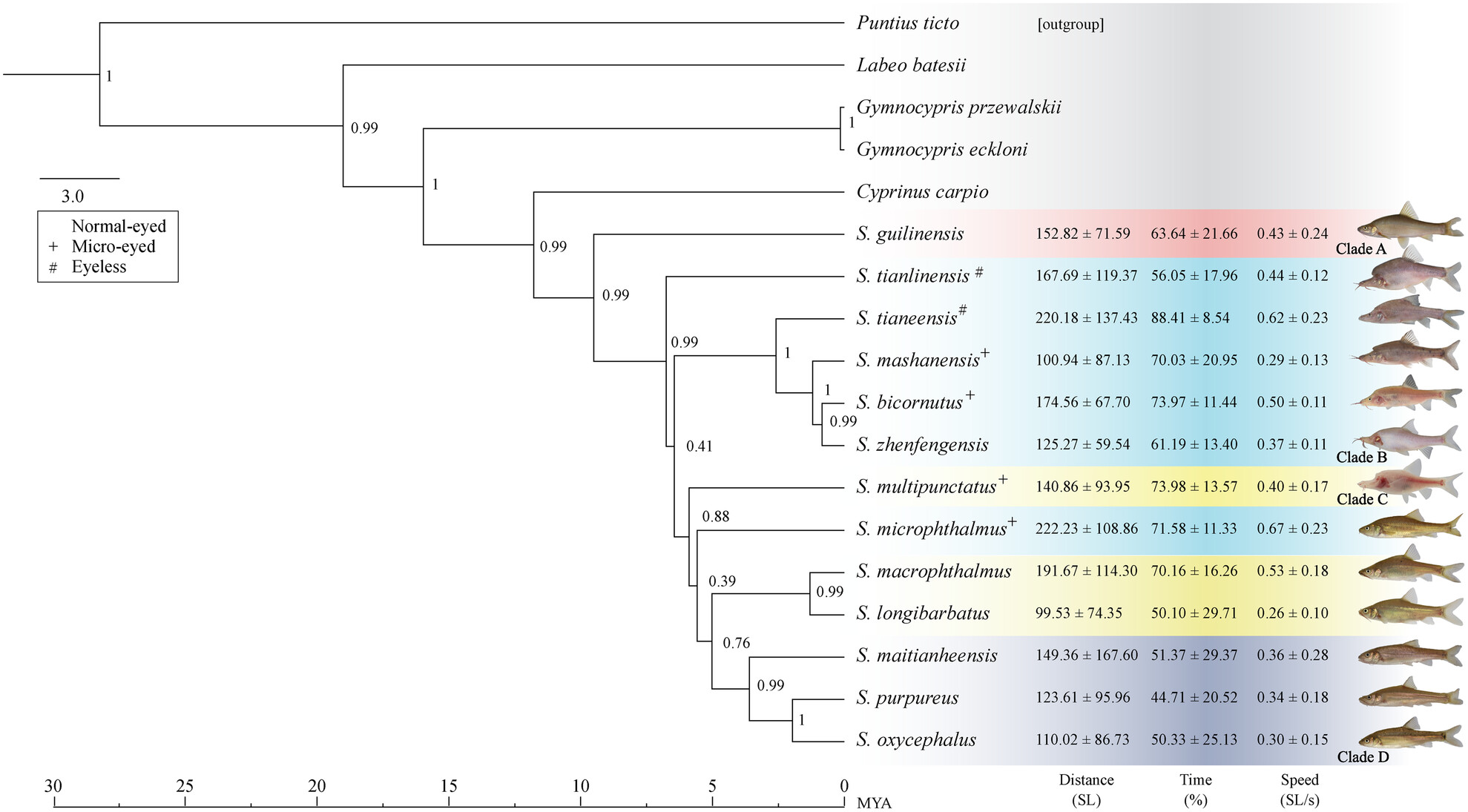
Sinocyclocheilus, a genus of 75 species of freshwater cavefish, is an emerging model system in evolutionary studies. We studied a behaviour, called “wall-following,” where fish stay close to the cave walls in absence of light. We show that eyeless species exhibited heightened wall-following behaviour compared to their sighted counterparts, with small-eyed species falling in between. We also mapped this behaviour on a phylogenetic tree, discovering a pattern where cave-dwelling clades showed stronger wall-following than free-living ones. Wall-following is prevalent in all Sinocyclocheilus species and, given the evolutionary history of the genus, is considered an ancestral behaviour that intensified with cave adaptation.
PhyloJS: Bridging phylogenetics and web development with a JavaScript utility library
- First Published: 26 June 2024
NATURE NOTES
The surprising complexity and diversity of sperm storage structures across Galliformes
- First Published: 21 June 2024

Female birds utilise specialised sperm storage tubules in the reproductive tract, which ensure sperm are always available for fertilisation, whilst also potentially facilitating female sperm selection . Here, we show that sperm storage tubules, and the surrounding tissue, can vary substantially in morphology across species of Galliformes. We present 5 distinct categories of tubule and describe 2 additional features of the surrounding tissue. These findings have important implications for our understanding of sperm storage in birds and post-copulatory sexual selection in general.
VIEWPOINT
Extreme specificity in obligate mutualism—A role for competition?
- First Published: 21 June 2024
RESEARCH ARTICLES
Forecasting climate change impacts on neotropical Myotis: Insights from ecological niche models for conservation strategies
- First Published: 25 June 2024
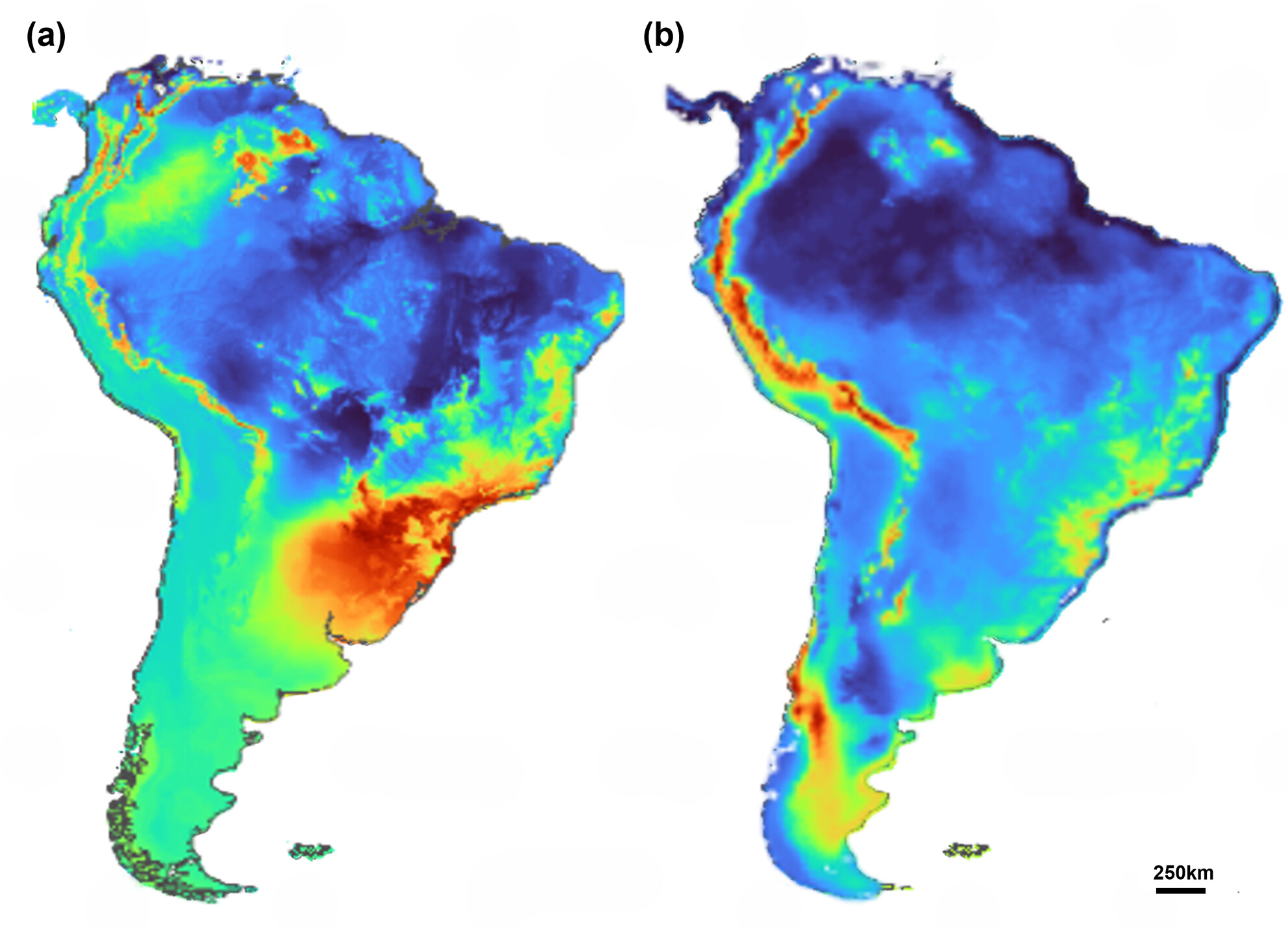
This study examines the impact of climate change on Myotis bat species, particularly Myotis ruber and Myotis keaysi. It reveals that temperature changes significantly influence their distributions, with precipitation also playing a role for M. ruber. M. ruber shows greater adaptability to temperature fluctuations, expanding its suitable habitats, while M. keaysi faces contraction. Despite future challenges, areas of climate stability since the Pleistocene suggest targeted conservation efforts can be focused in specific areas.
NATURE NOTES
First dispersal records of the endangered banteng (Bos javanicus) in Thung Yai Naresuan West Wildlife Sanctuary, Thailand
- First Published: 21 June 2024
RESEARCH ARTICLES
Assessing leaf physiological traits in response to flooding among dominant riparian herbs along the Three Gorges Dam in China
- First Published: 21 June 2024
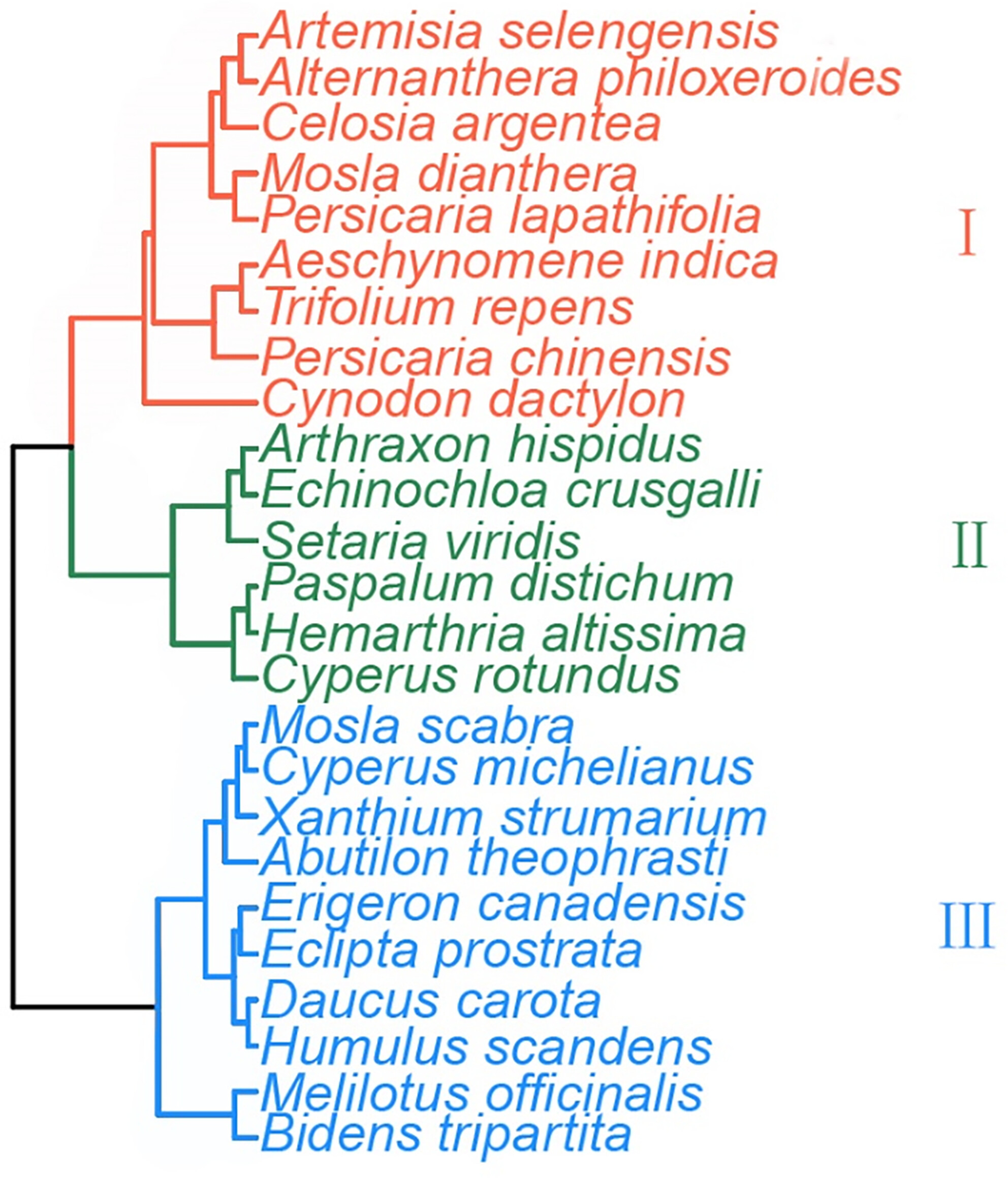
Gramineae and Compositae families were significantly represented among the 25 dominant herb species. Annuals and perennials were distributed evenly among herb functional types in riparian forests. Variations in leaf traits among different functional types reveal complex and varied responses to changes in flooding intensity. Plant growth was primarily affected by nitrogen in riparian forests. Soil moisture content dominated environmental factors for herb species growth within the riparian zone.
Distribution model and prediction of the tree fern Alsophila costularis Baker (Cyatheaceae) in China
- First Published: 21 June 2024
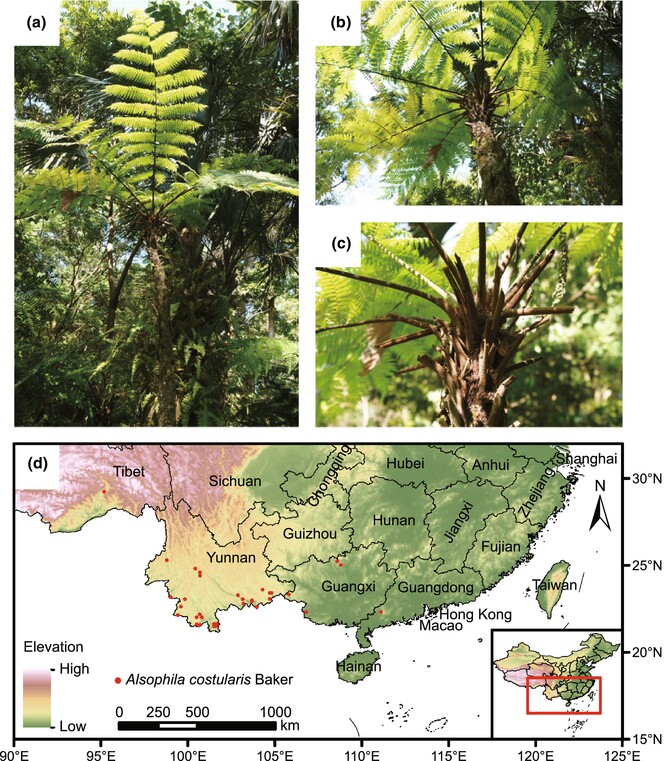
We employed an optimized MaxEnt model to evaluate the relative contribution of each bioclimatic variable and predict the suitable habitat for Alsophila costularis Baker under past, current, and future climate scenarios, which is an endangered relict tree fern known as a living fossil. The results revealed that temperature annual range (Bio7) contributed most to the model construction with an optimal range of 13.74–22.44°C. Species distribution modeling showed that current suitable areas were mainly located in most areas of Yunnan, most areas of Hainan, most areas of Taiwan, western Guangxi, and southern Guangdong in China, with an area of 35.90 × 104 km2.
REVIEW ARTICLES
Unveiling the complex networks of urban tree diversity research: A global perspective
- First Published: 21 June 2024

This article summarizes a study that examined the research on urban tree diversity from 2000 to 2022. The study used bibliometric analysis to explore trends, patterns, and impacts of research activities in this field. The findings indicate that urban tree diversity research has been expanding, with a few countries, institutions, and researchers making significant contributions. The study also identifies research hotspots and frontiers, such as modeling future species distributions and integrating ecological science with social engagement, to guide future studies and improve the management of urban forests.
RESEARCH ARTICLES
A straightforward protocol to sample morphological traits of dragonflies and damselflies in the field
- First Published: 23 June 2024
Trapped between food, heat, and insects: Movement of moose (Alces alces) and exposure to flies in the boreal forest of Alaska
- First Published: 22 June 2024
Environmental determinants of phylogenetic diversity in vernal pool habitats
- First Published: 24 June 2024
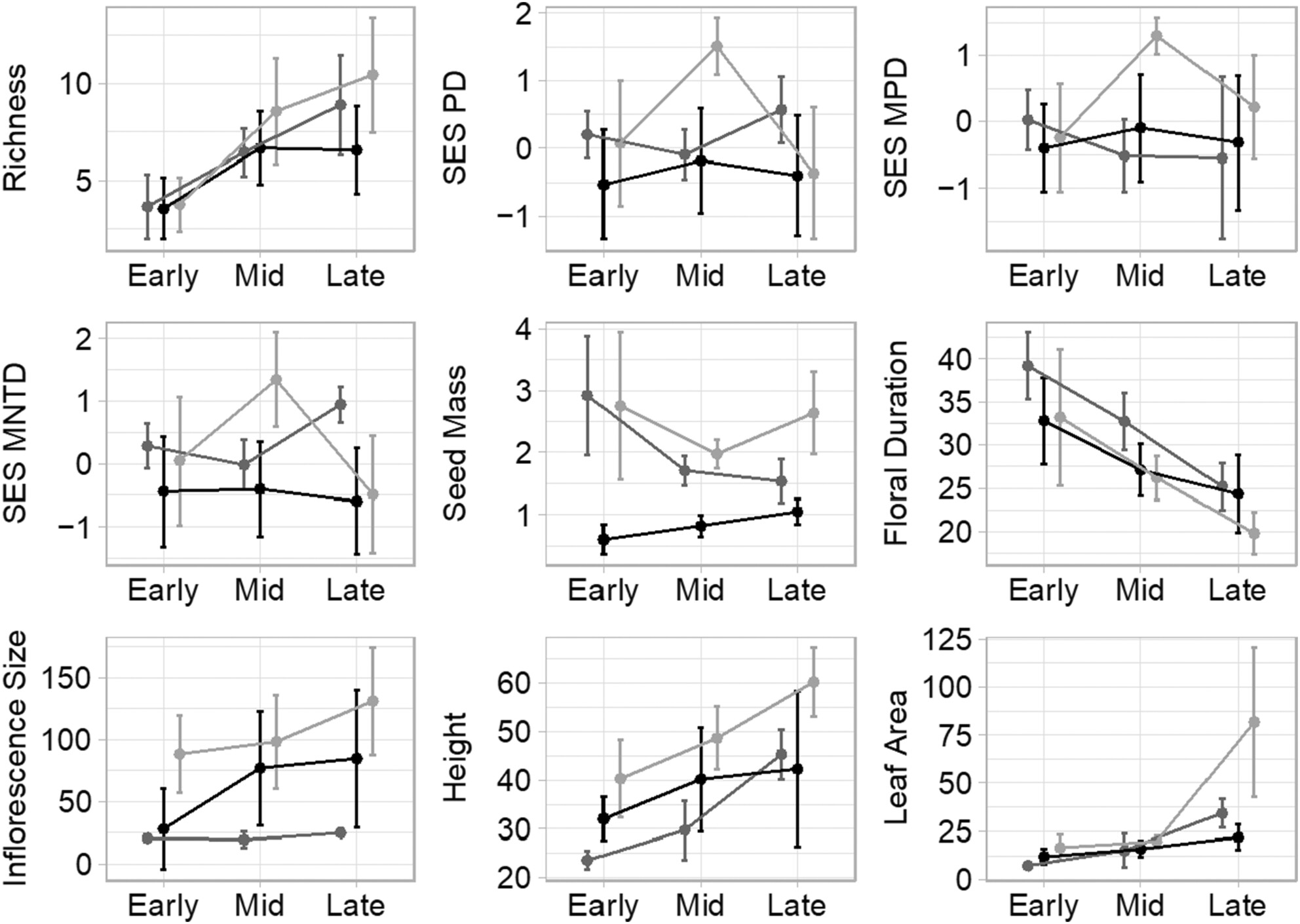
The present article investigates two contrasting hypotheses of competition on community phylogenetic structure, finding evidence for both though outcomes are contingent upon invasion intensity. In addition, seasonal climate variance is found to drive changes in phylogenetic diversity over time in accordance with environmental stressors such as inundation. The present article provides a new framework of understanding the phylogenetic consequences of invasion on native communities and highlights the temporal dynamics of phylogenetic diversity in plant communities.
Productivity of Spitsbergen fjords ecosystems in summer—Spatial changes of in situ primary production in Kongsfjorden and Hornsund in the period 1994–2019
- First Published: 25 June 2024
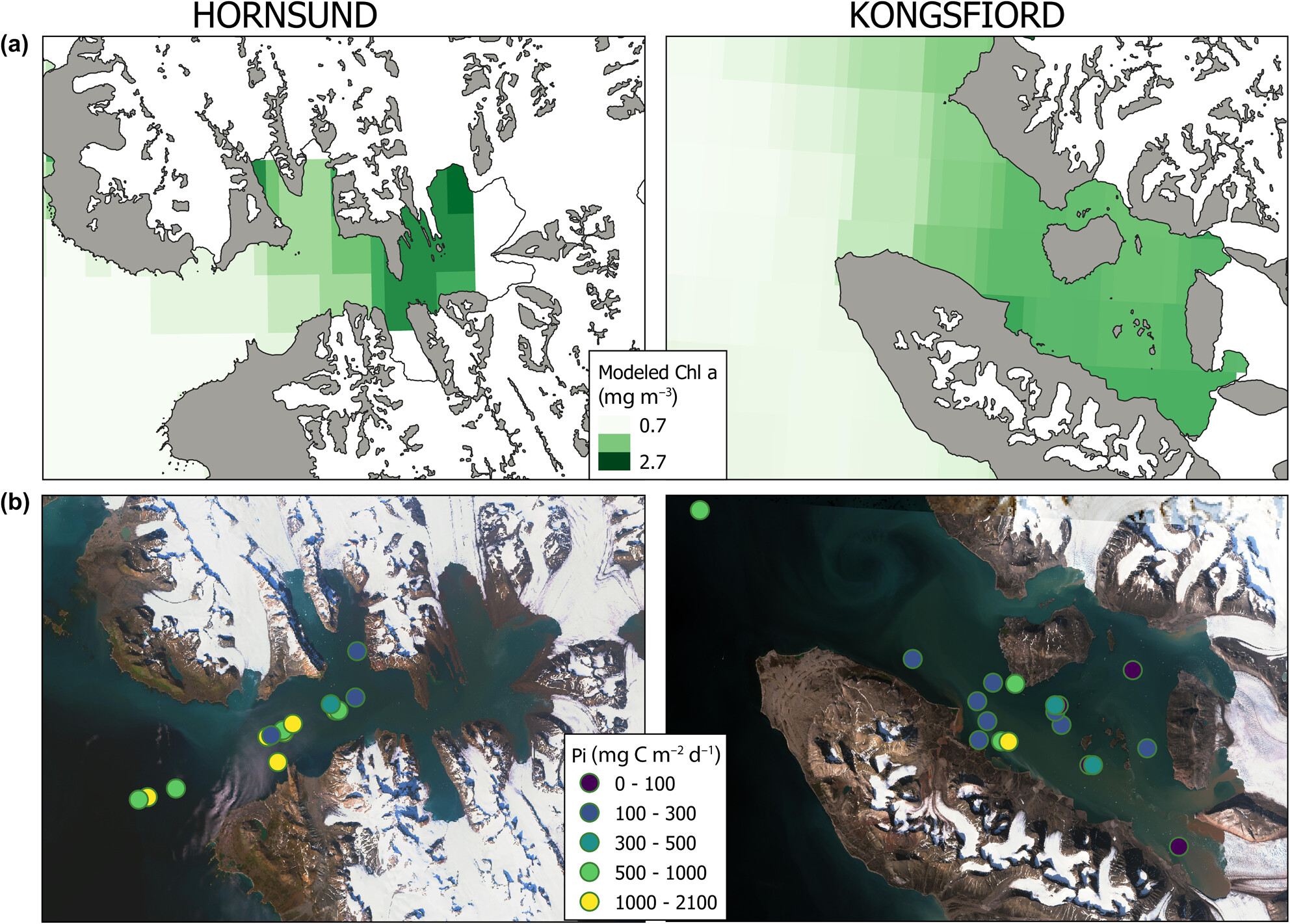
This comprehensive study examines primary production (PP) within the Spitsbergen fjords, in “Glacier,” “Inner,” and “Outer” zones of Hornsund and Kongsfjord, over a 25-year period (1994–2019), involving 45 experiments and 348 incubations levels at various depths. Our study revealed significant spatial and temporal variability in PP, both at the surface and within the water column and also highlighted the influence of glacial meltwater affecting the PP in the upper layers of both fjords.
Endangered status and threatened population ecological factors in Salvia daiguii, an endemic species from Hunan, China
- First Published: 24 June 2024
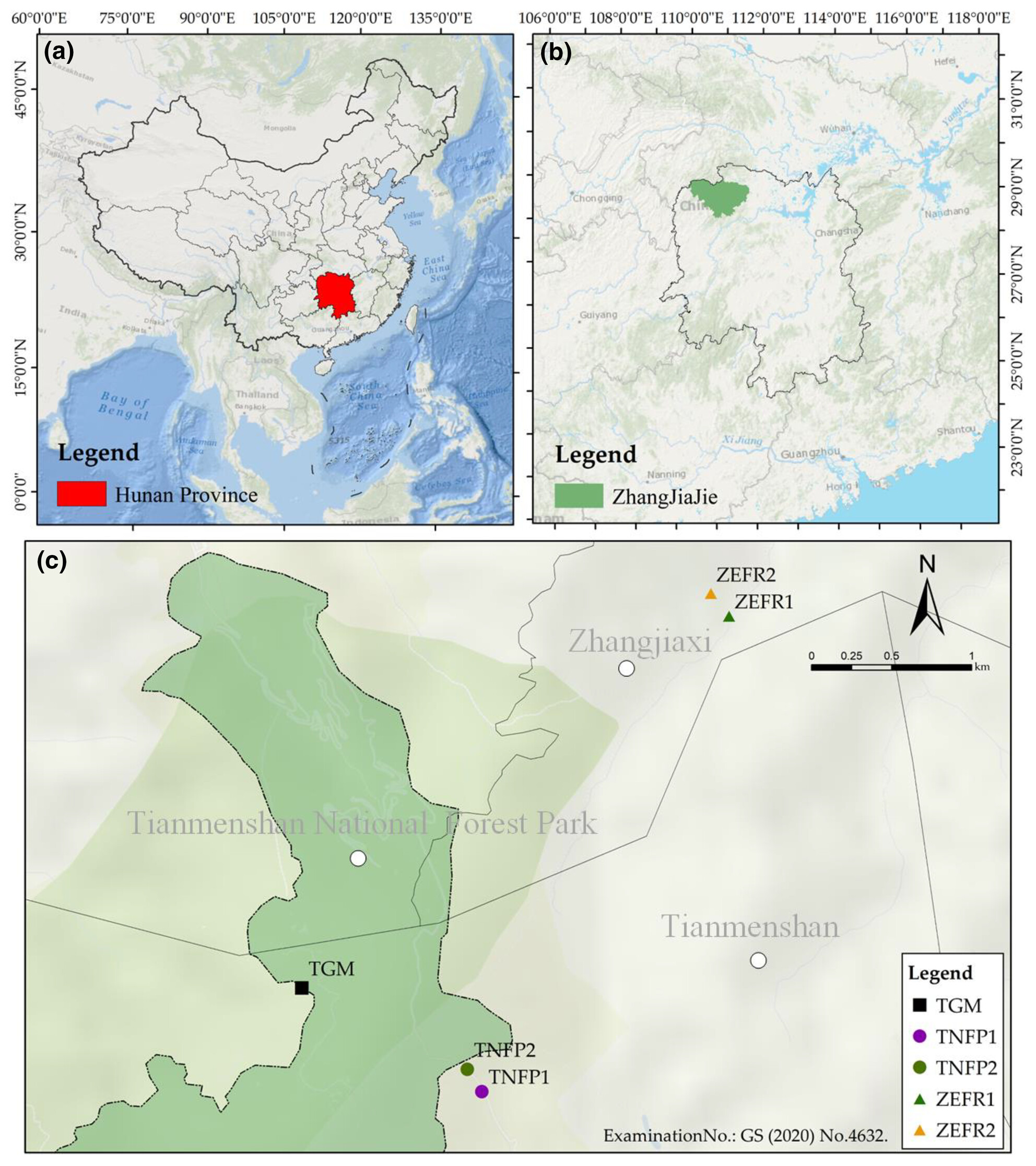
Currently, Salvia daiguii is distributed in three populations, with total of about 500 plants and less than 250 mature individuals. Habitat OM and pH are indicators that significantly affect the growth and flowering of S. daiguii. Competition for niche characteristics of dominant plants in the community affects the growth and dispersal of S. daiguii. Finally, a comprehensive conservation strategies were developed, as the establishment of nature reserves, reintroduction, and public education, etc.
Mite non-reproduction is not a consequence of the brood removal behavior of varroa sensitive hygiene honey bee colonies (Apis mellifera)
- First Published: 25 June 2024
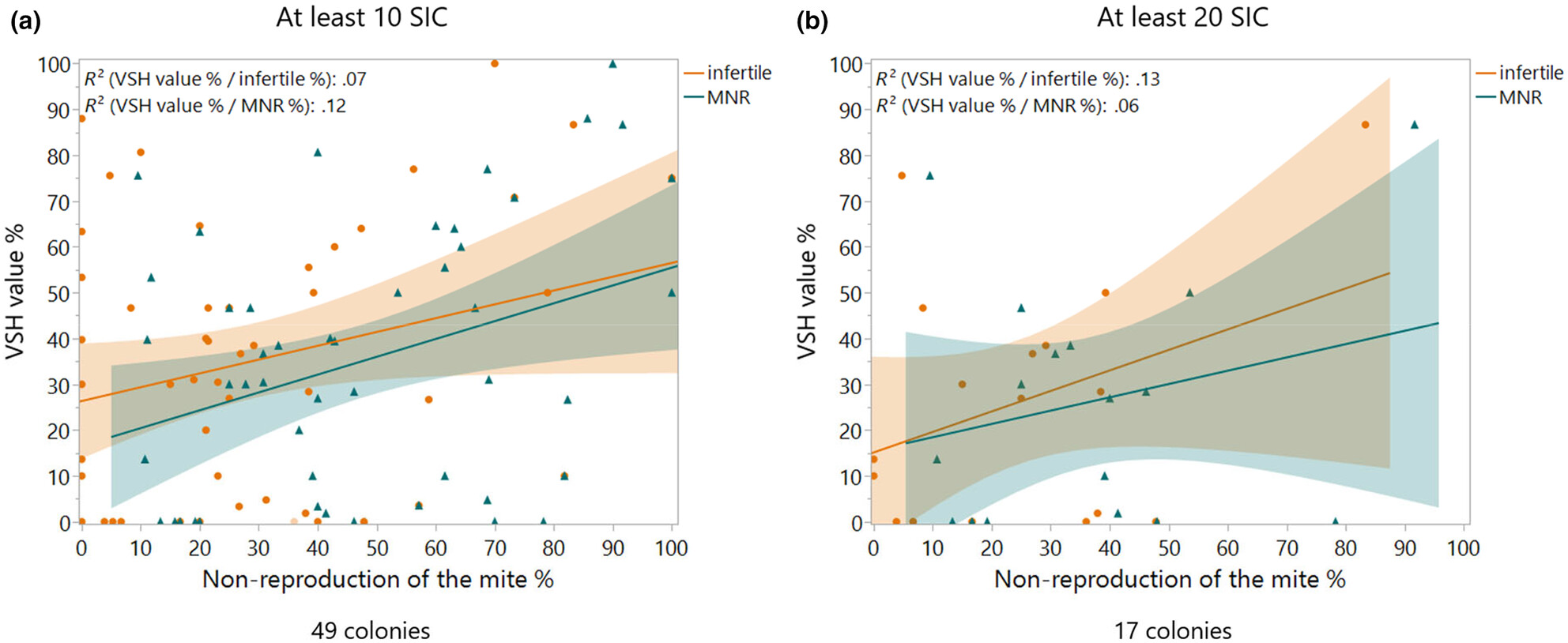
The specialized hygienic behavior of selected honey bees, called varroa sensitive hygiene (VSH), was thought to cause high levels of non-reproductive mites. To further investigate this link, we used the experimental setup and data sets from a four-year selection project designed to breed mite non-reproduction (MNR) and VSH colonies. However, our results show that breeding for non-reproductive mites does not automatically breed for VSH behavior and removal behavior is not linked to the reproductive failure of the mites.
Social risk to infant: The role of kin for maternal visual monitoring in Tibetan macaques
- First Published: 25 June 2024
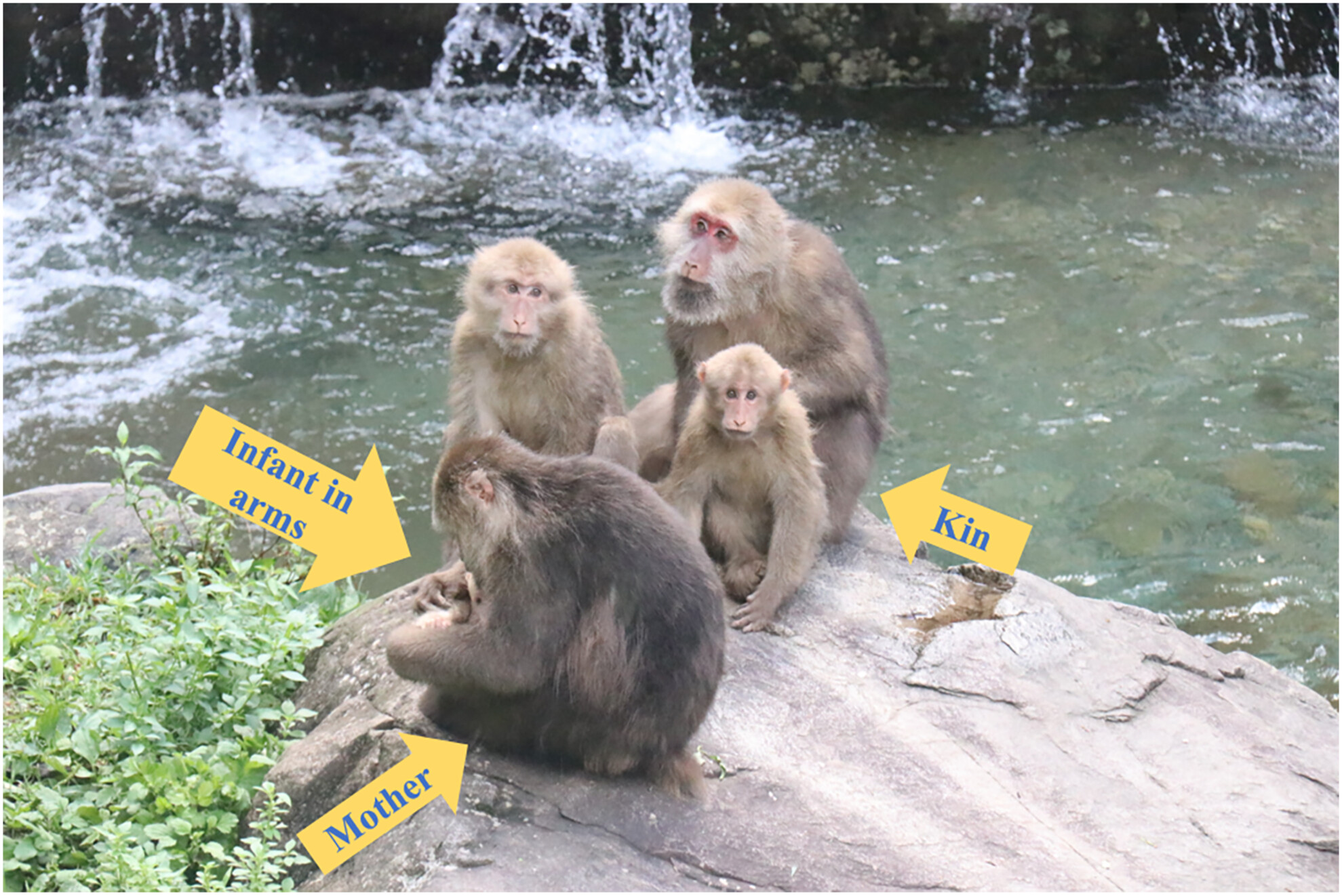
In this study, we investigated how the effects of maternal characteristics, infant characteristics, mother–infant distance, and social environment on maternal monitoring behaviors in a group of free-ranging Tibetan macaques. Our results indicate that Tibetan macaque mothers possess the ability to adapt their level of visual monitoring in response to the social risks faced by their infants, and can adjust their monitoring strategies to their own and infant conditions.
The devil is in the detail: Environmental variables frequently used for habitat suitability modeling lack information for forest-dwelling bats in Germany
- First Published: 26 June 2024
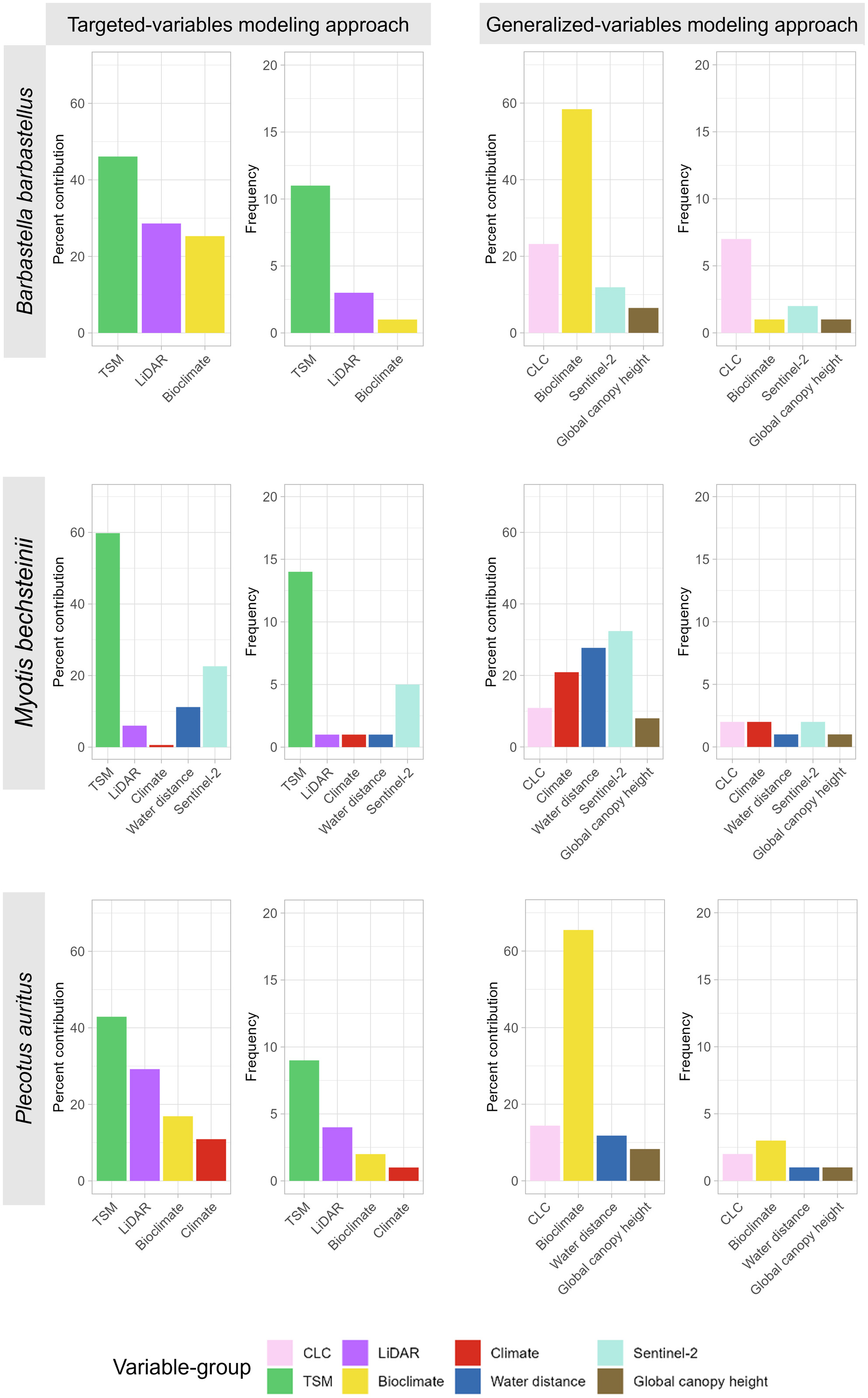
Traditional habitat suitability models, relying on variables with coarse level of detail, may inadequately represent the complexities of specialized species. This study shows that habitat suitability modeling for forest specialist bat species can be improved by integrating more targeted data, such as tree species classification map and LiDAR-derived vertical structure information. Furthermore, the results show a high difference in resulting distribution maps when using different levels of detail in environmental predictors, which underscores the importance of exercising caution when using habitat models as a tool to inform conservation strategies and spatial planning efforts.
Kelp forest community structure and demography in Kongsfjorden (Svalbard) across 25 years of Arctic warming
- First Published: 25 June 2024
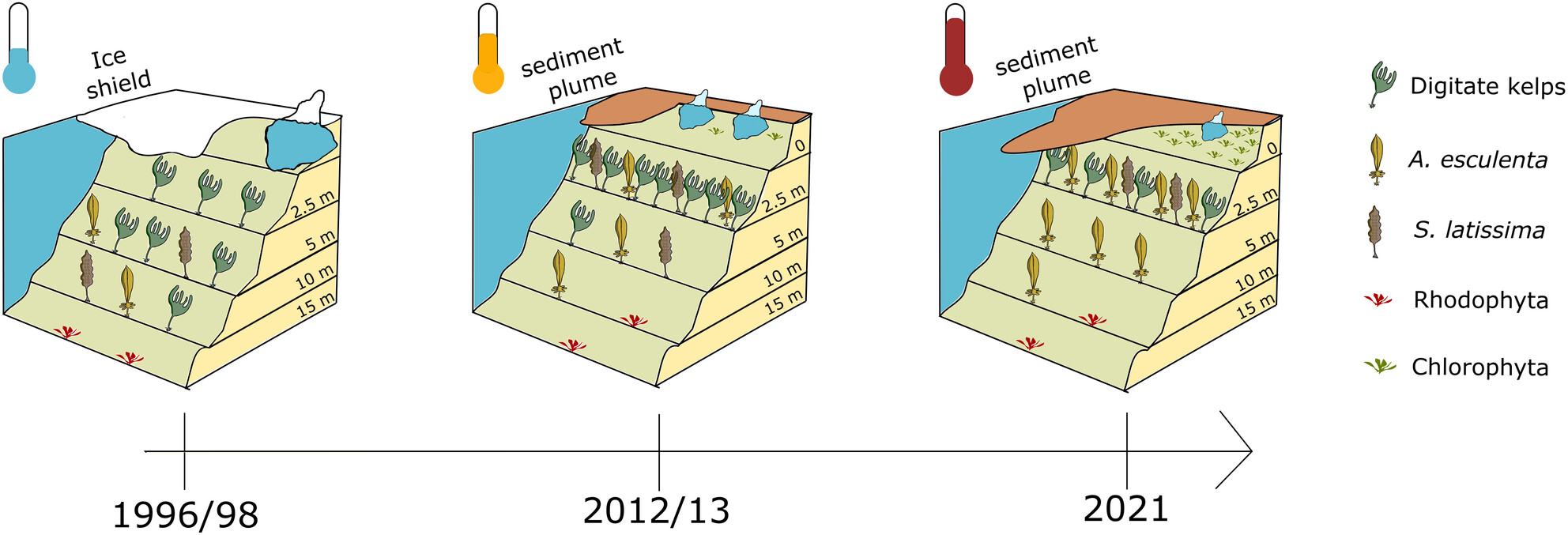
The Arctic archipelago of Svalbard is a hotspot of global warming and many fjords experience a continuous increase in seawater temperature and glacial melt while sea-ice cover declines. To document variations in Arctic kelp forest structure and demography the macroalgal community at our sampling site in Kongsfjorden (W-Spitzbergen) was sampled in a standardized manner at three time points spanning over the past 25 years. Our results imply that the interplay between kelp forest retreat to lower depth levels caused by coastal darkening and potential macroalgal biomass gain with increasing temperatures will possibly intensify in the future with unforeseen consequences for melting Arctic coasts and fjord ecosystem services.
VIEWPOINT
Online toolkits for collaborative and inclusive global research in urban evolutionary ecology
- First Published: 25 June 2024
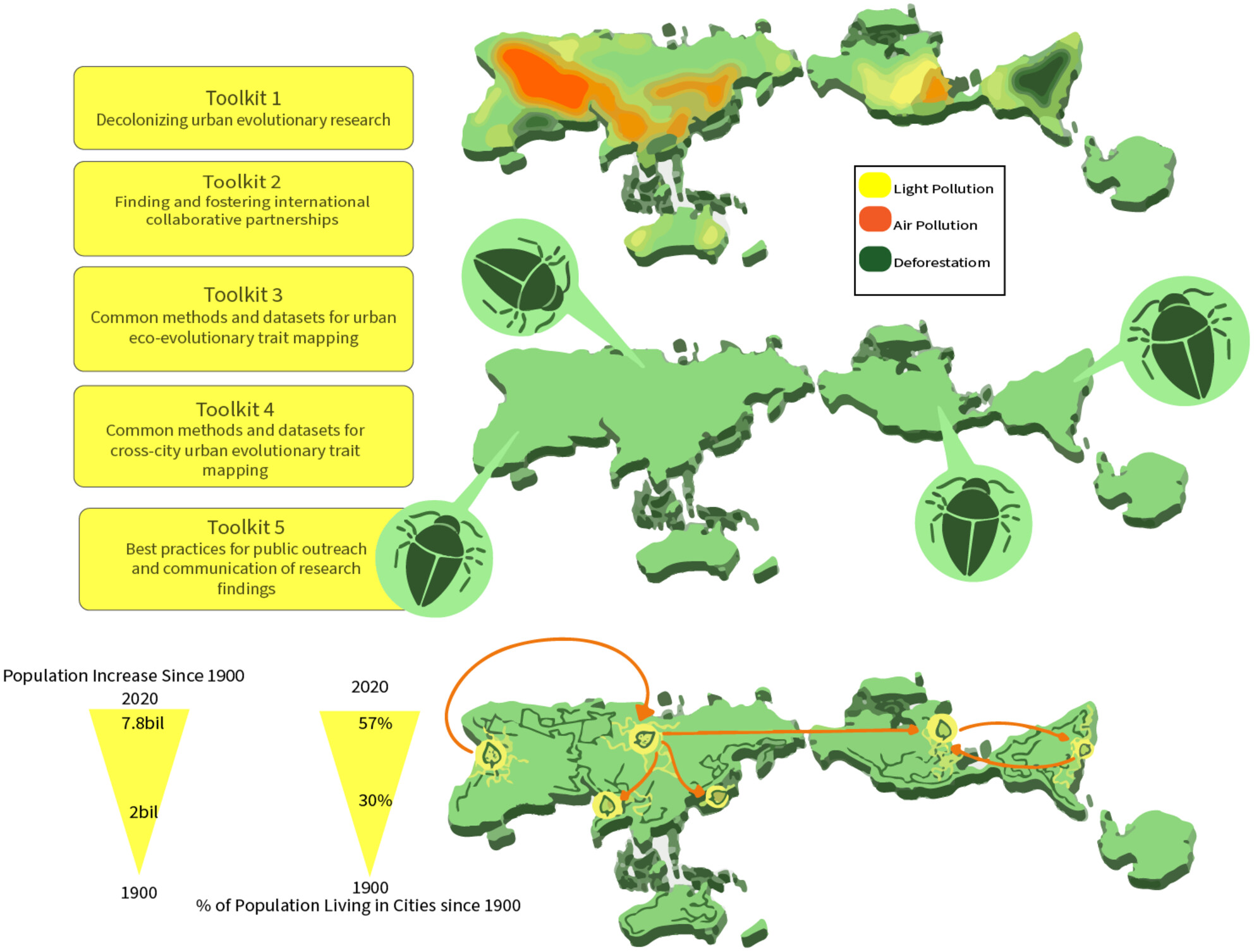
Advancing urban evolutionary ecology will require a global perspective, yet many barriers currently prevent scholars from the global south and north from effectively collaborating. We developed toolkits that are flexible, reliable, and accessible on a website to facilitate effective collaborations across geographic boundaries in urban evolutionary ecology.
RESEARCH ARTICLES
Microbial vectoring capacity by internal- and external-infesting stored product insects after varying dispersal periods between novel food patches: An underestimated risk
- First Published: 25 June 2024
The study investigated how Sitophilus oryzae and Lasioderma serricorne, two types of stored product insects (internal- and external-infesting), affect microbial growth in new food patches over varying dispersal periods. We found that longer dispersal times led to a significant reduction in microbial growth in food patches for L. serricorne but not for S. oryzae, likely due to differences in mobility between the two species. This suggests an ongoing risk of microbial contamination from both insect types, with implications for food safety in storage facilities.
Crop use structures resource selection strategies for African elephants in a human-dominated landscape
- First Published: 25 June 2024
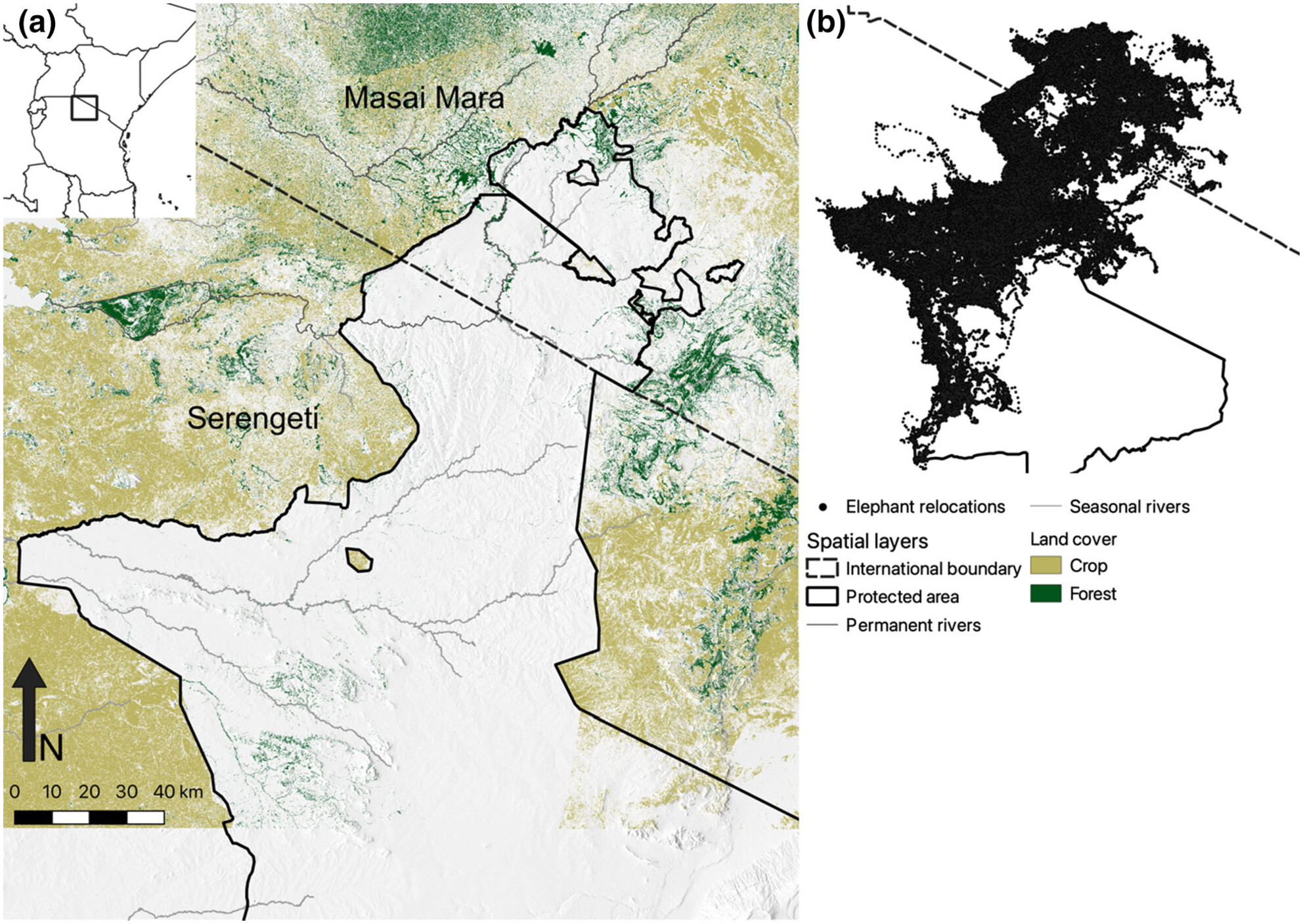
We assessed patterns of similarity in resource selection across individual elephants linked to crop use, and identified how fragmentation influenced spatial variation in crop selection across the landscape. In areas with low fragmentation, elephants spent less time in crops and selected most strongly for crops further from protected area boundaries, but in areas of high fragmentation, elephants spent twice as much time in crops and selected most strongly for crops closer to the protected area boundary. Our results highlight how individual differences and landscape structure can shape use of agricultural landscapes.
Multiple paternity, fertilization success, and male quality: Mating system variation in the eelgrass, Zostera marina
- First Published: 25 June 2024
This study provides a thorough description of fine-scale patterns in Zostera marina's mating system at the species' southern edge-of-range, an area where eelgrass experiences frequent summer heat stress. Sampled populations displayed a reliance on sexual recruitment, and male quality was linked to reproductive success. Our findings serve as stepping stones to further understand the evolutionary processes underpinning seagrass genetic composition and life history, which is essential for informed conservation and management.
CORRECTION
Correction to “Host evolution shapes gut microbiome composition in Astyanax mexicanus”
- First Published: 25 June 2024




